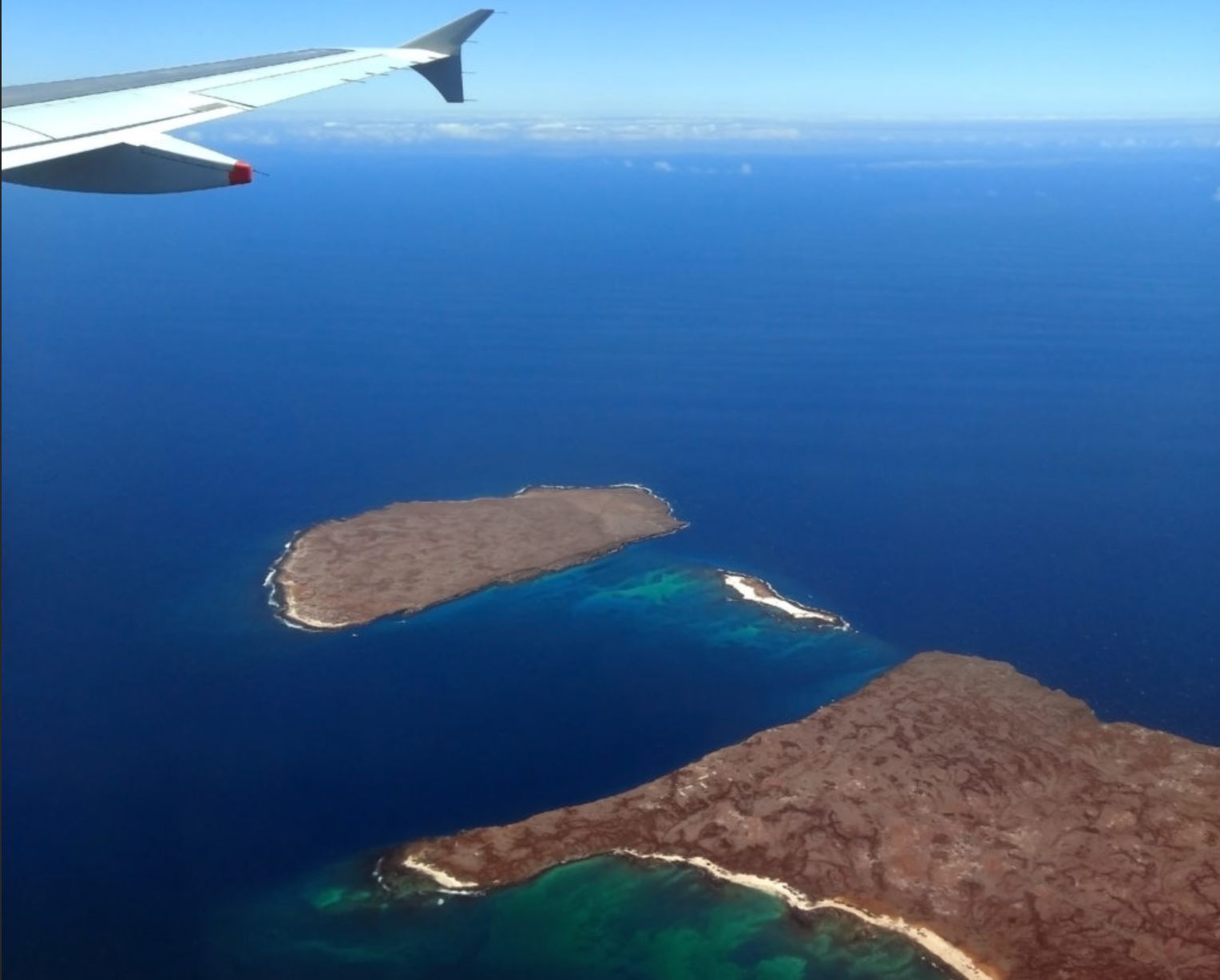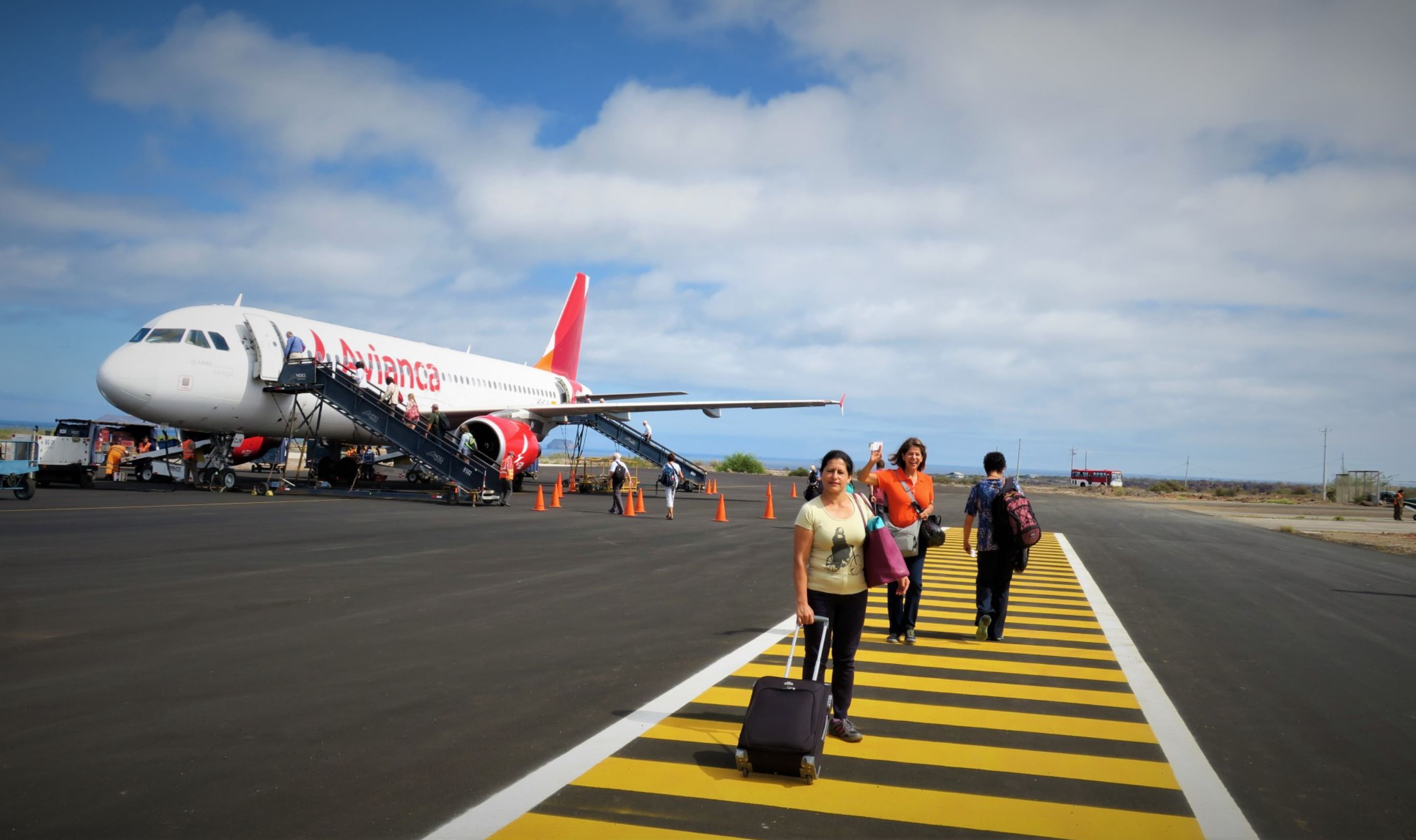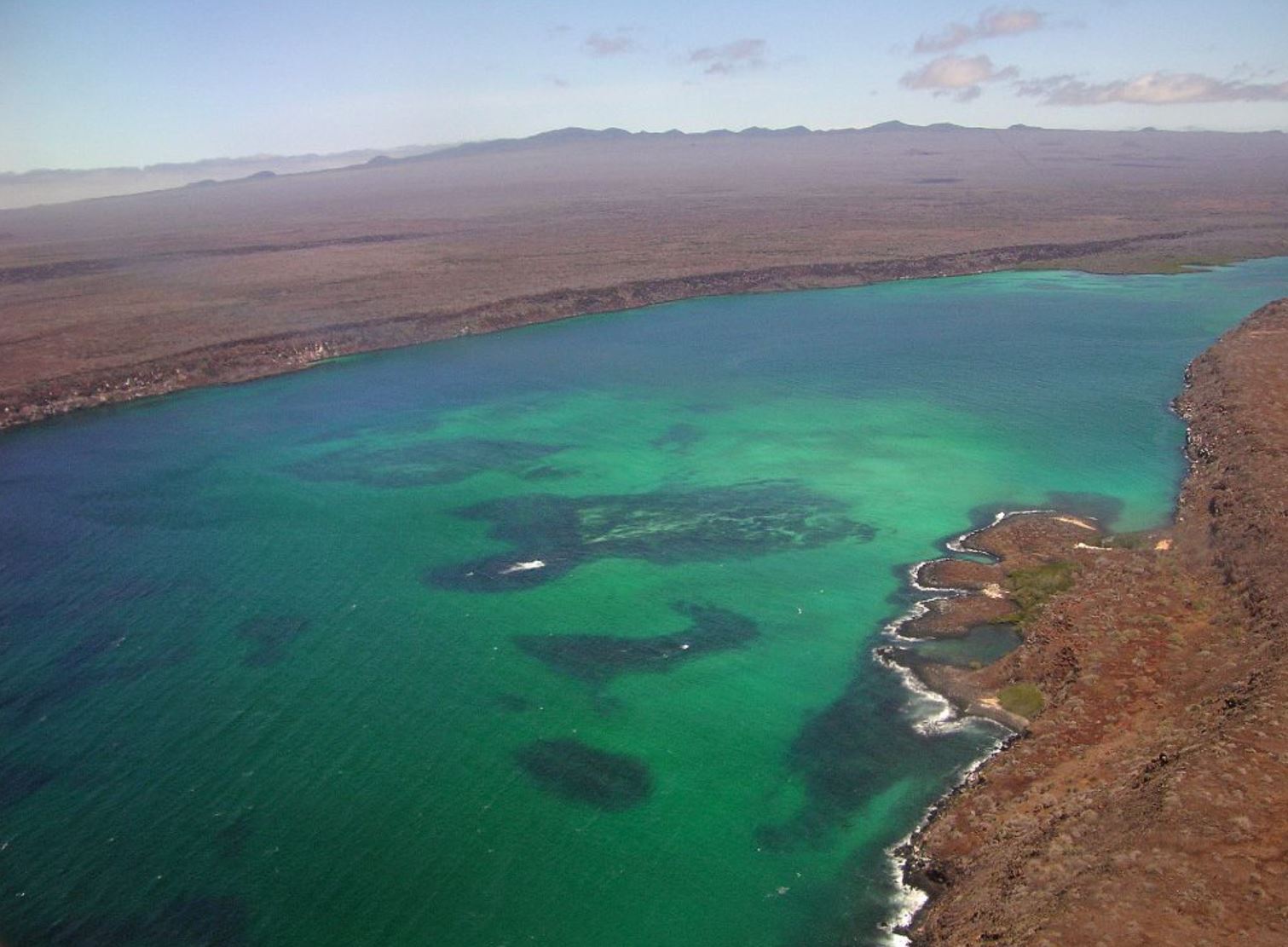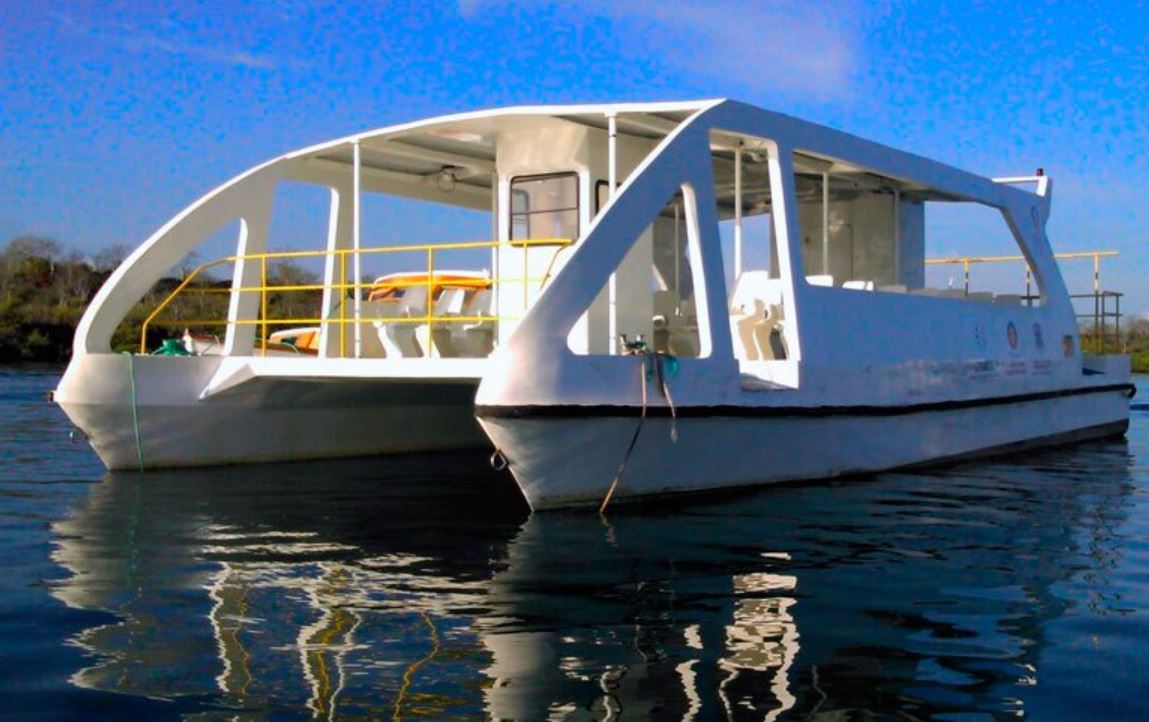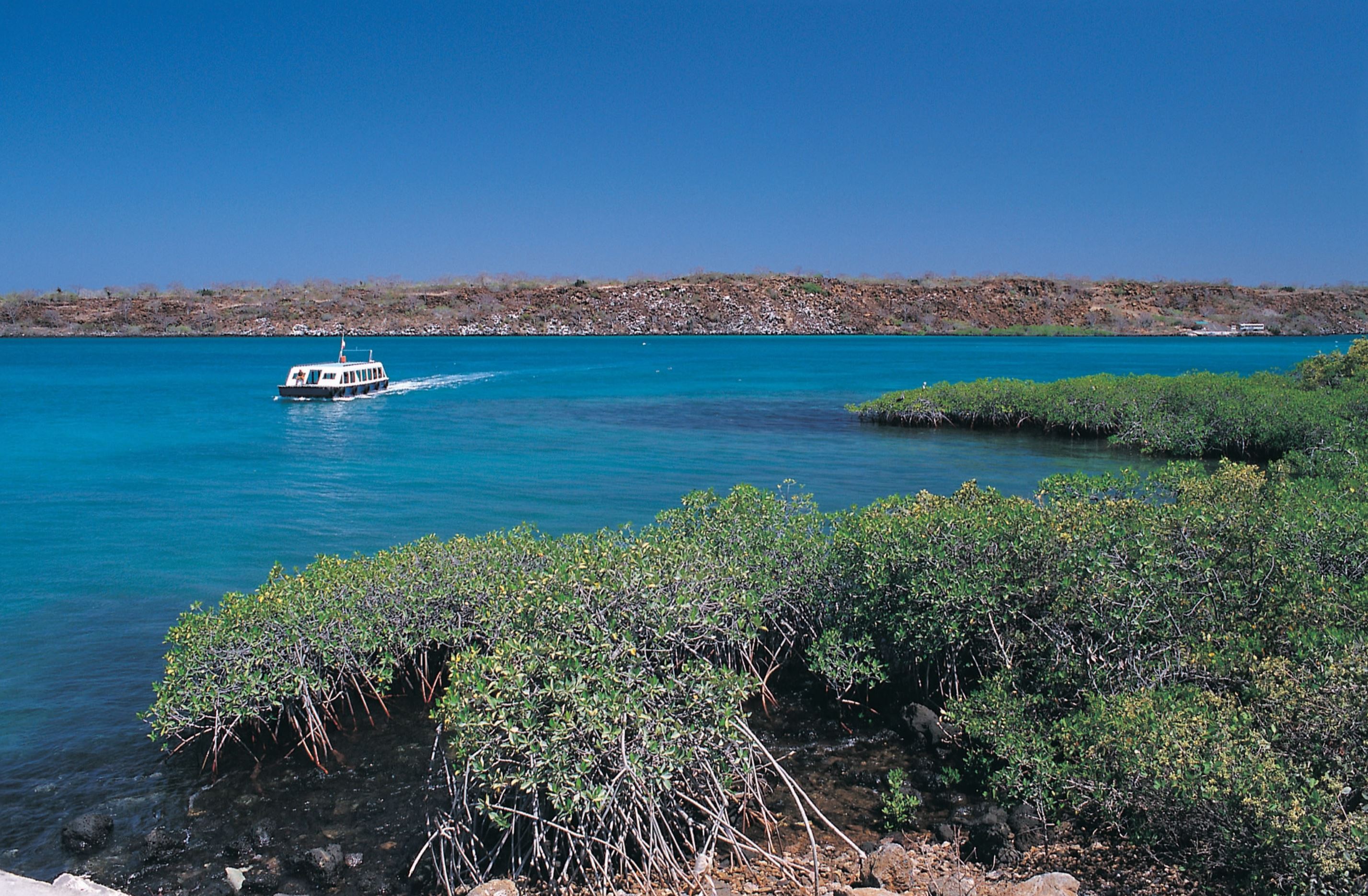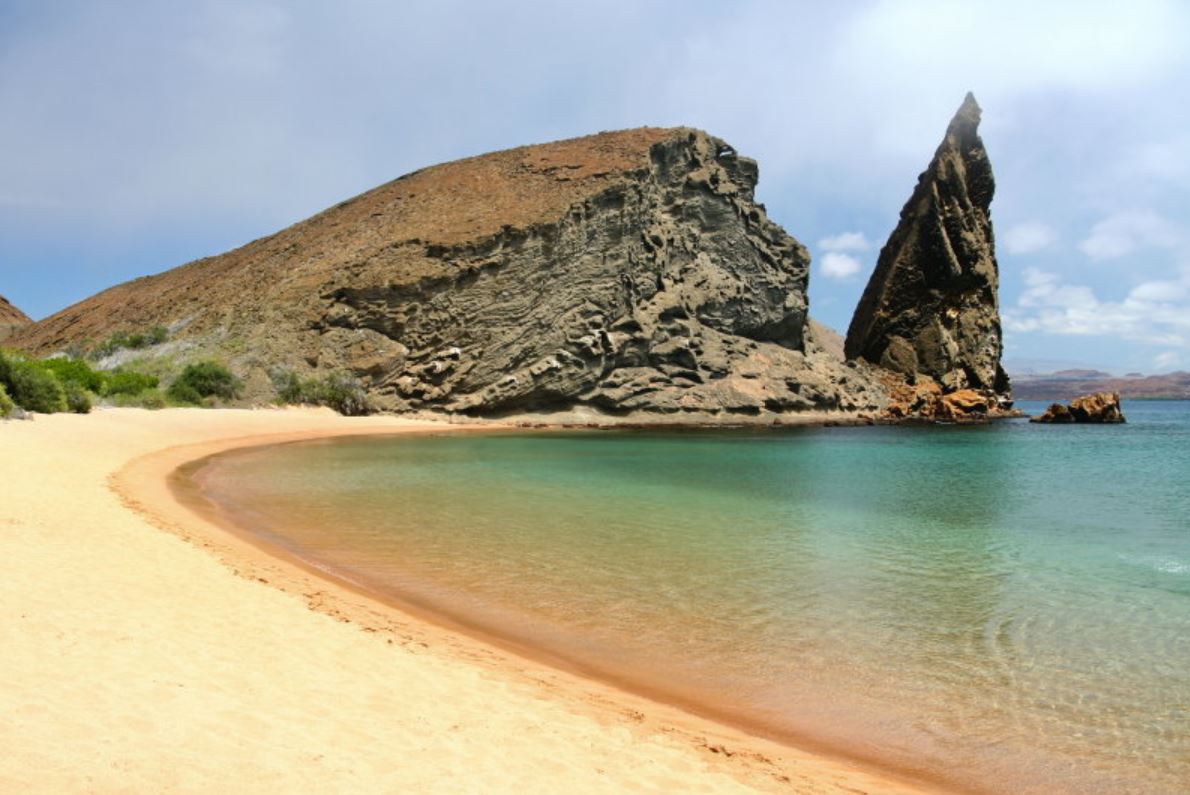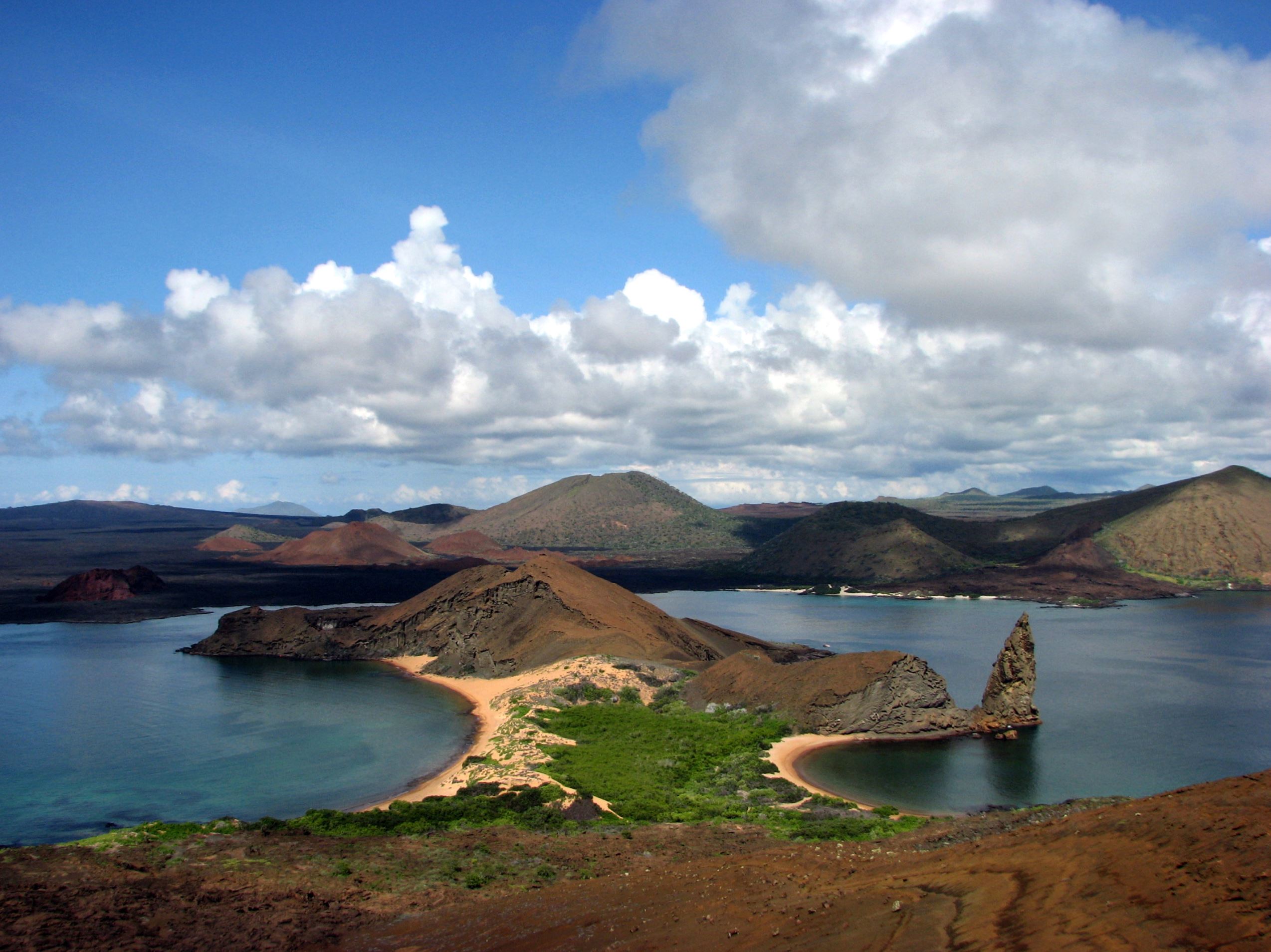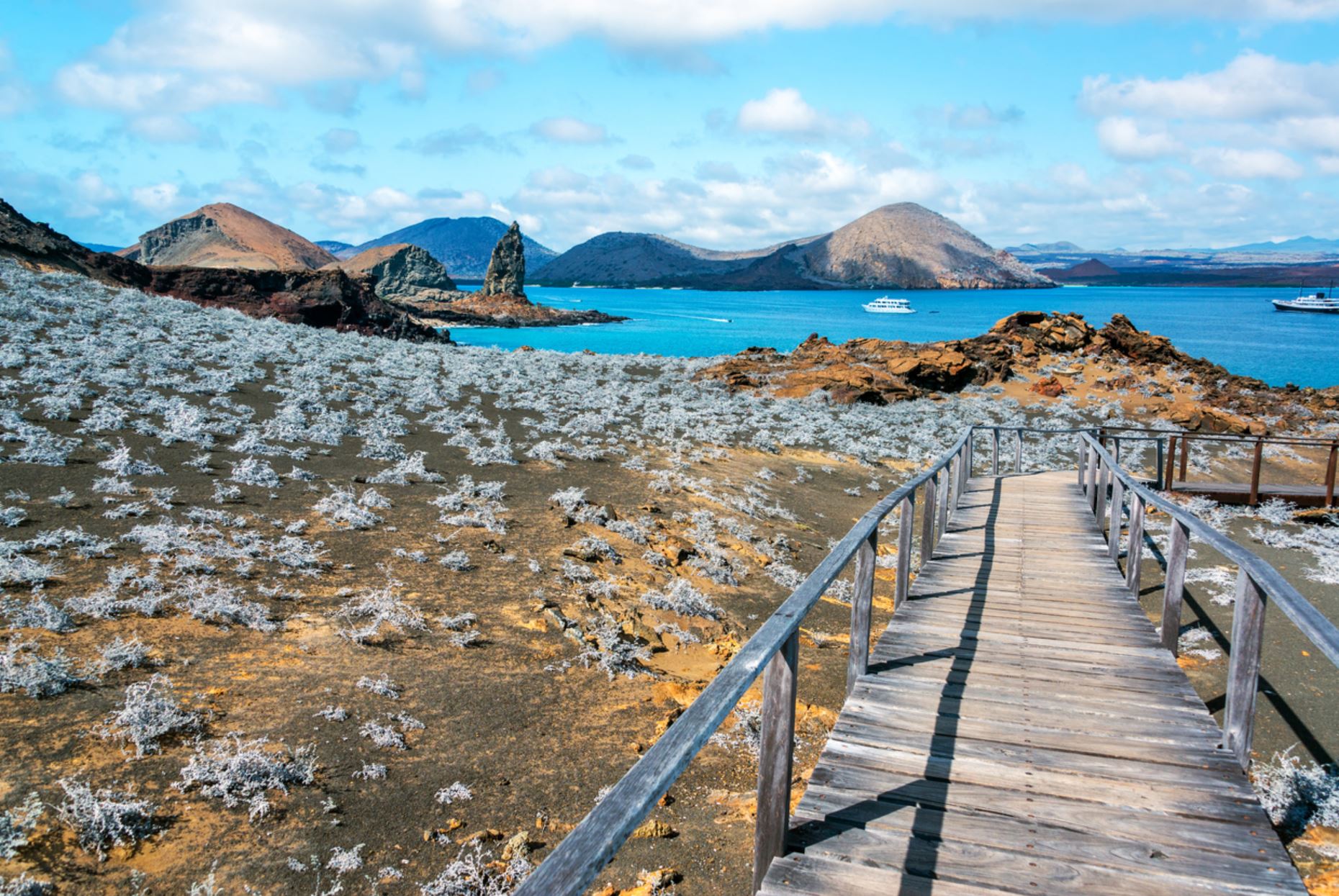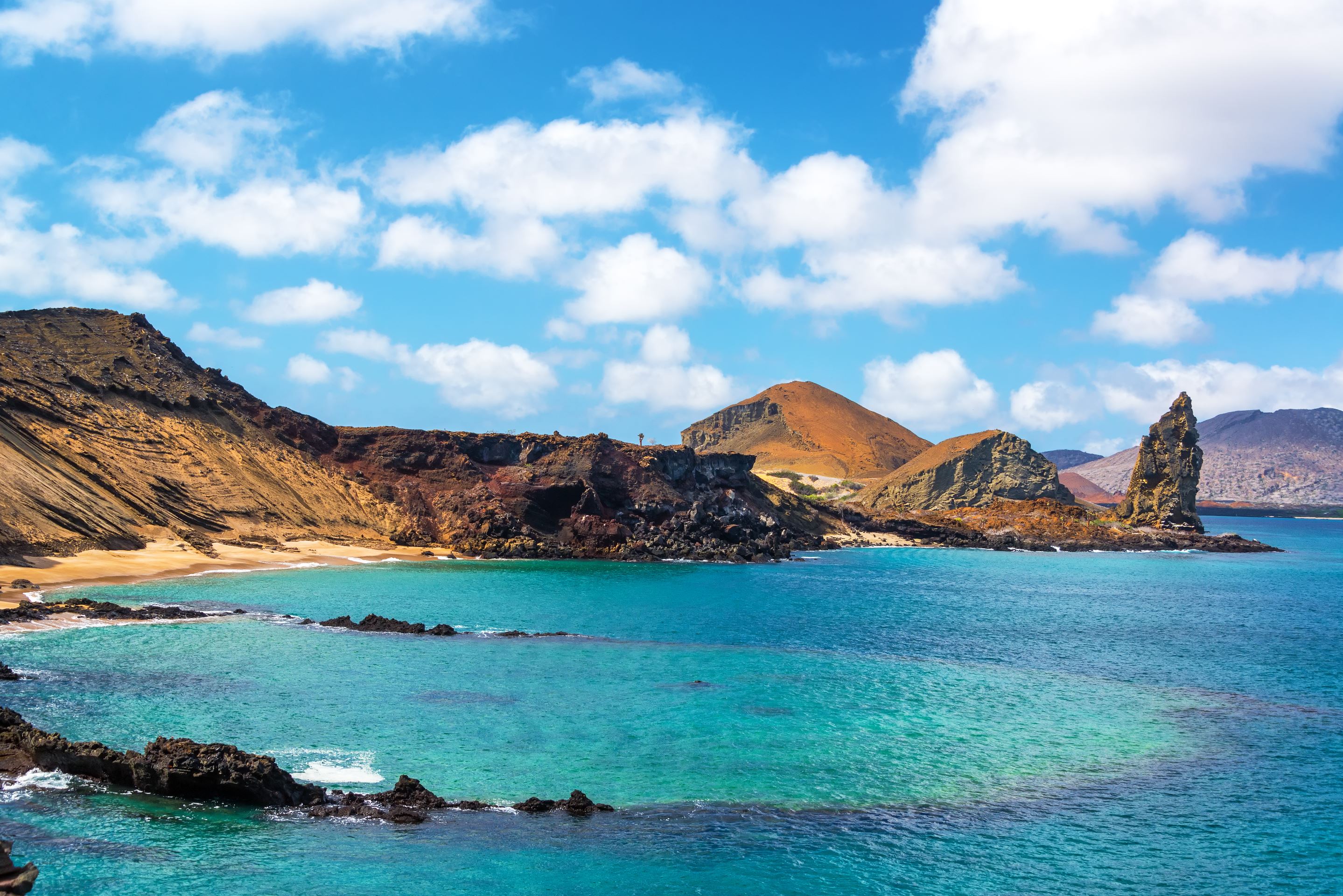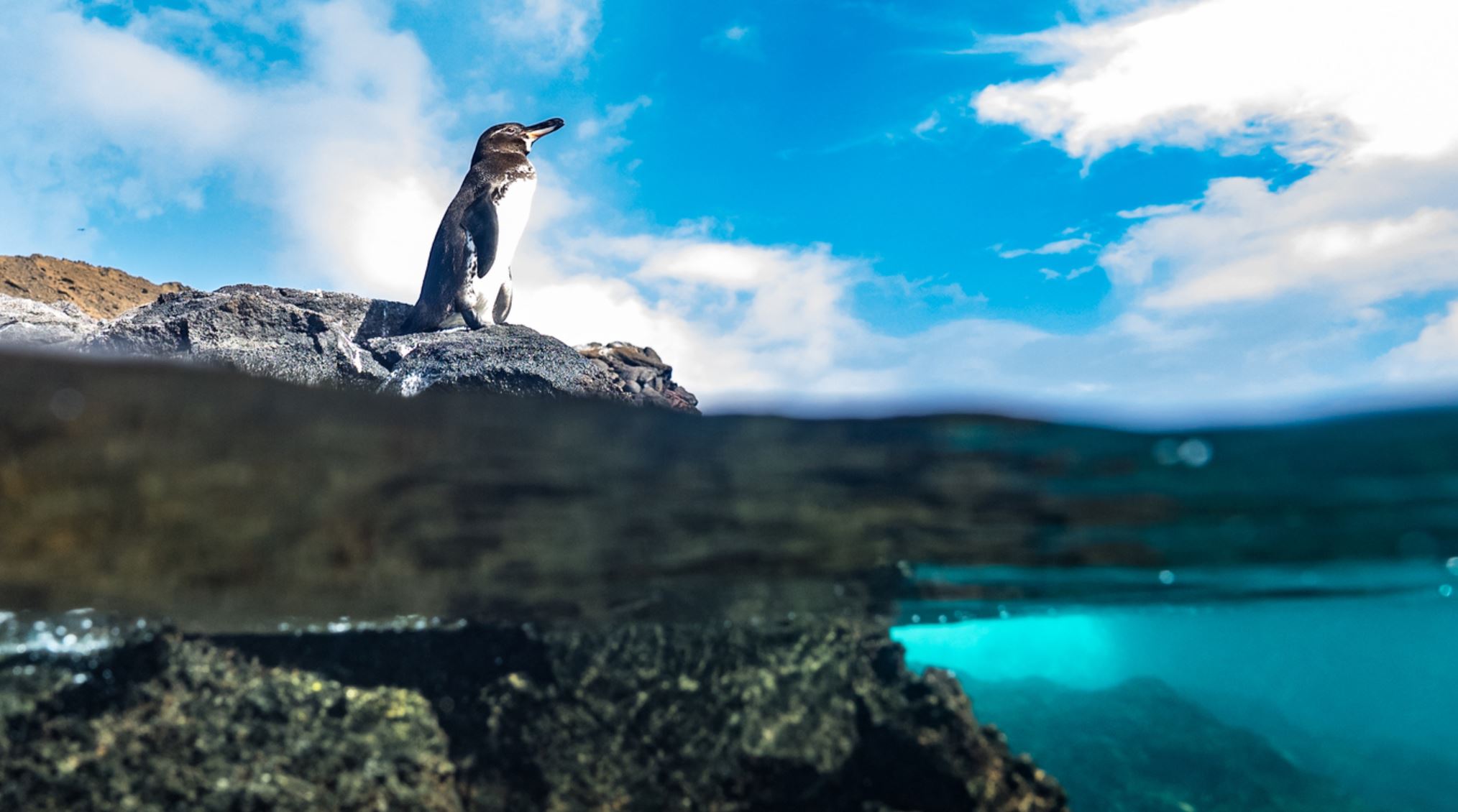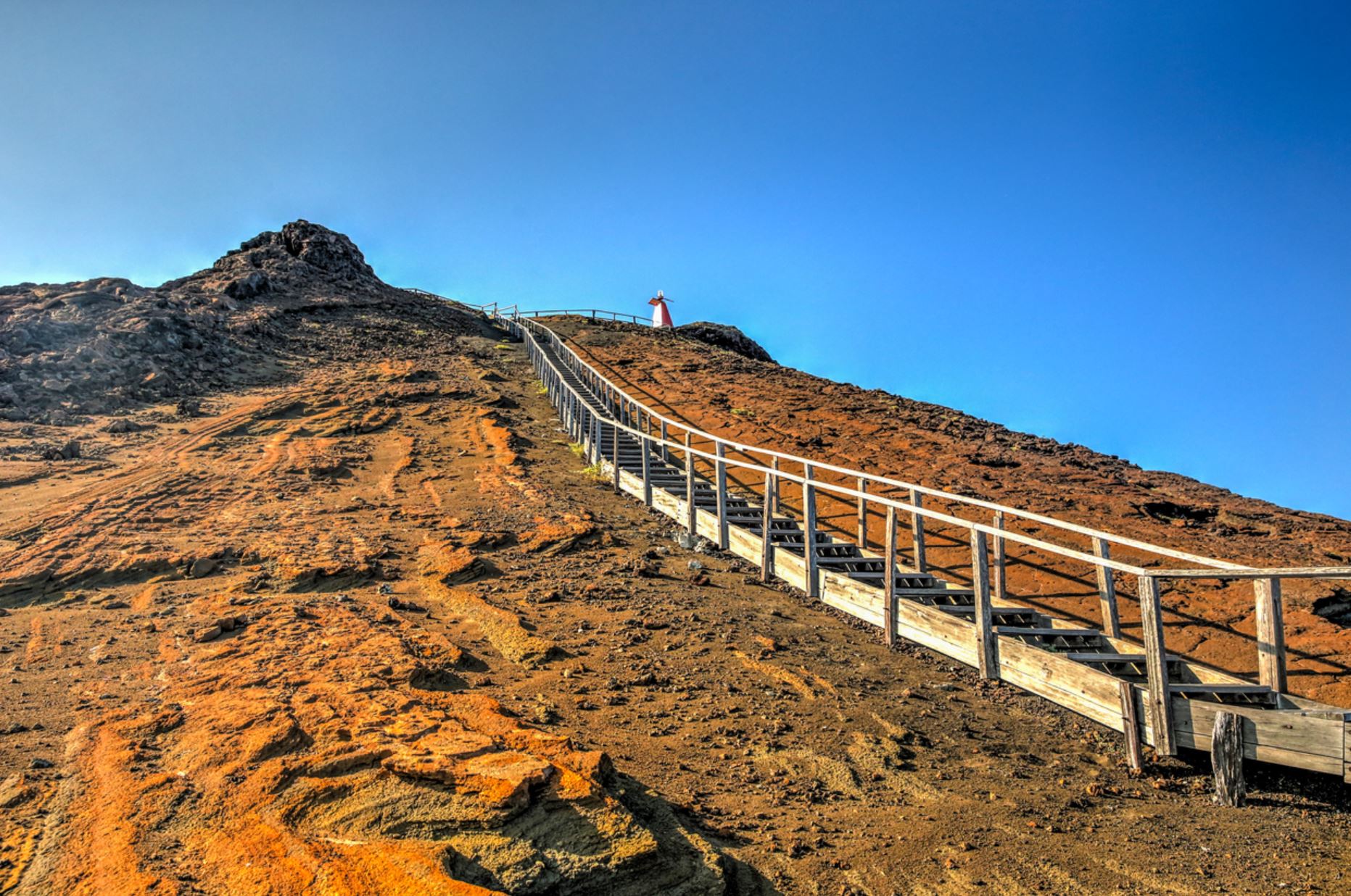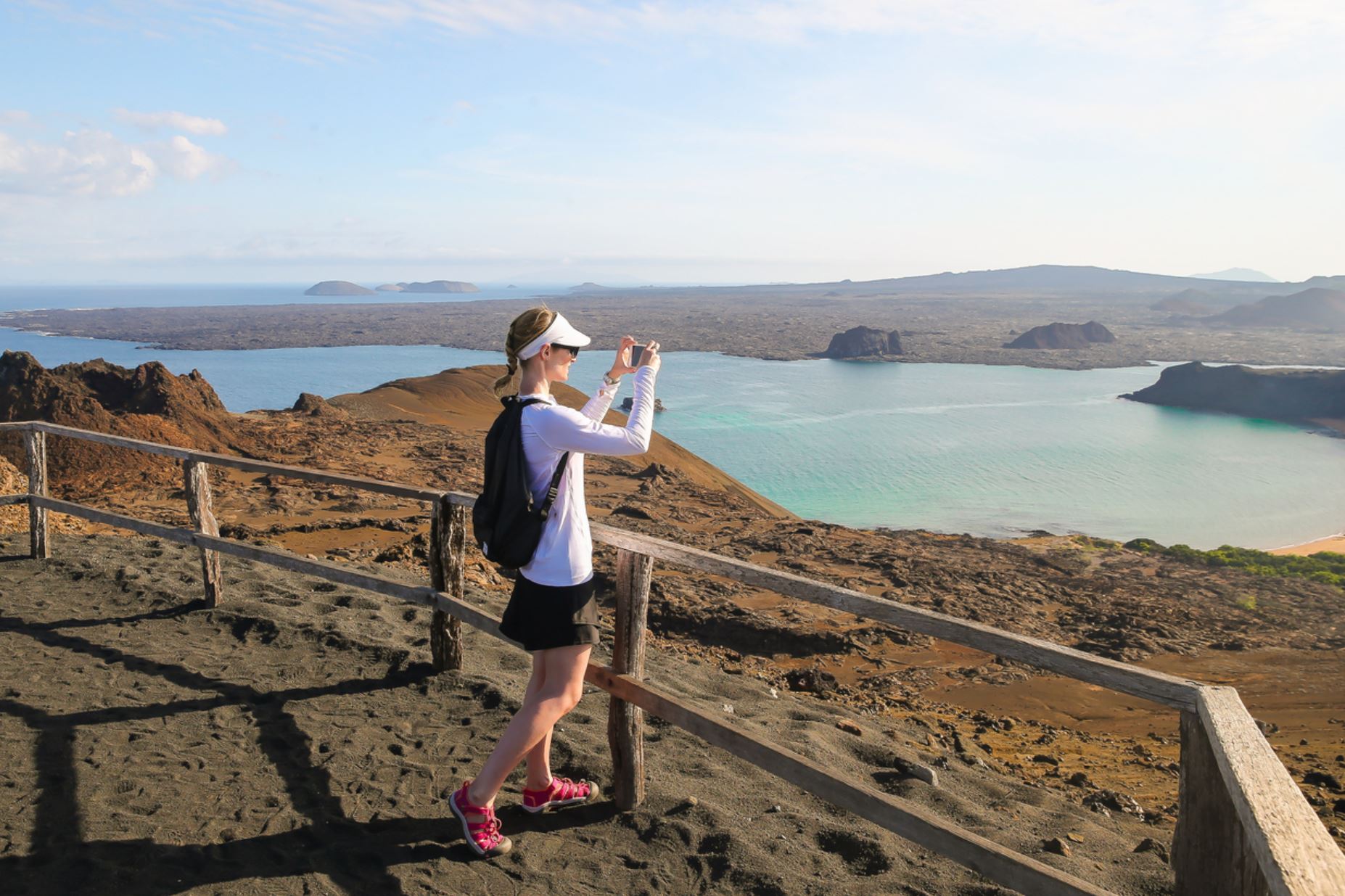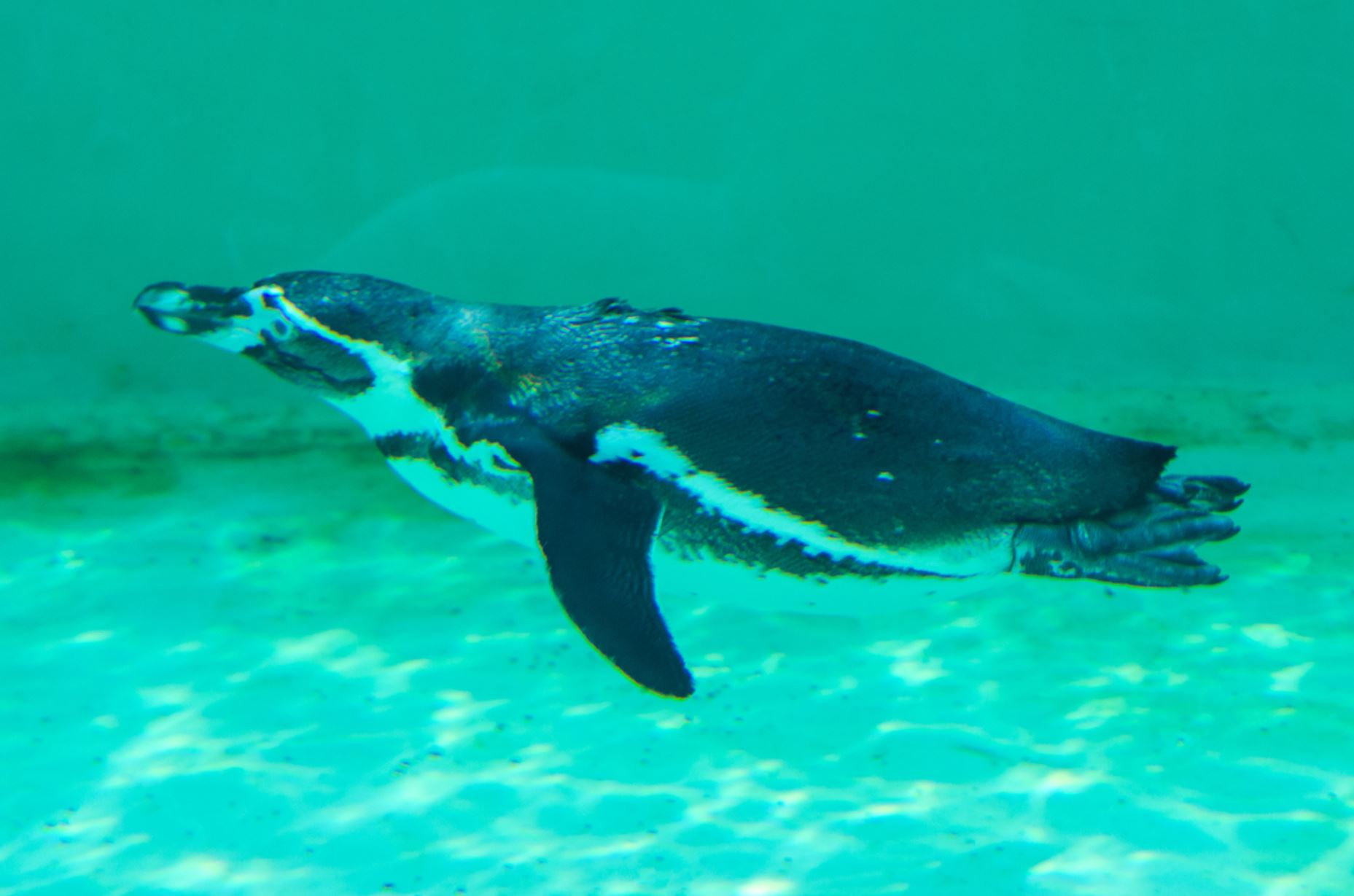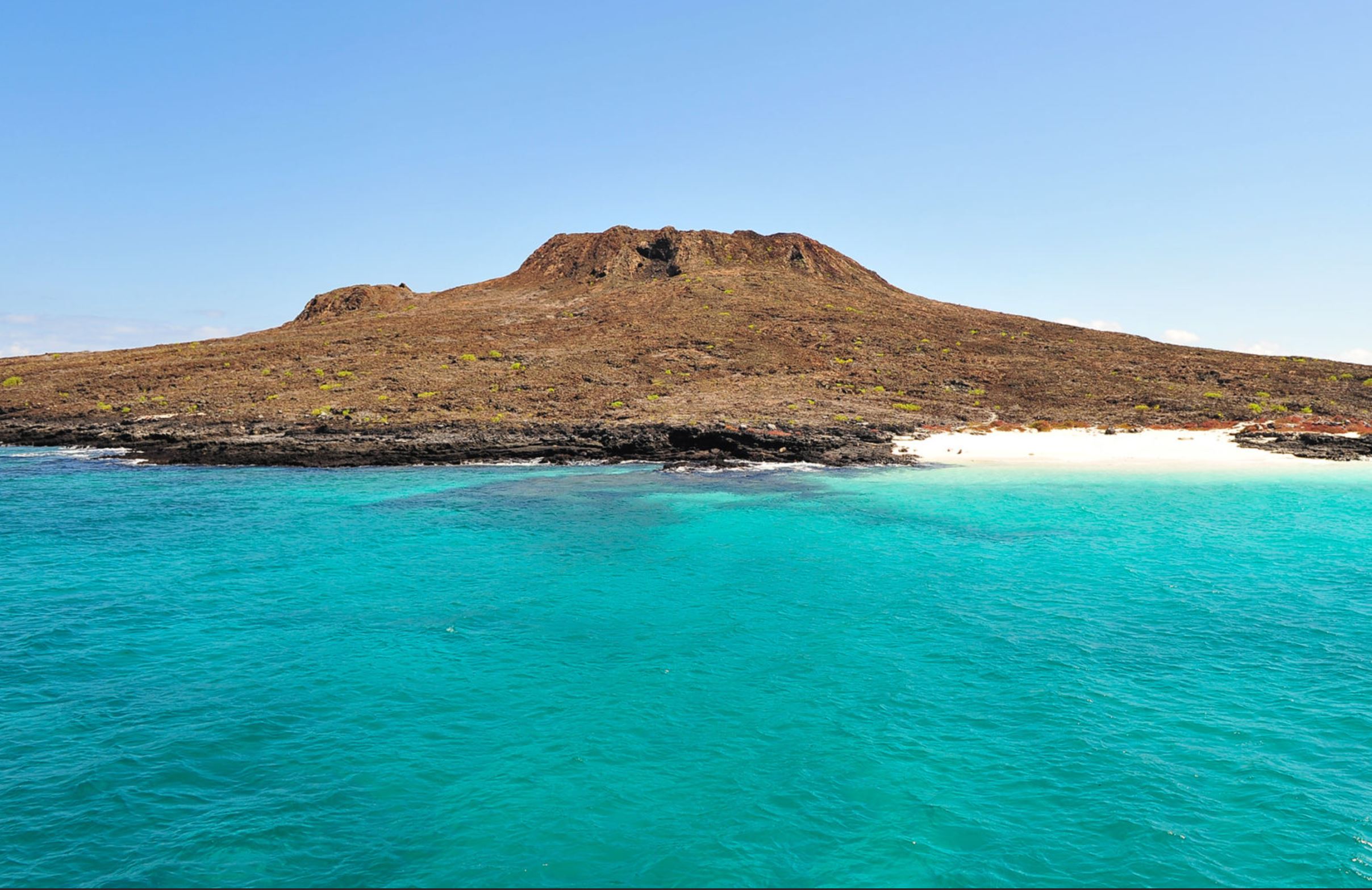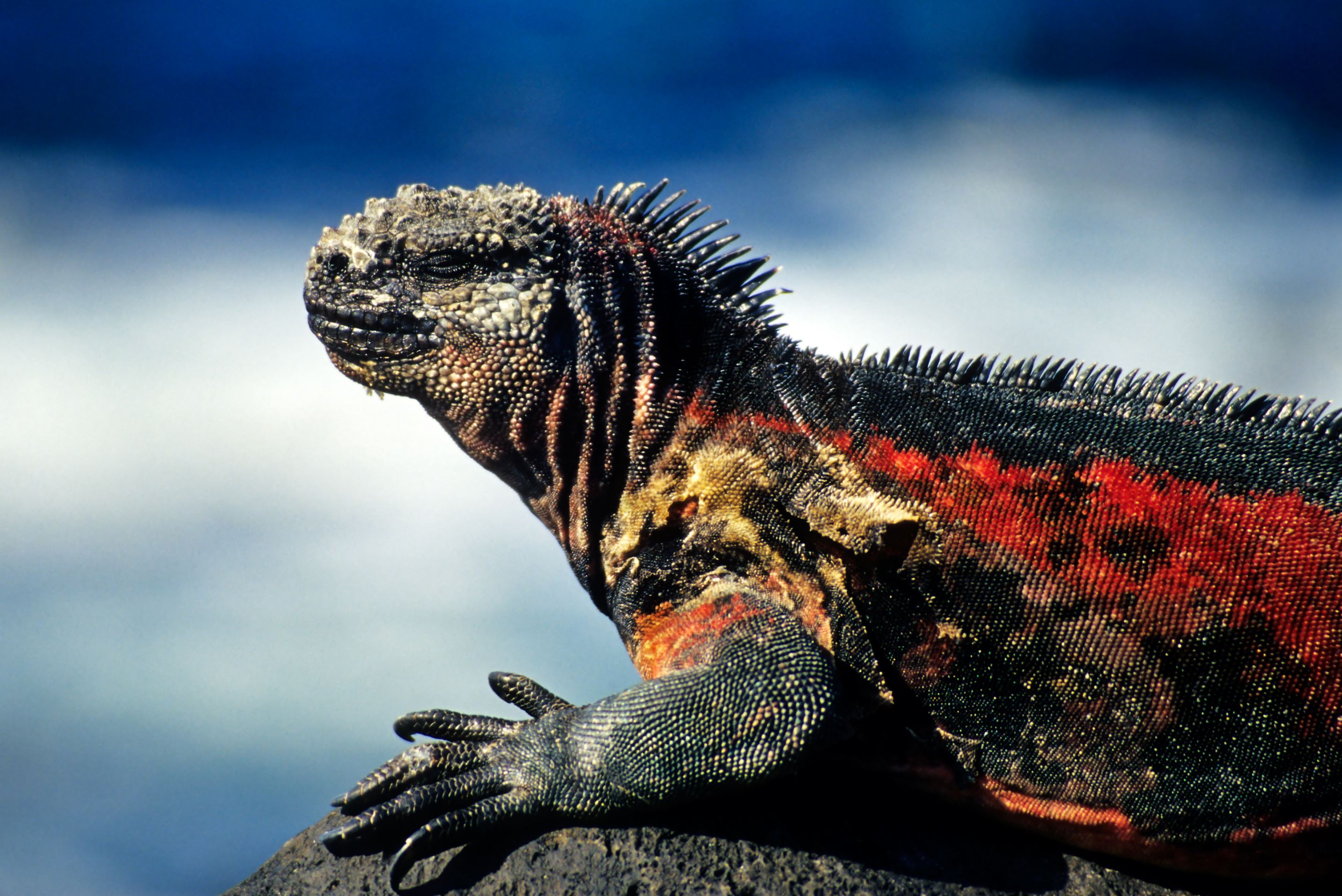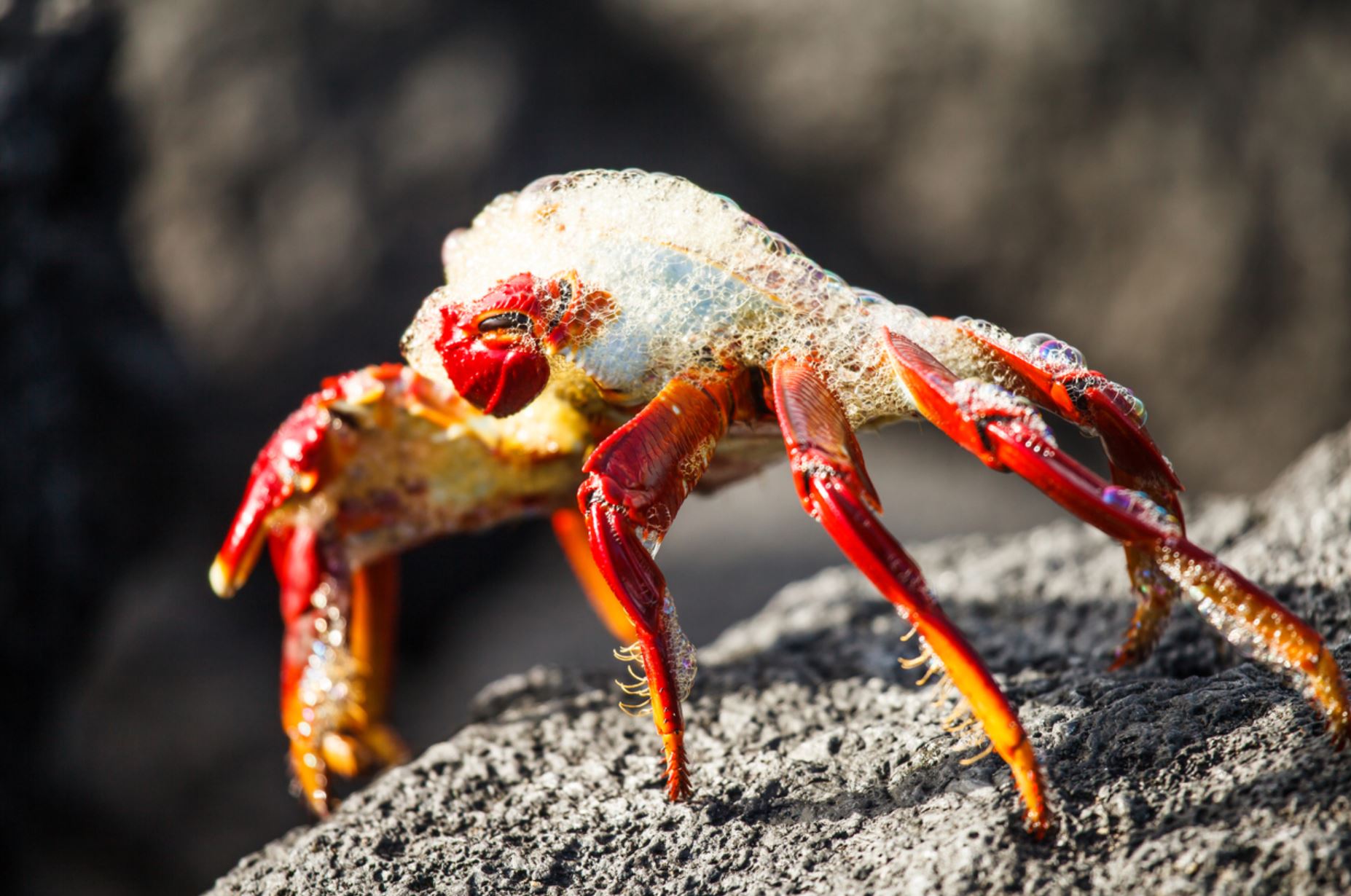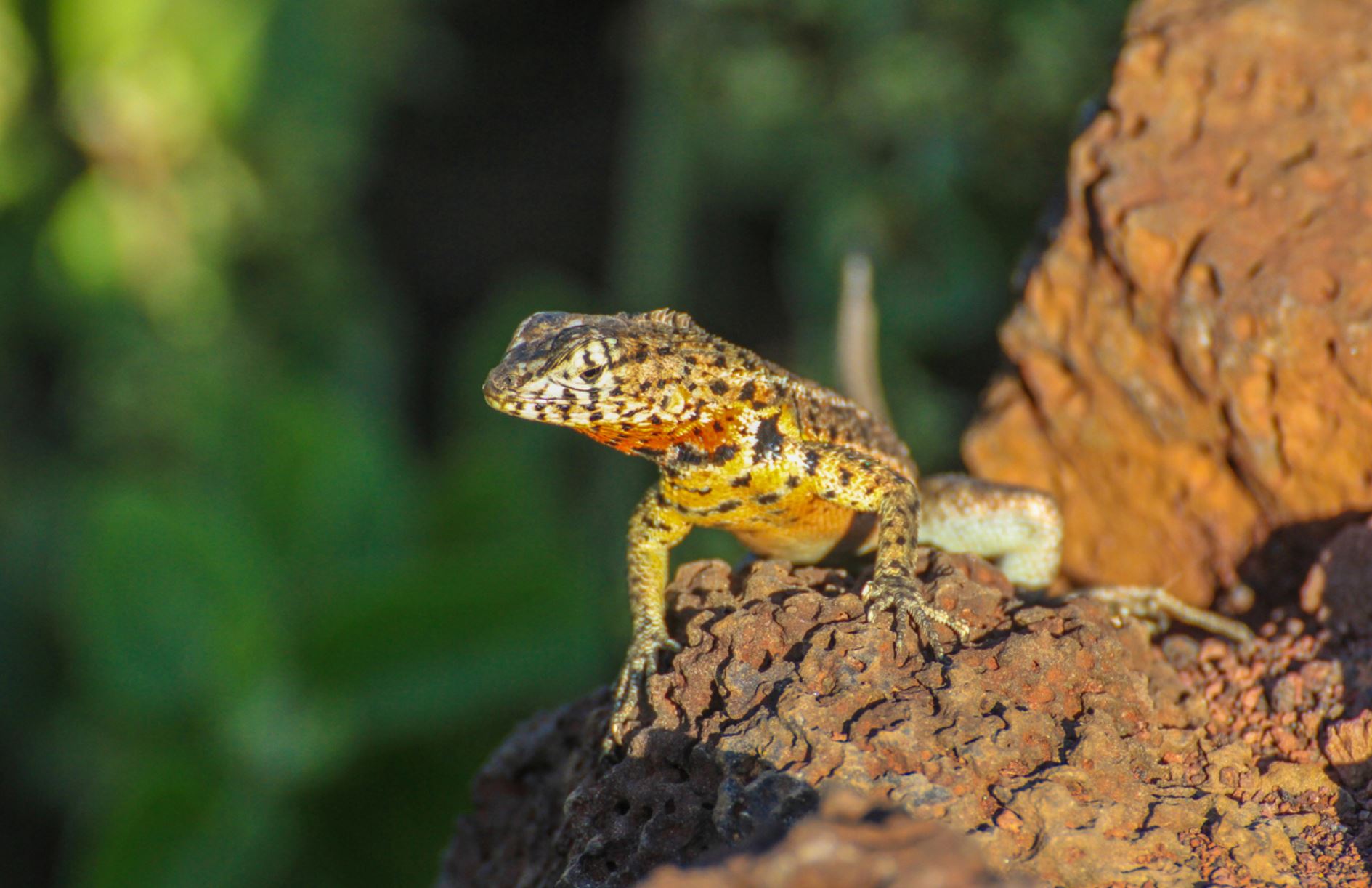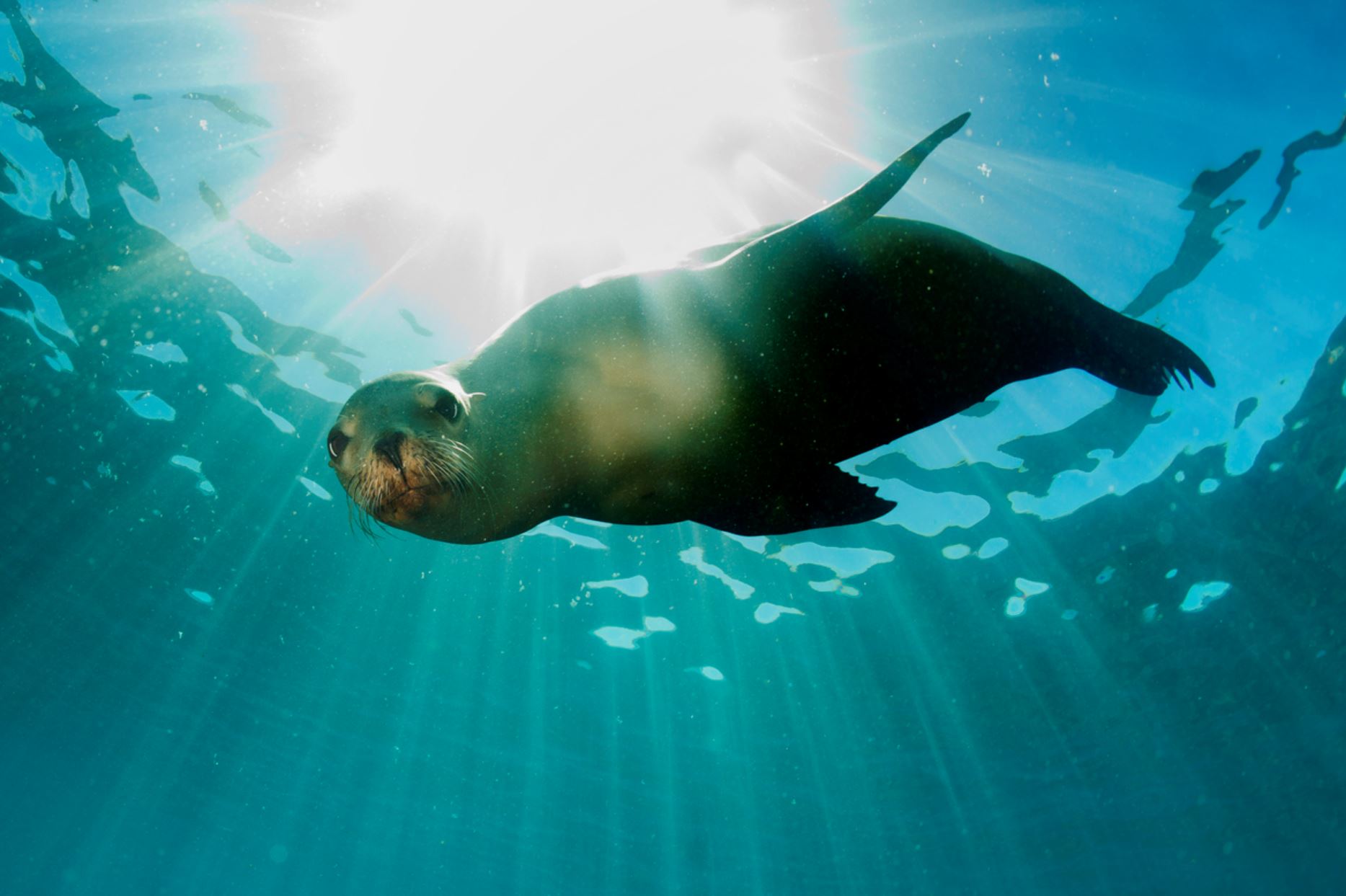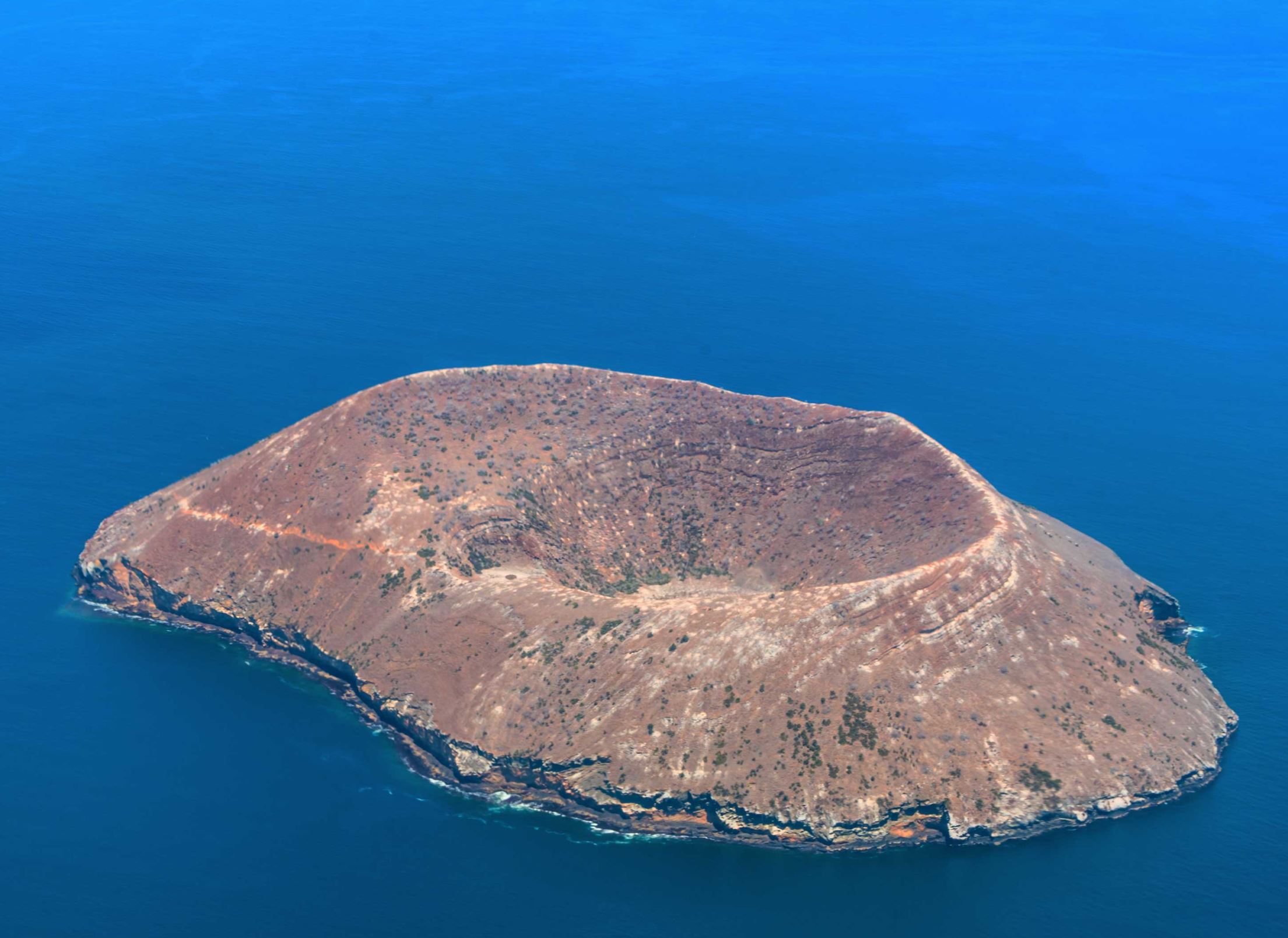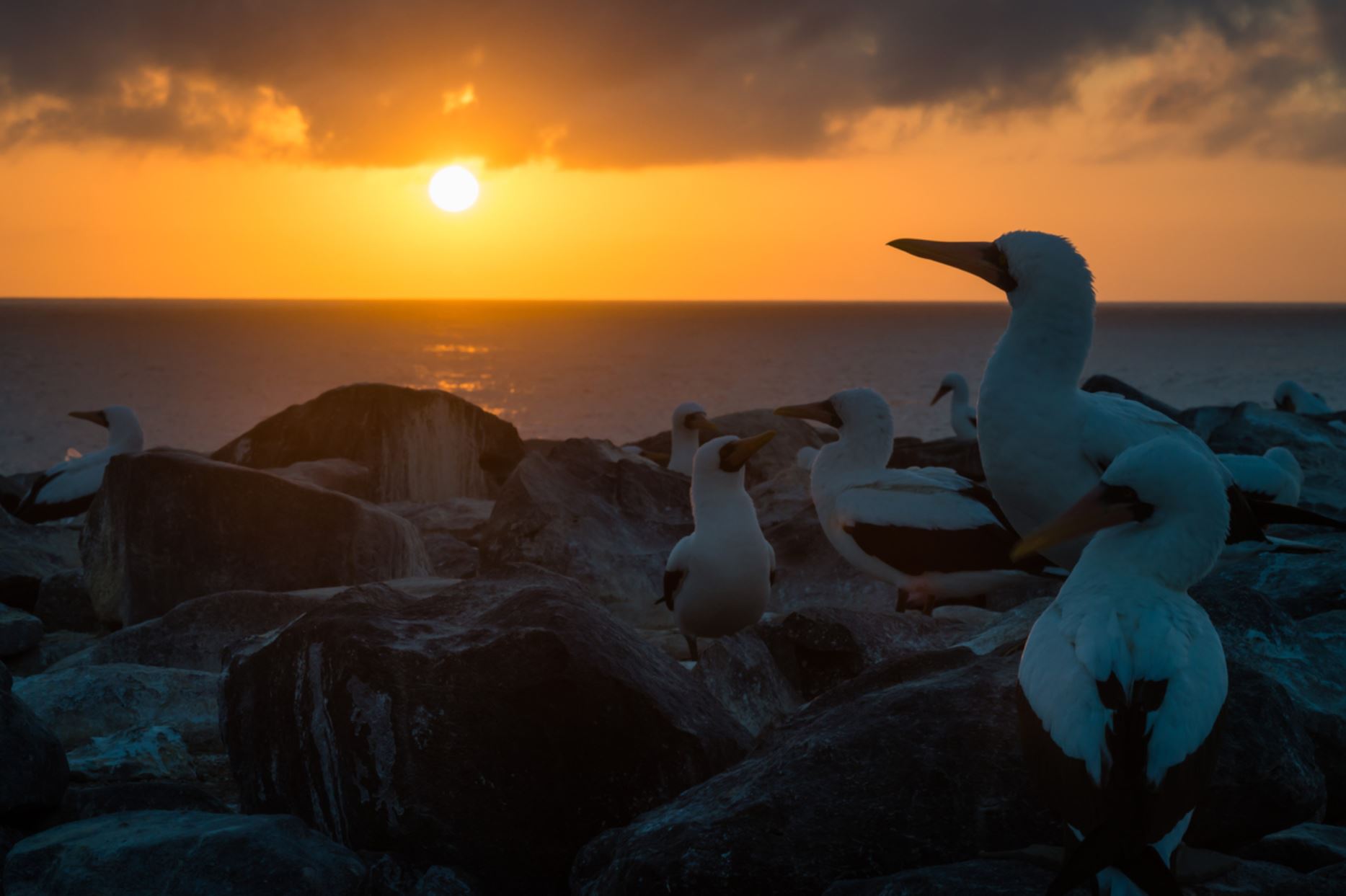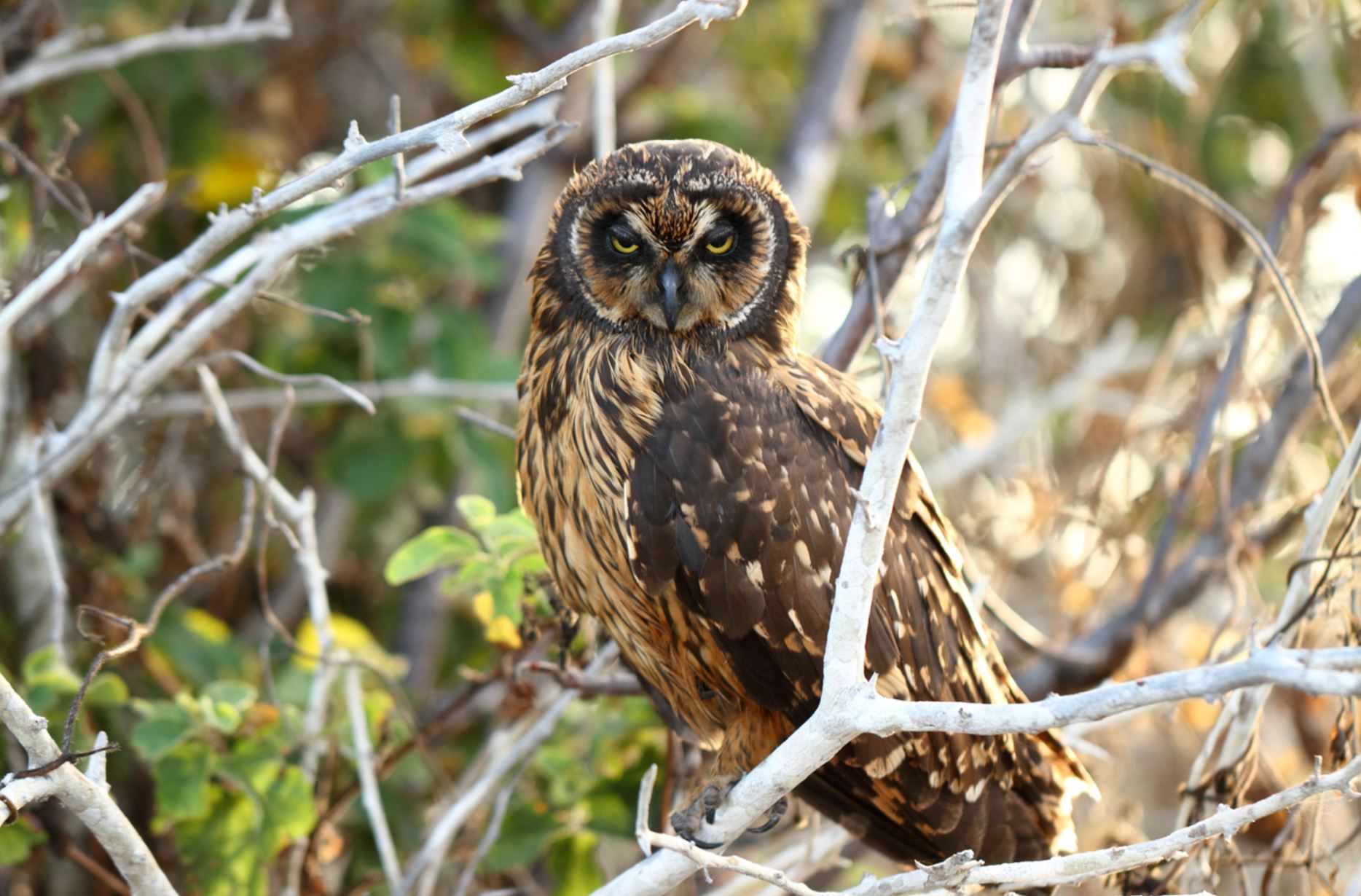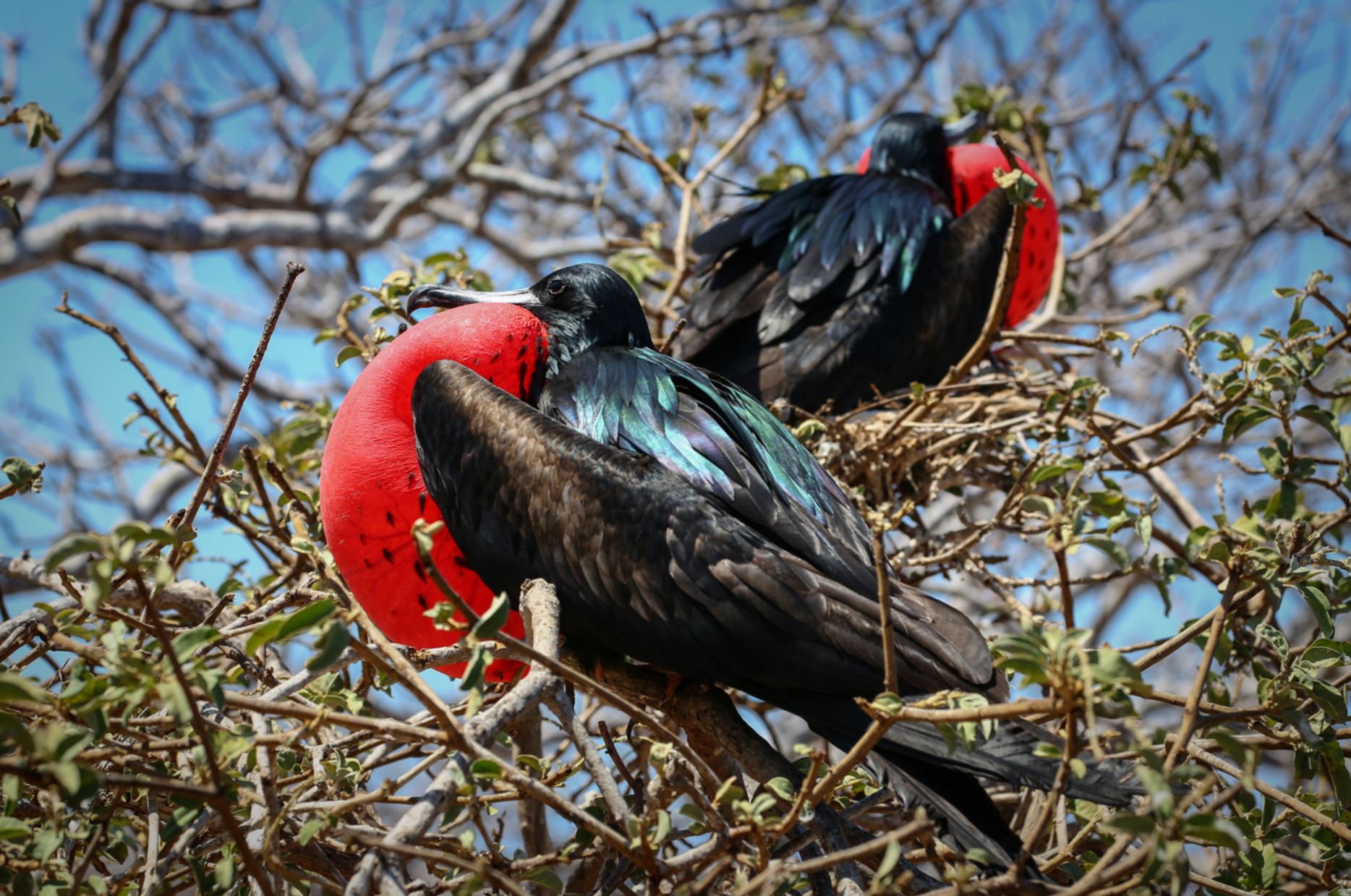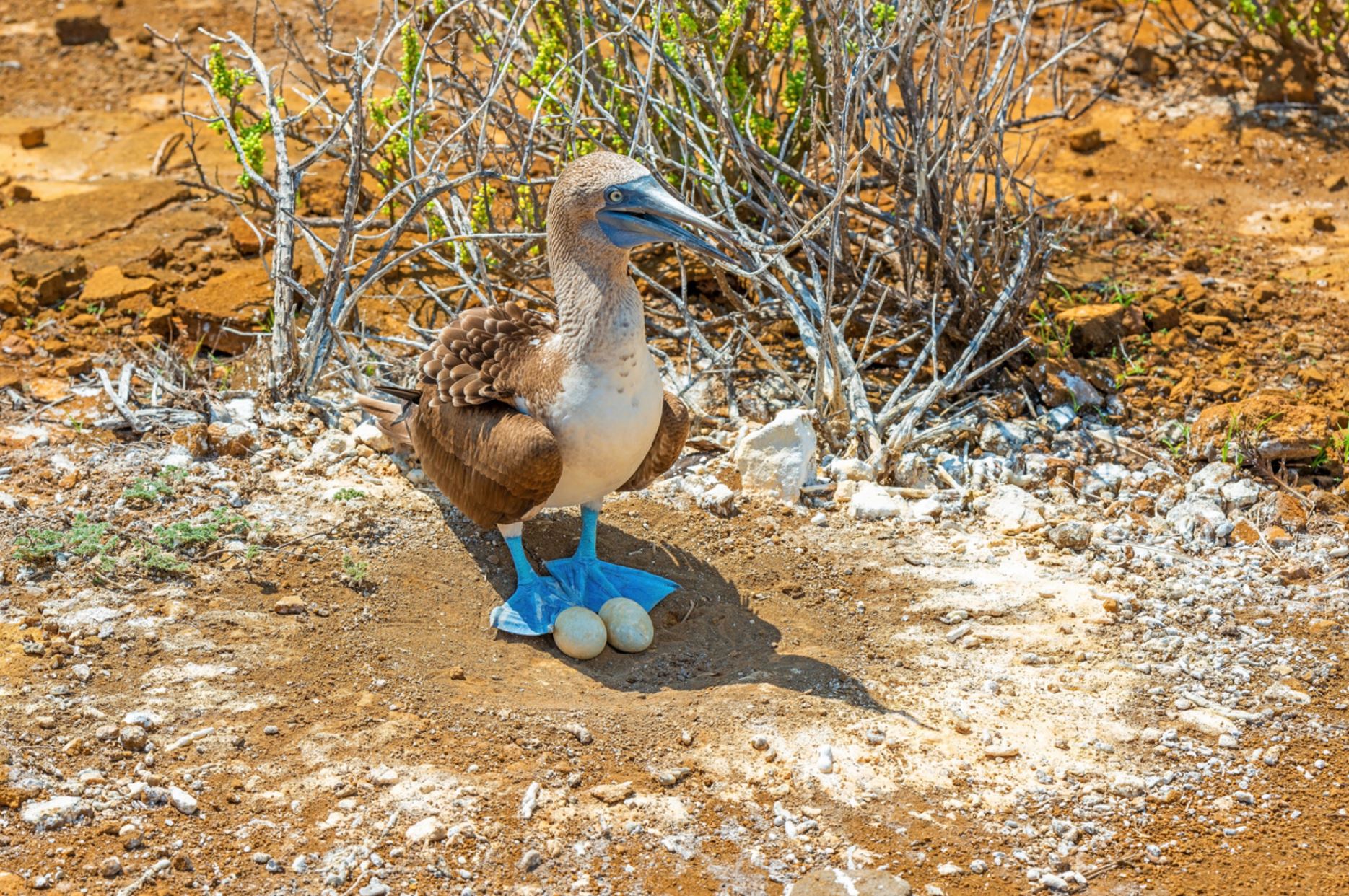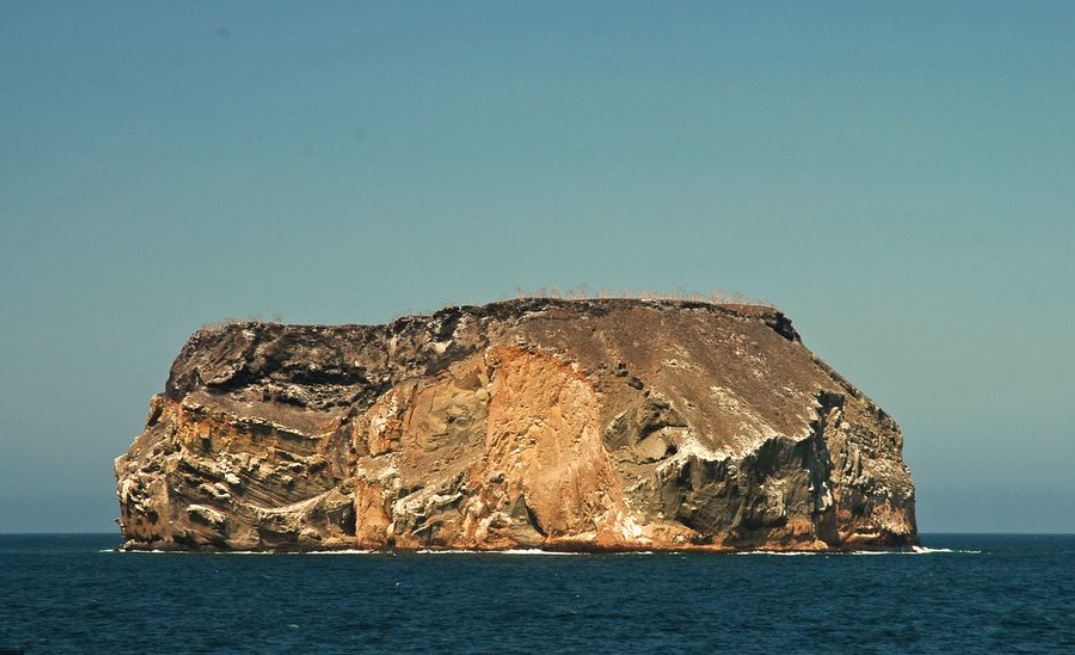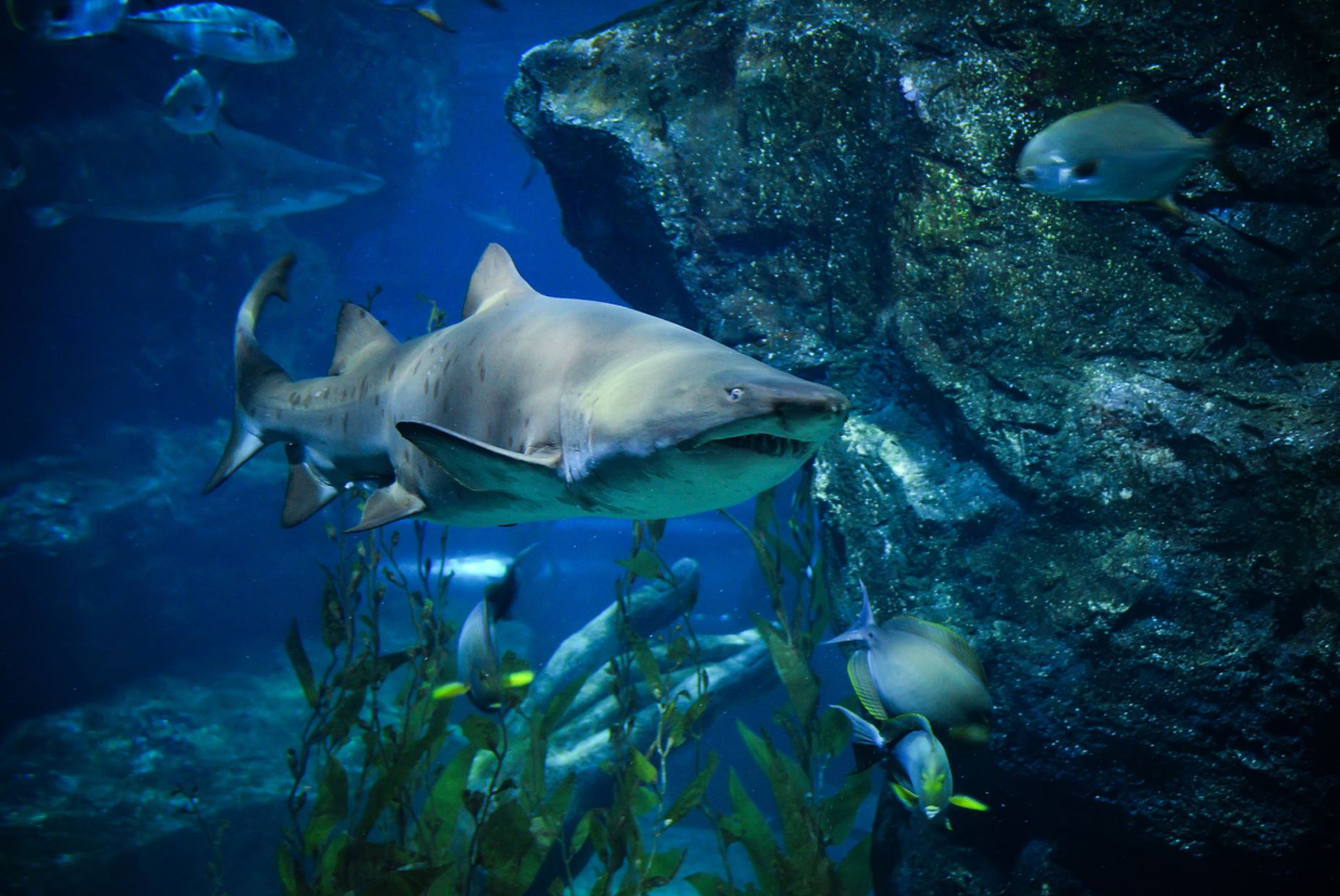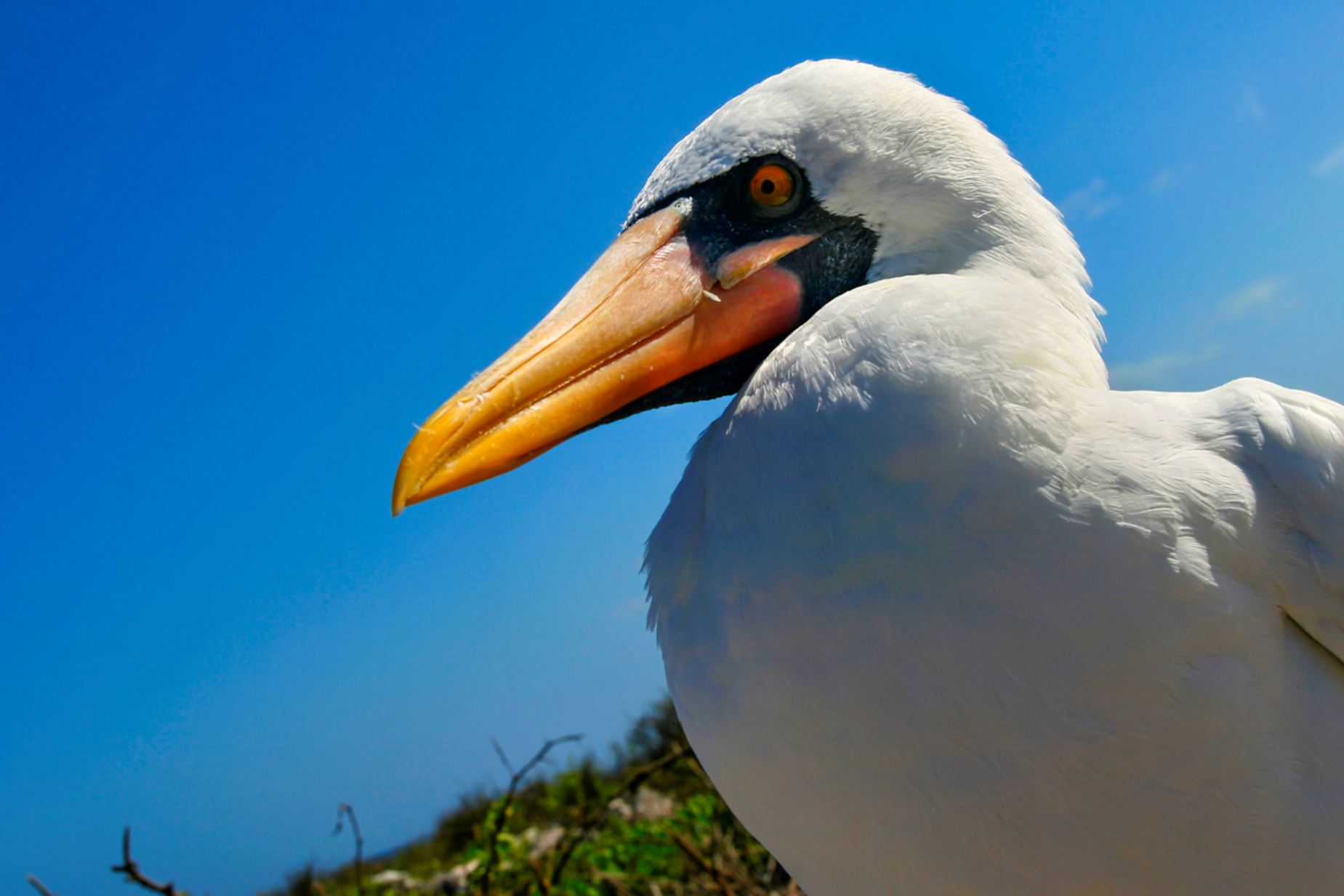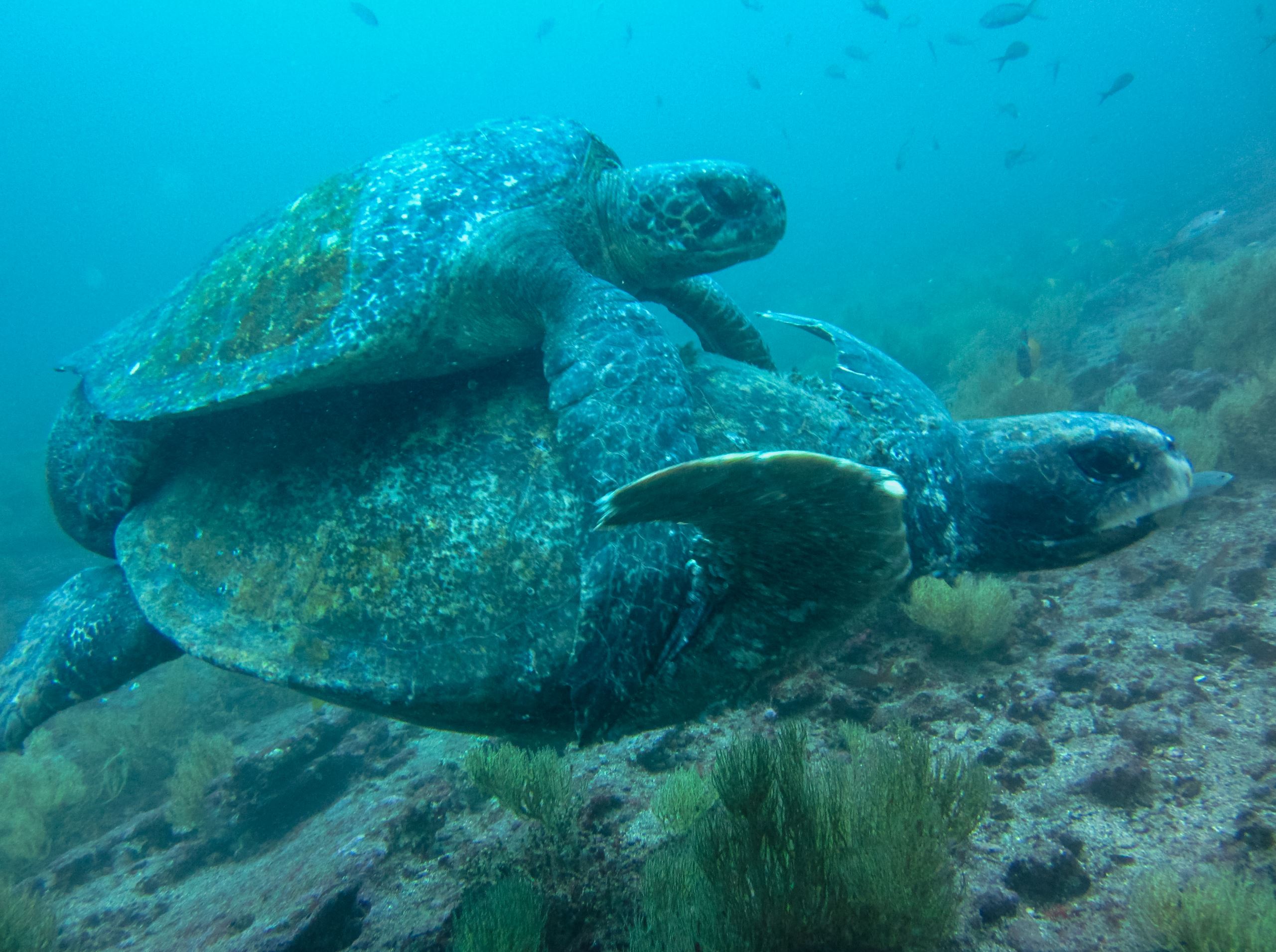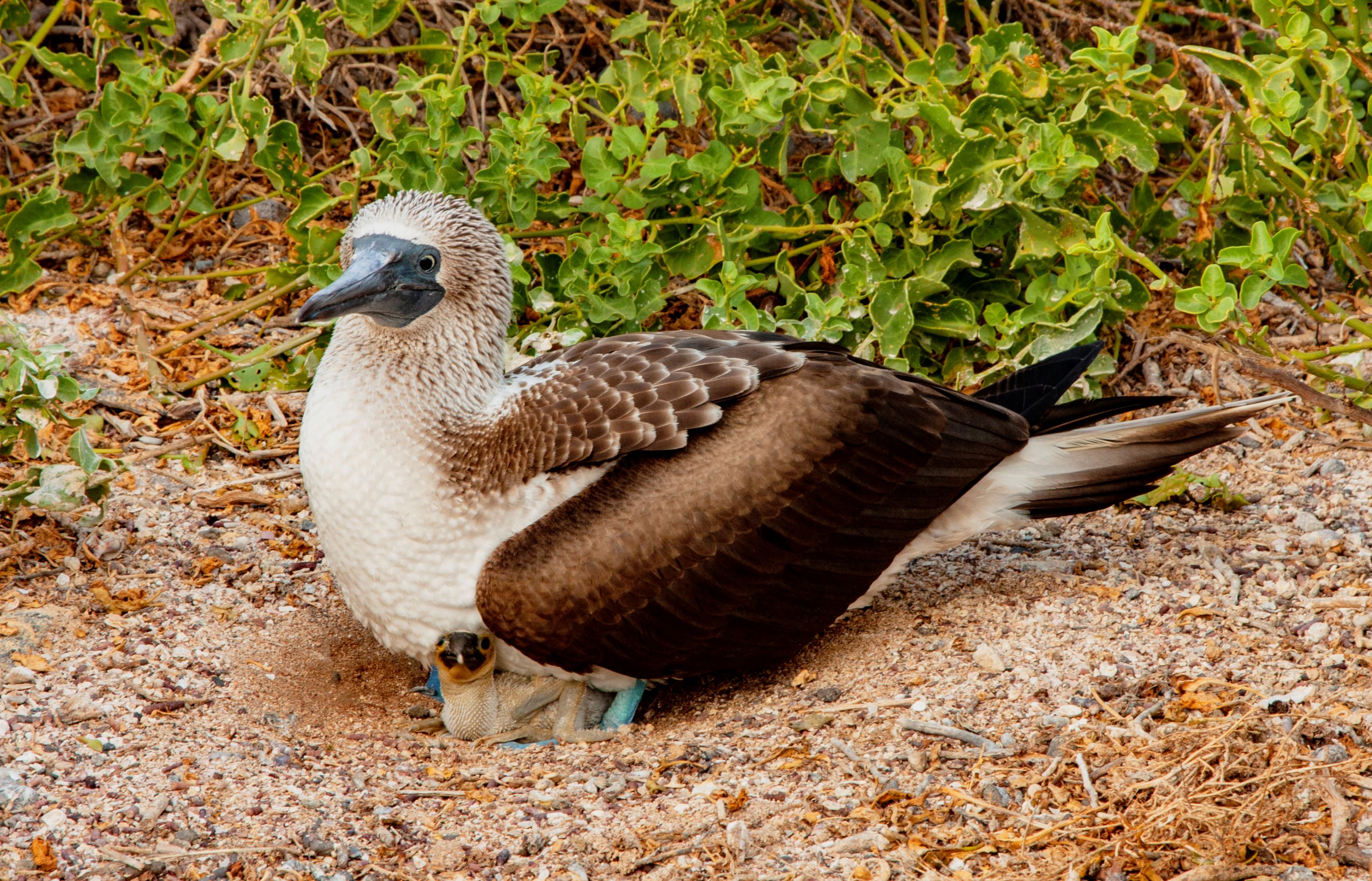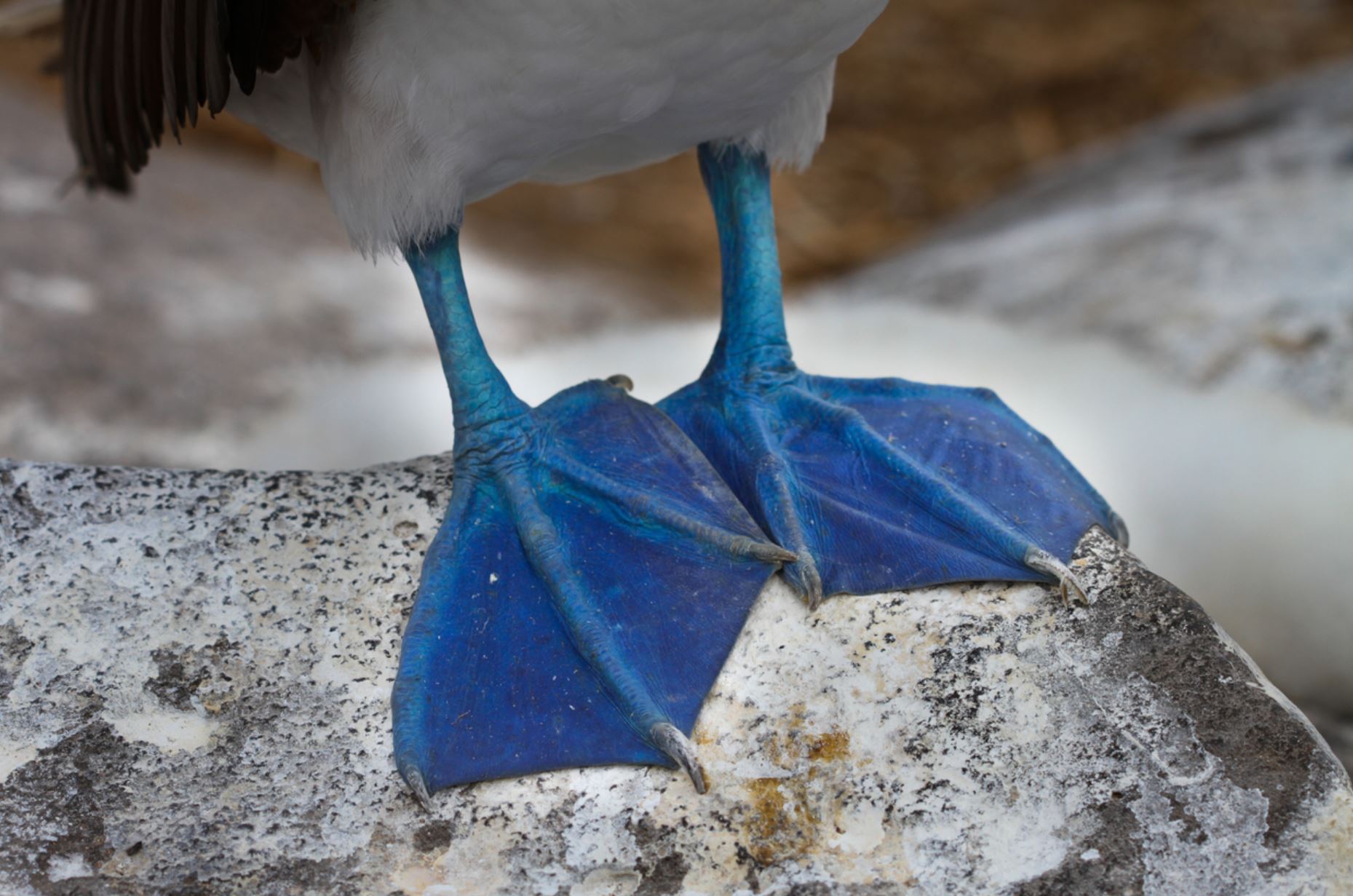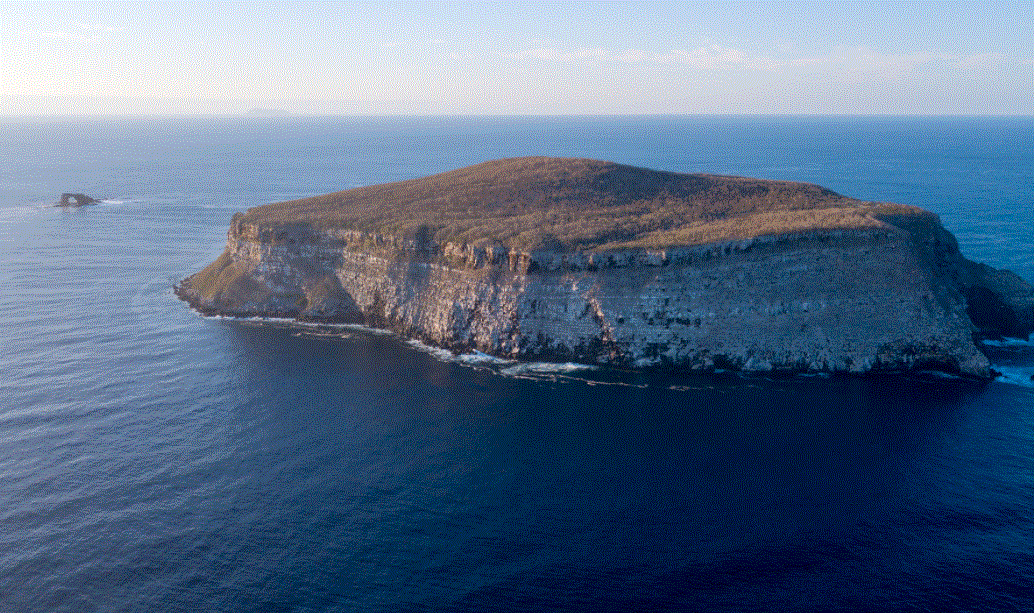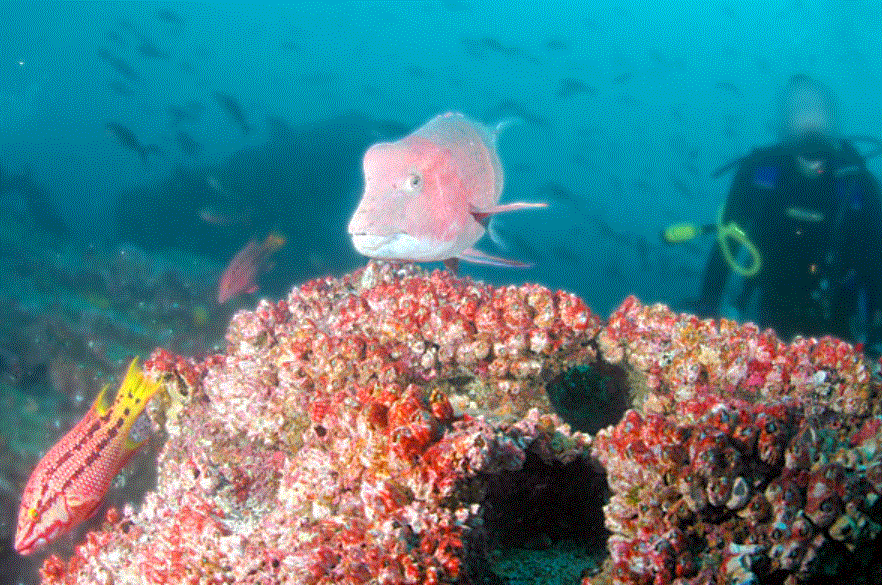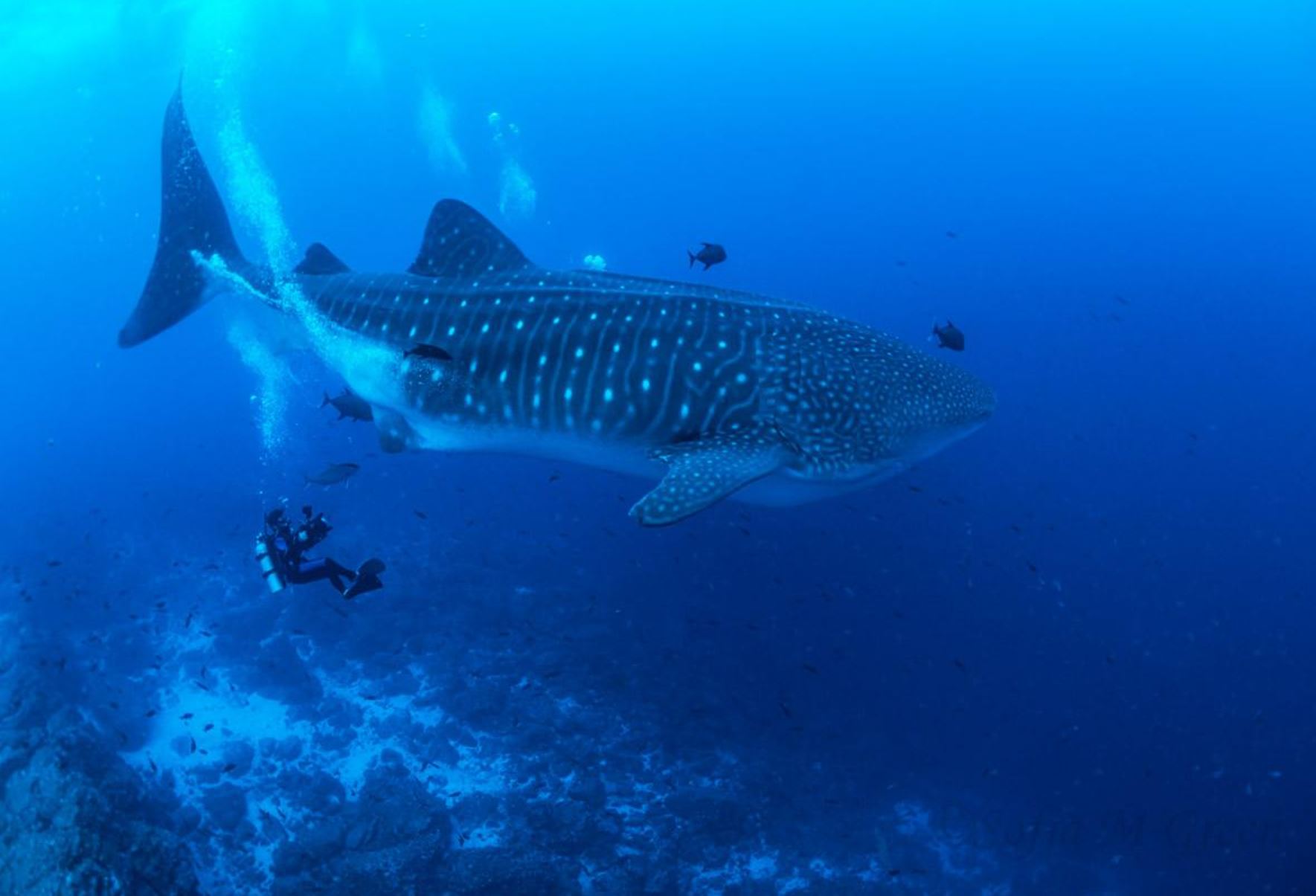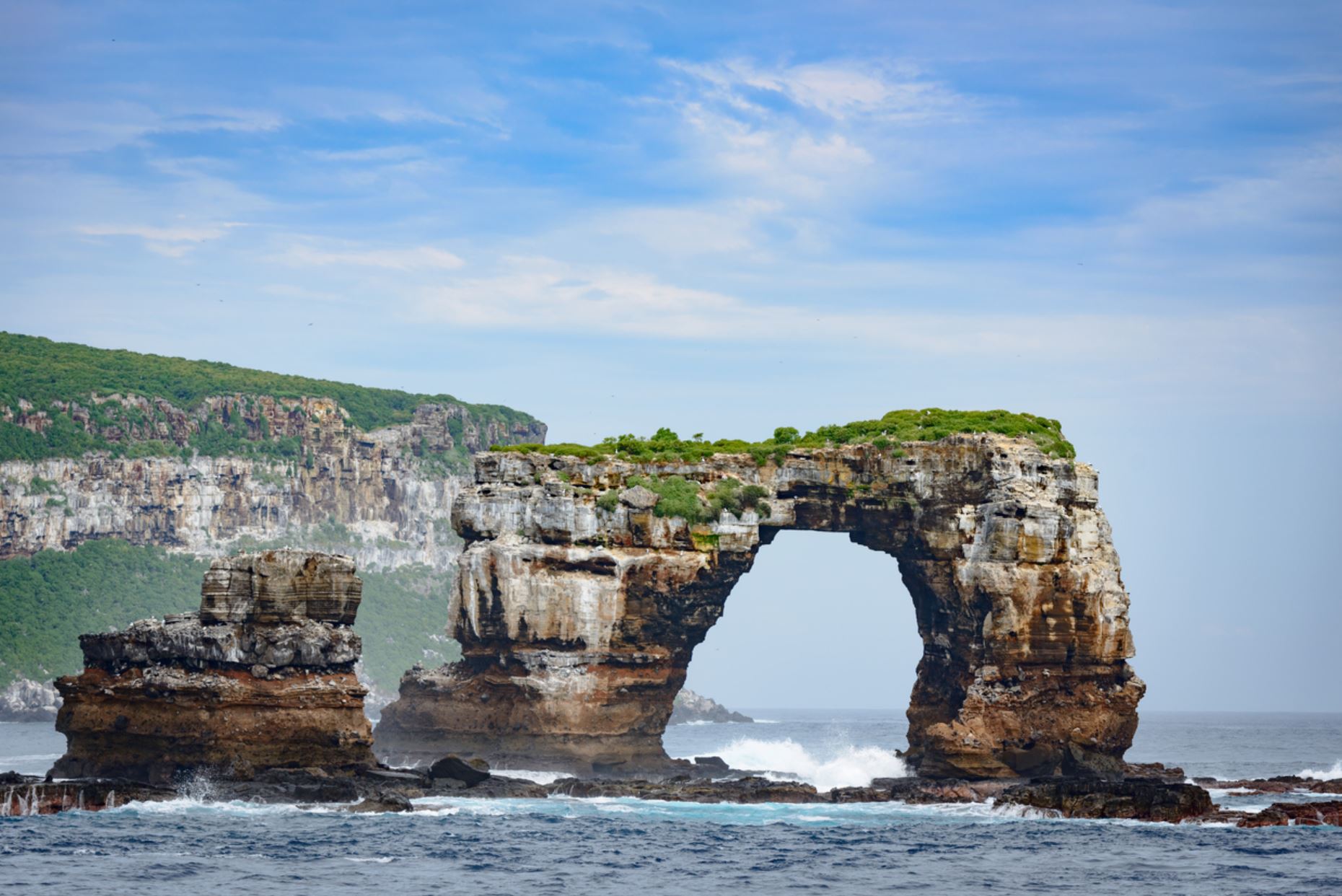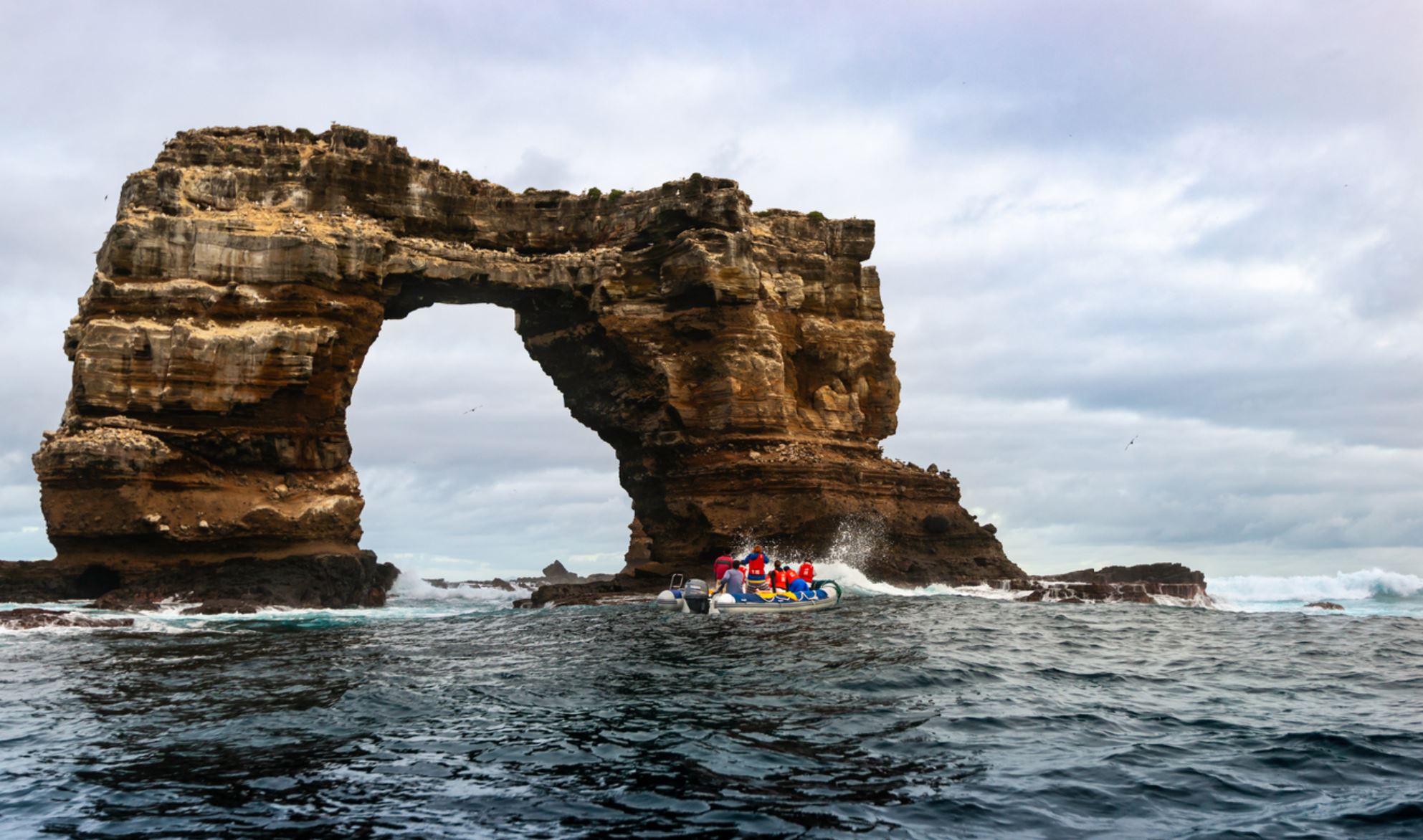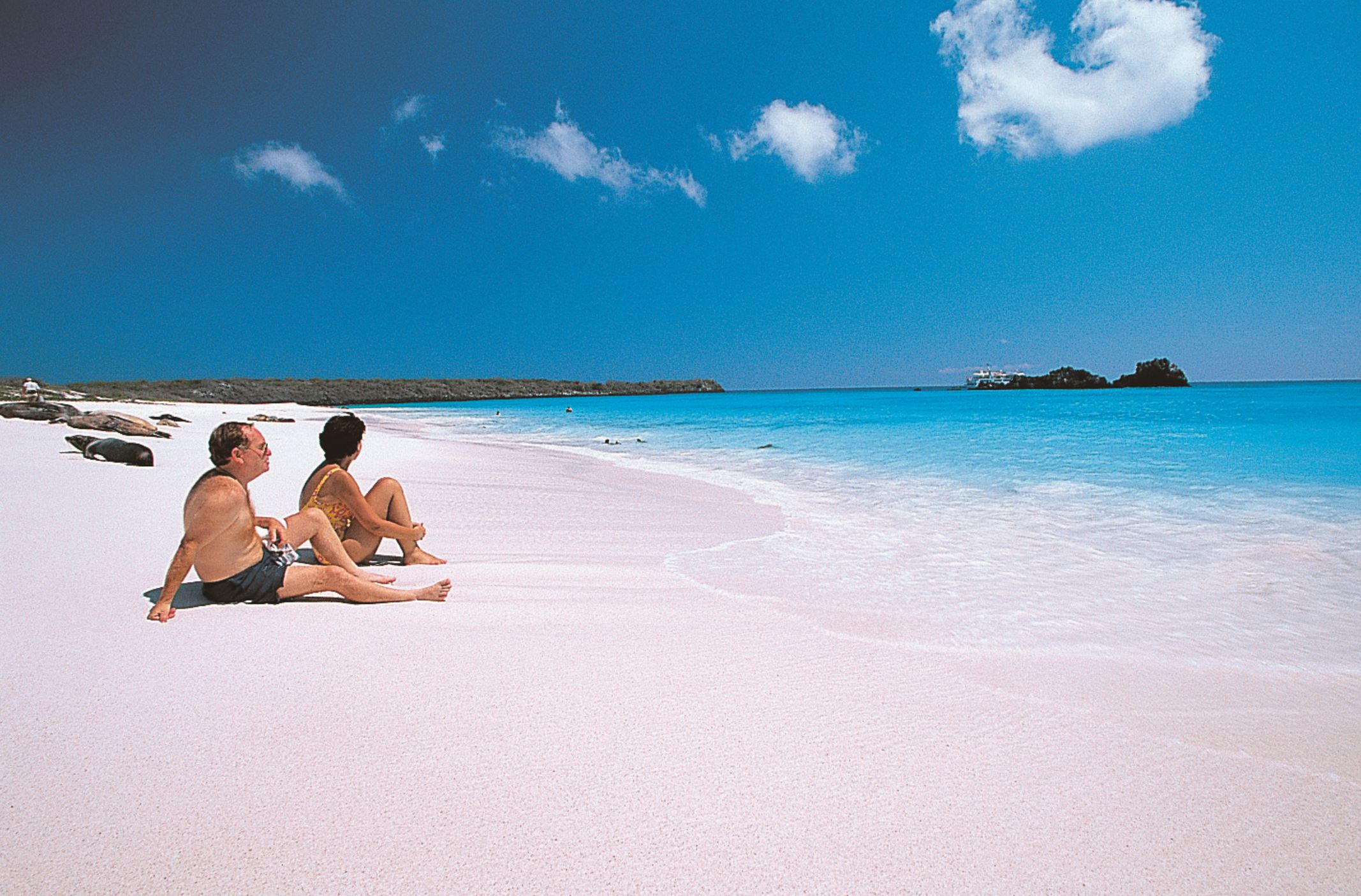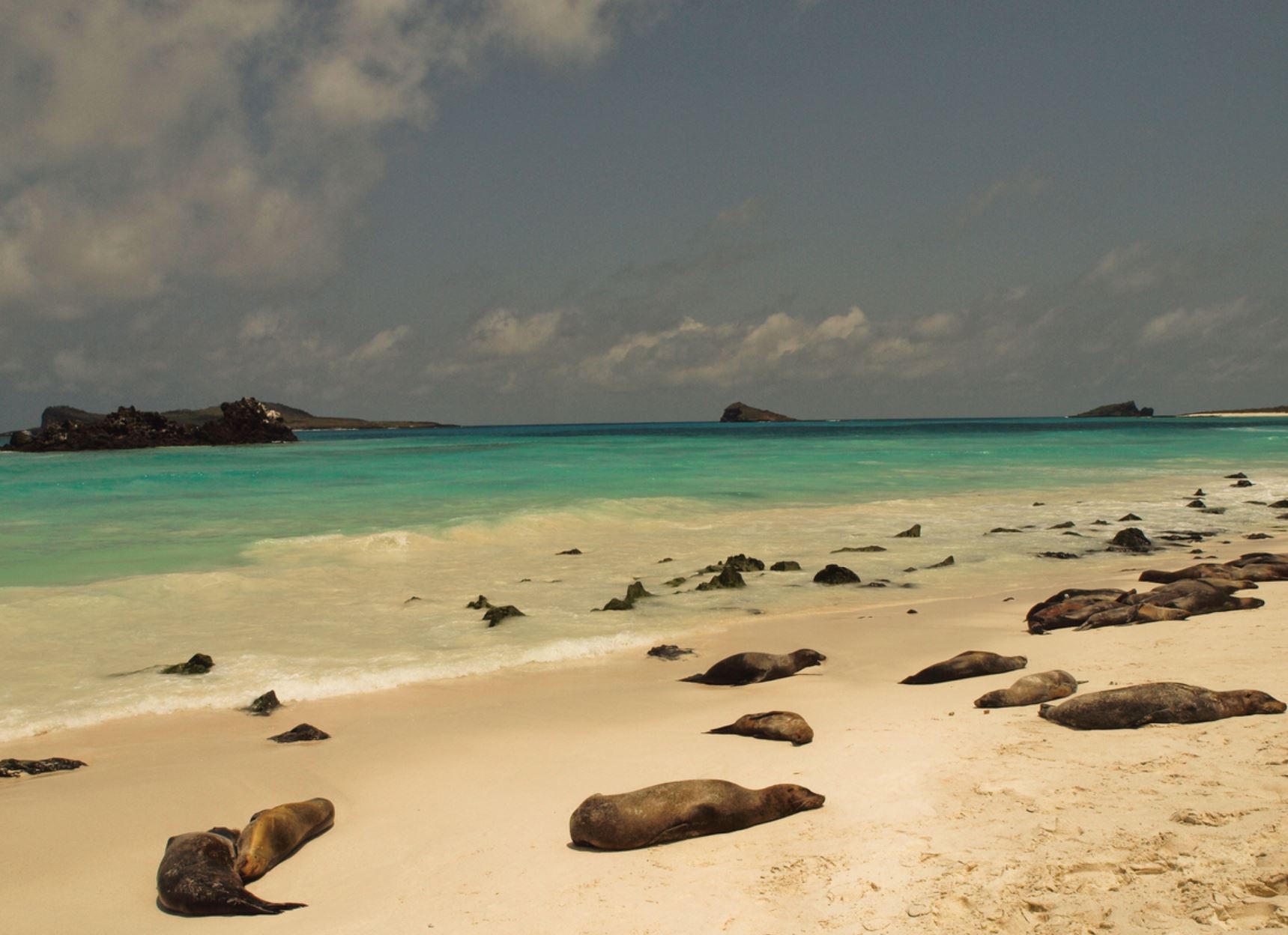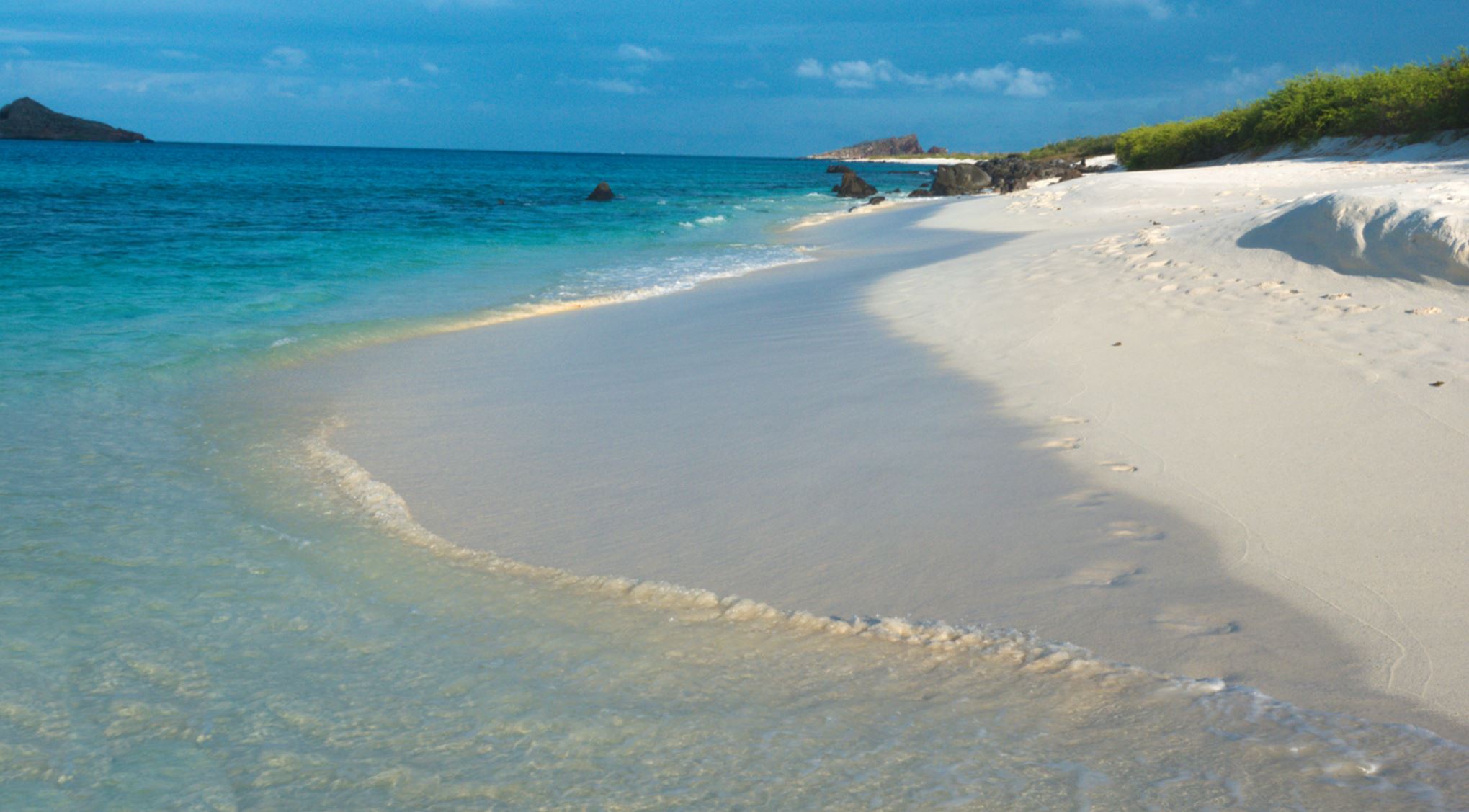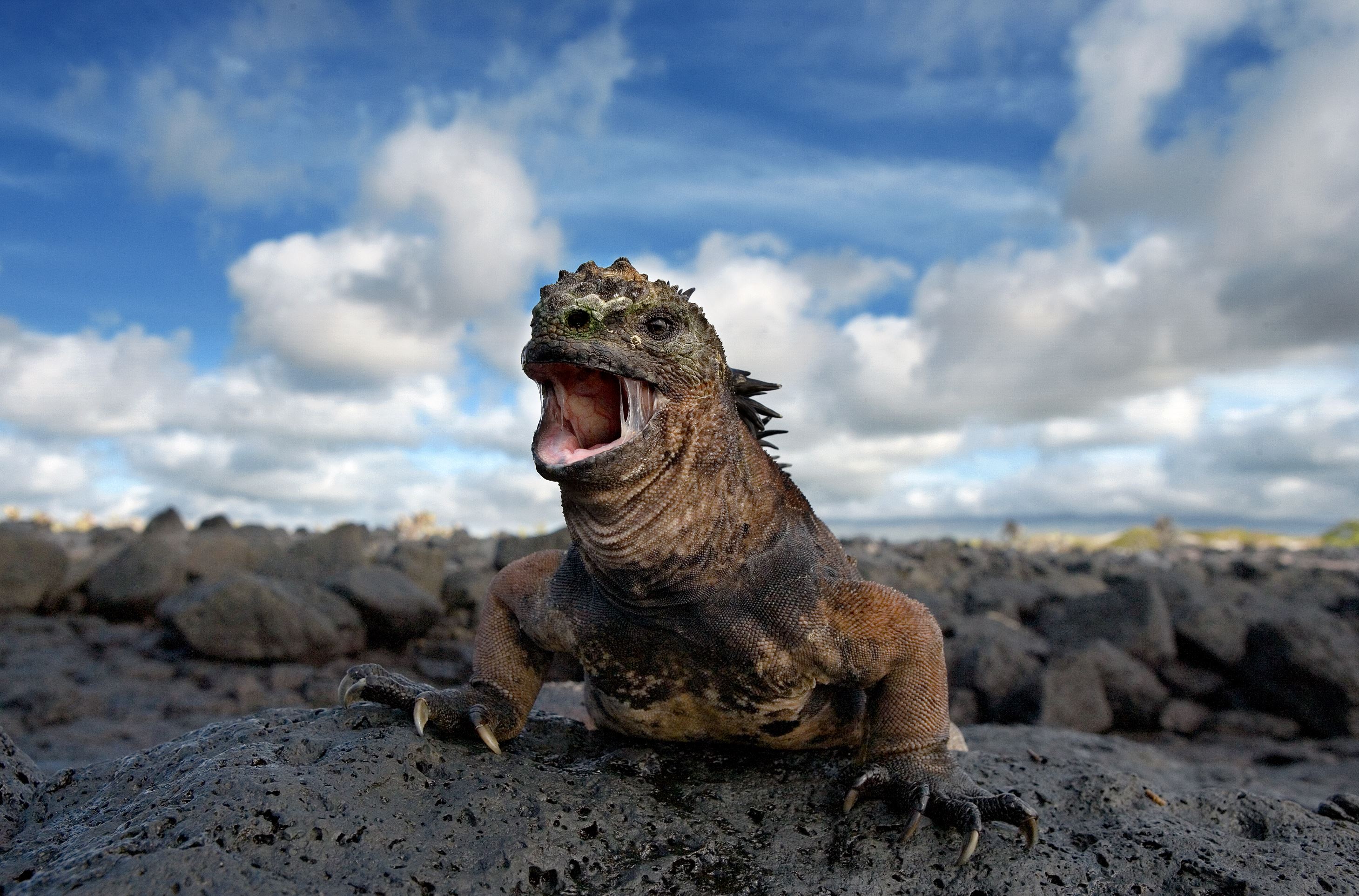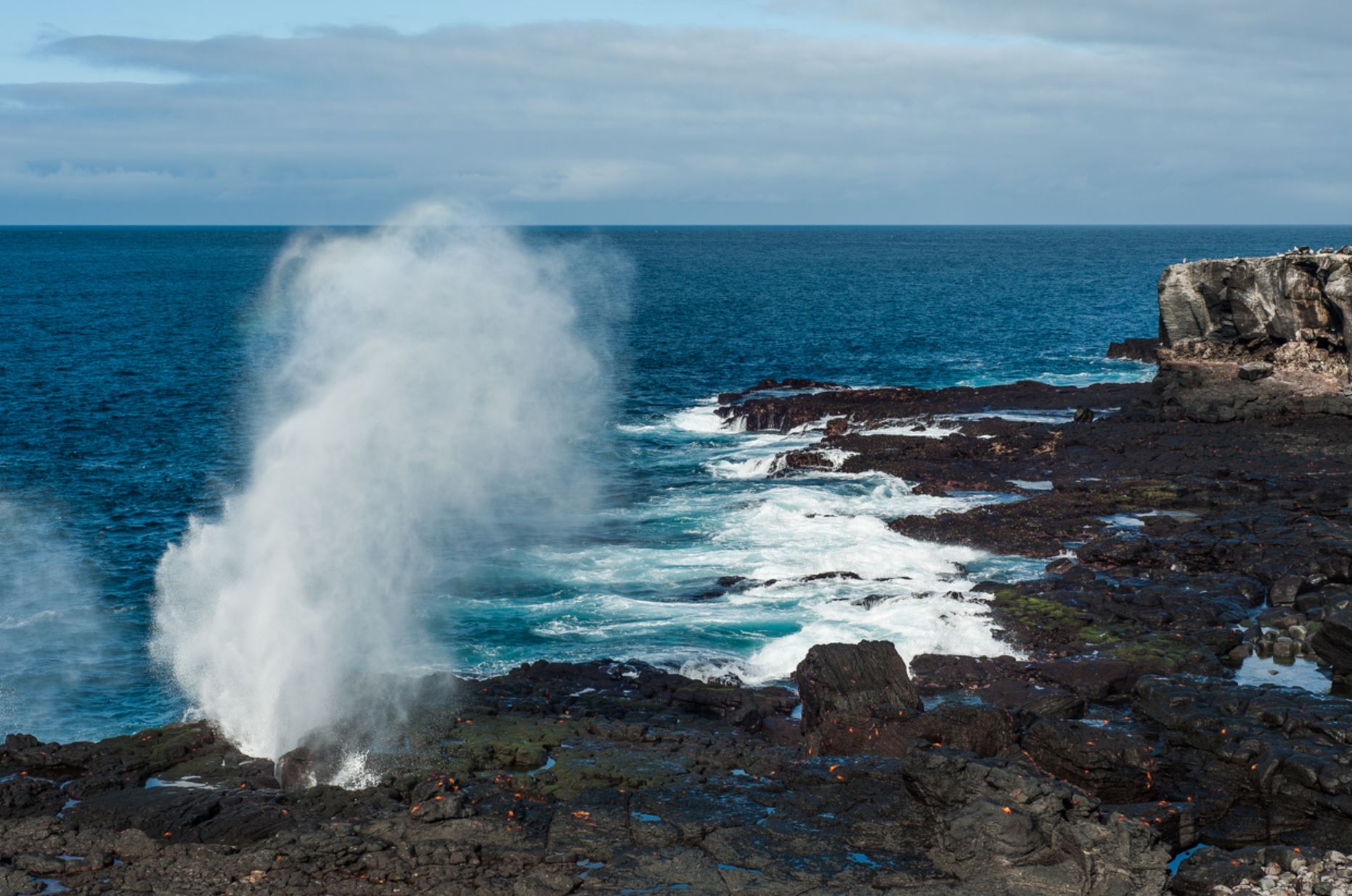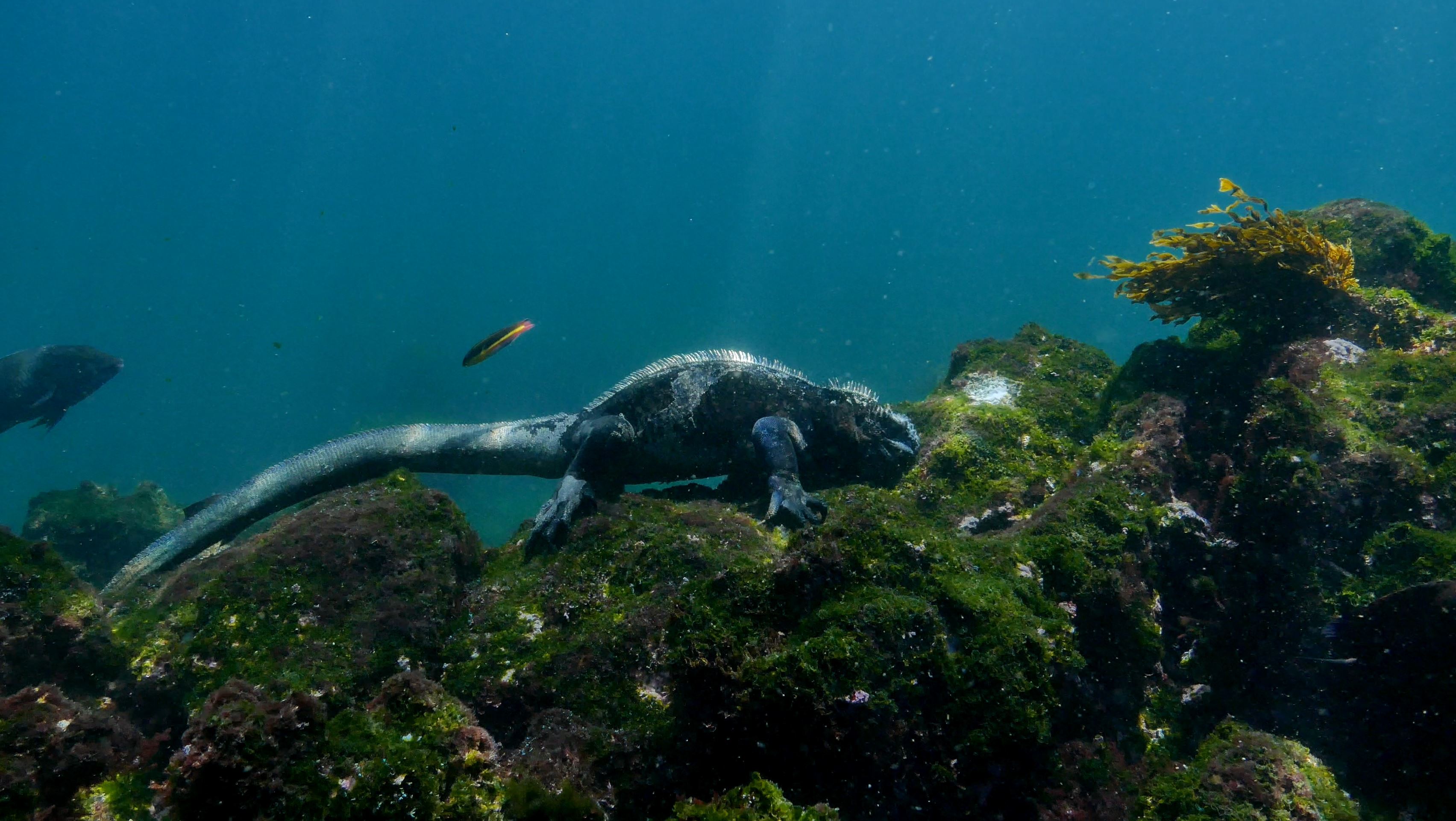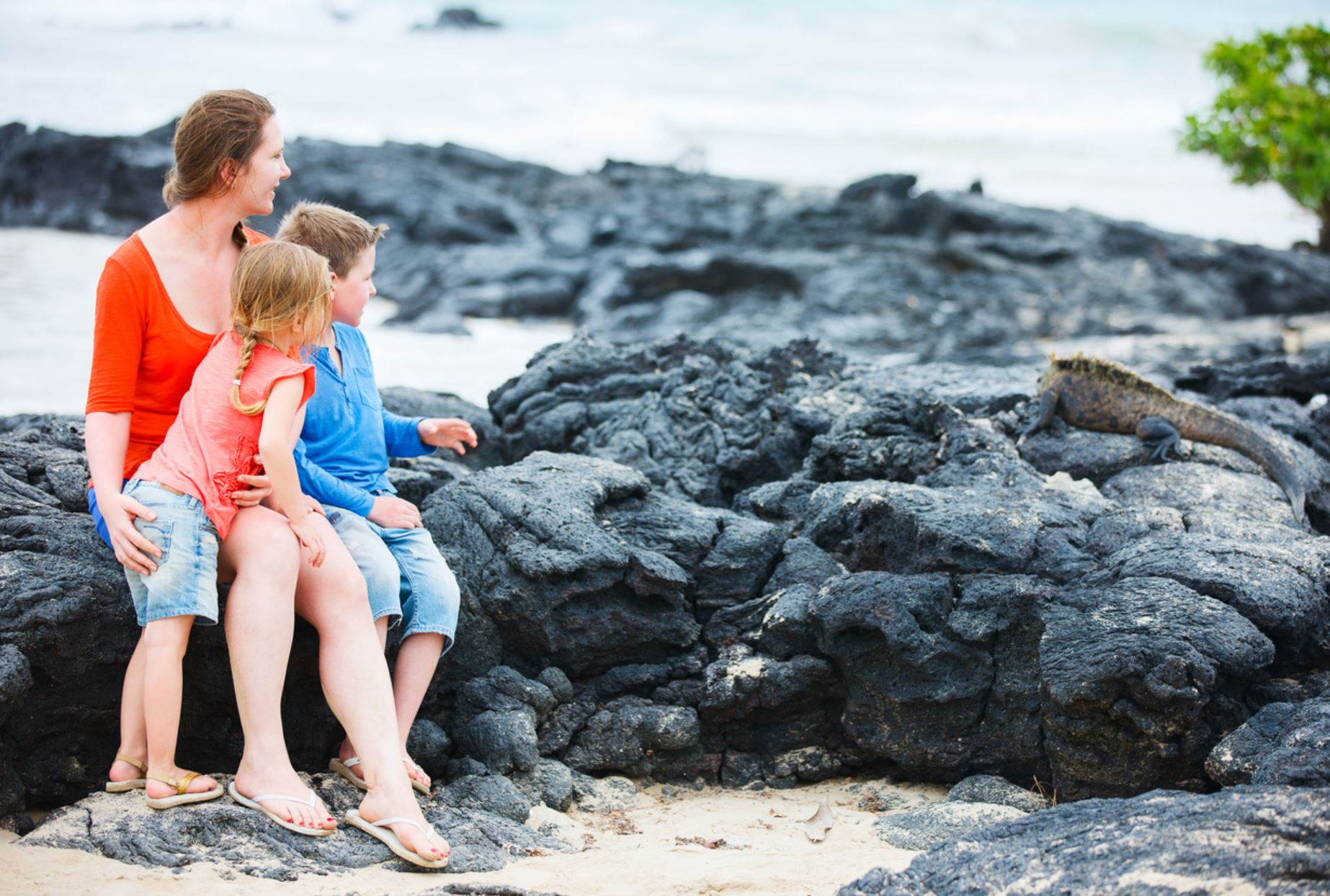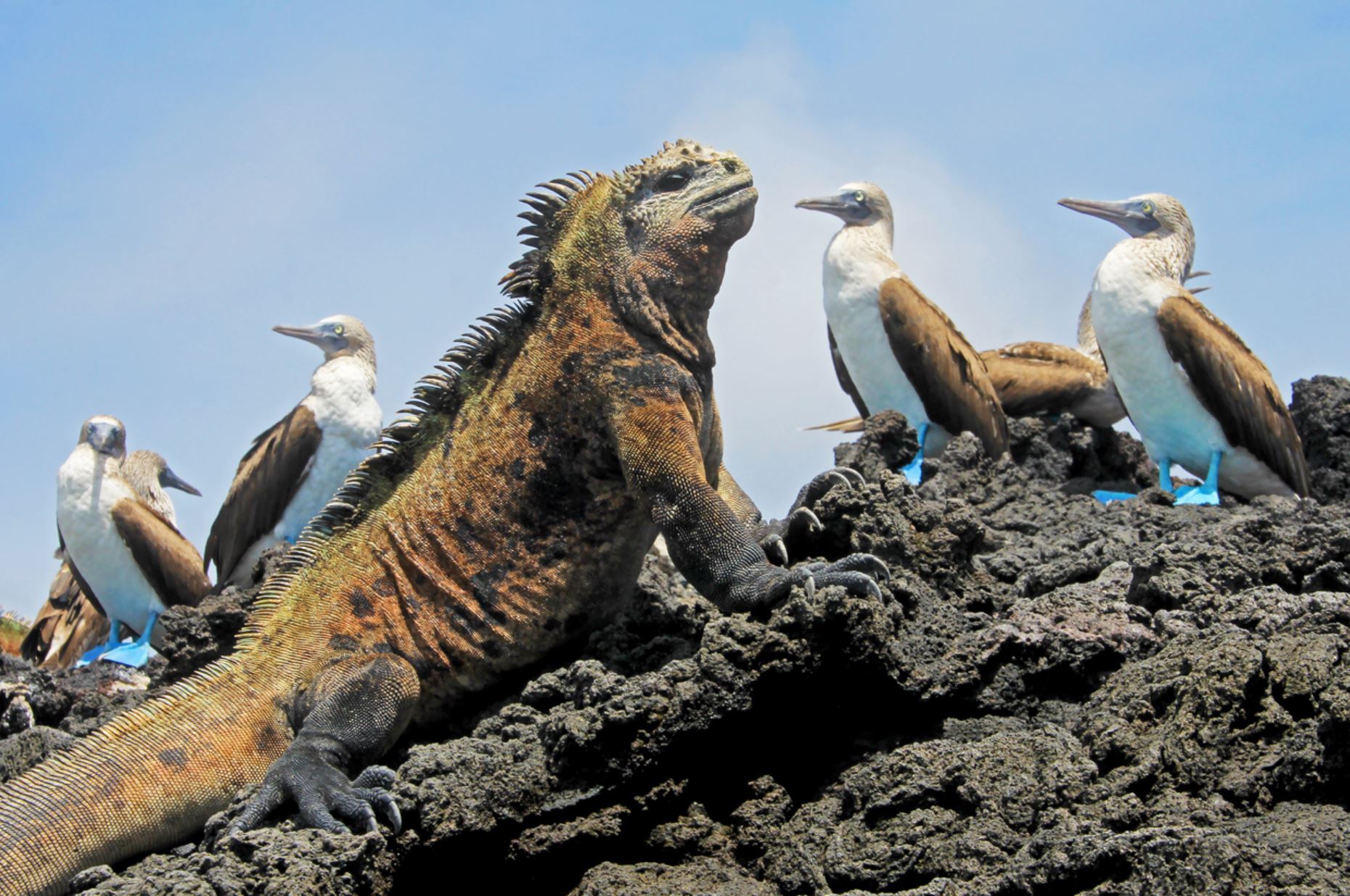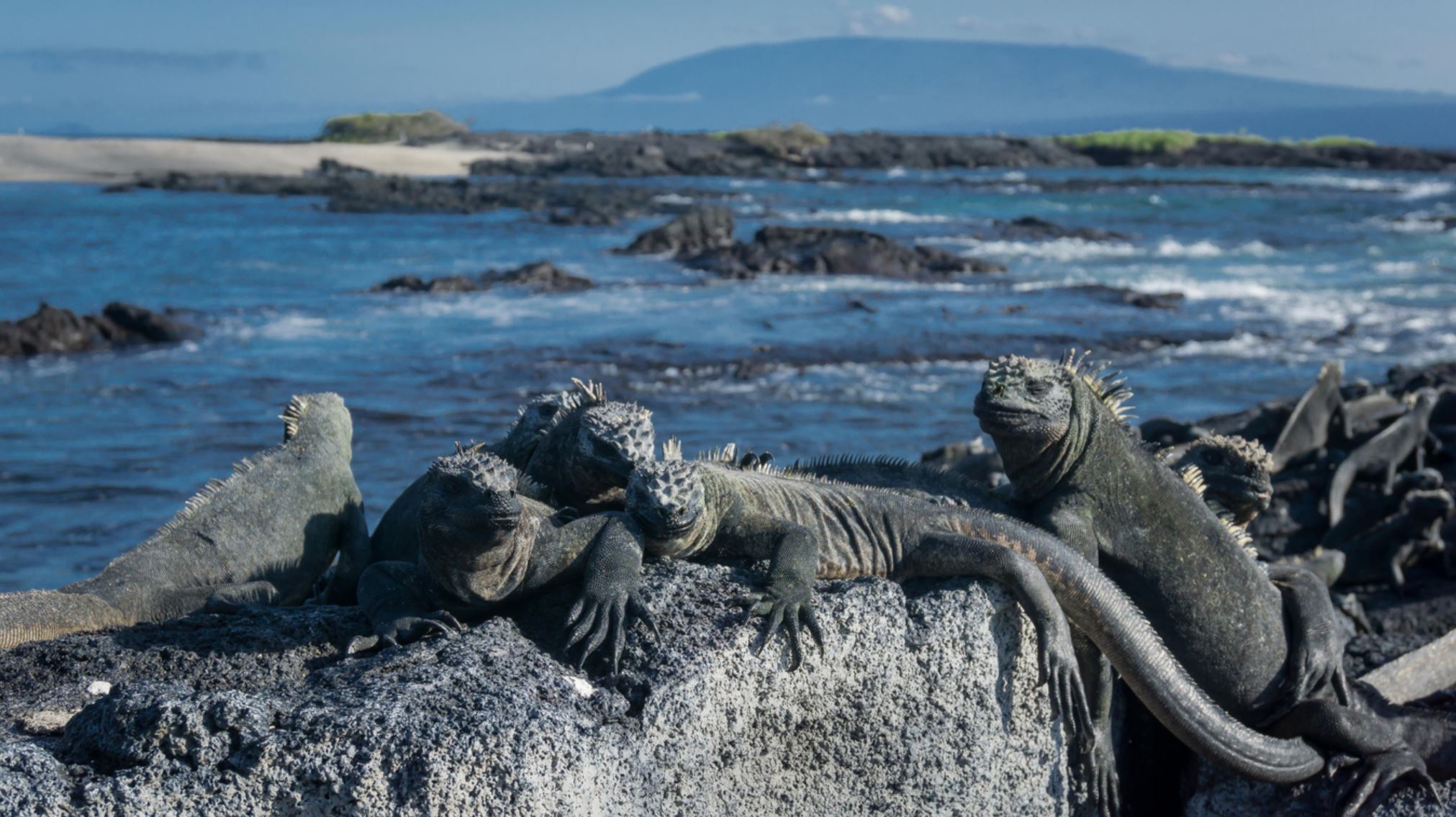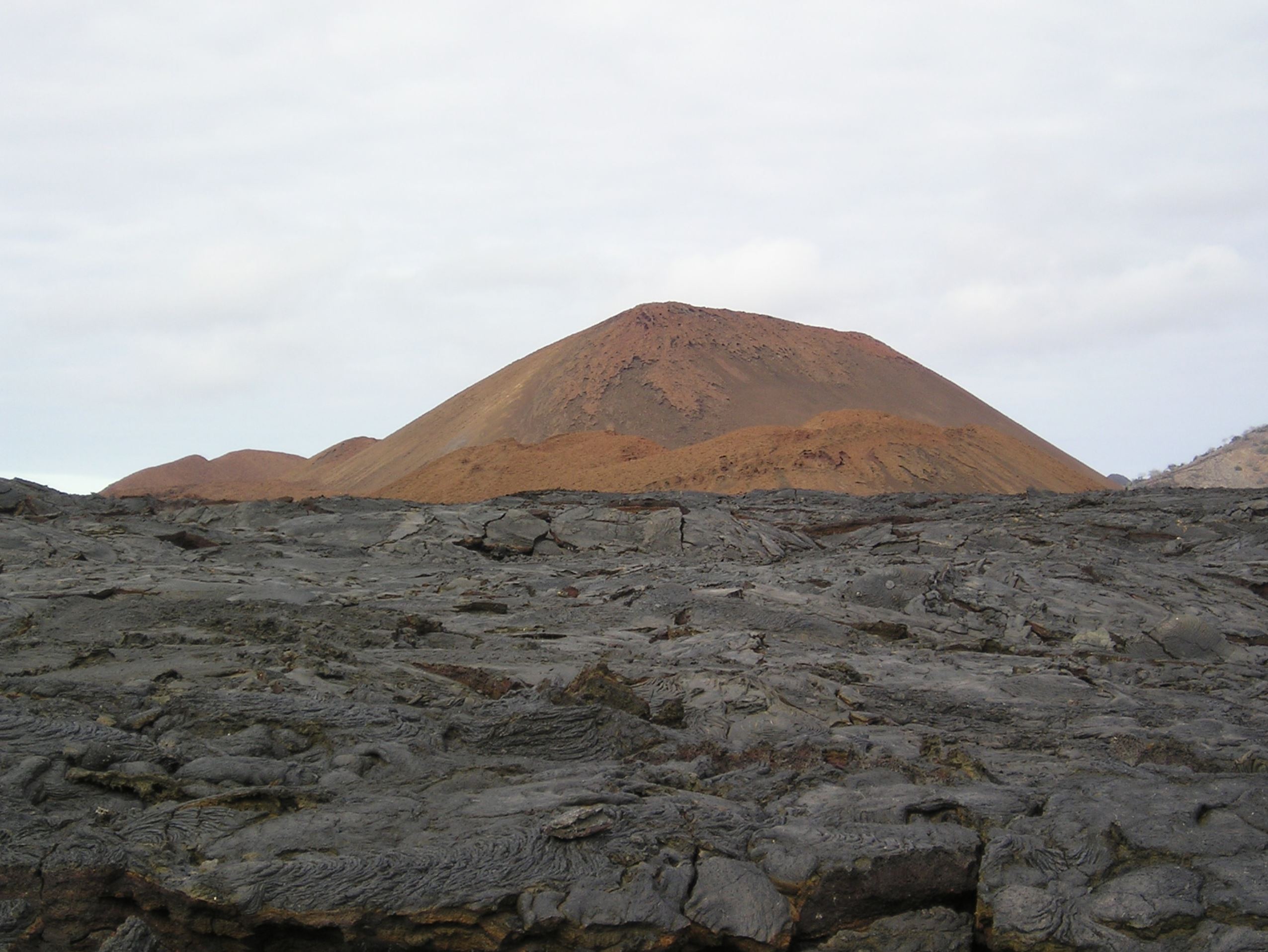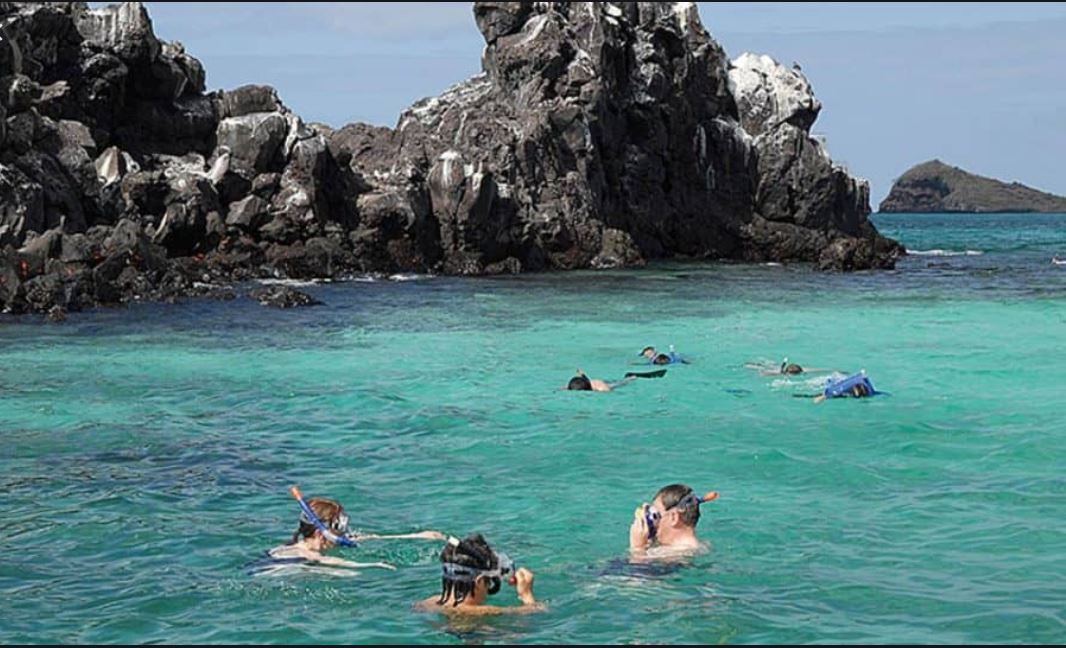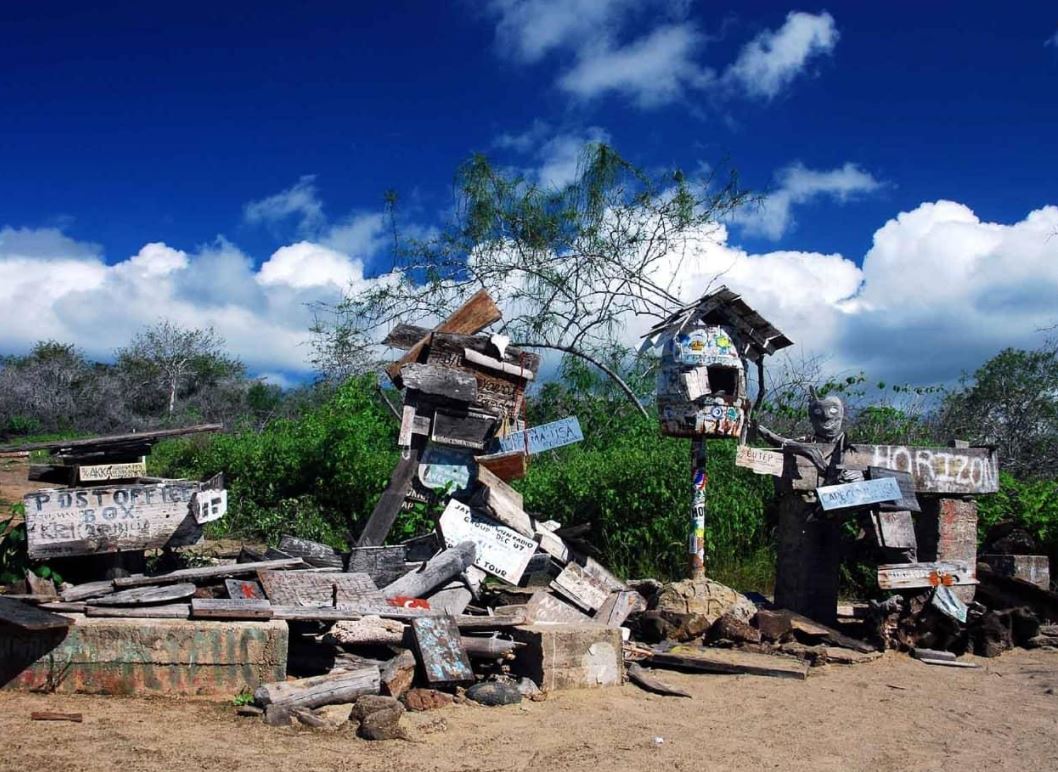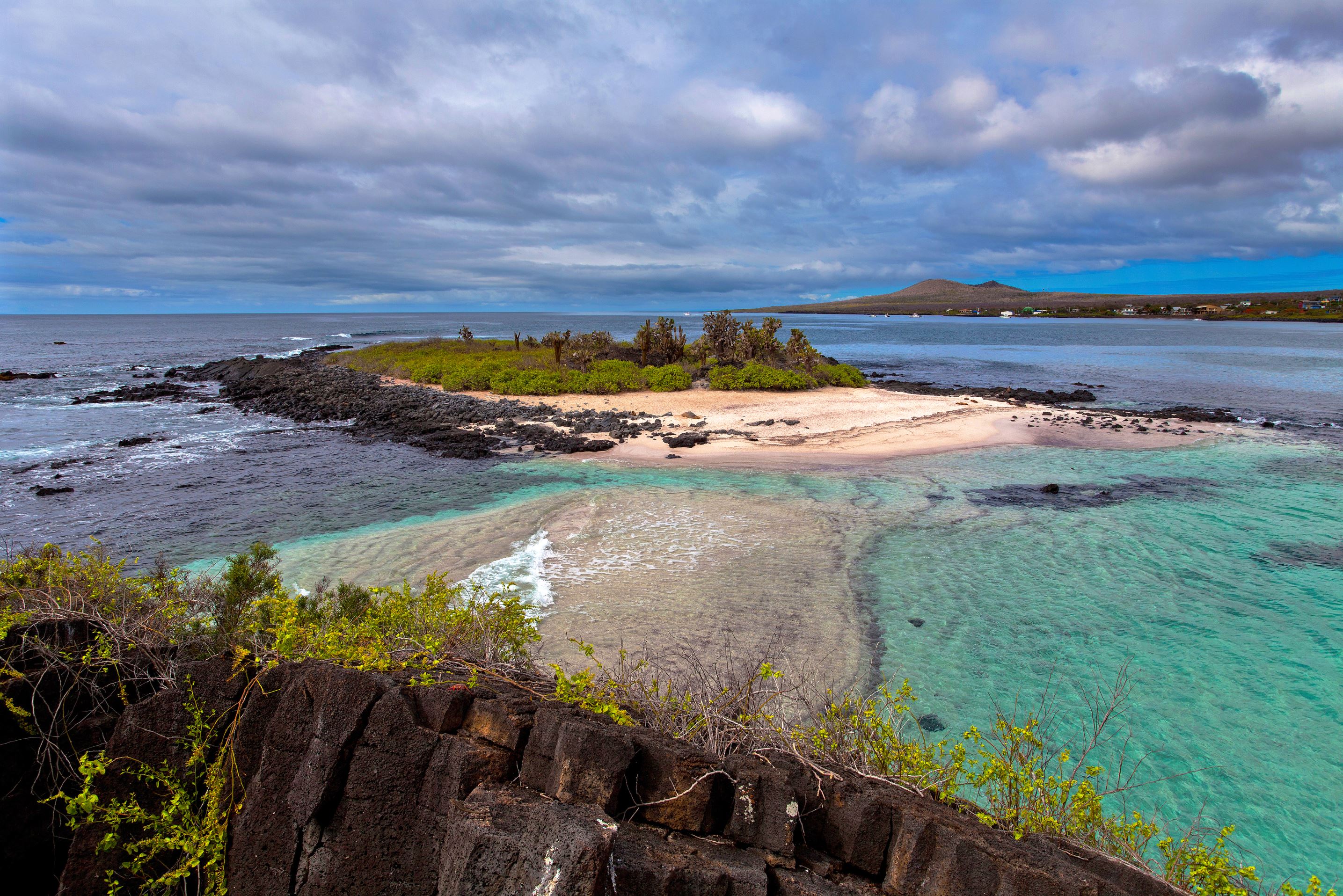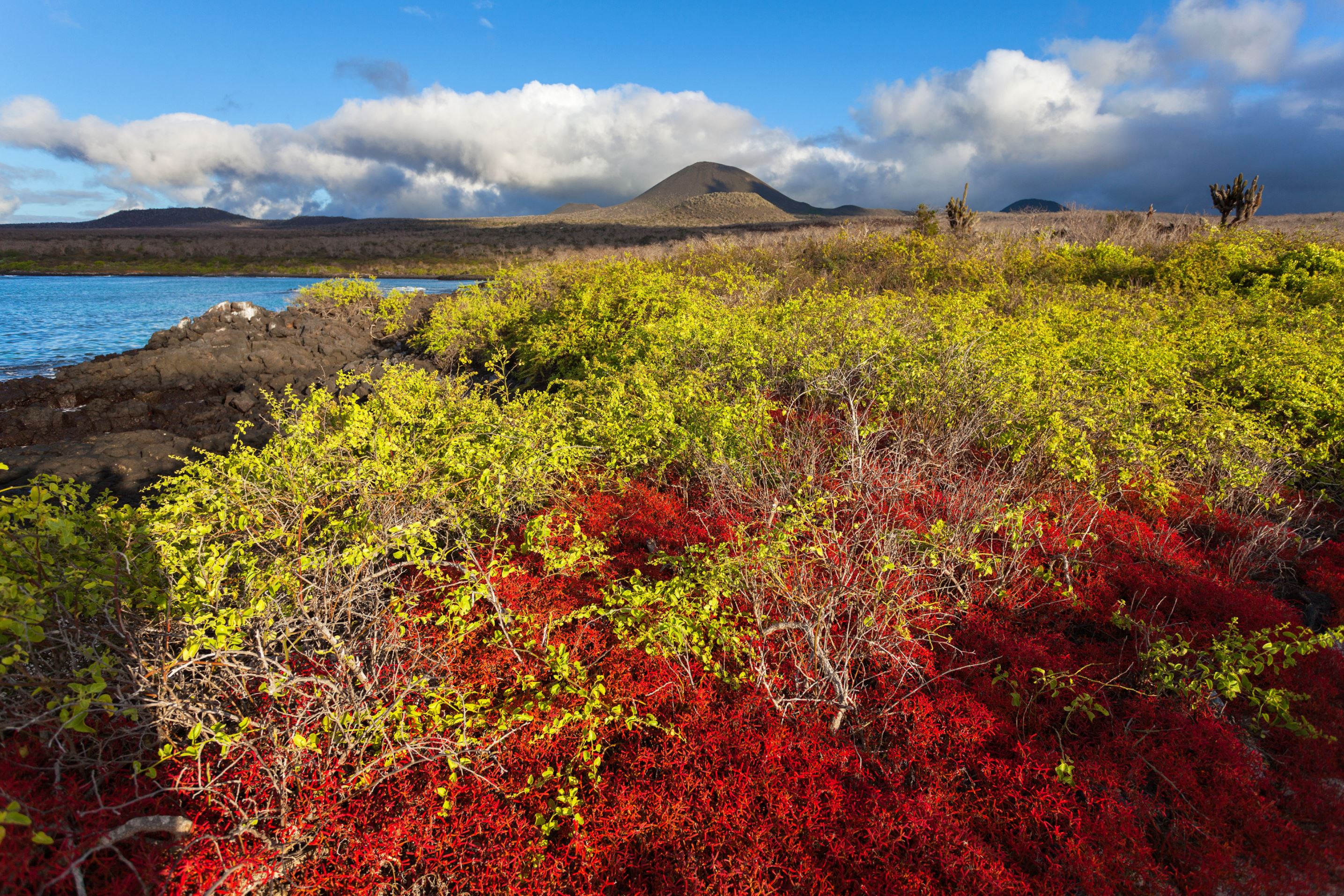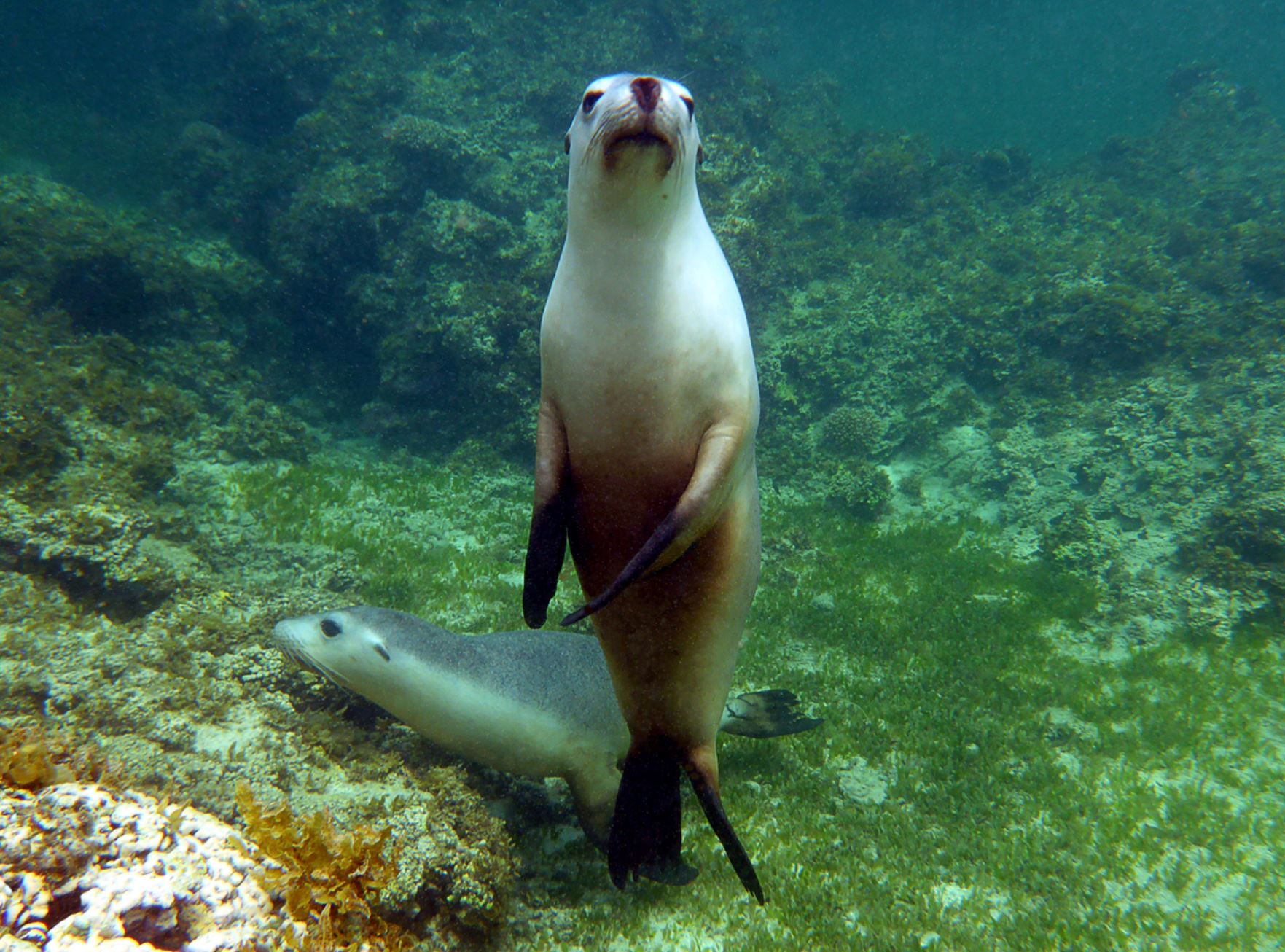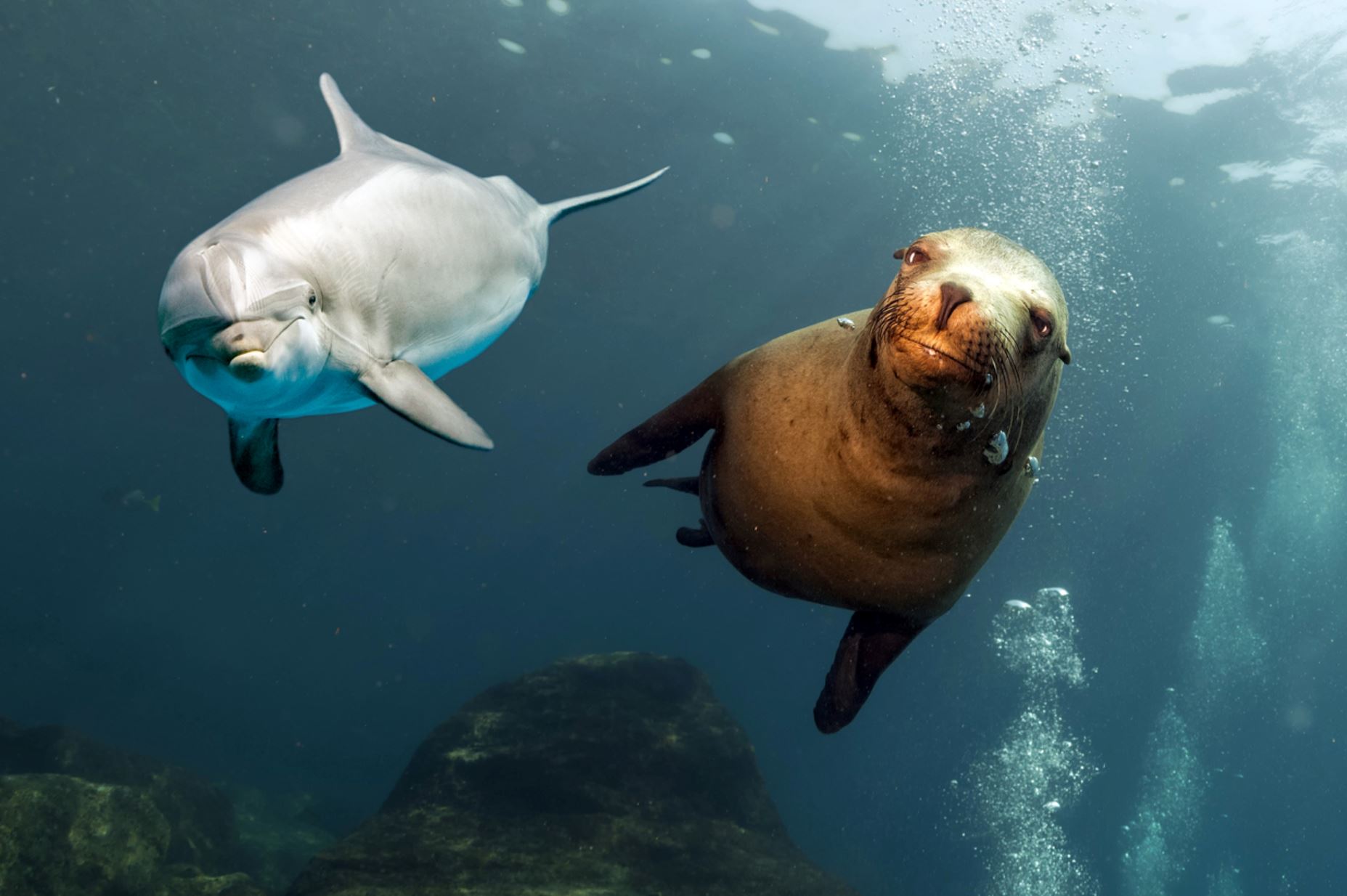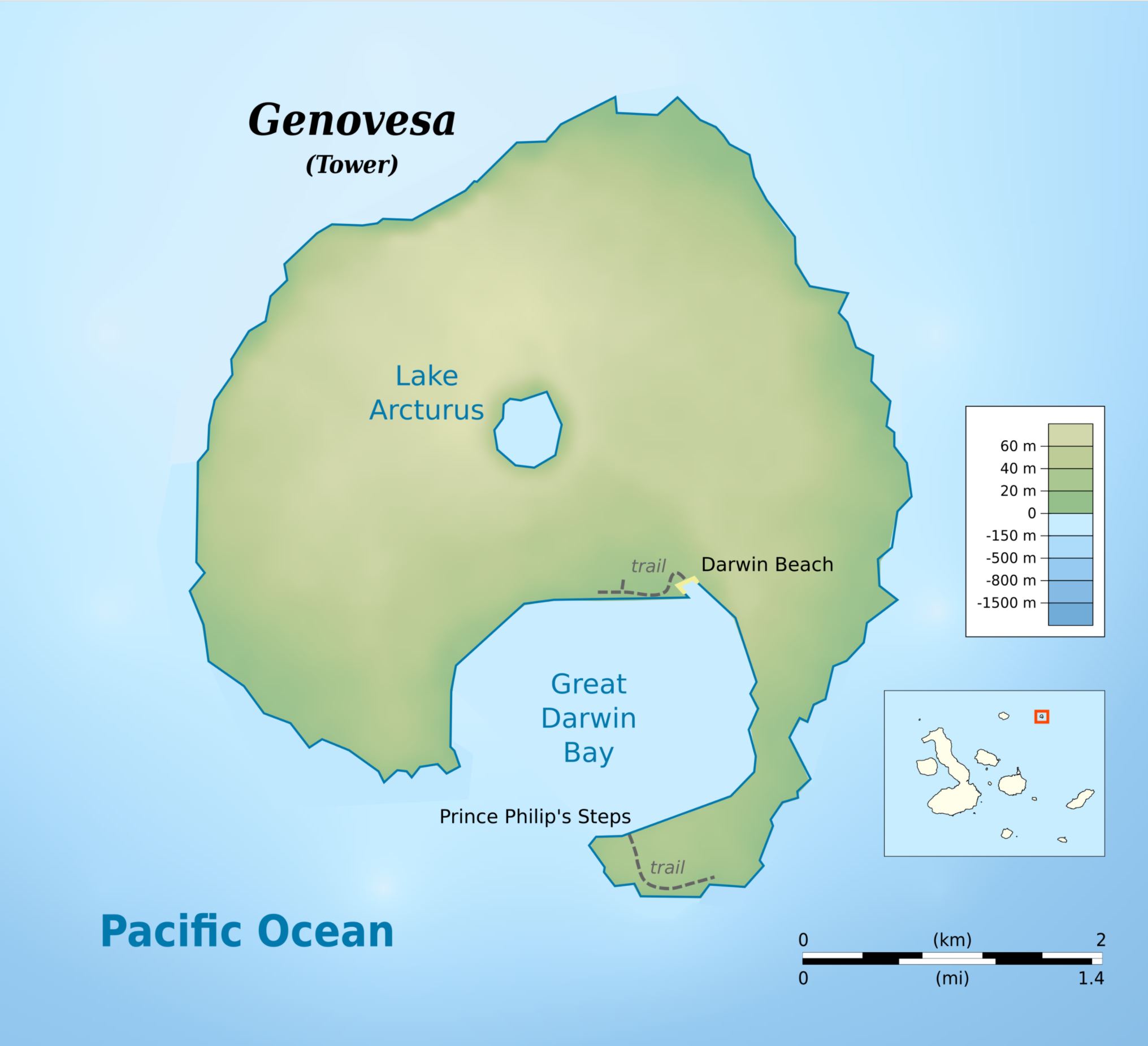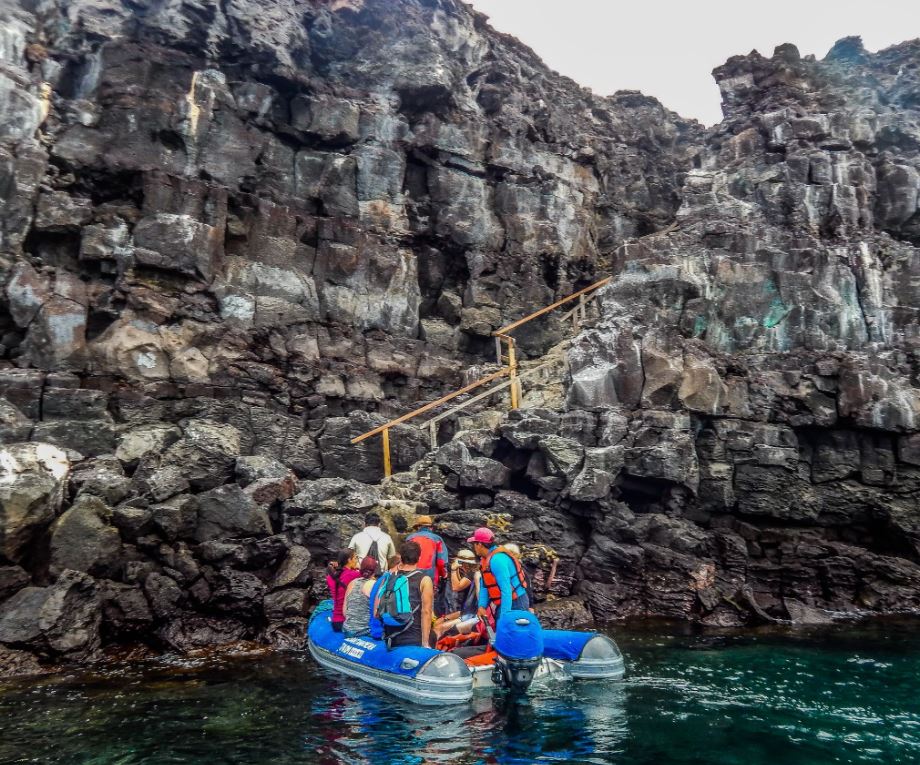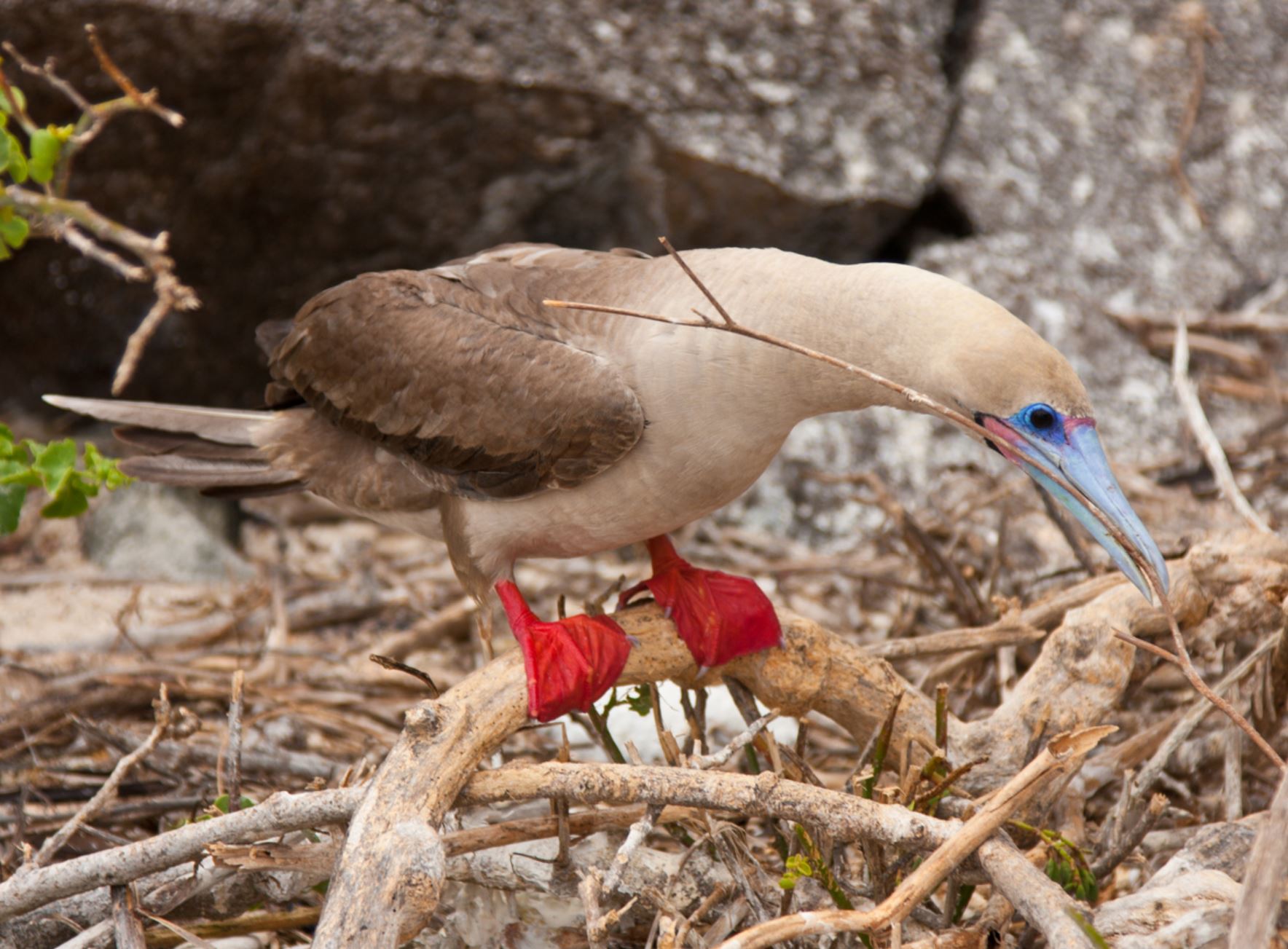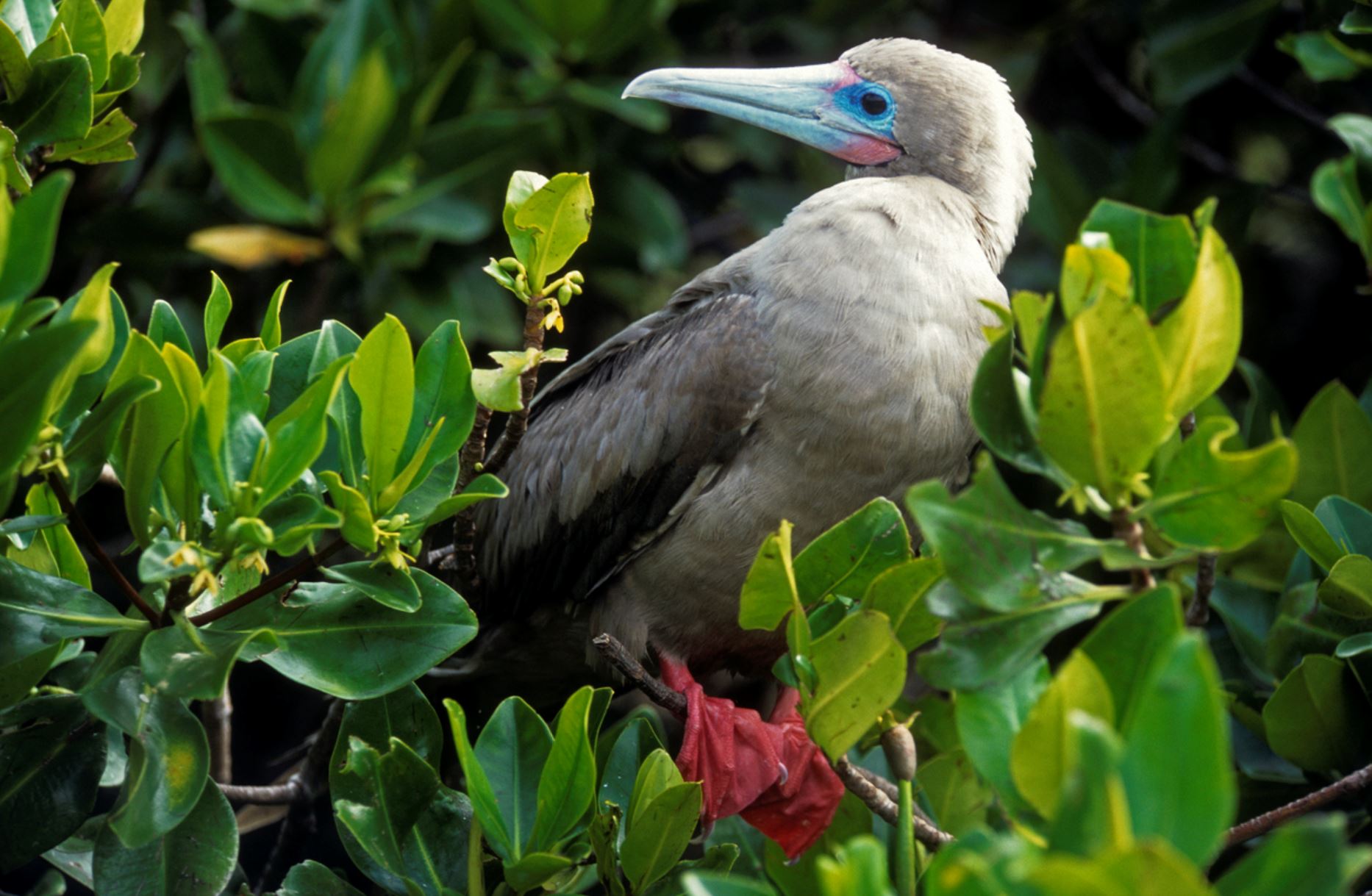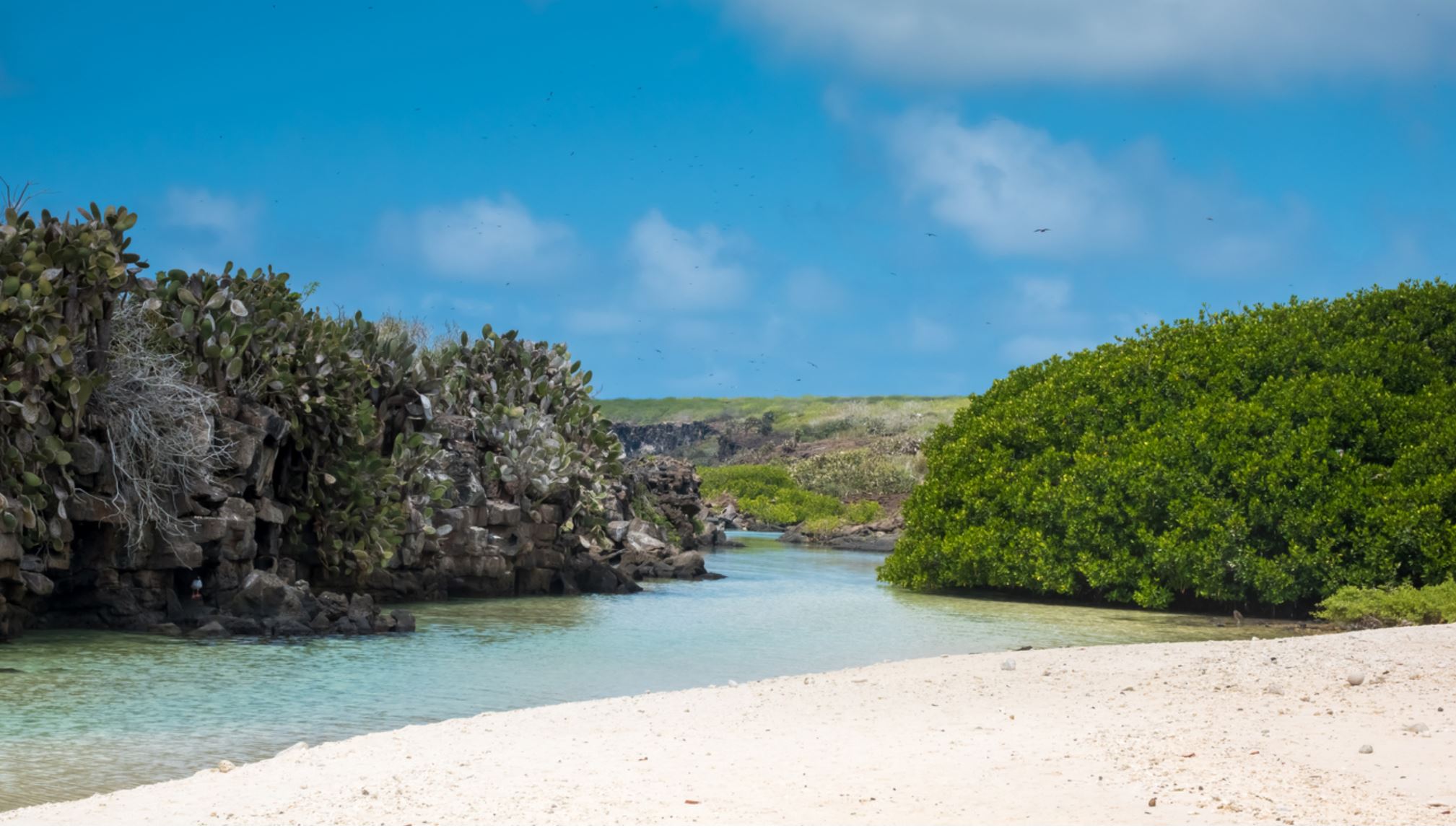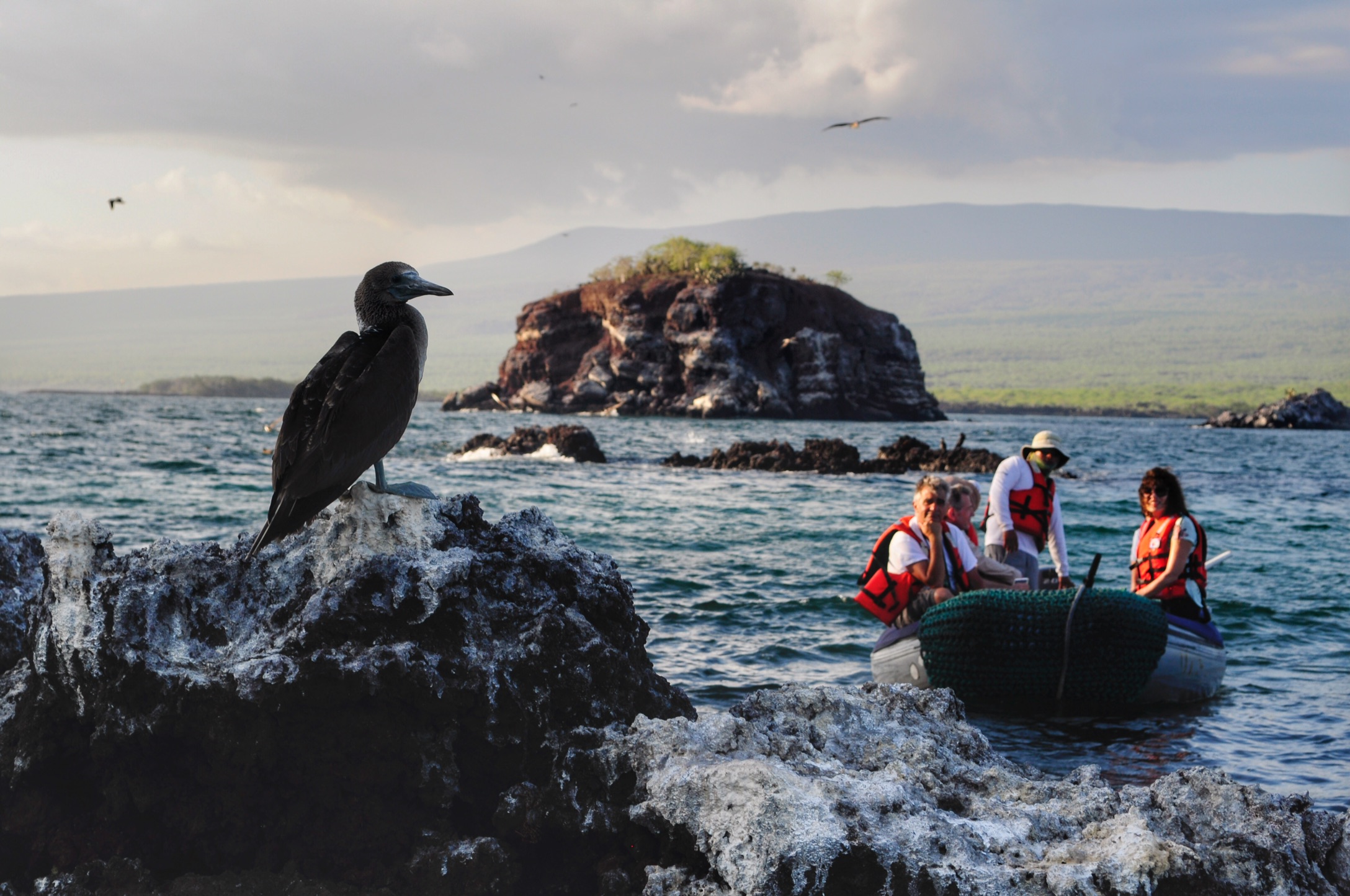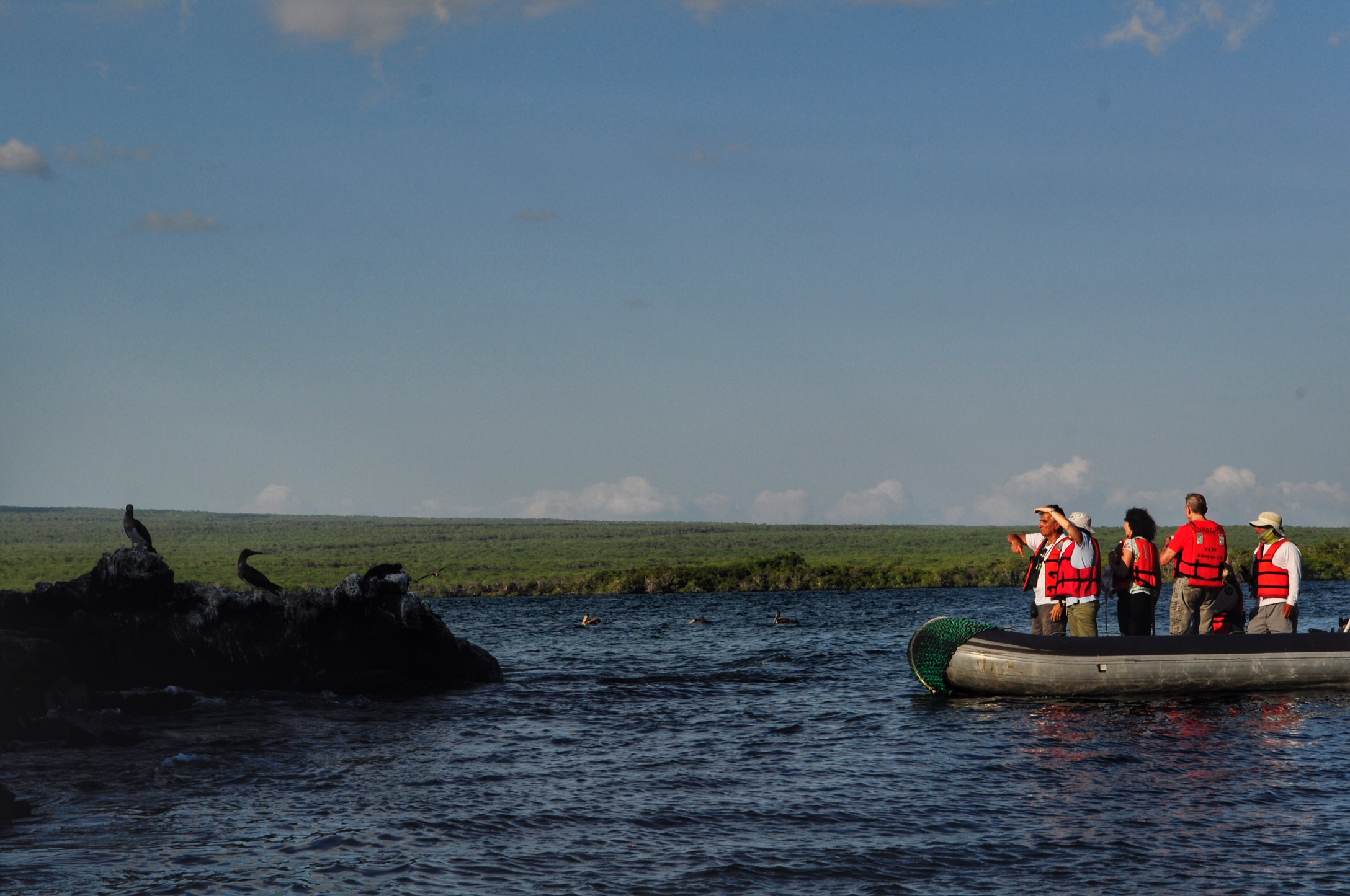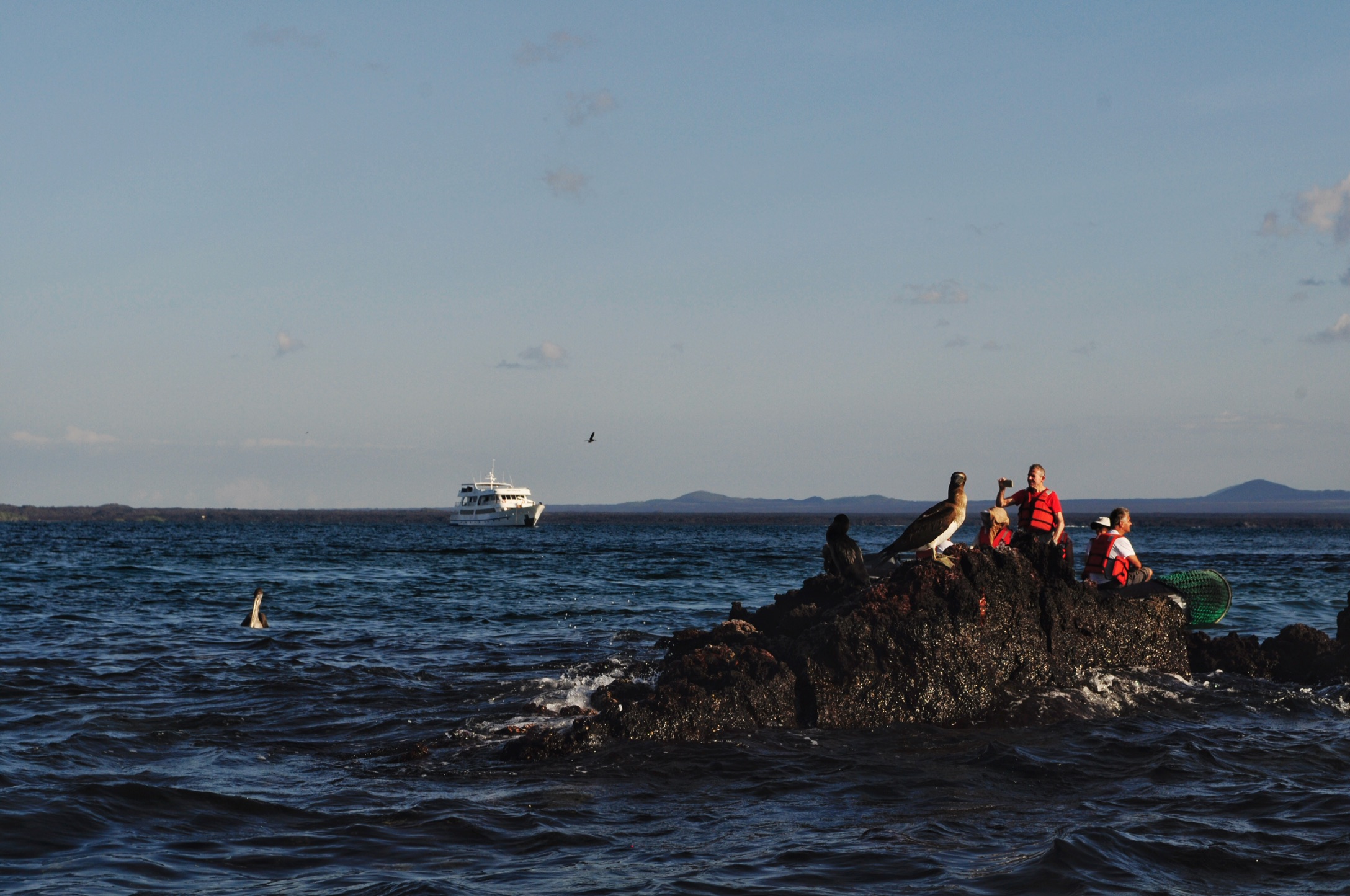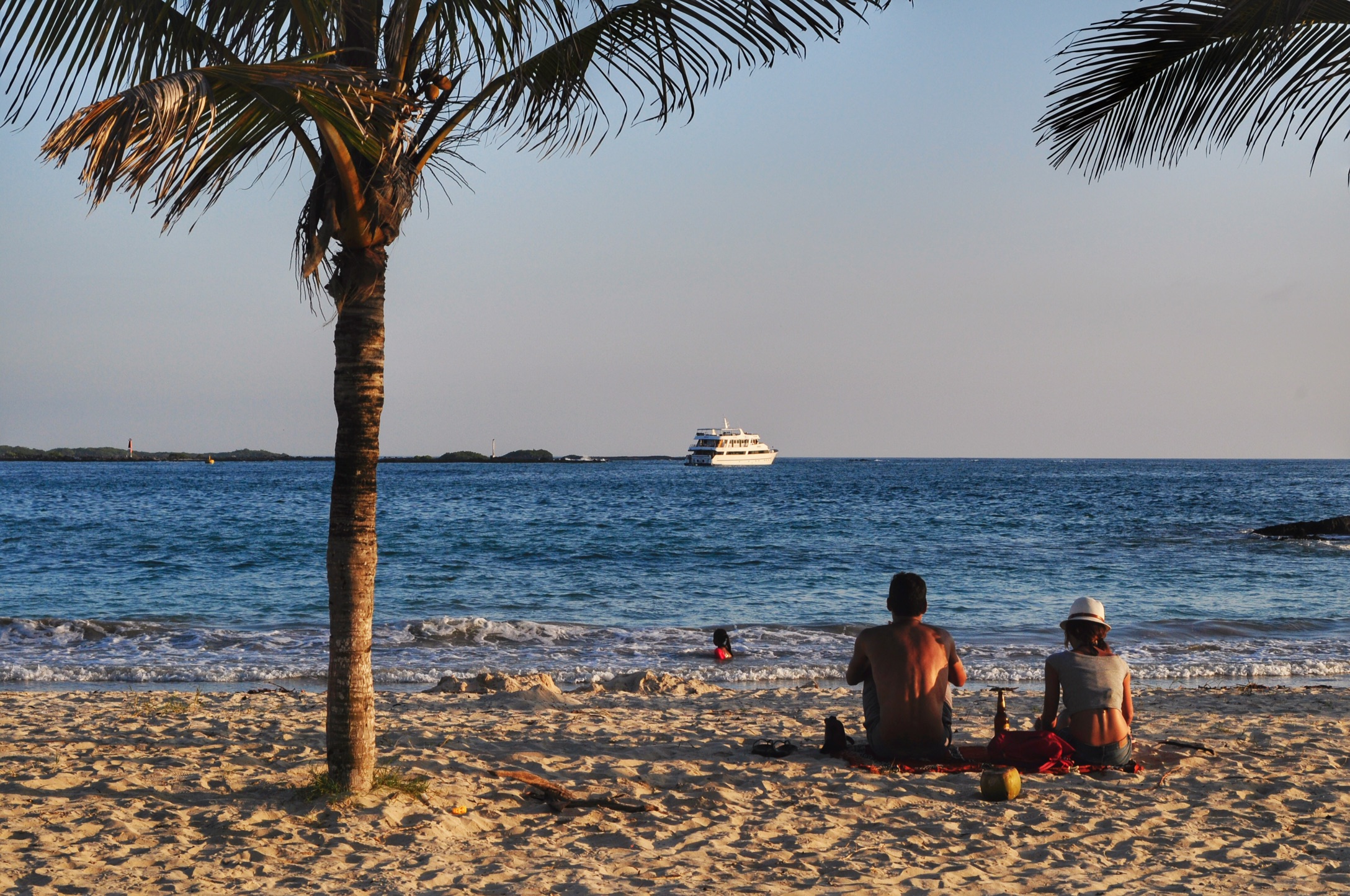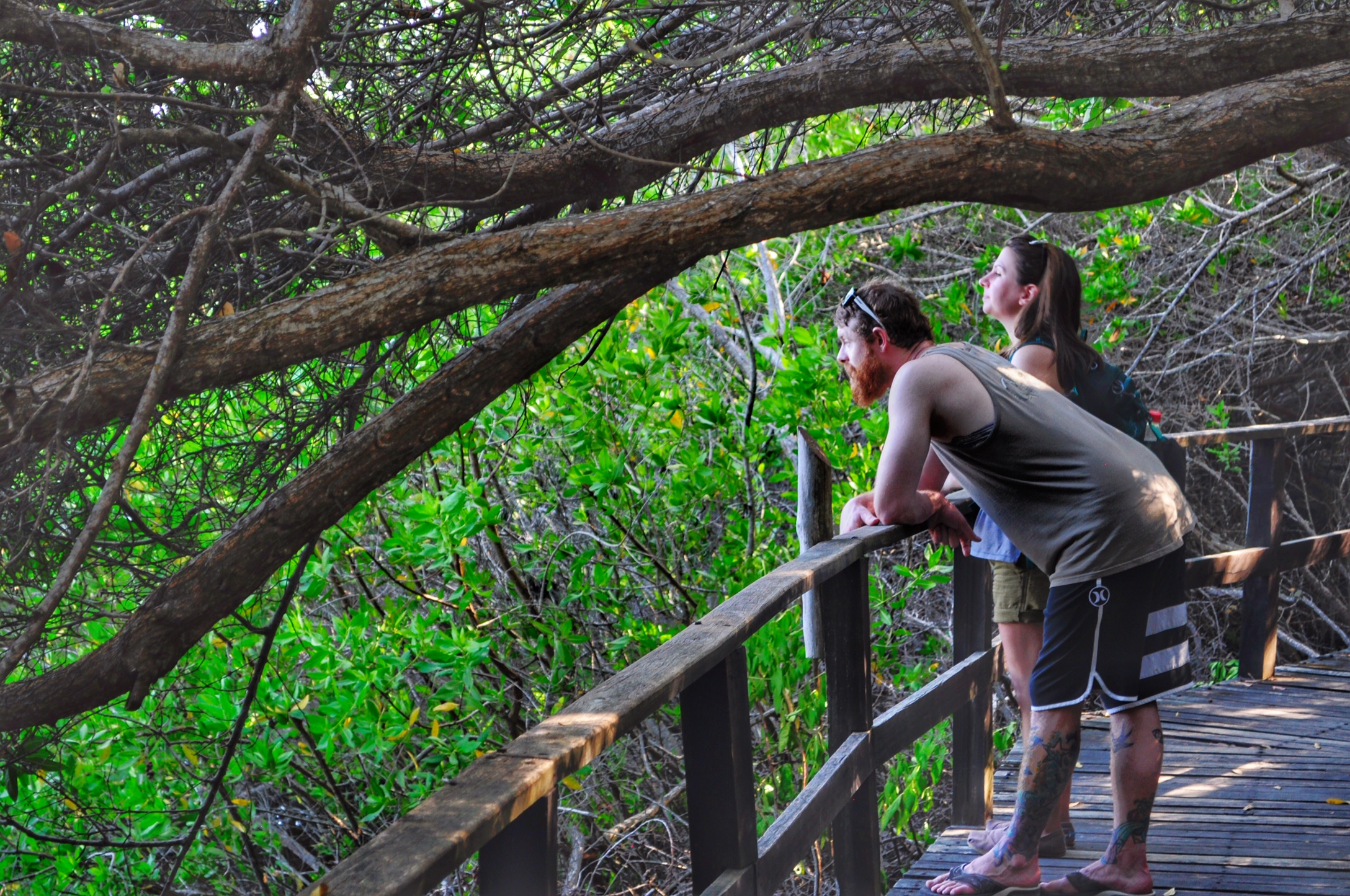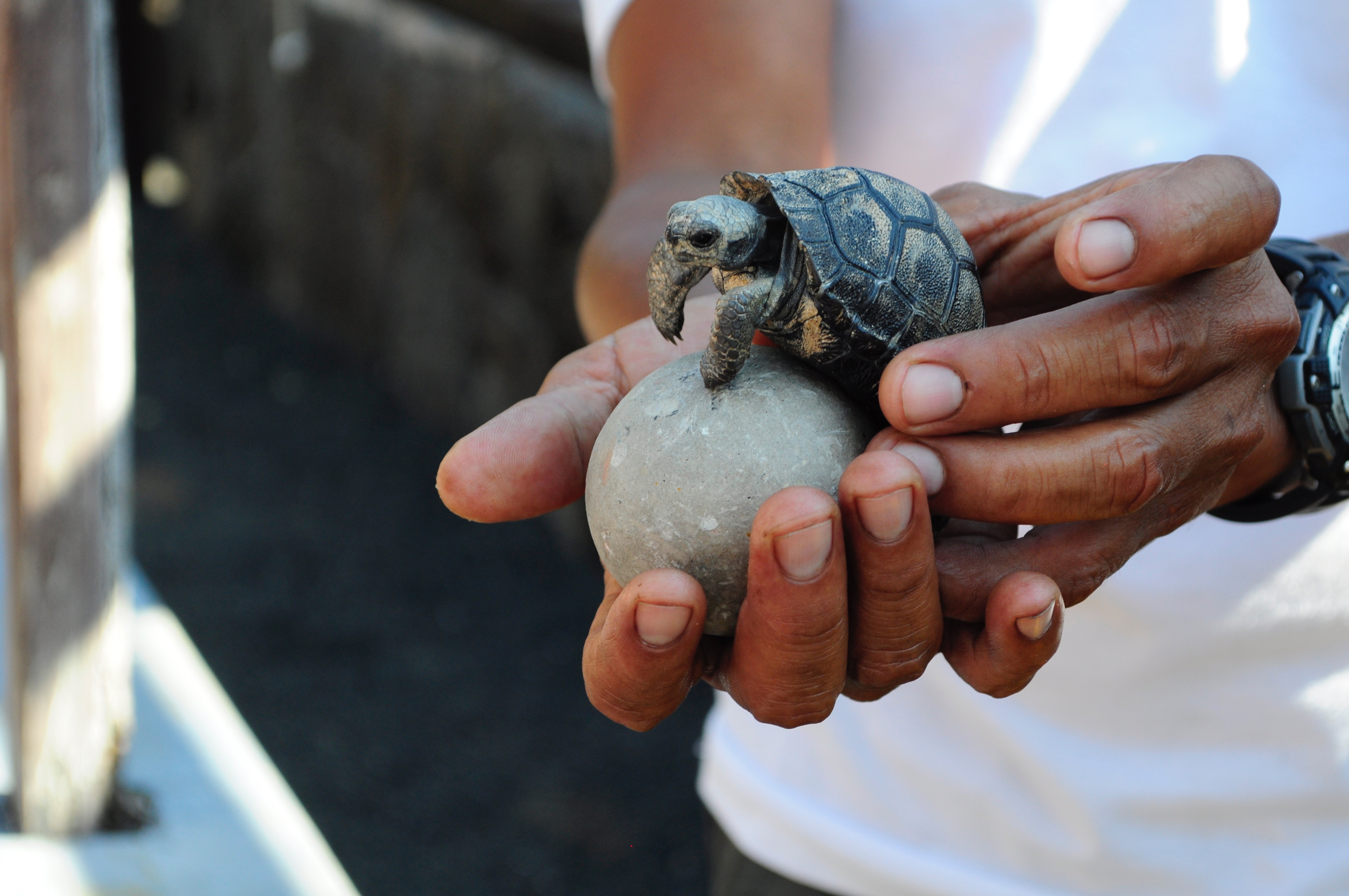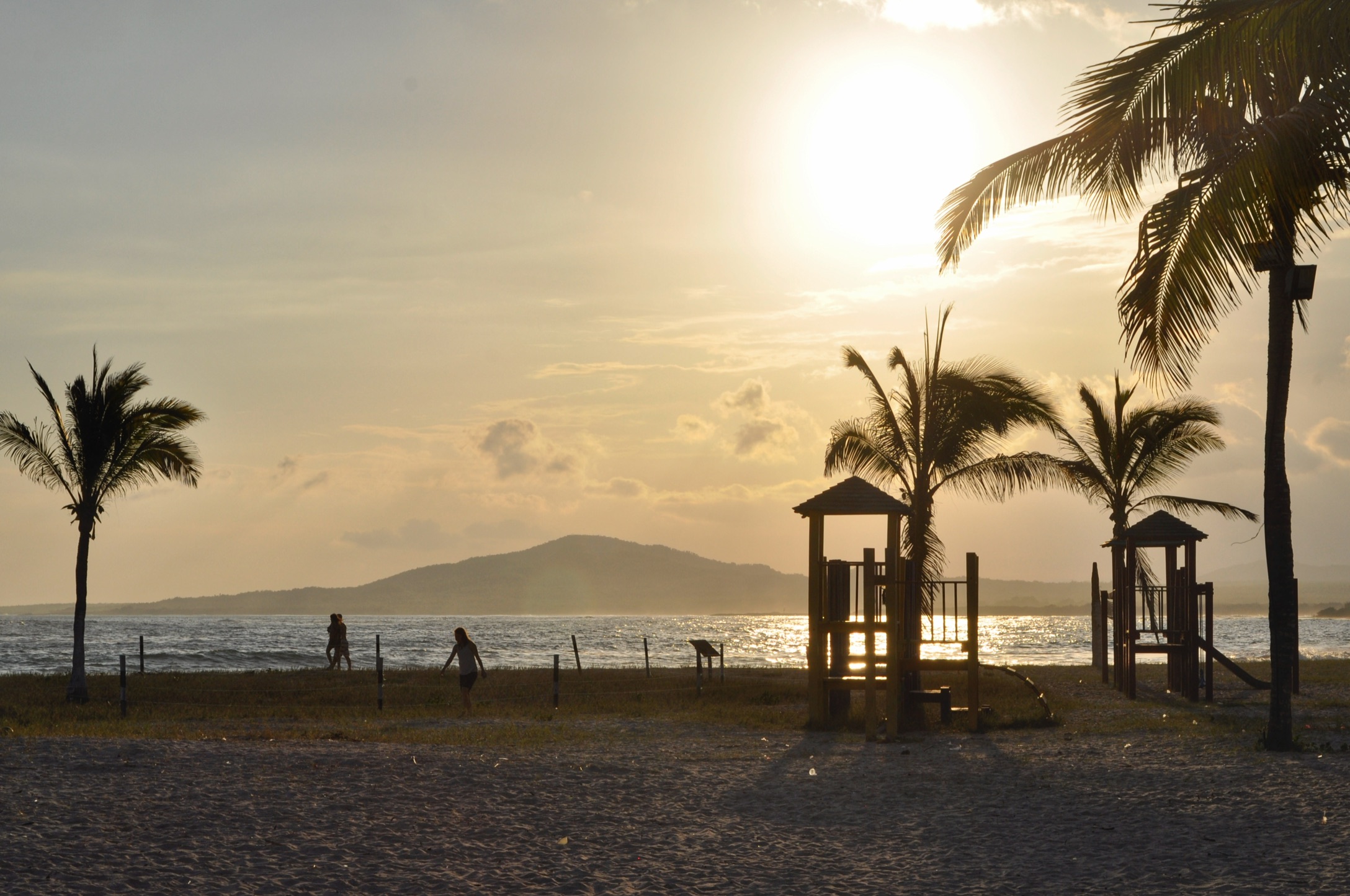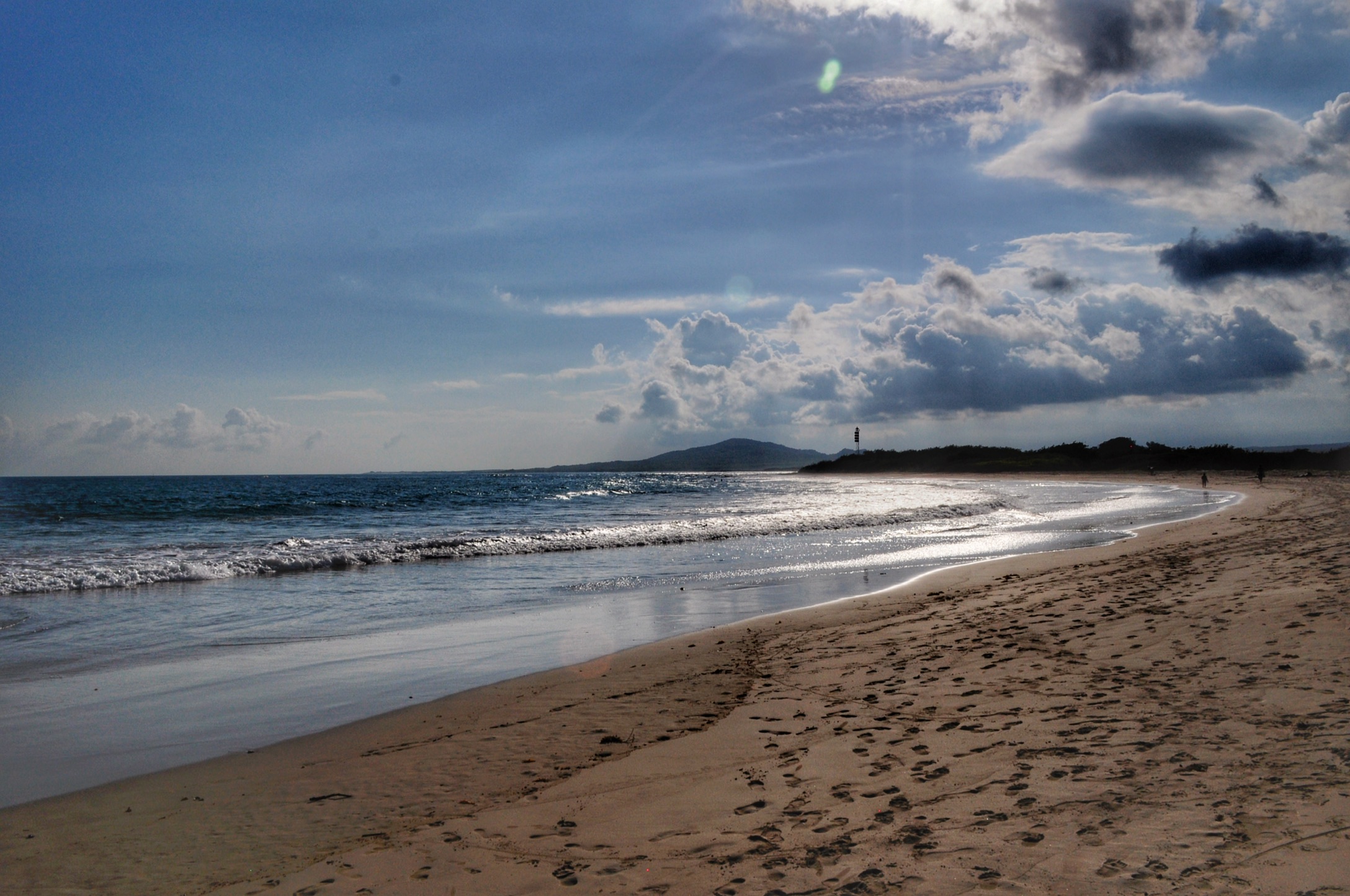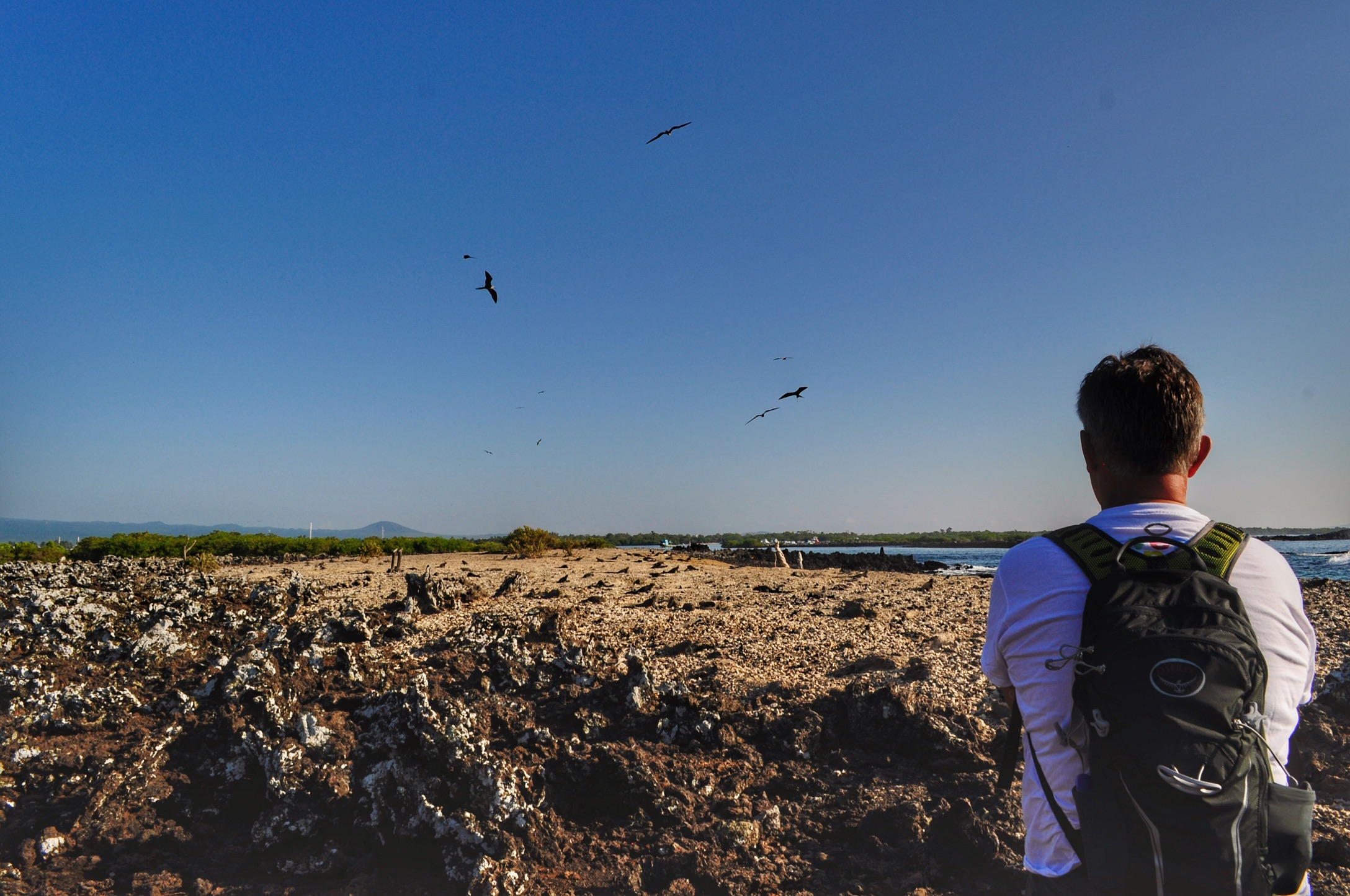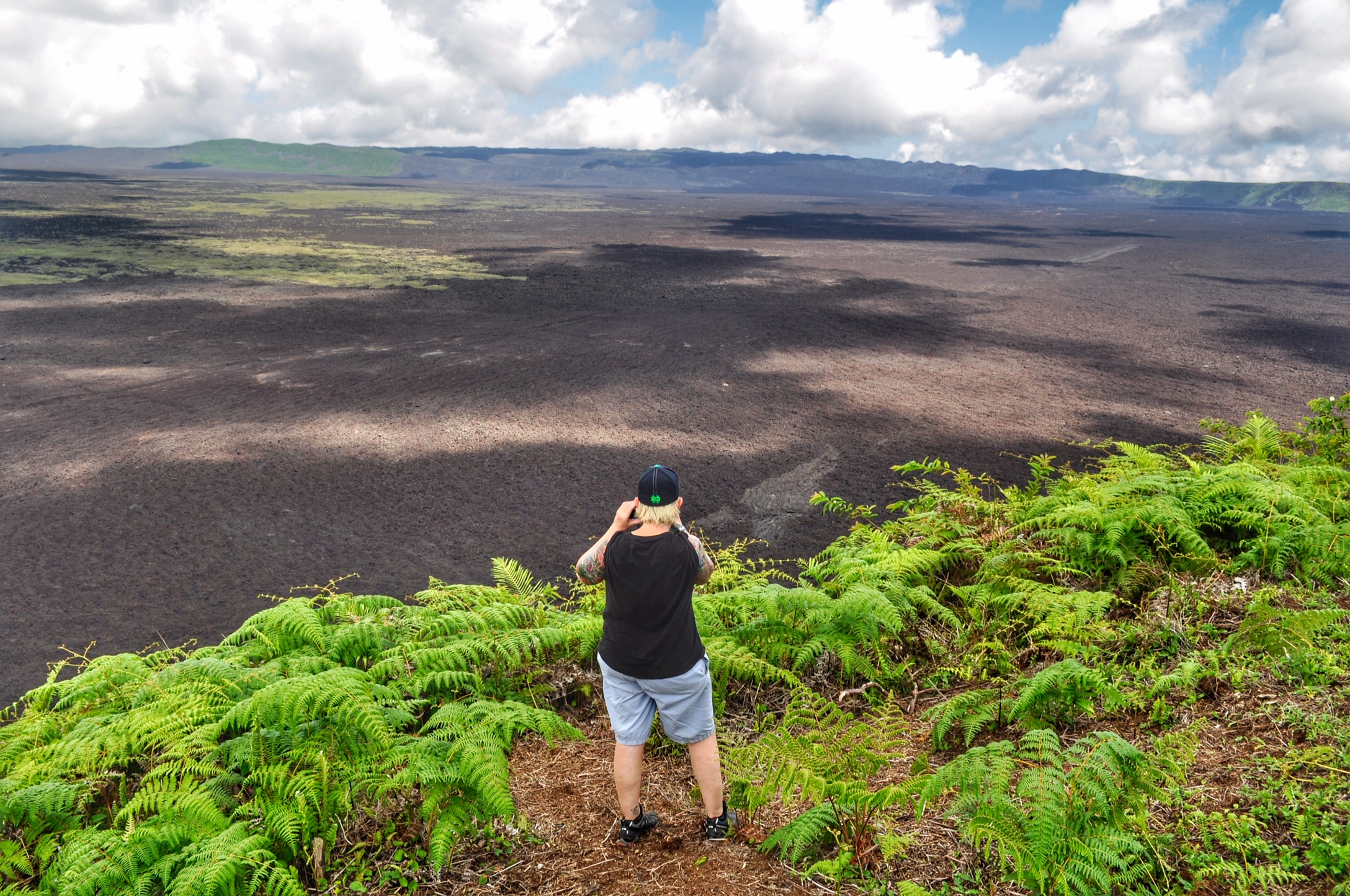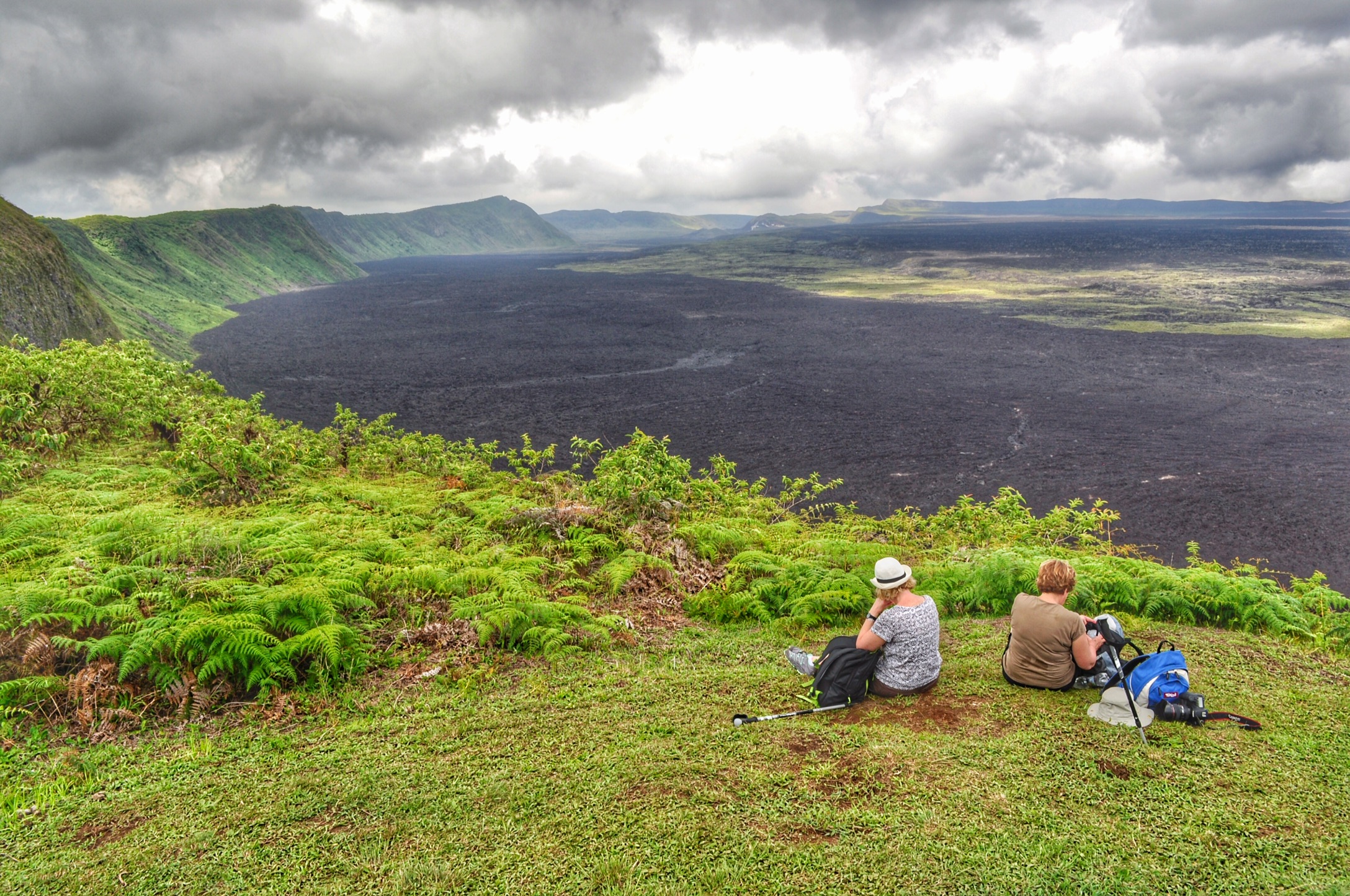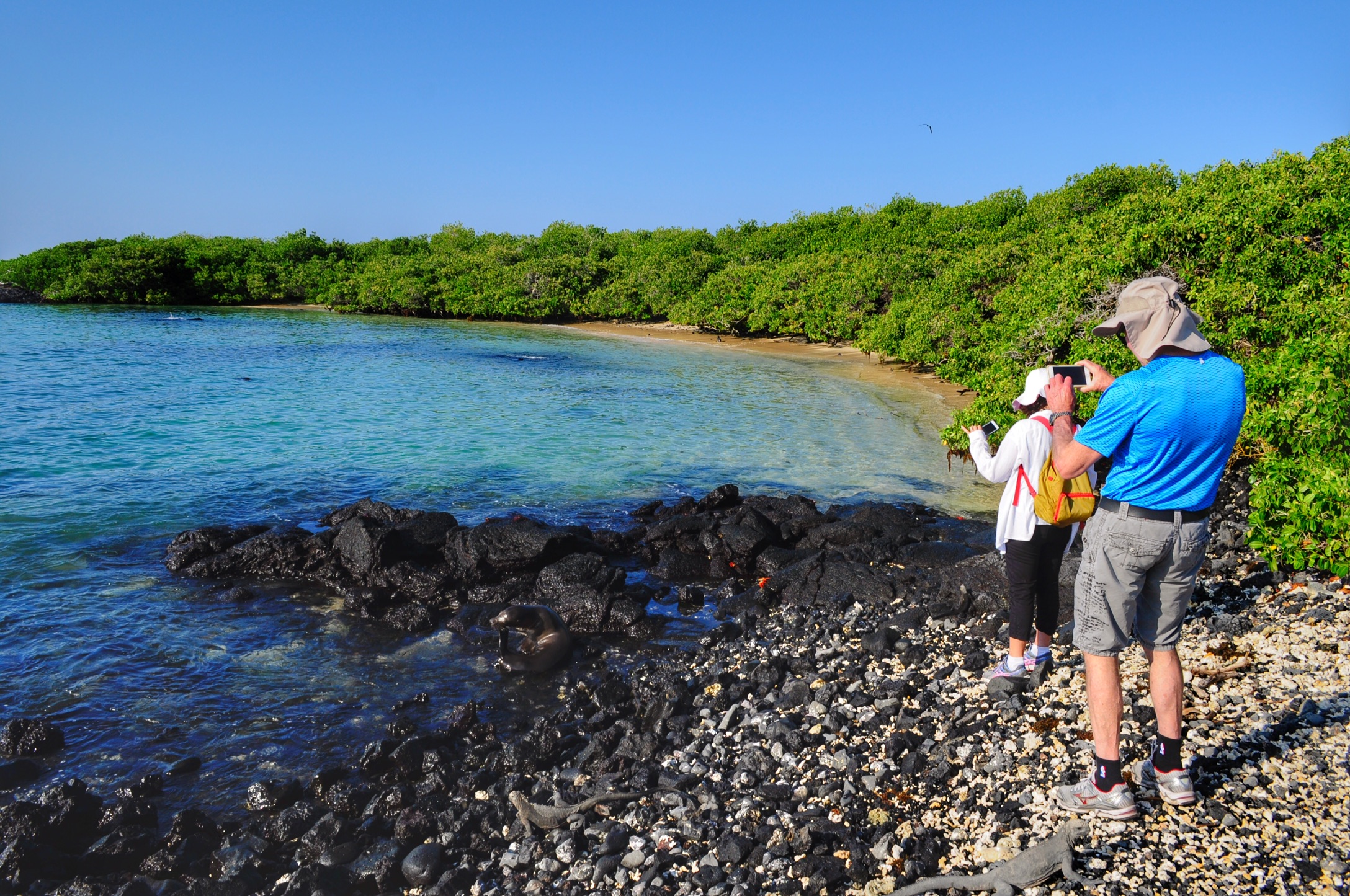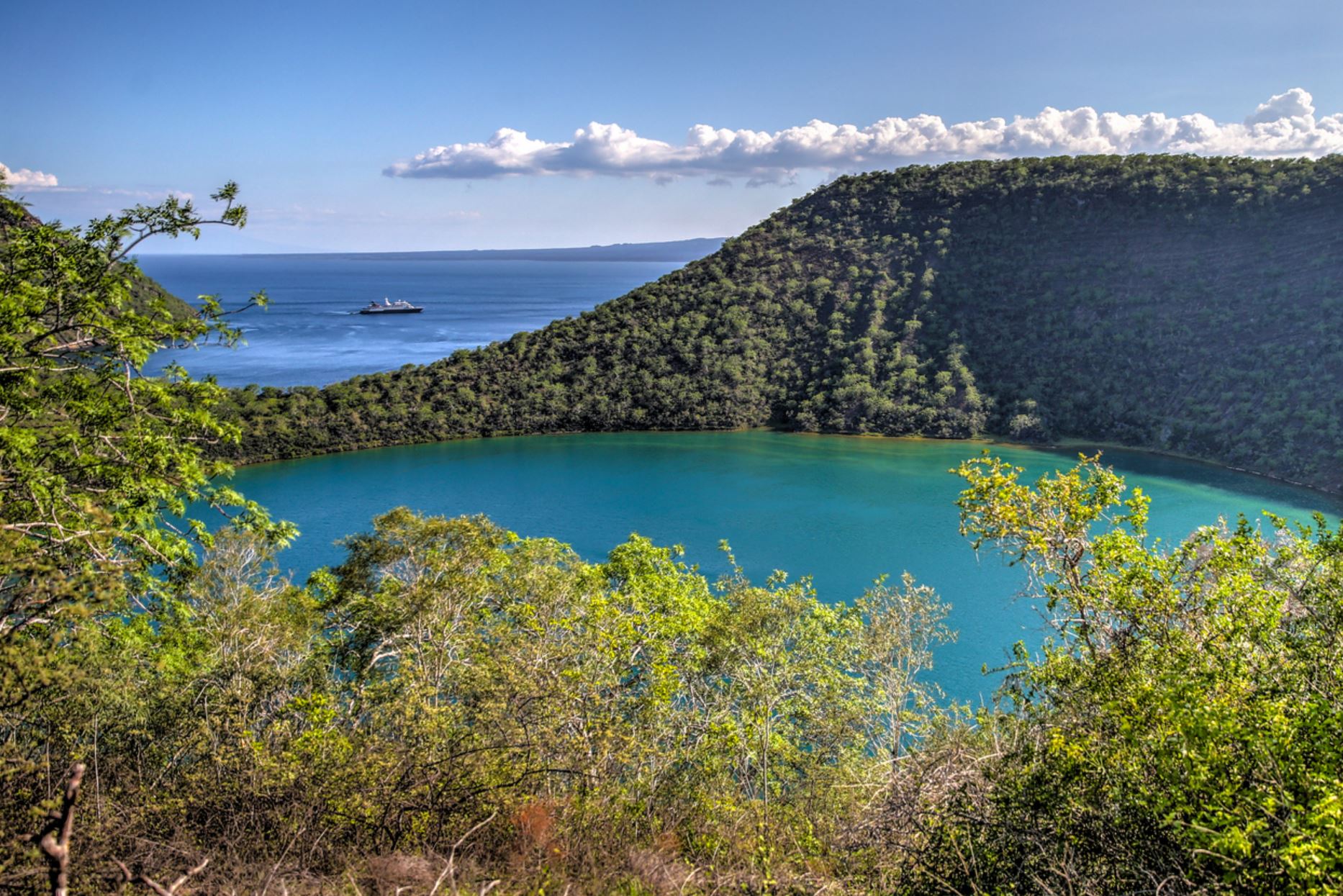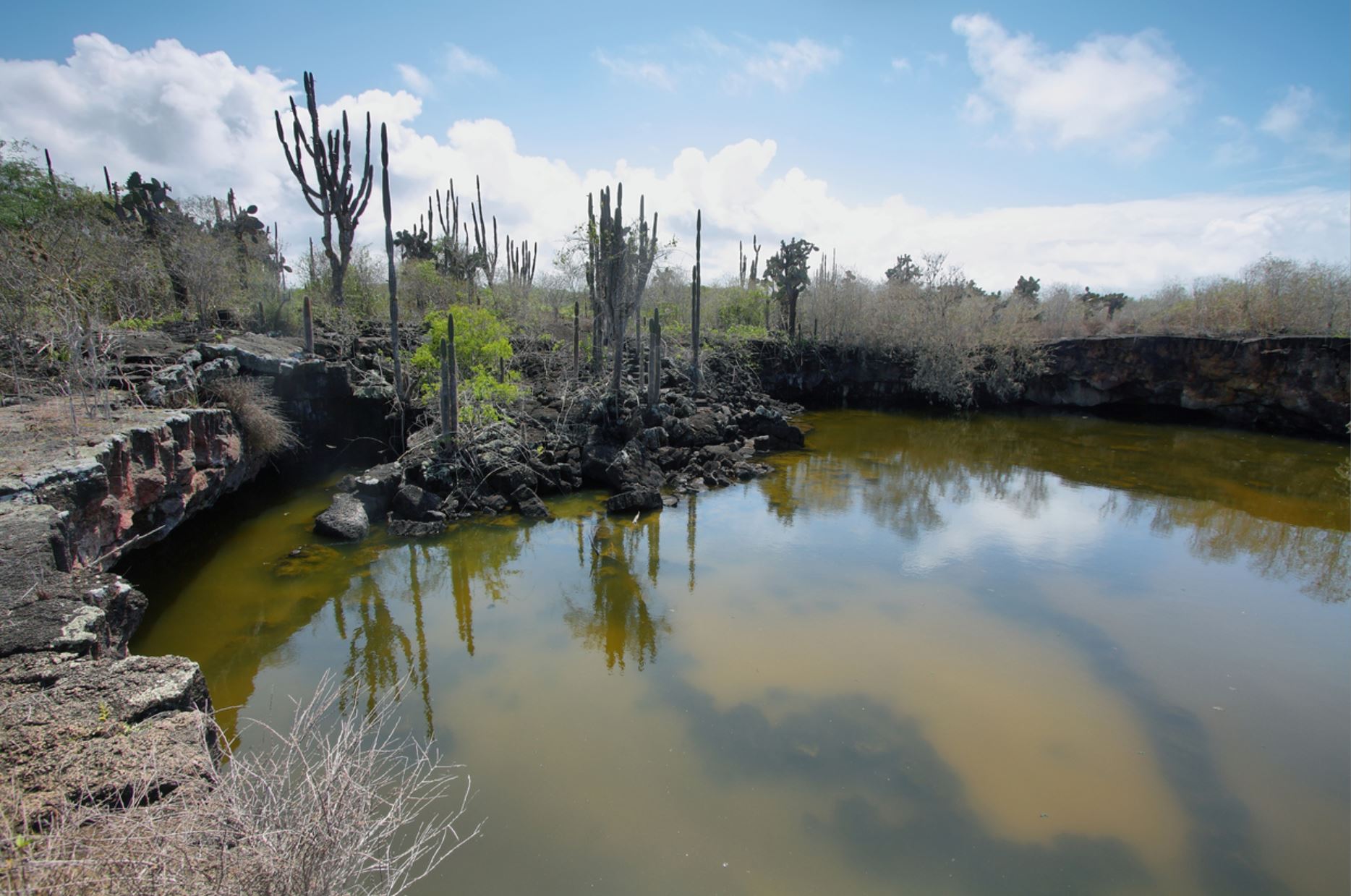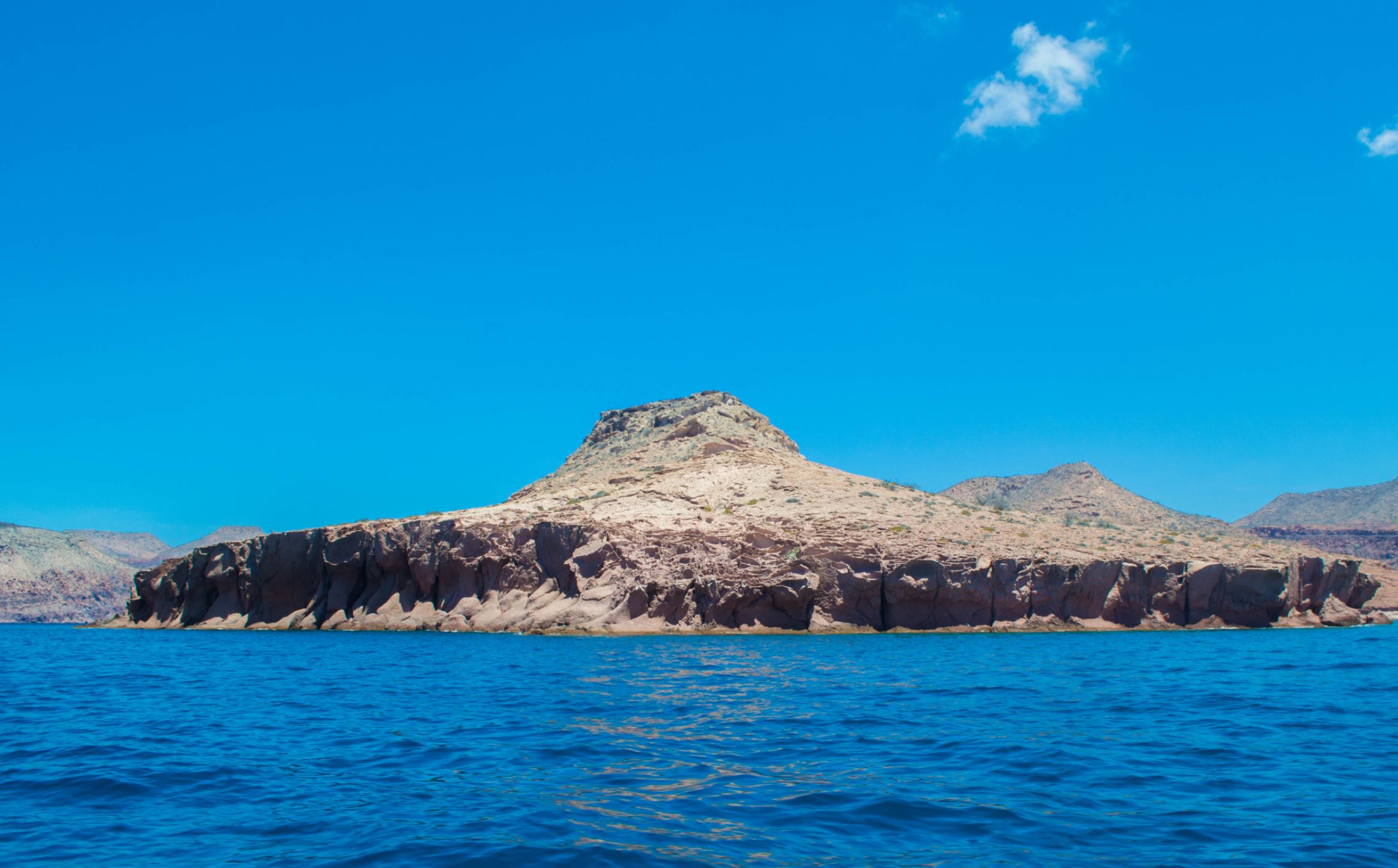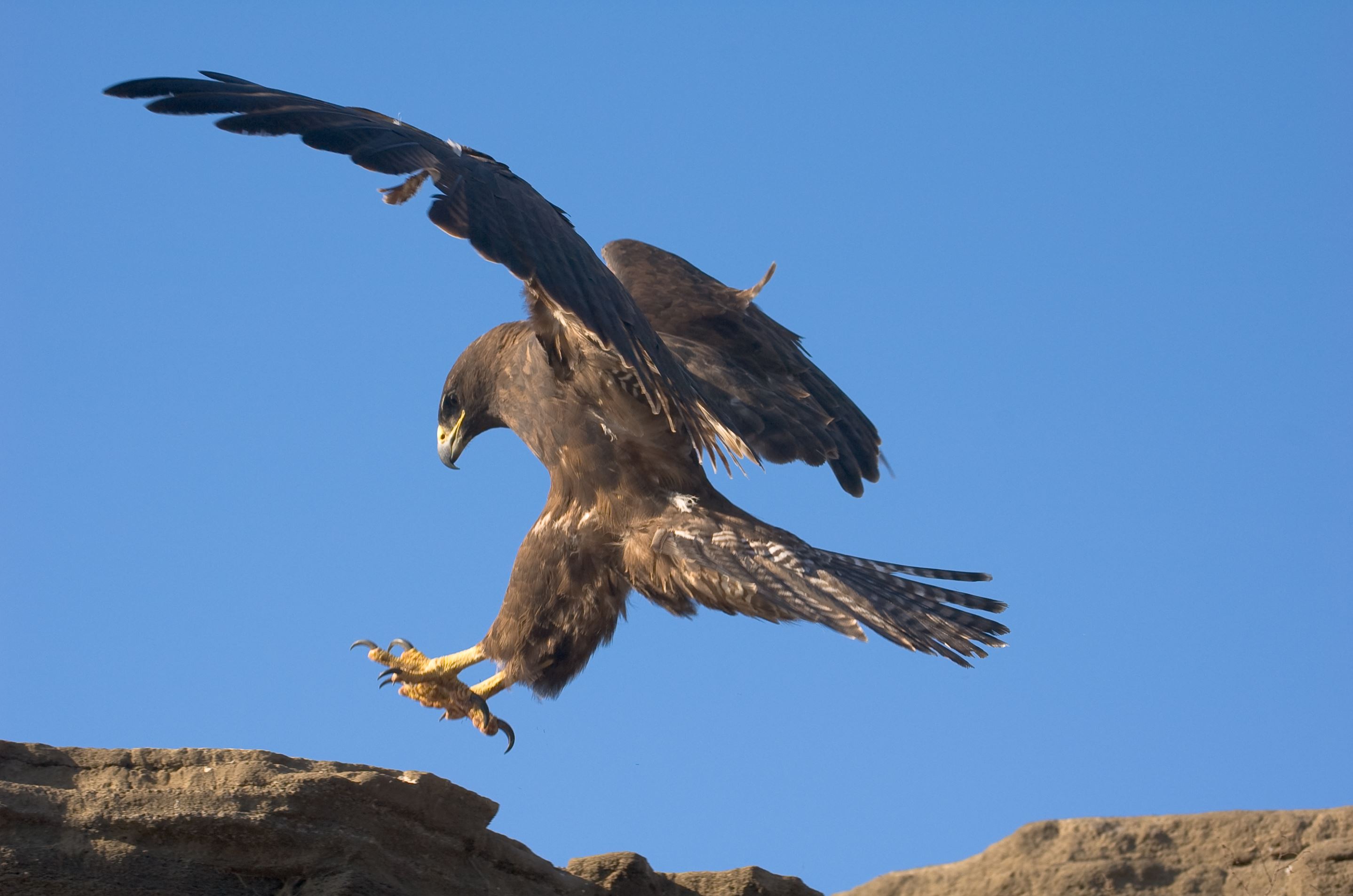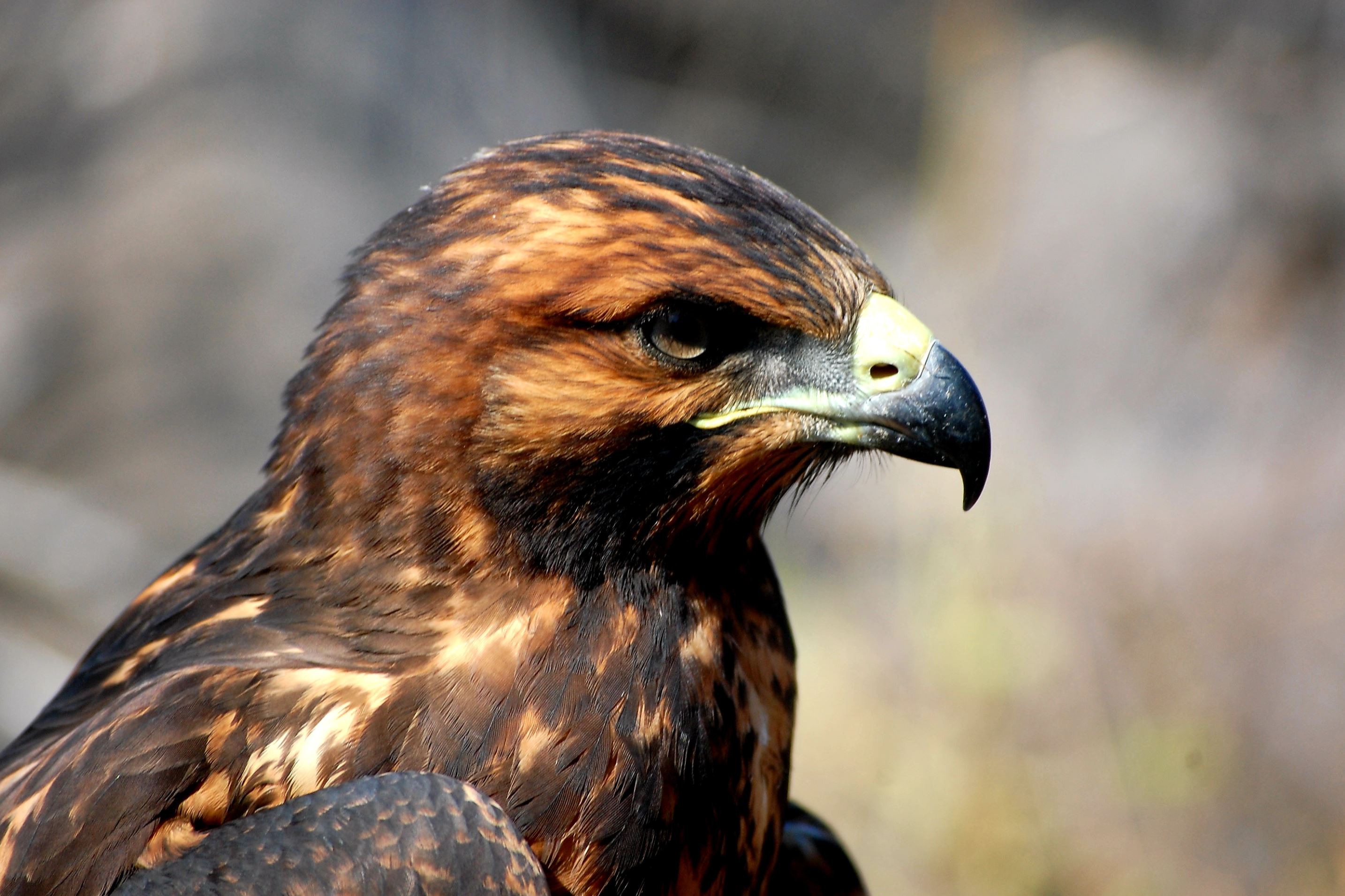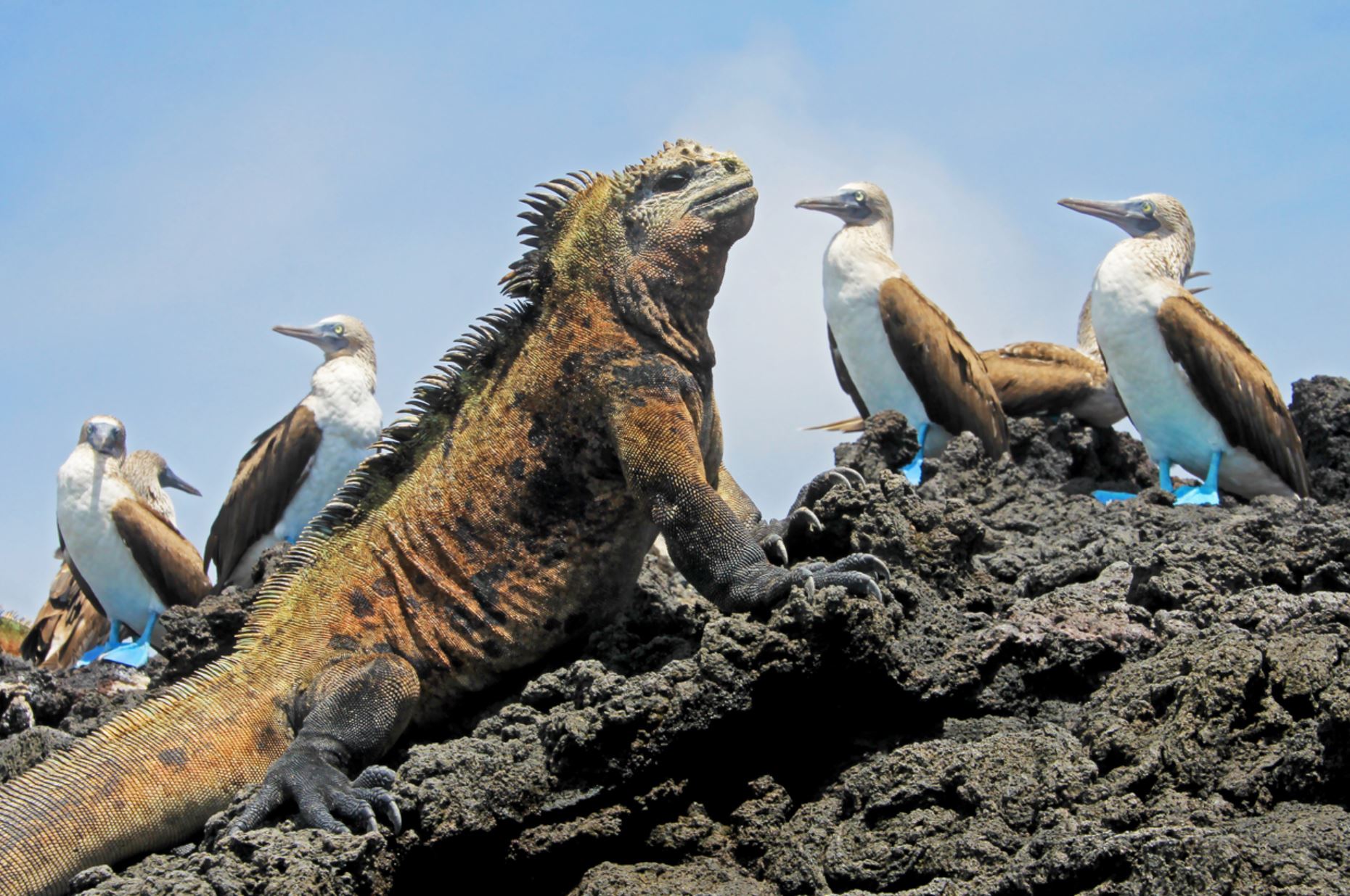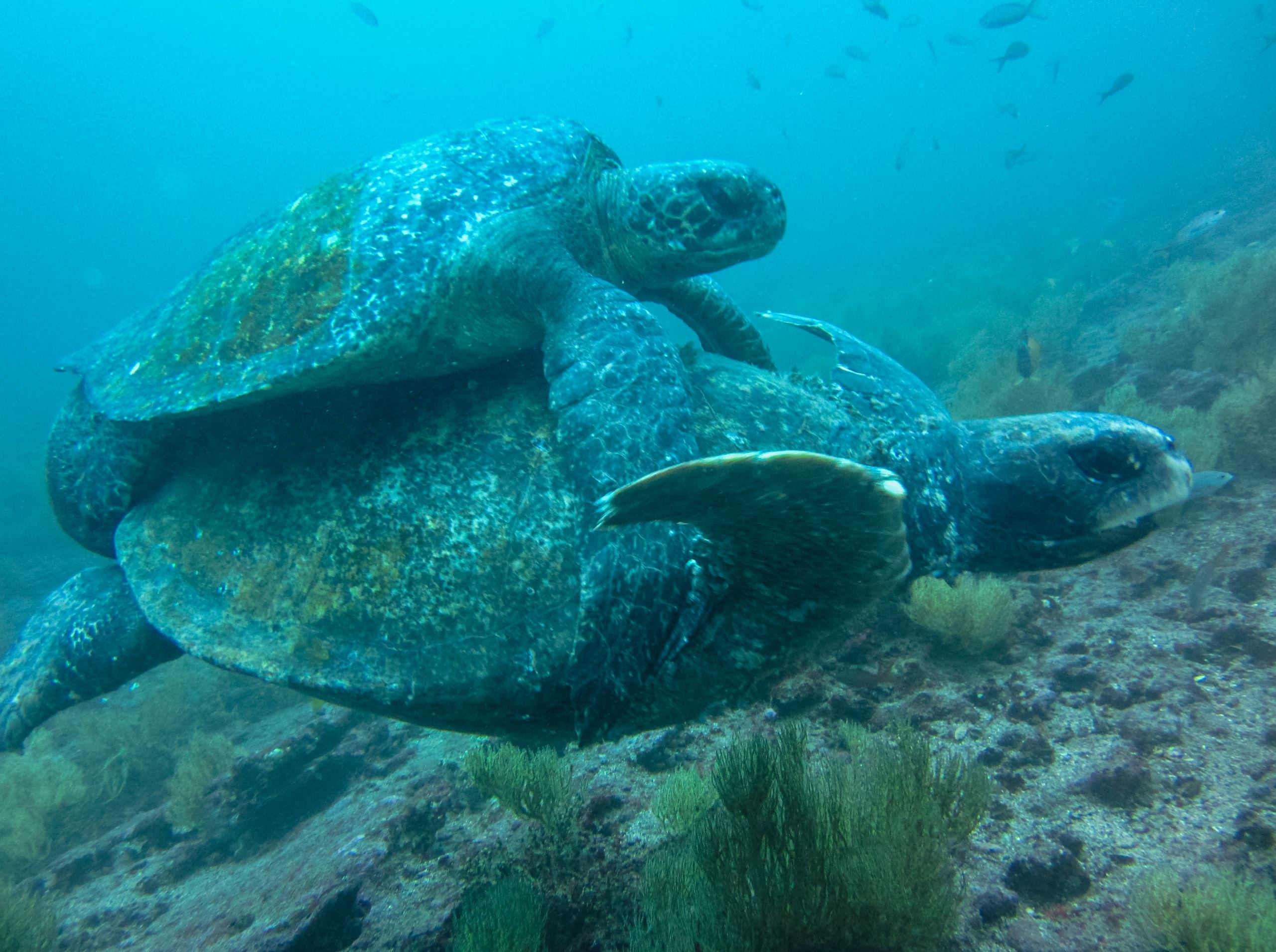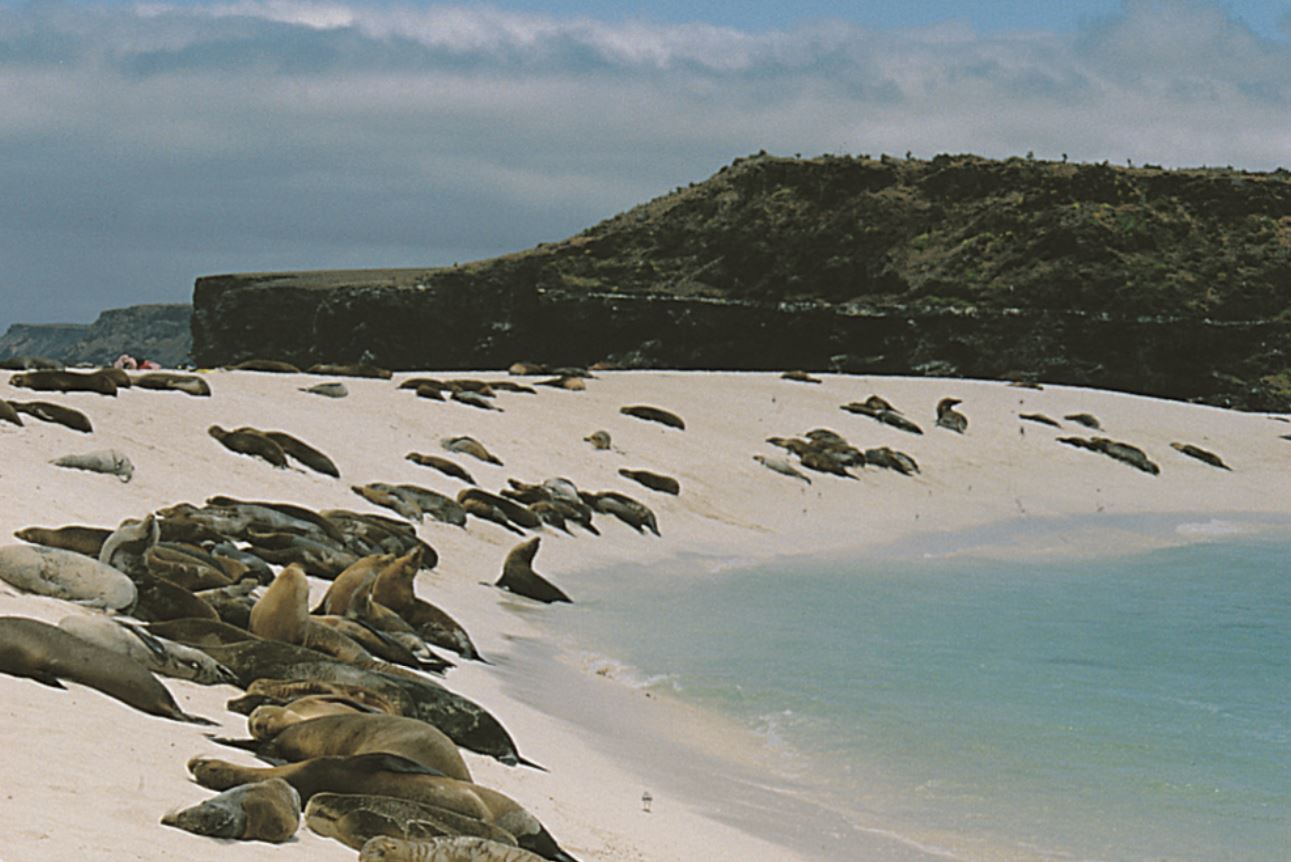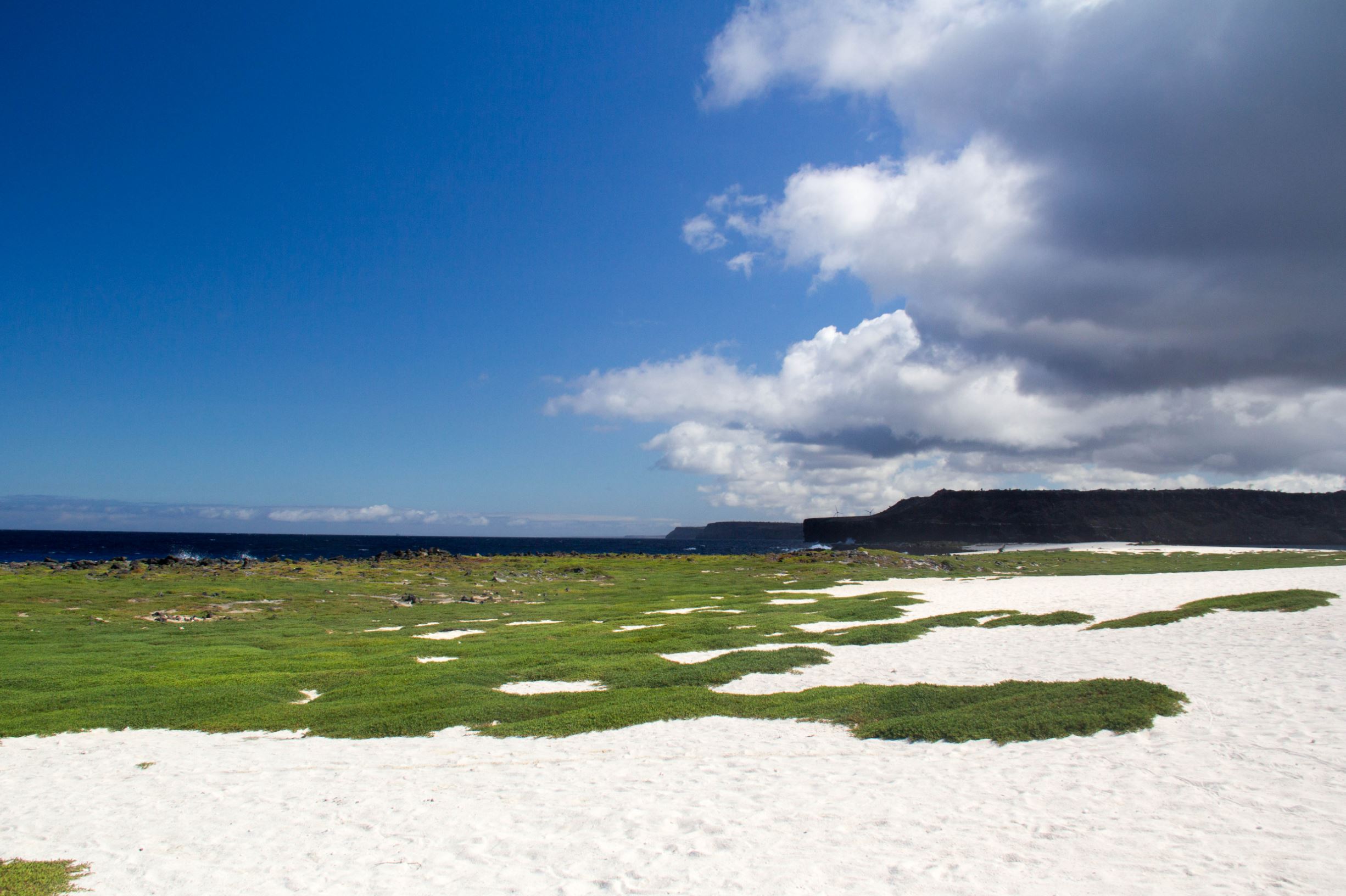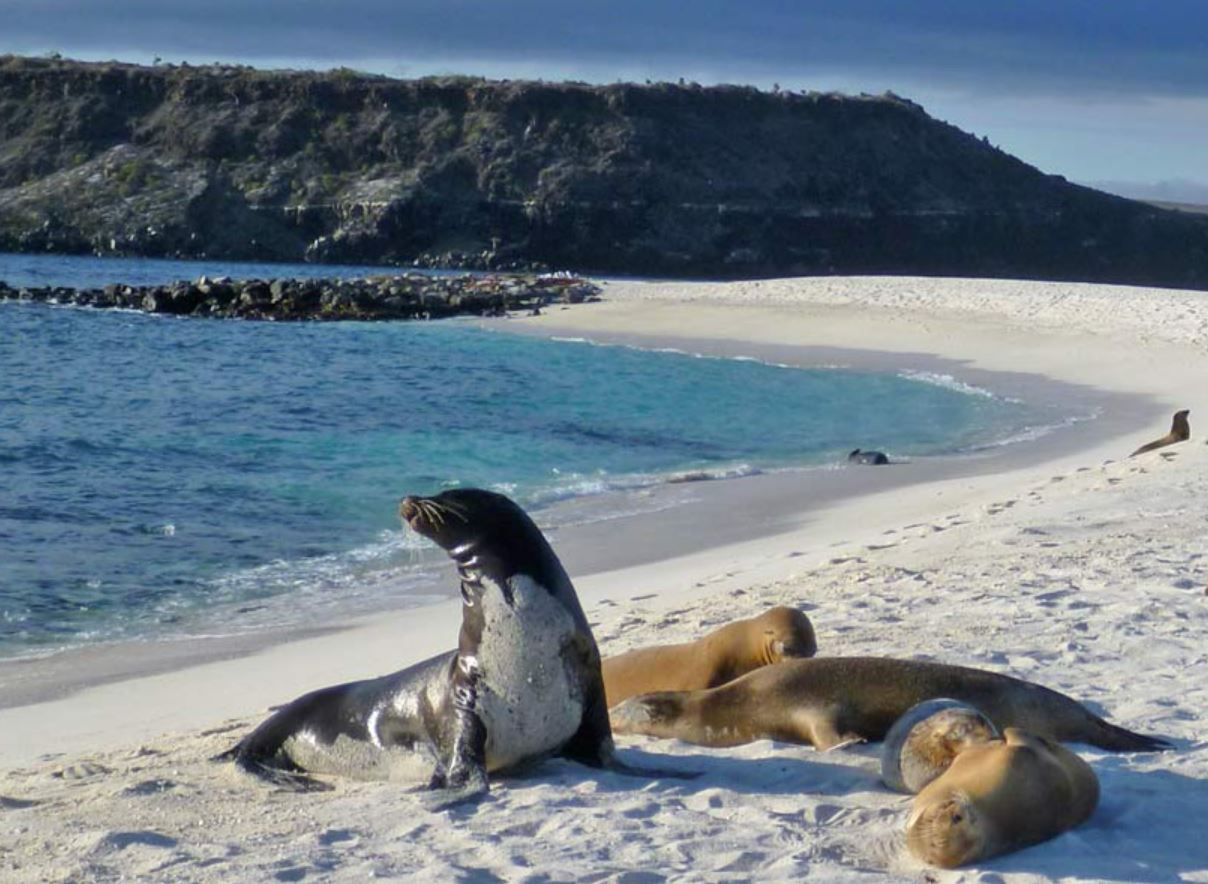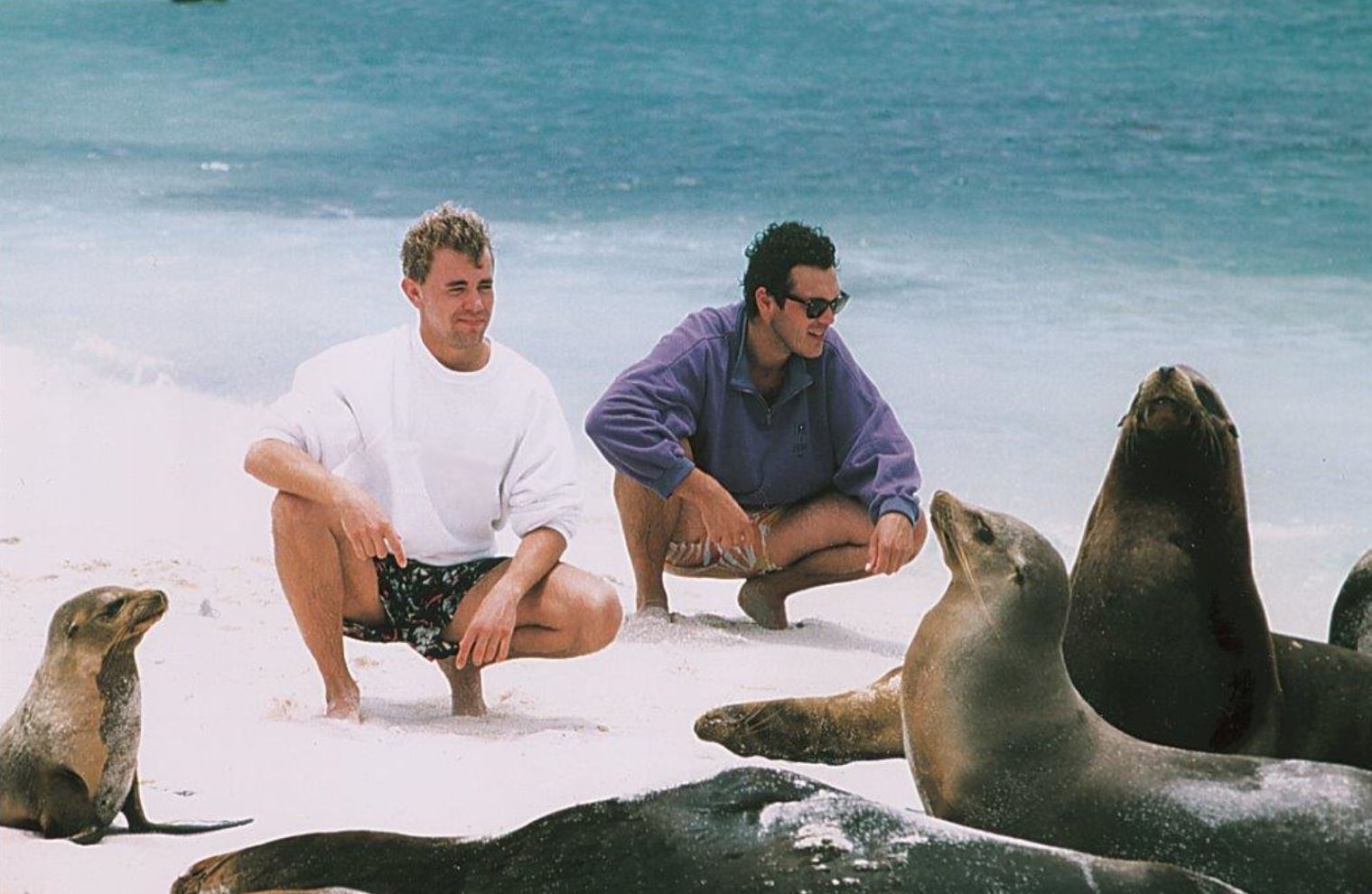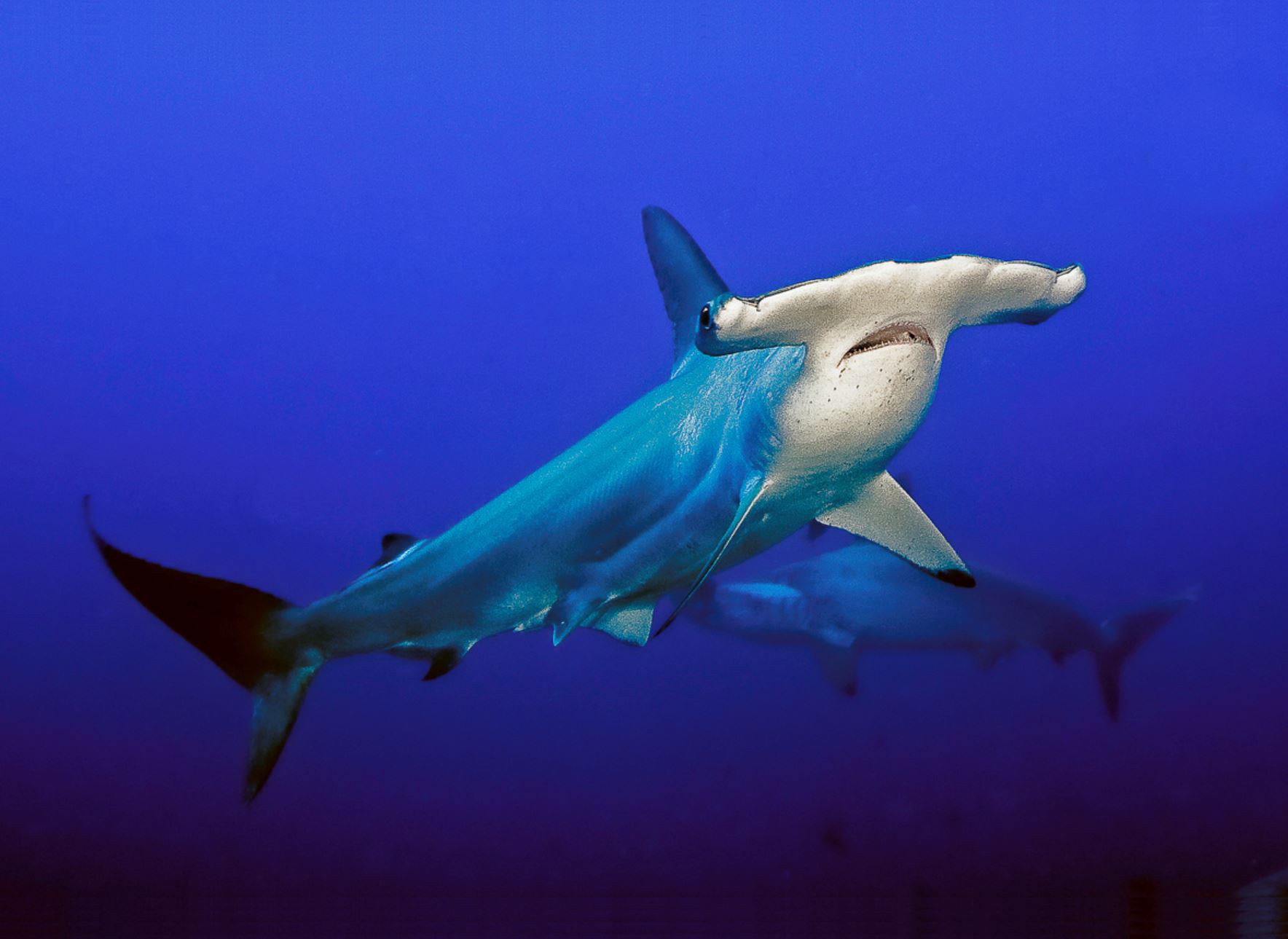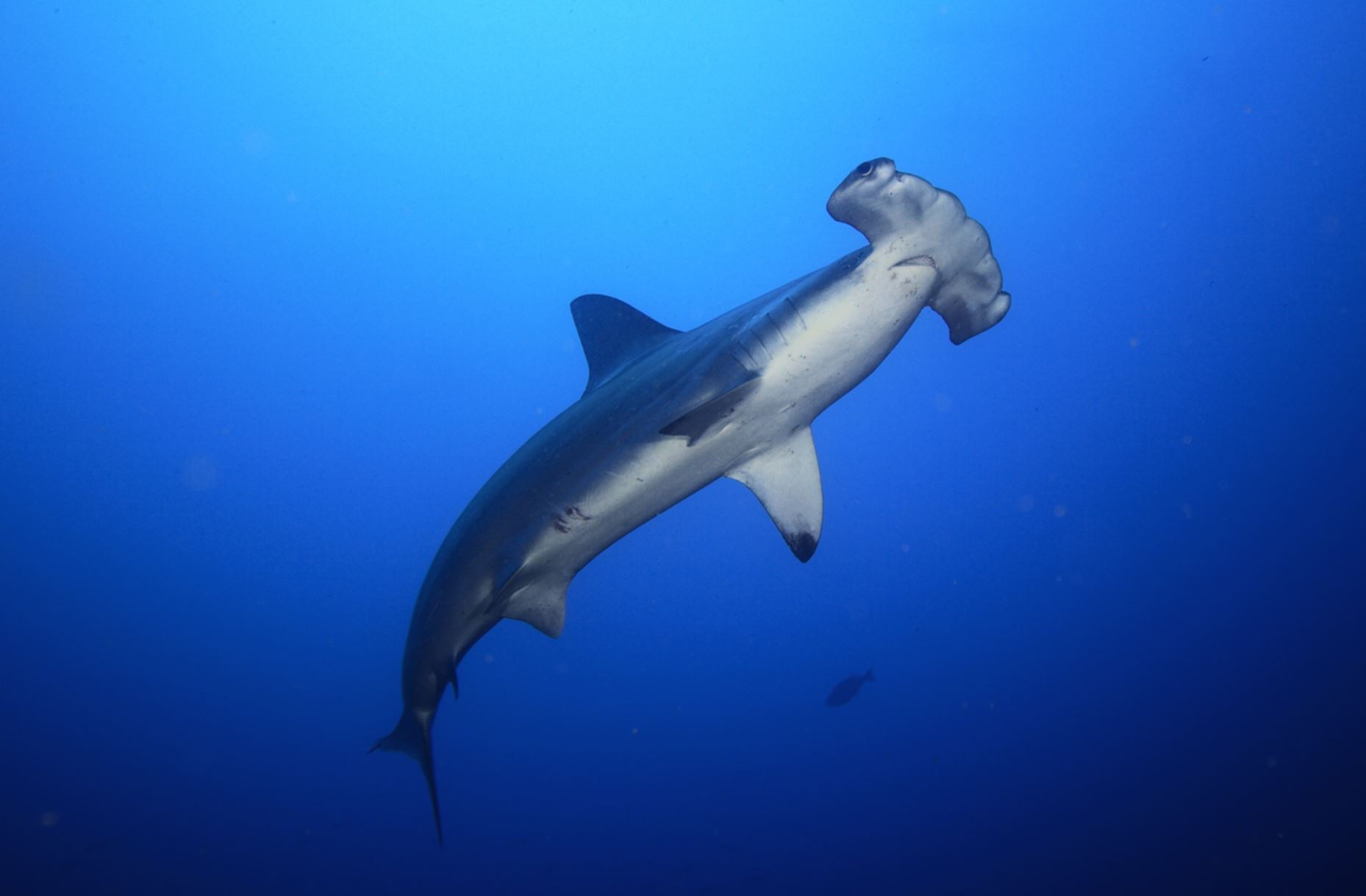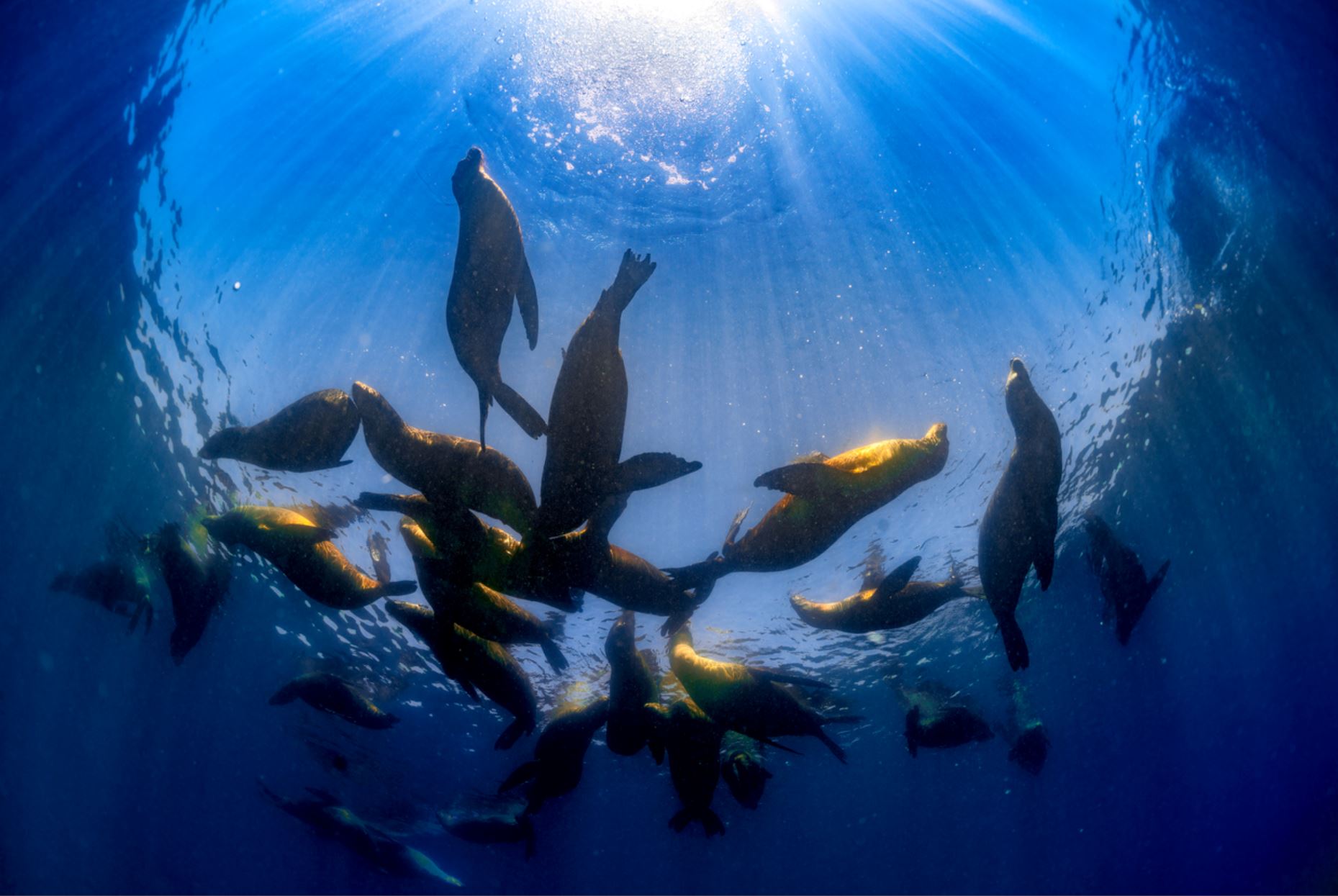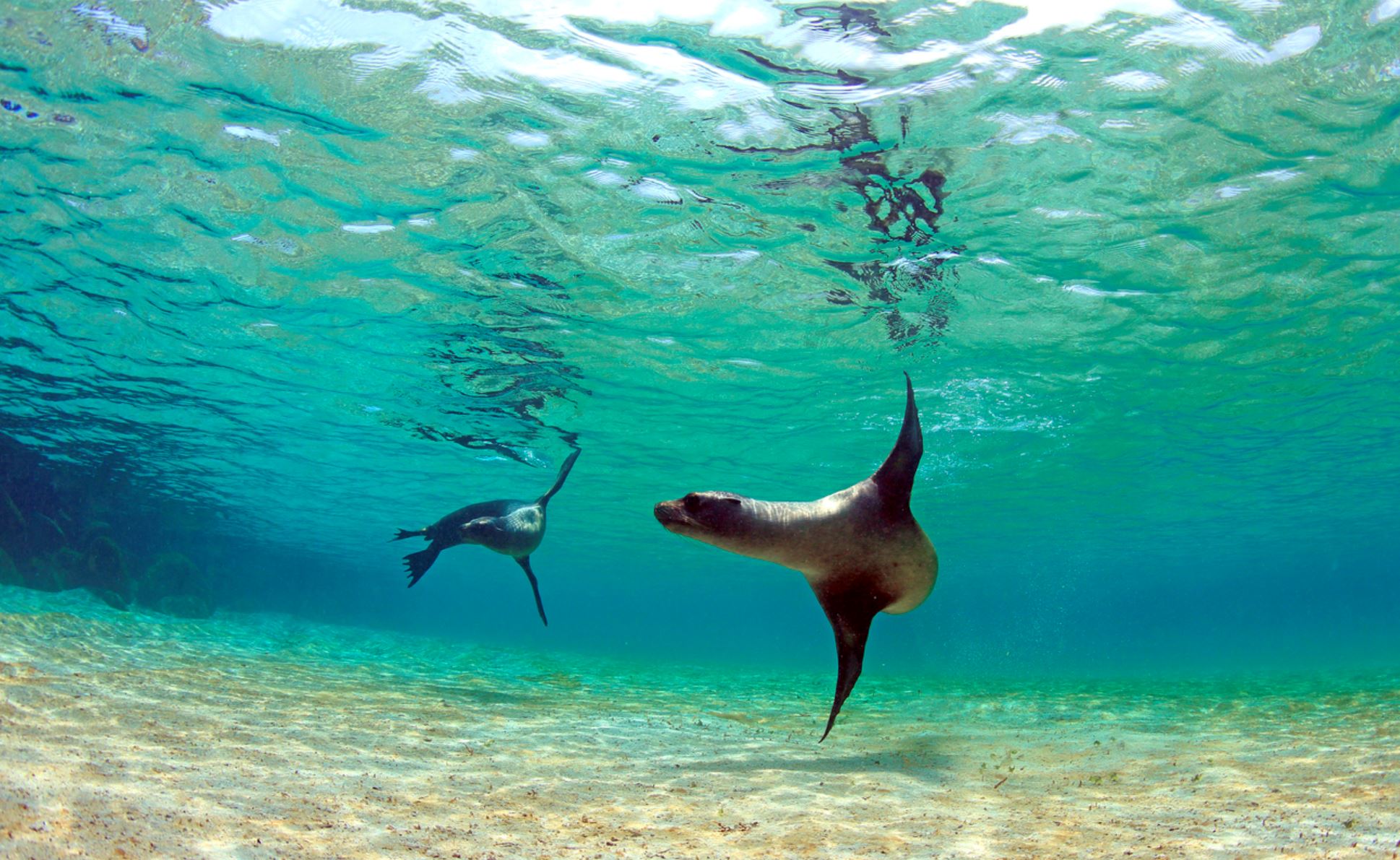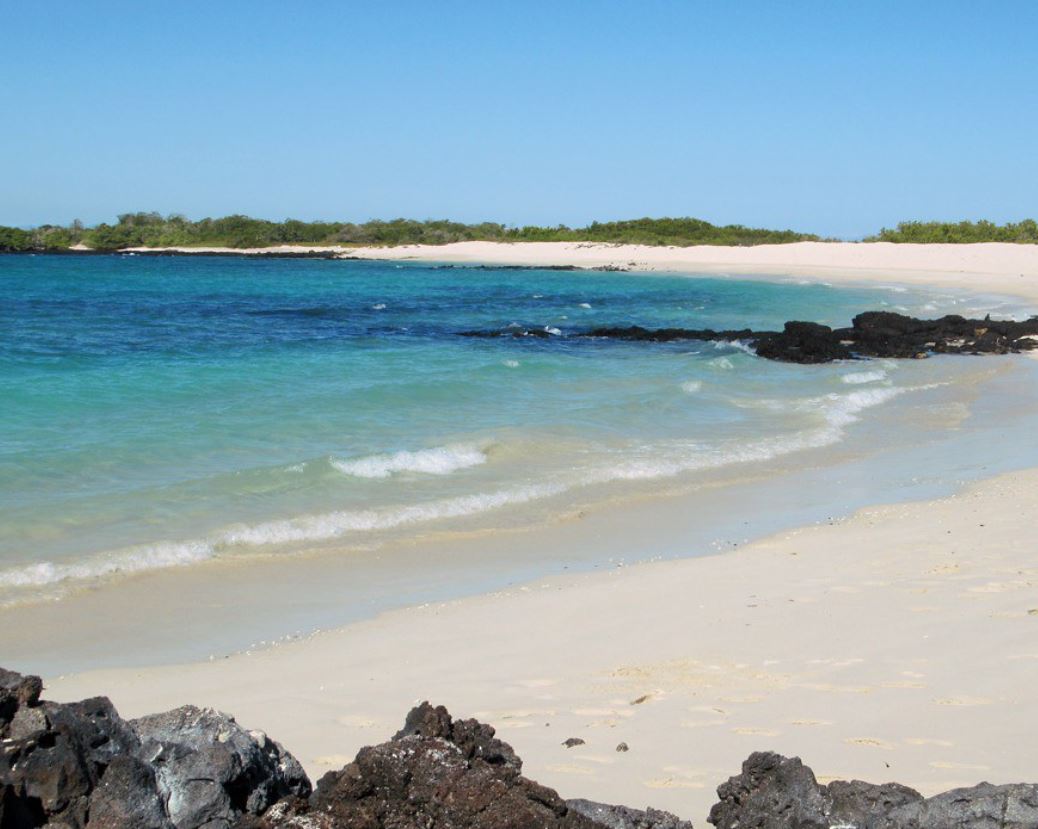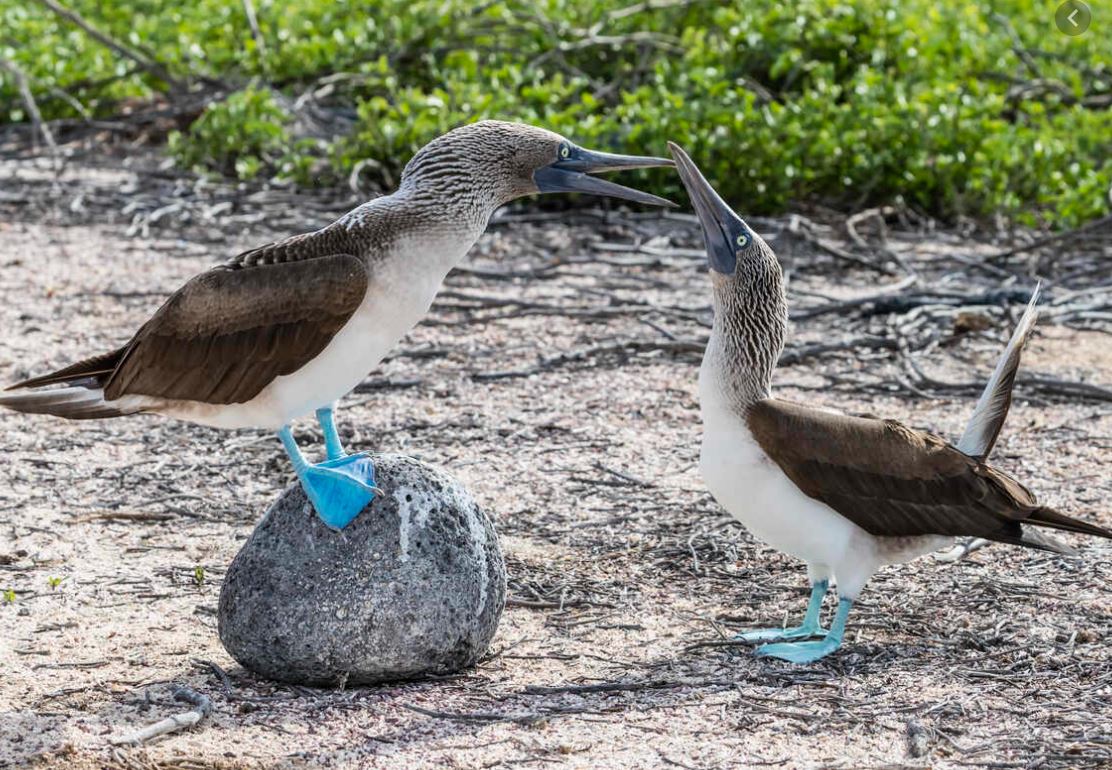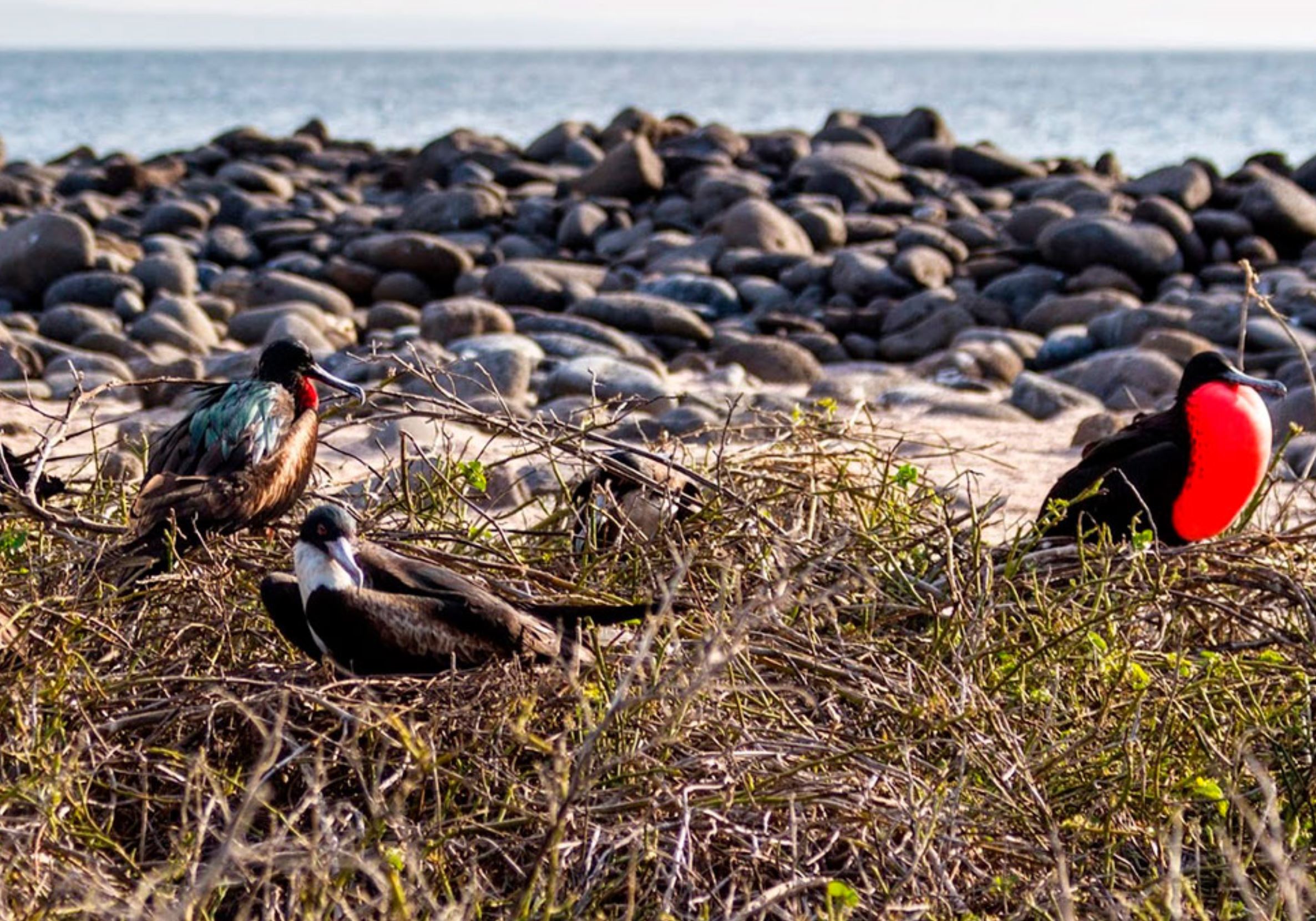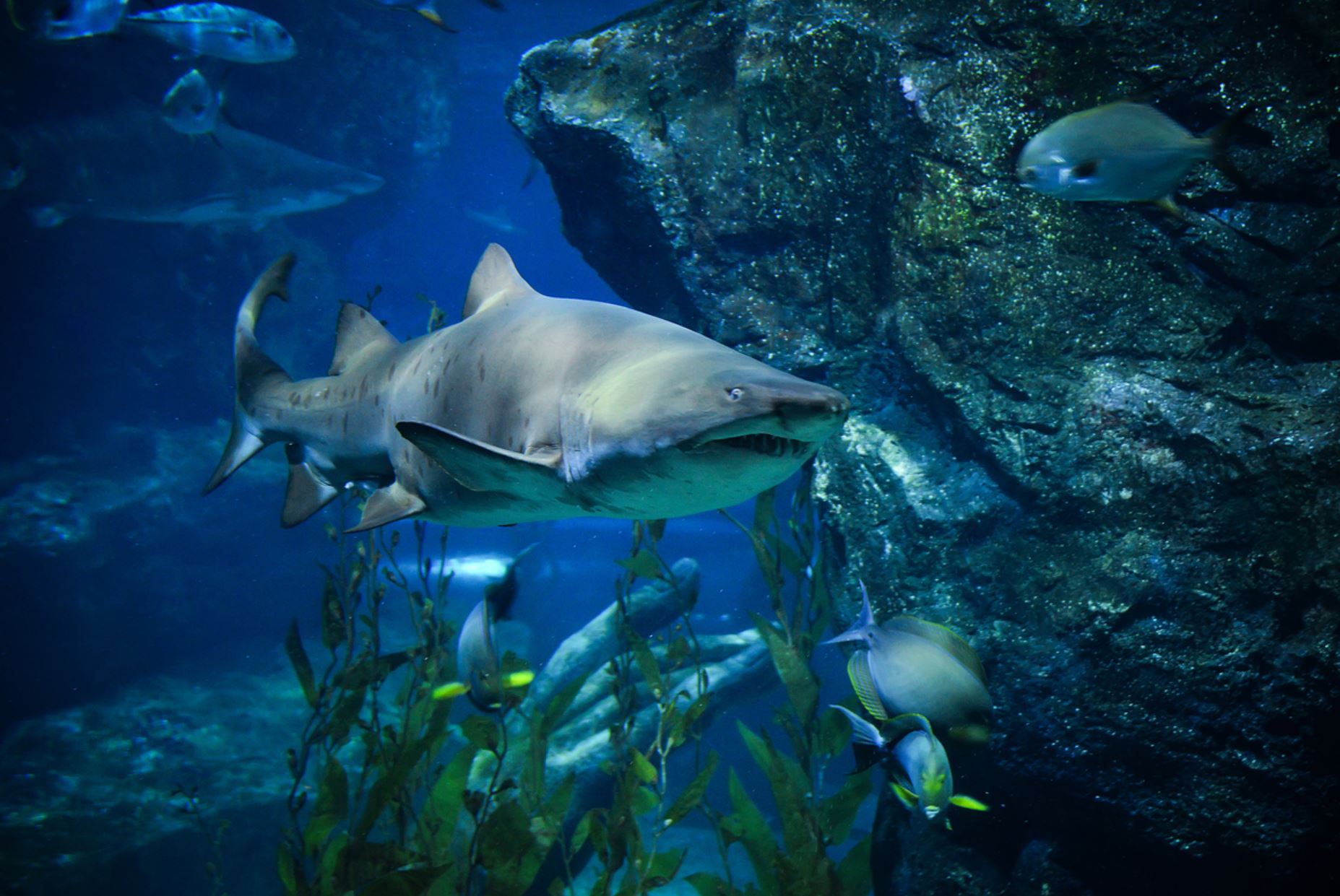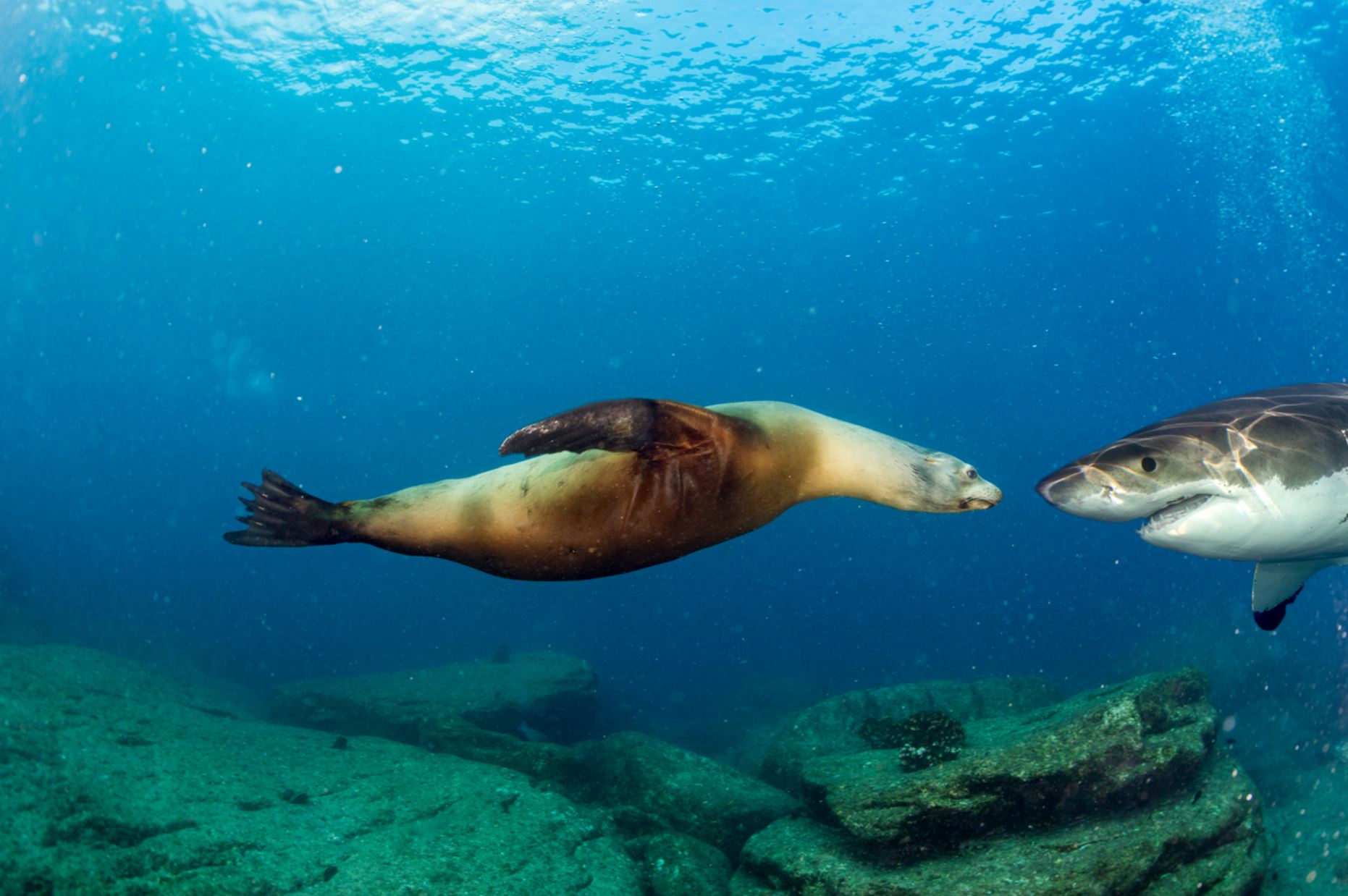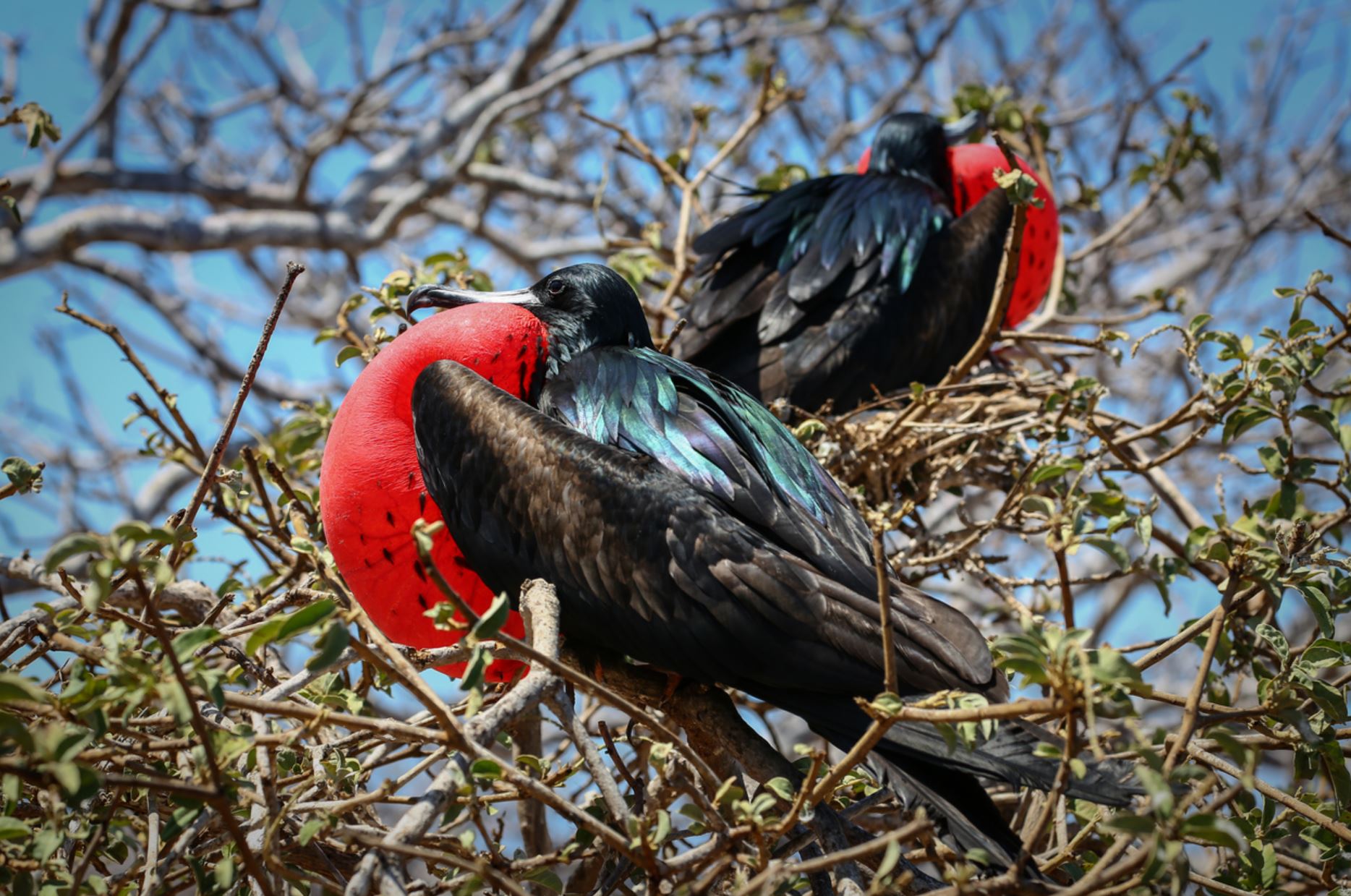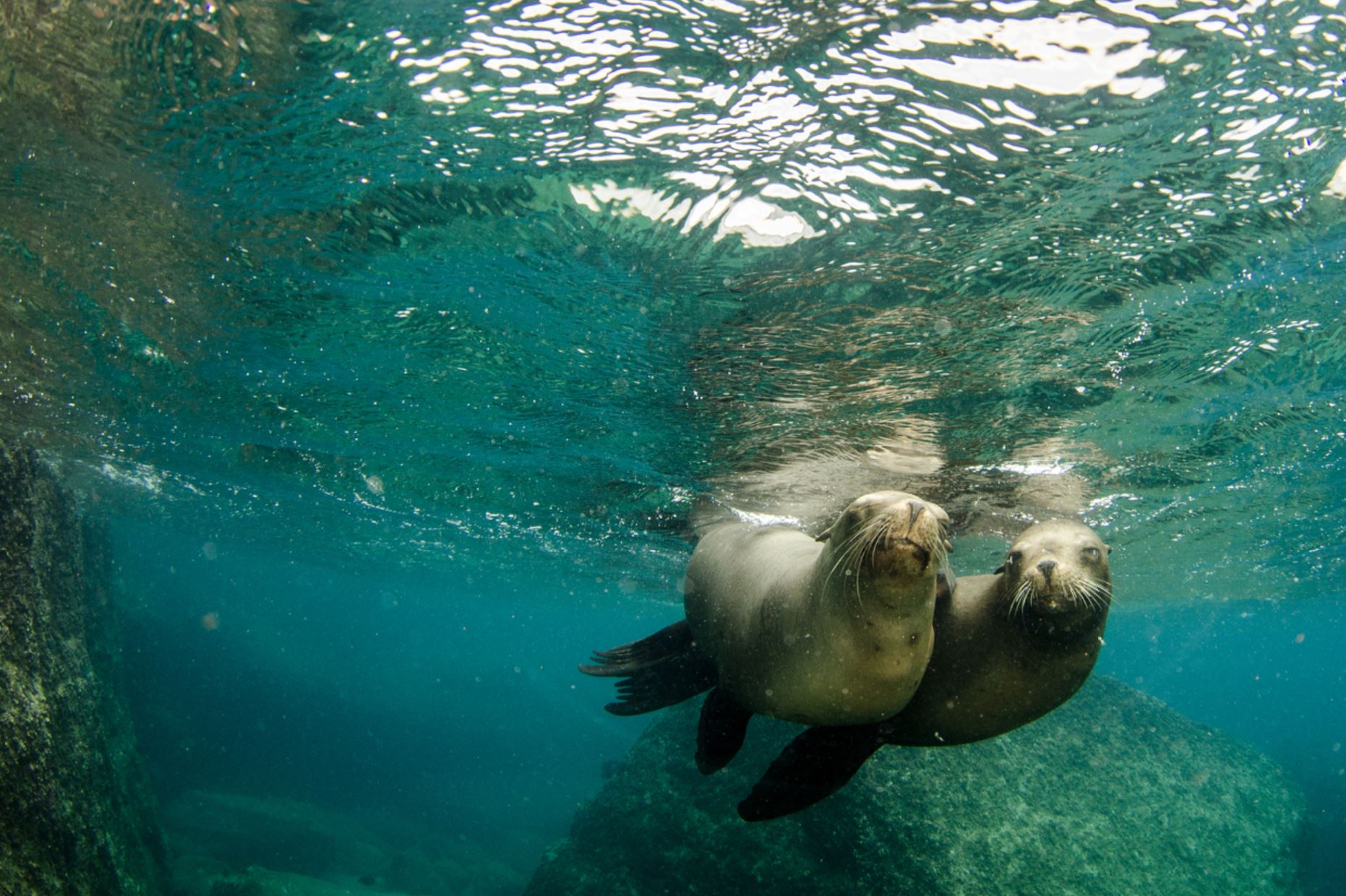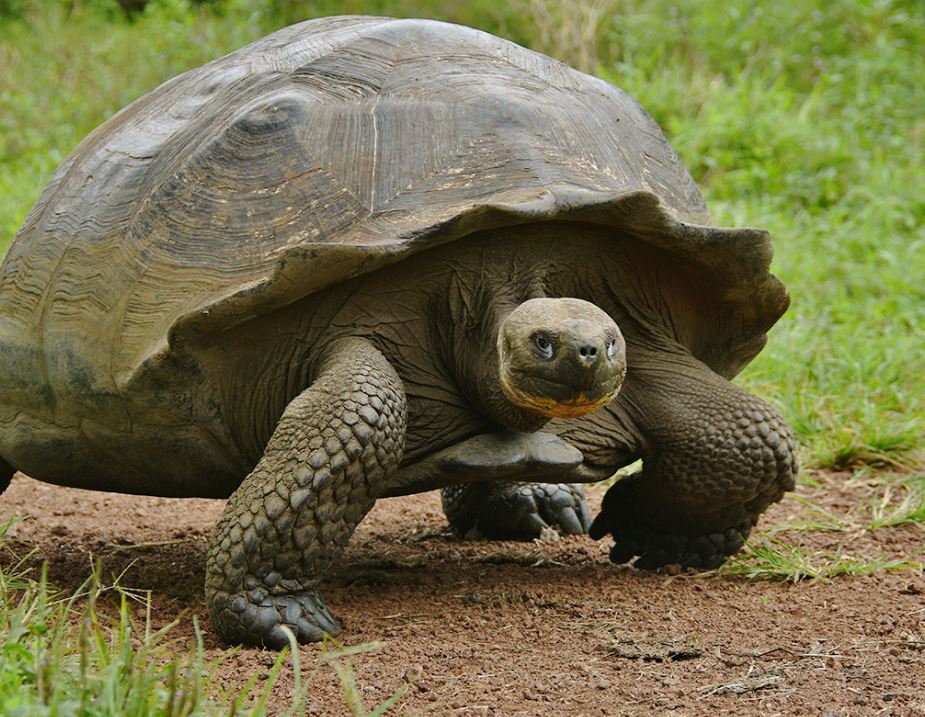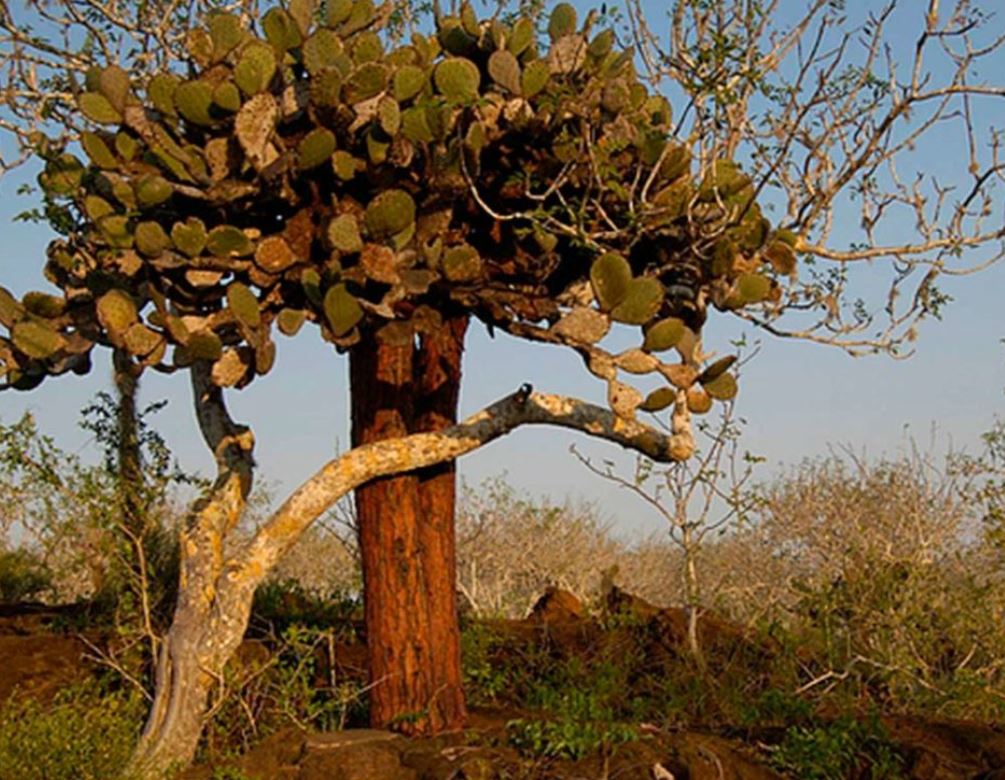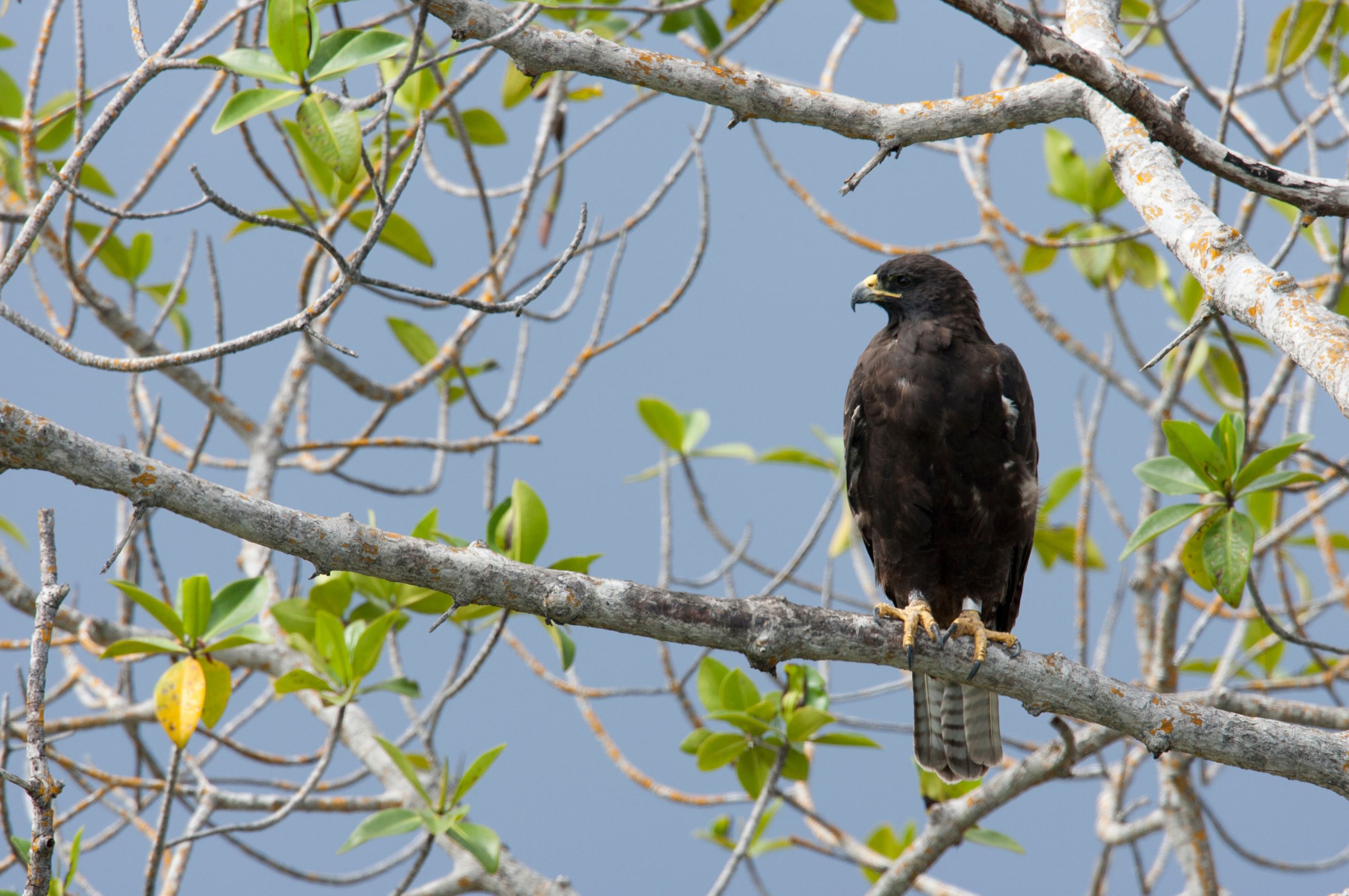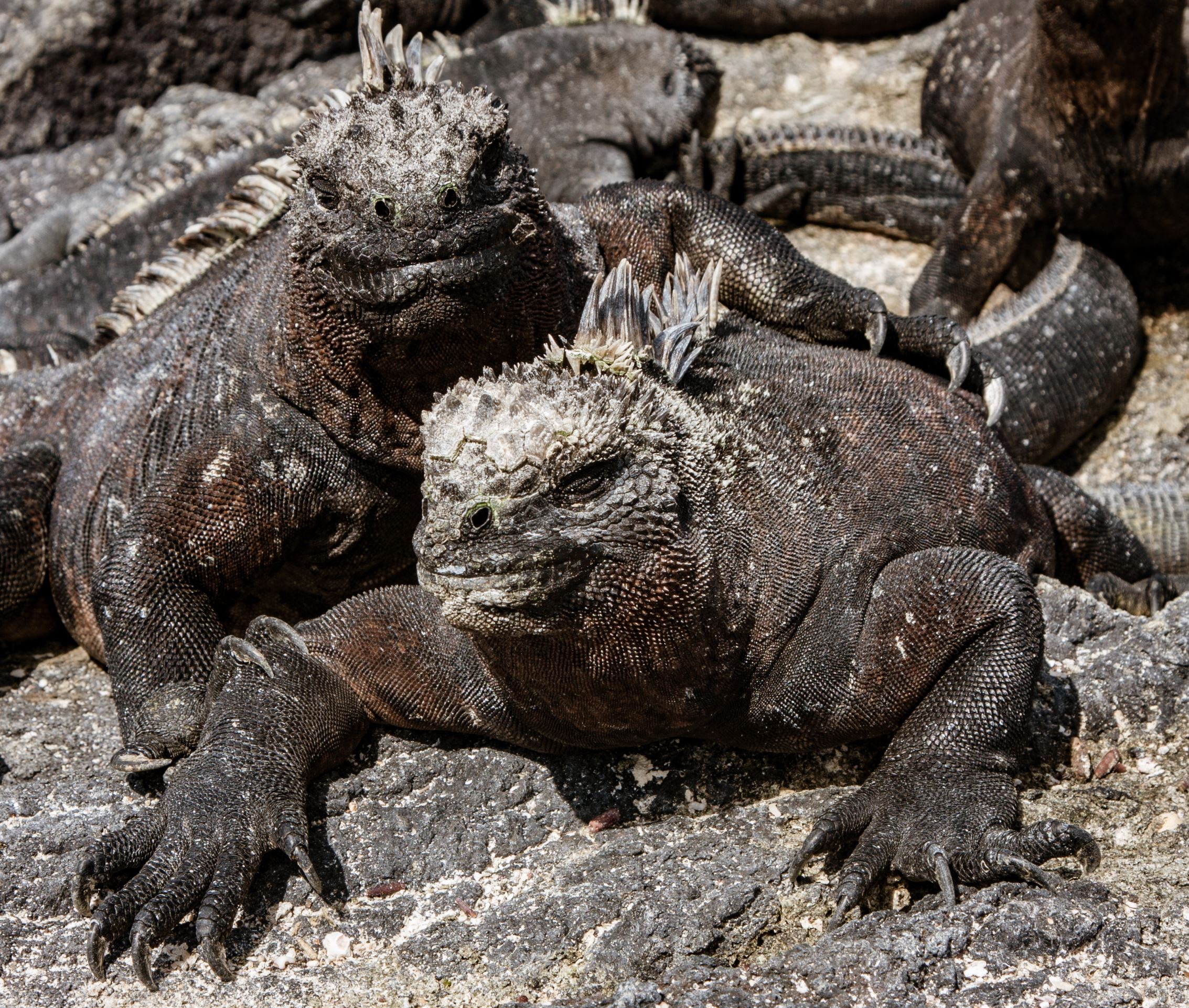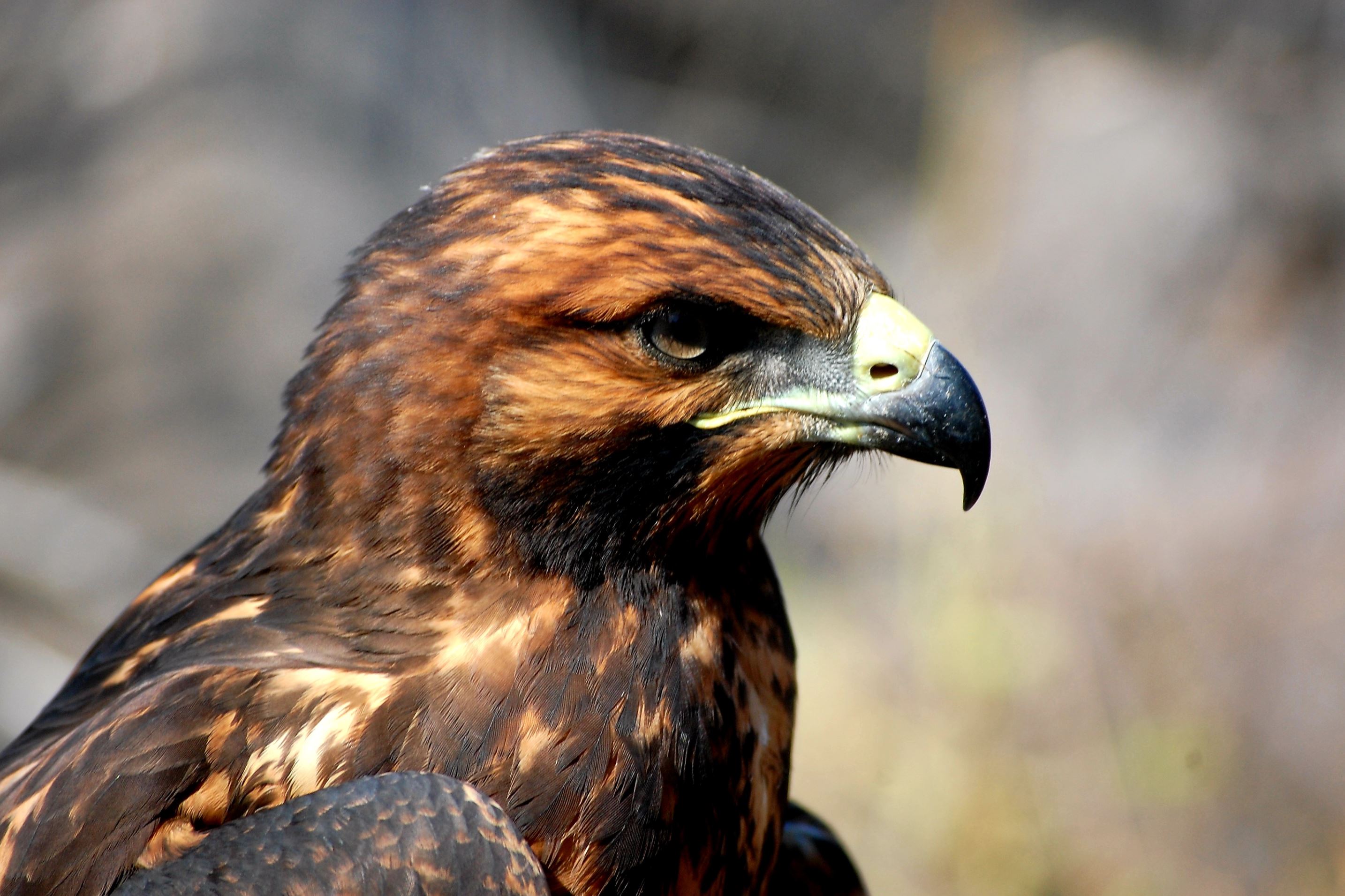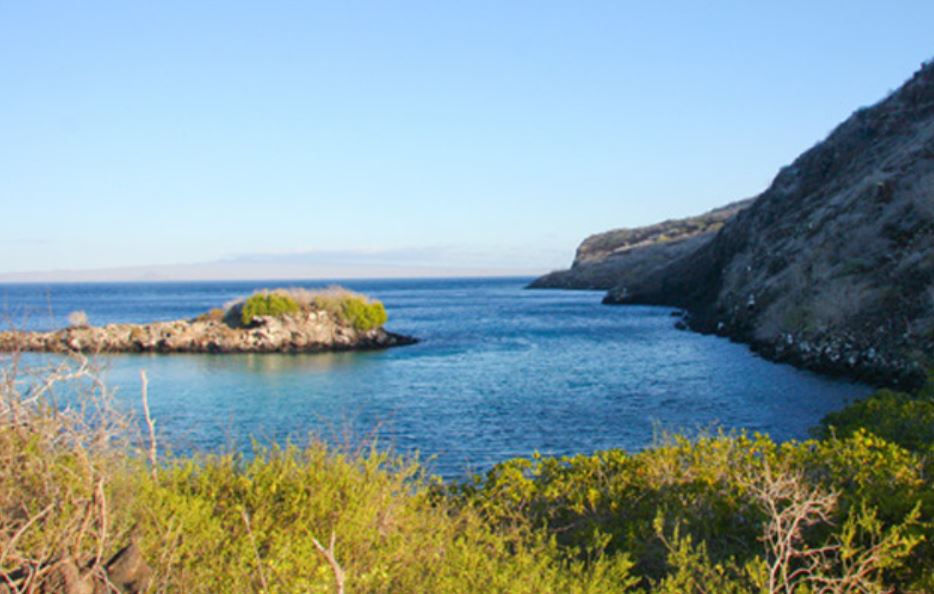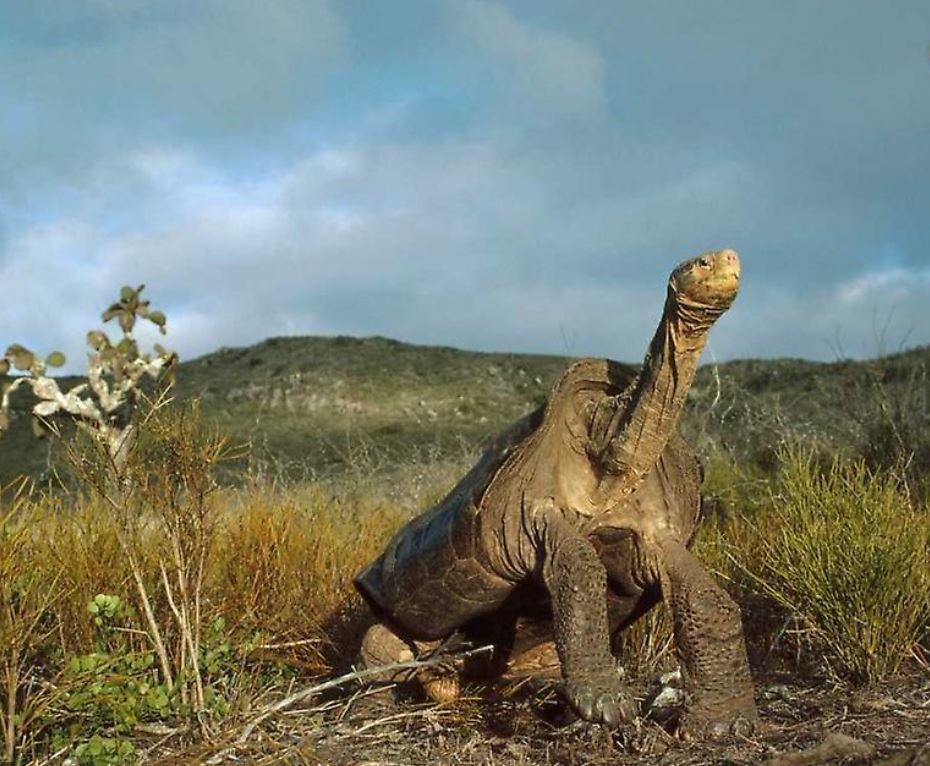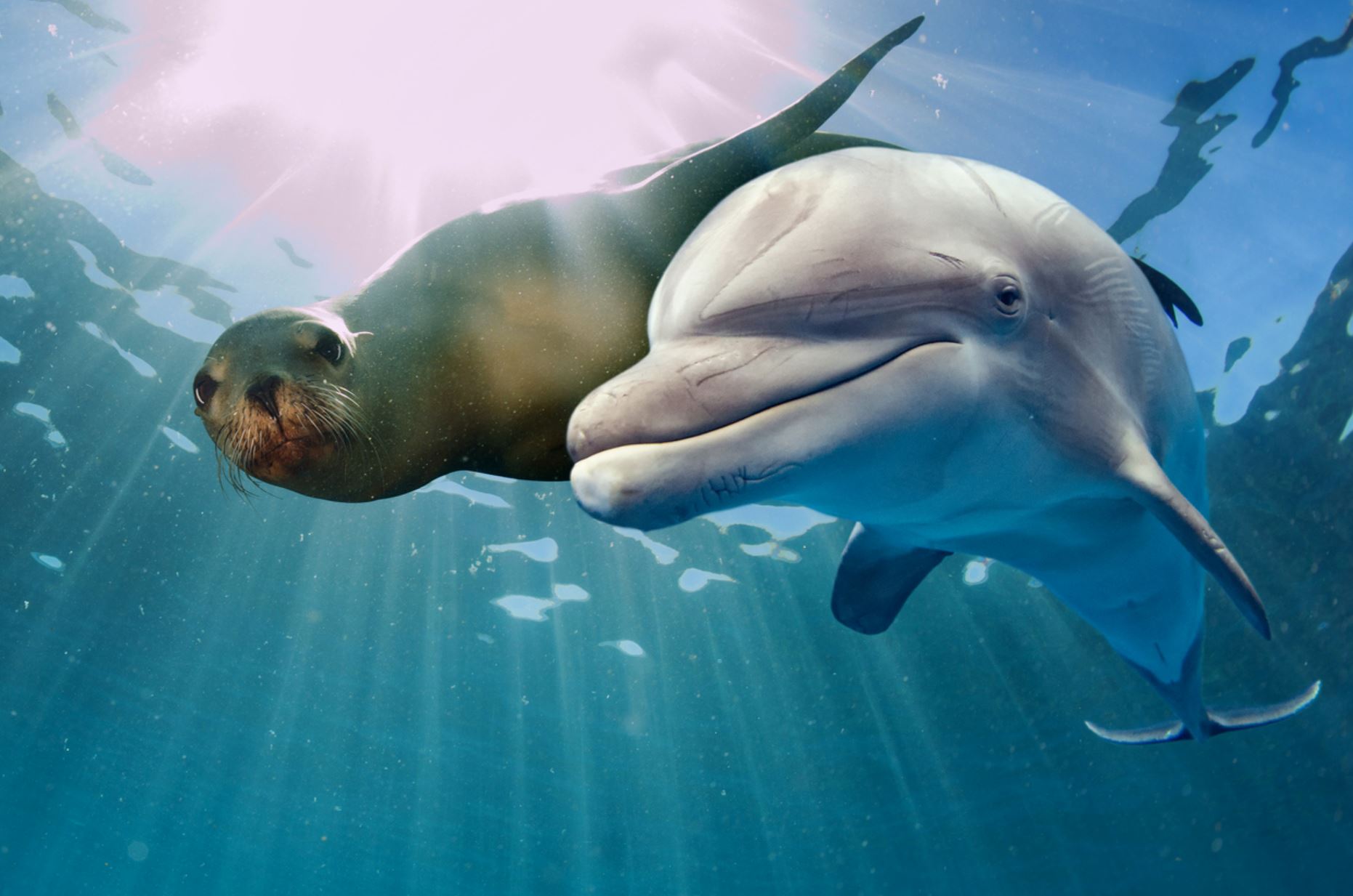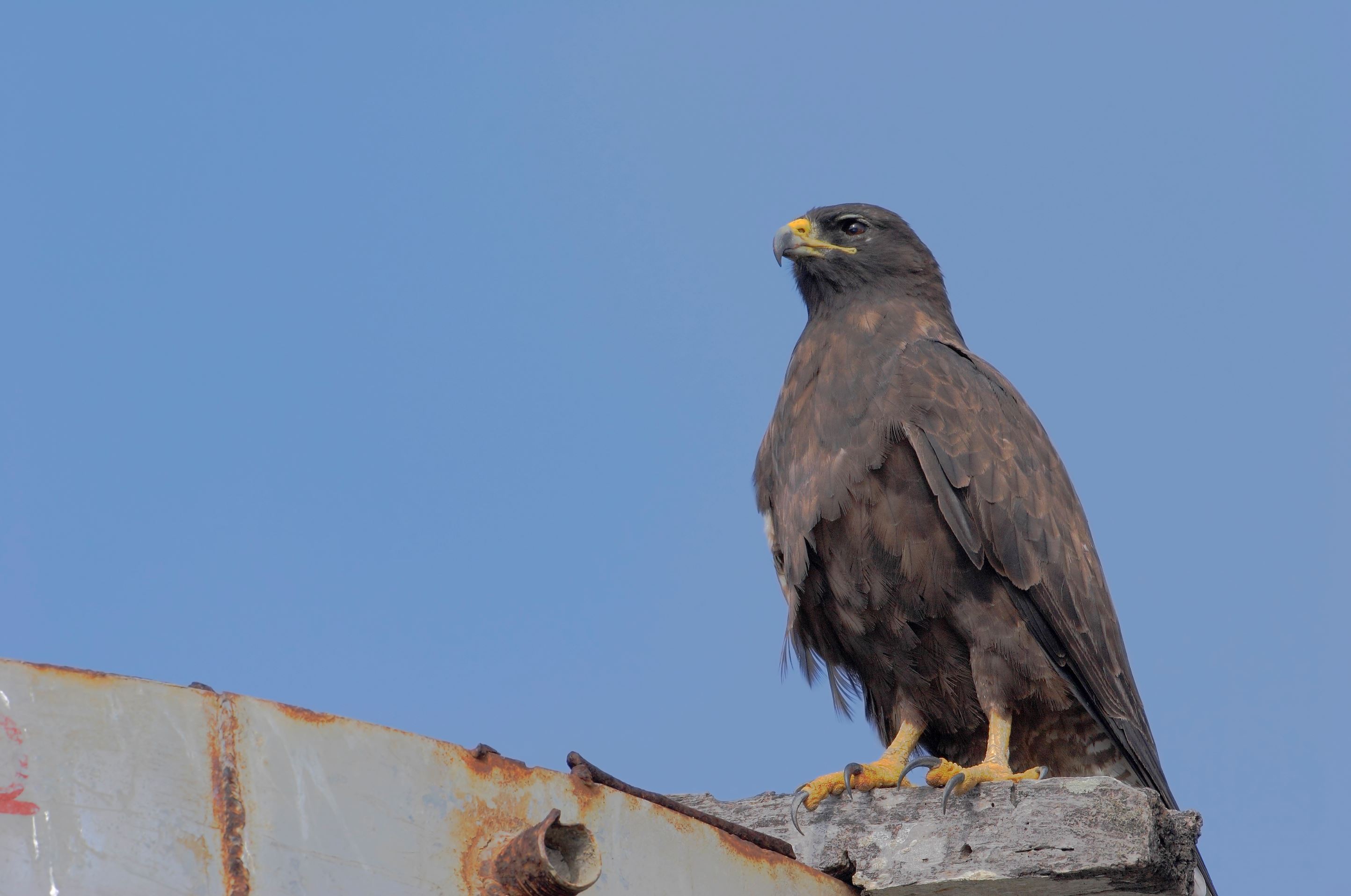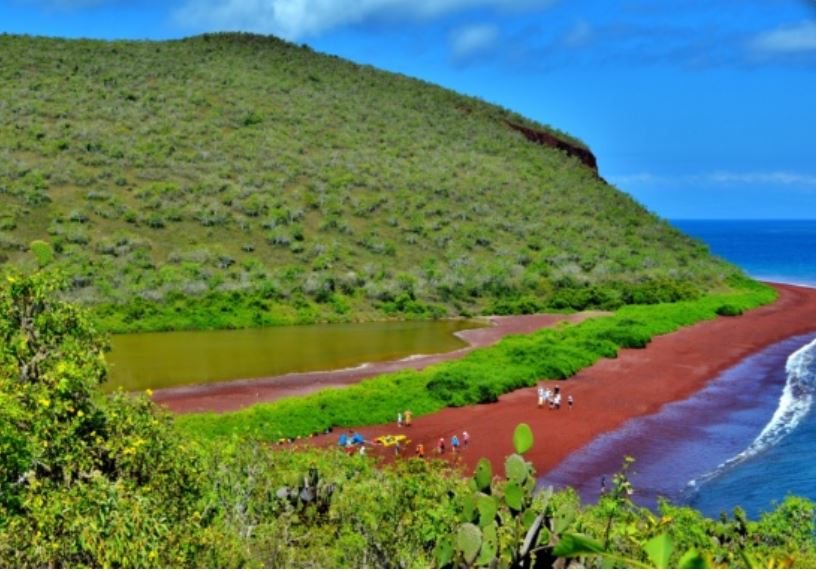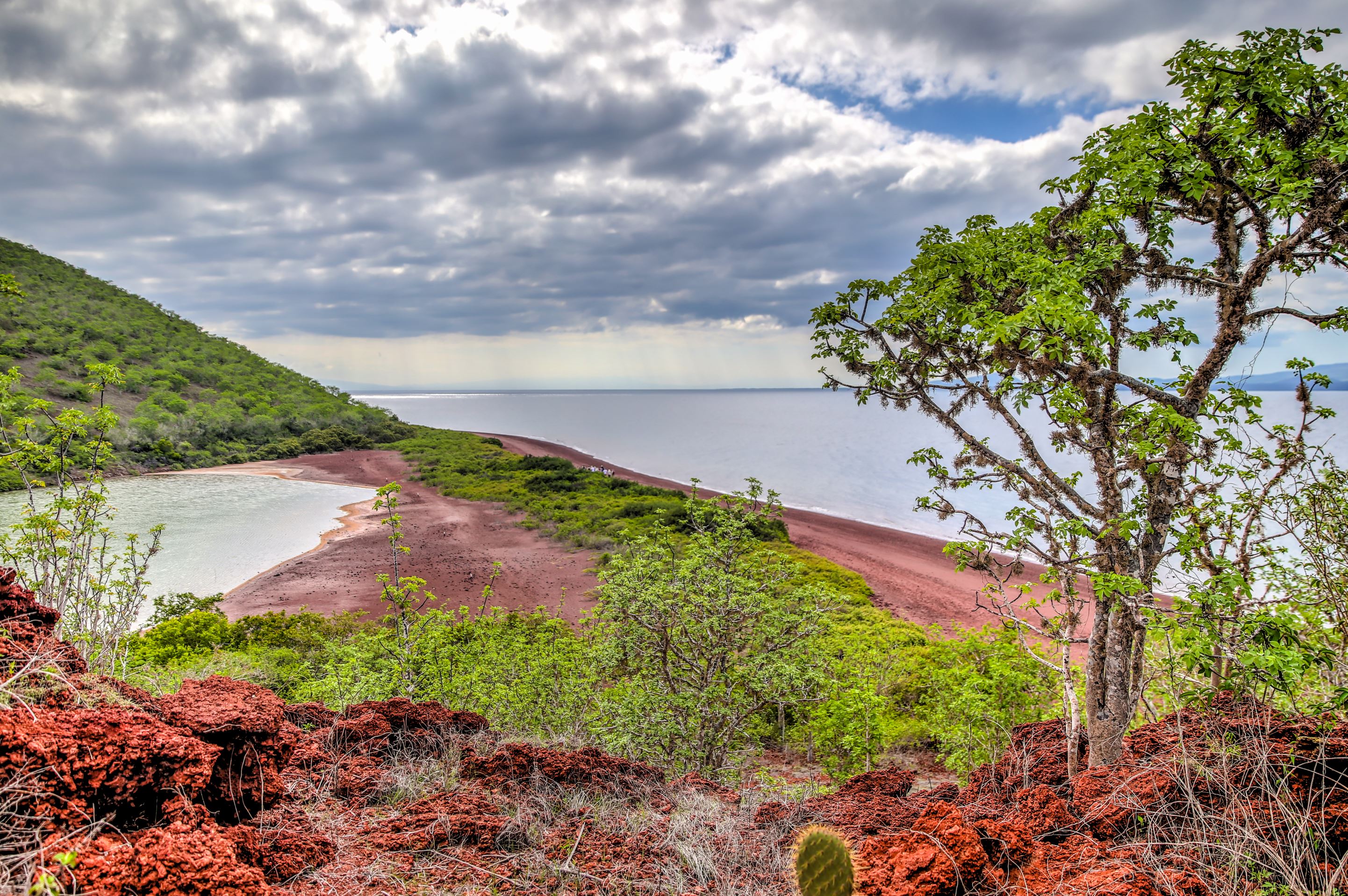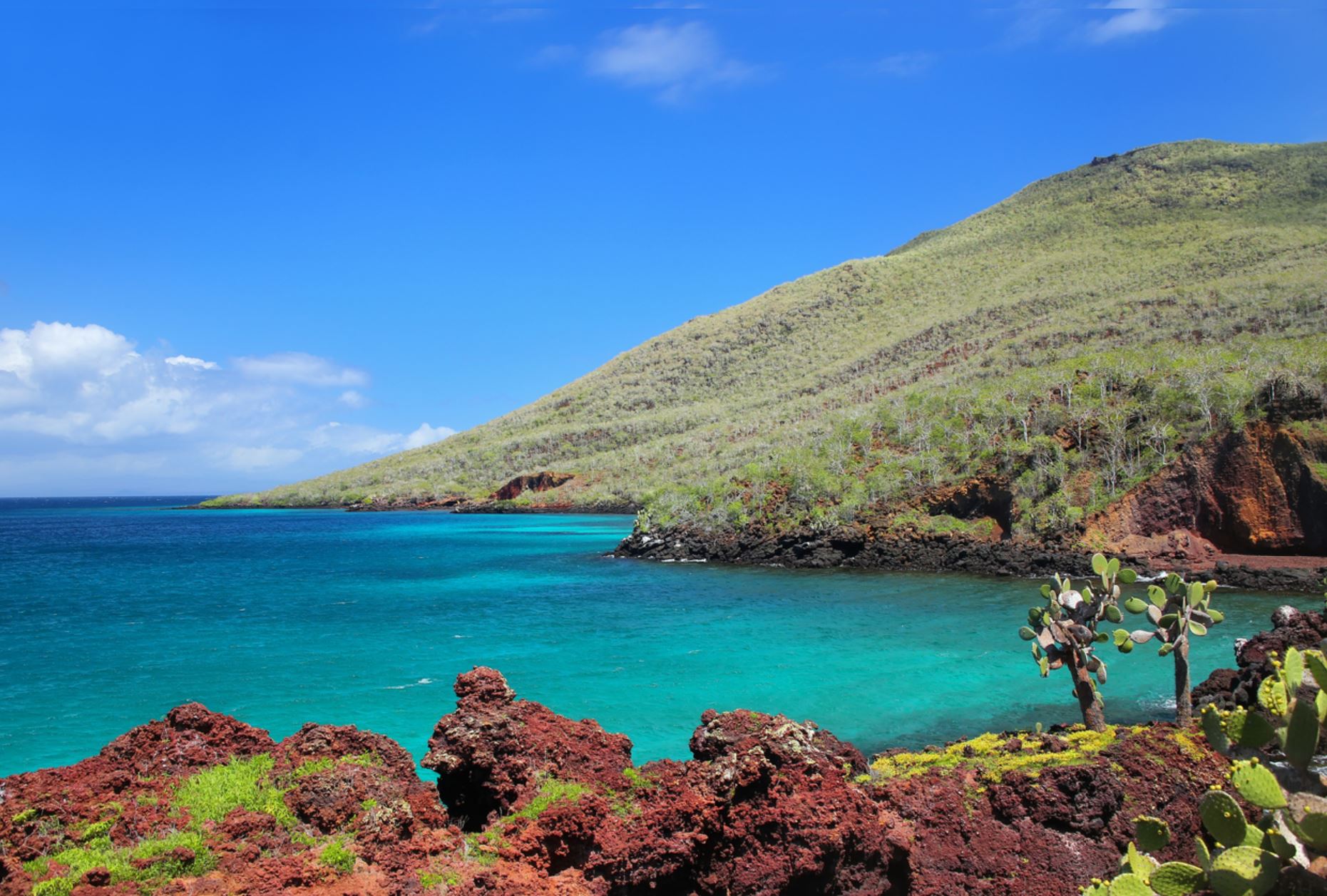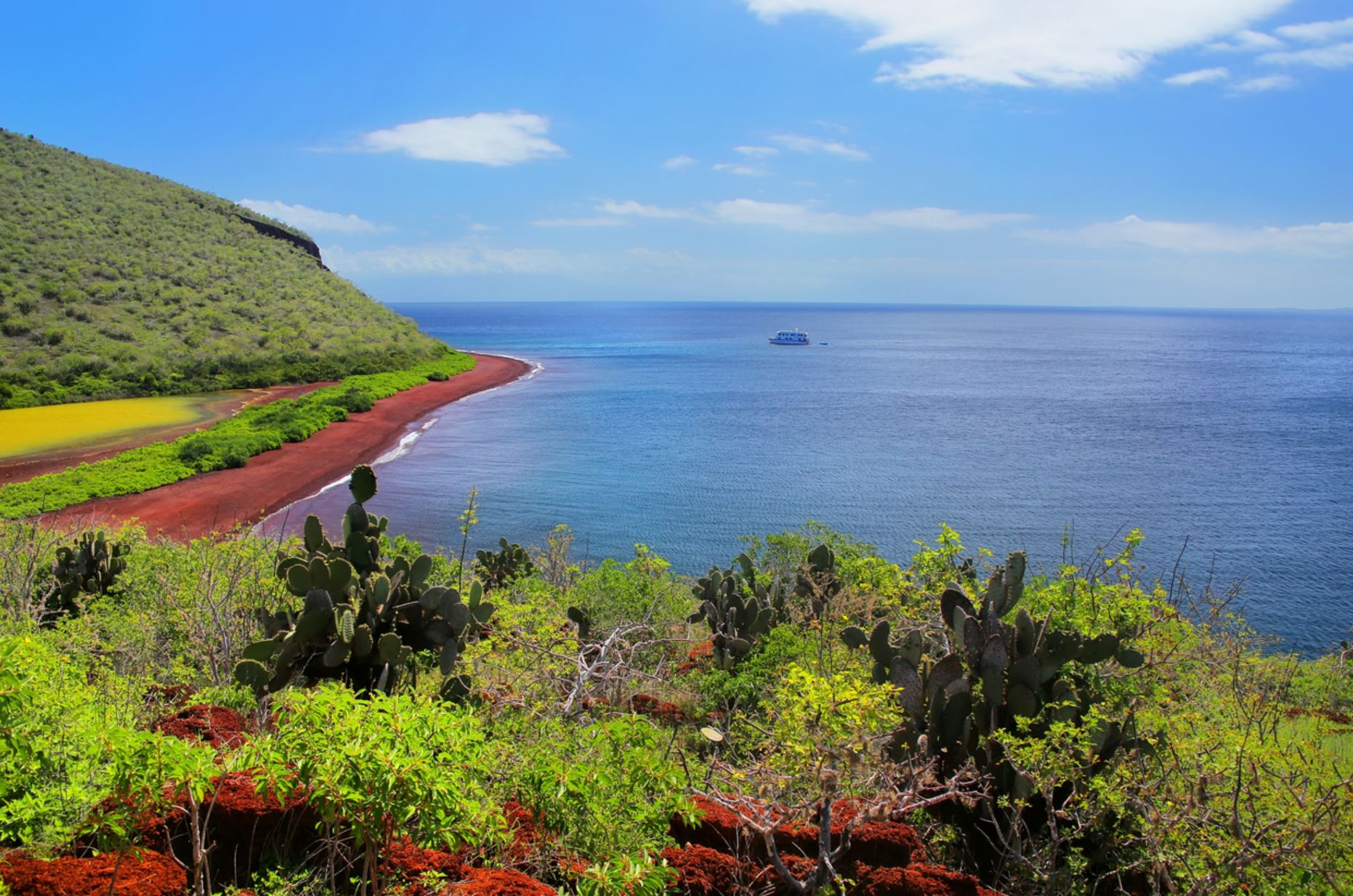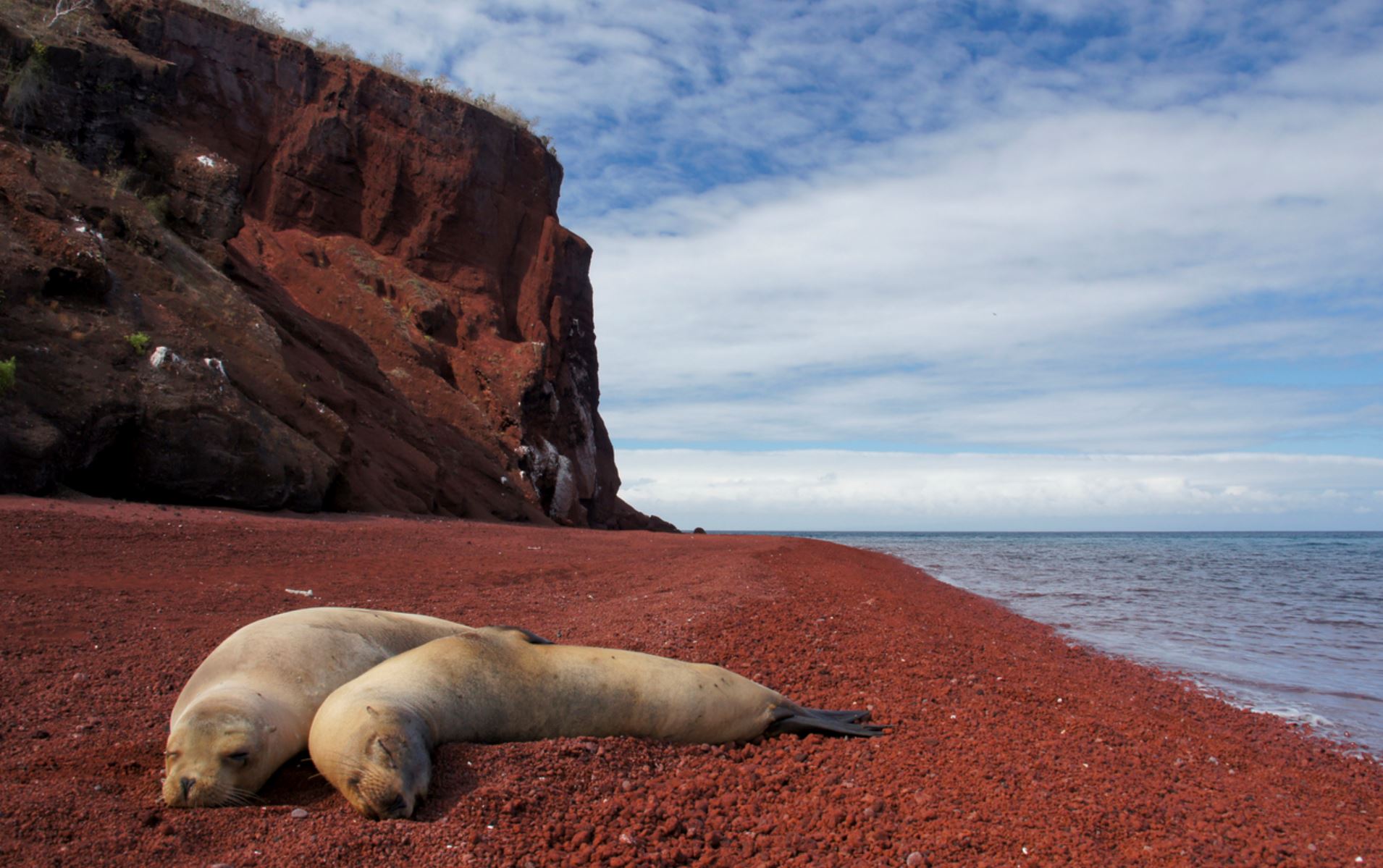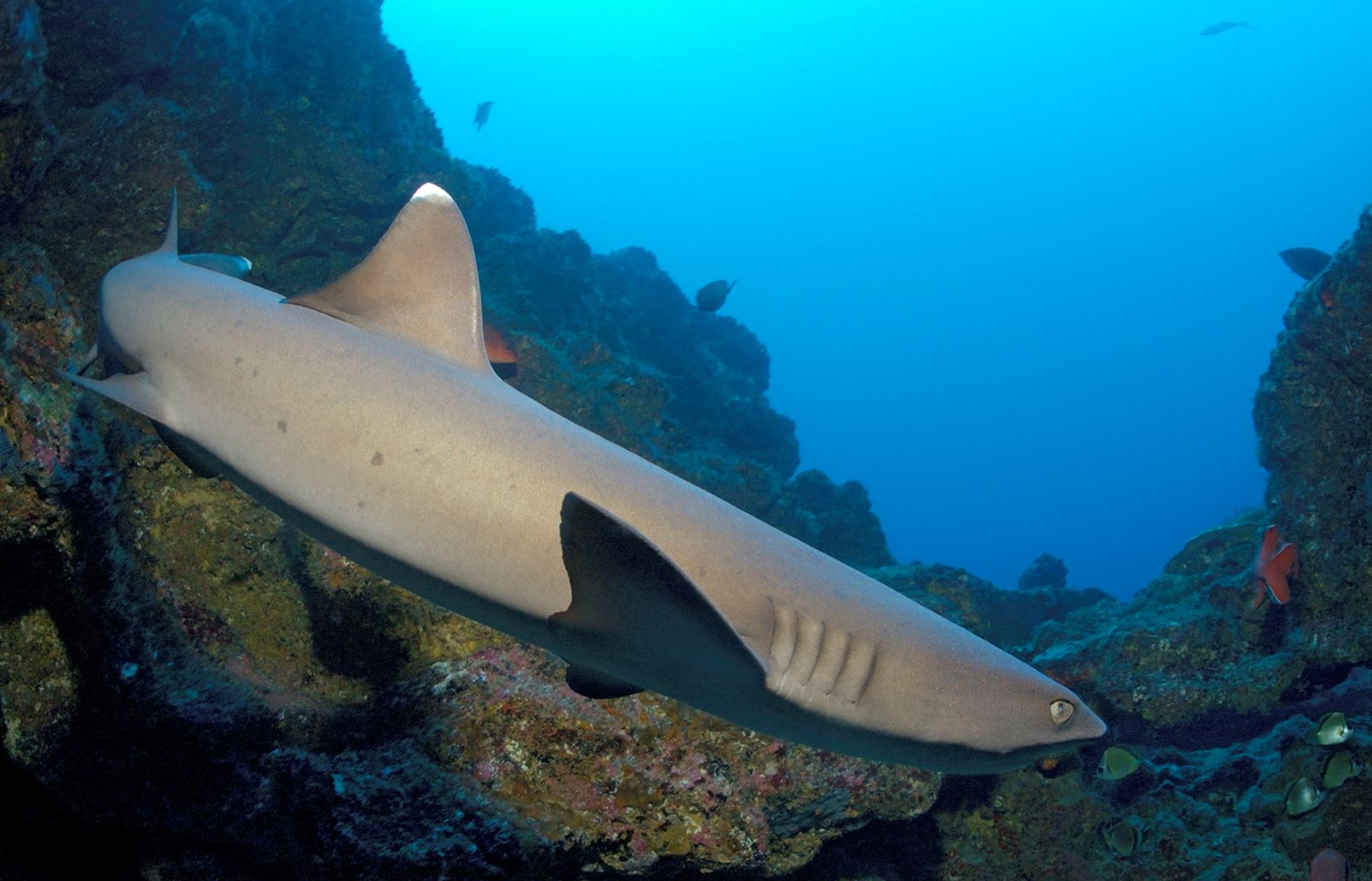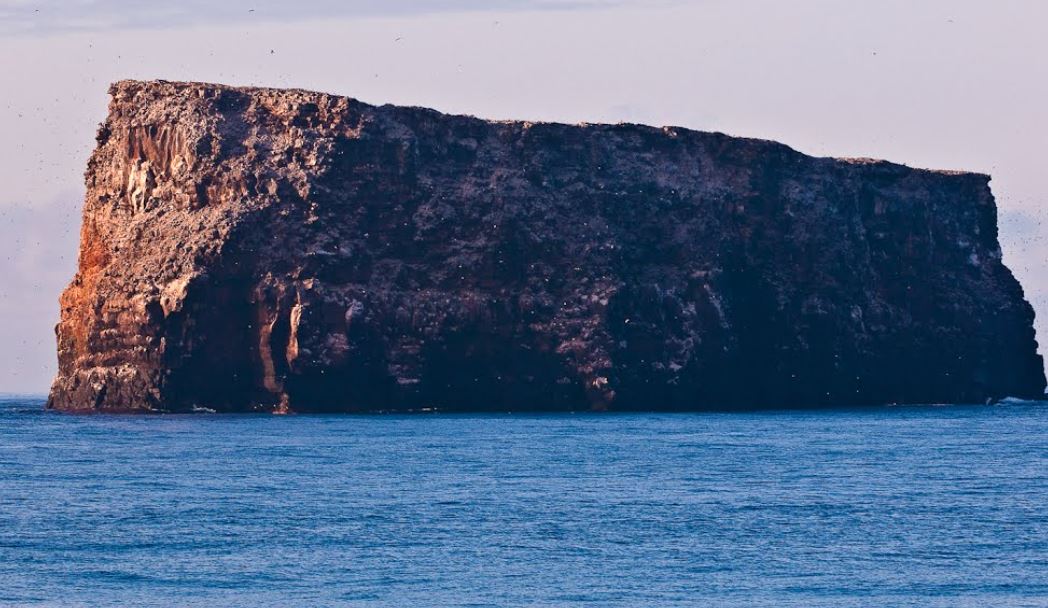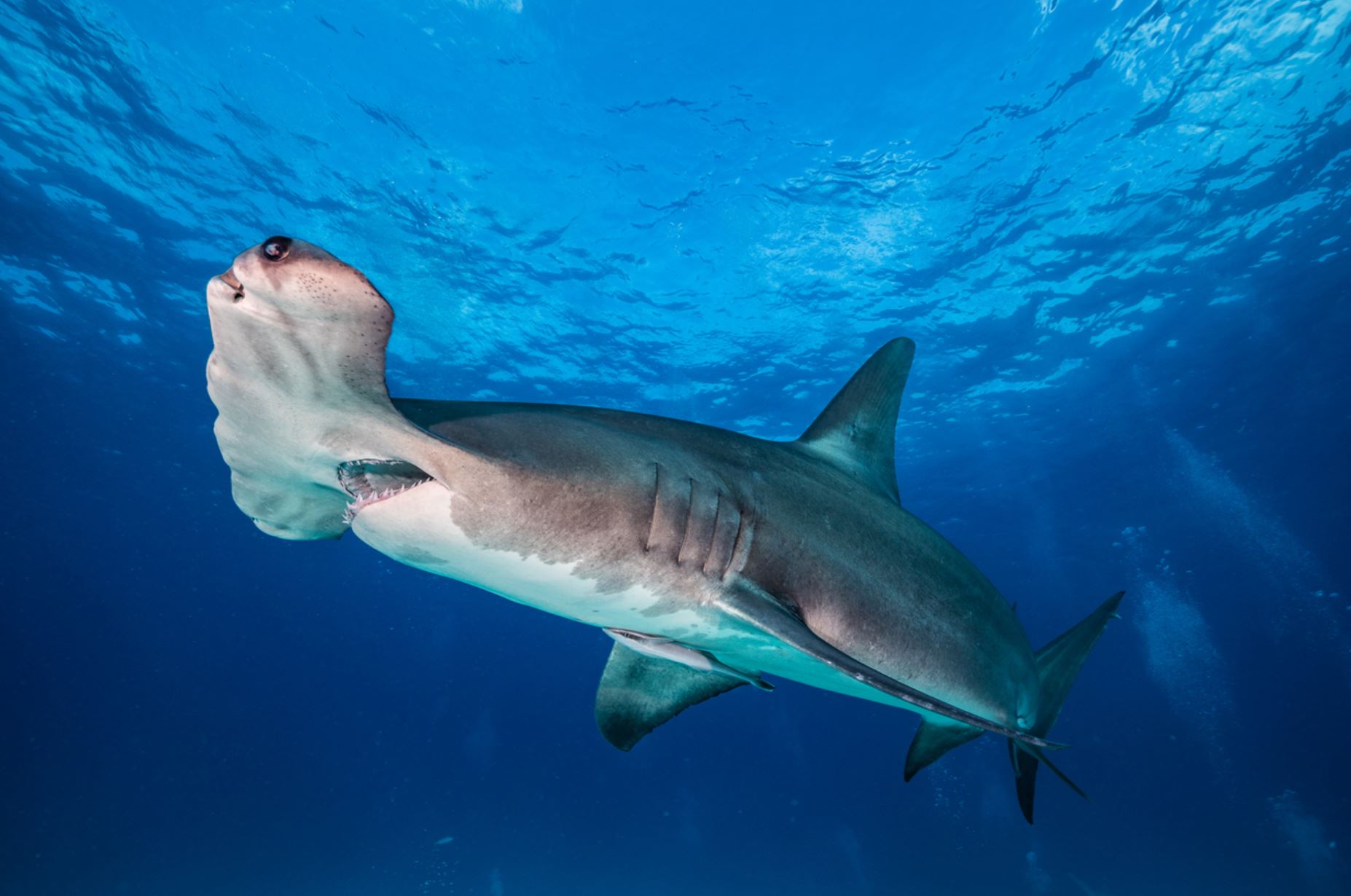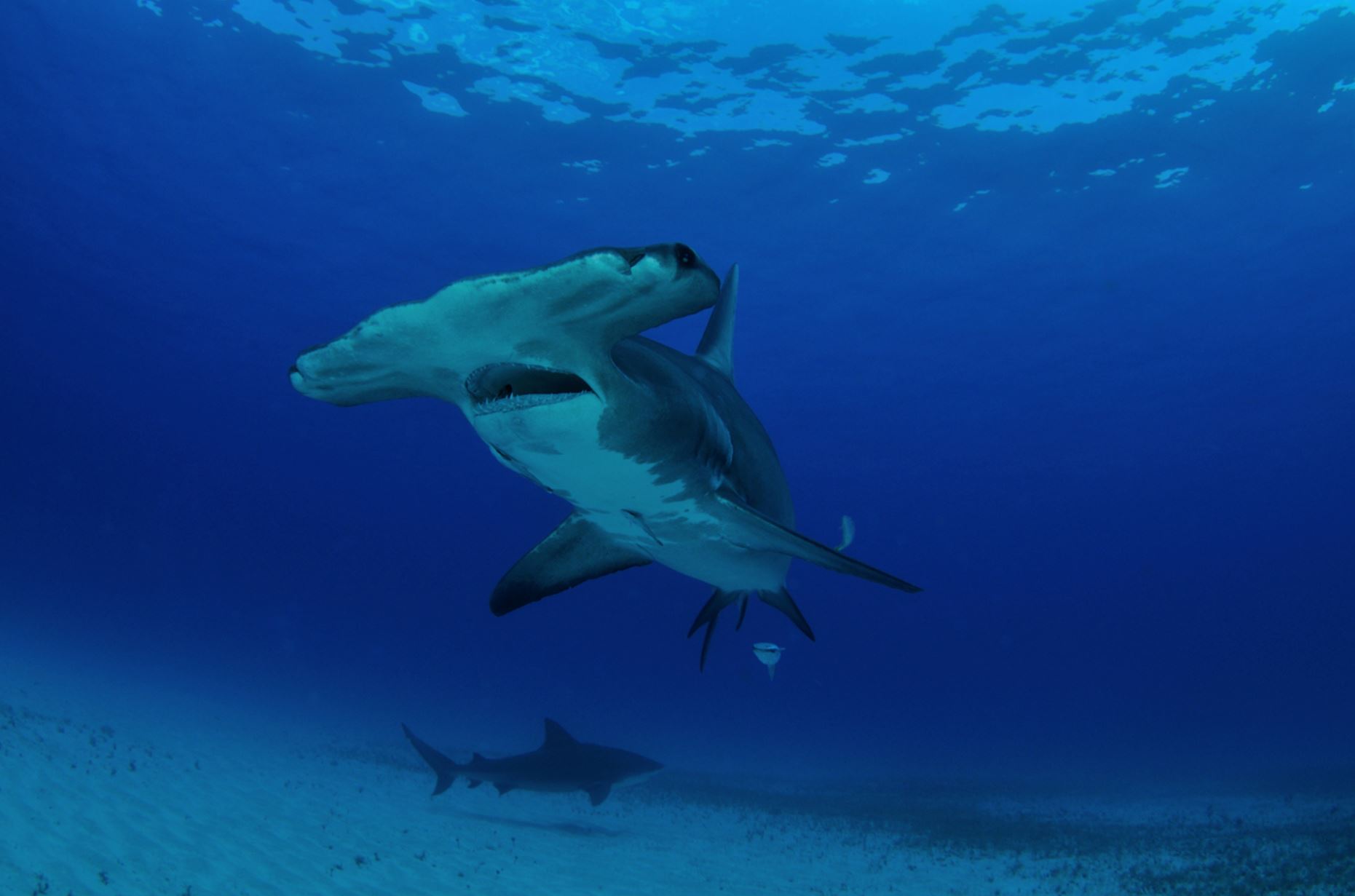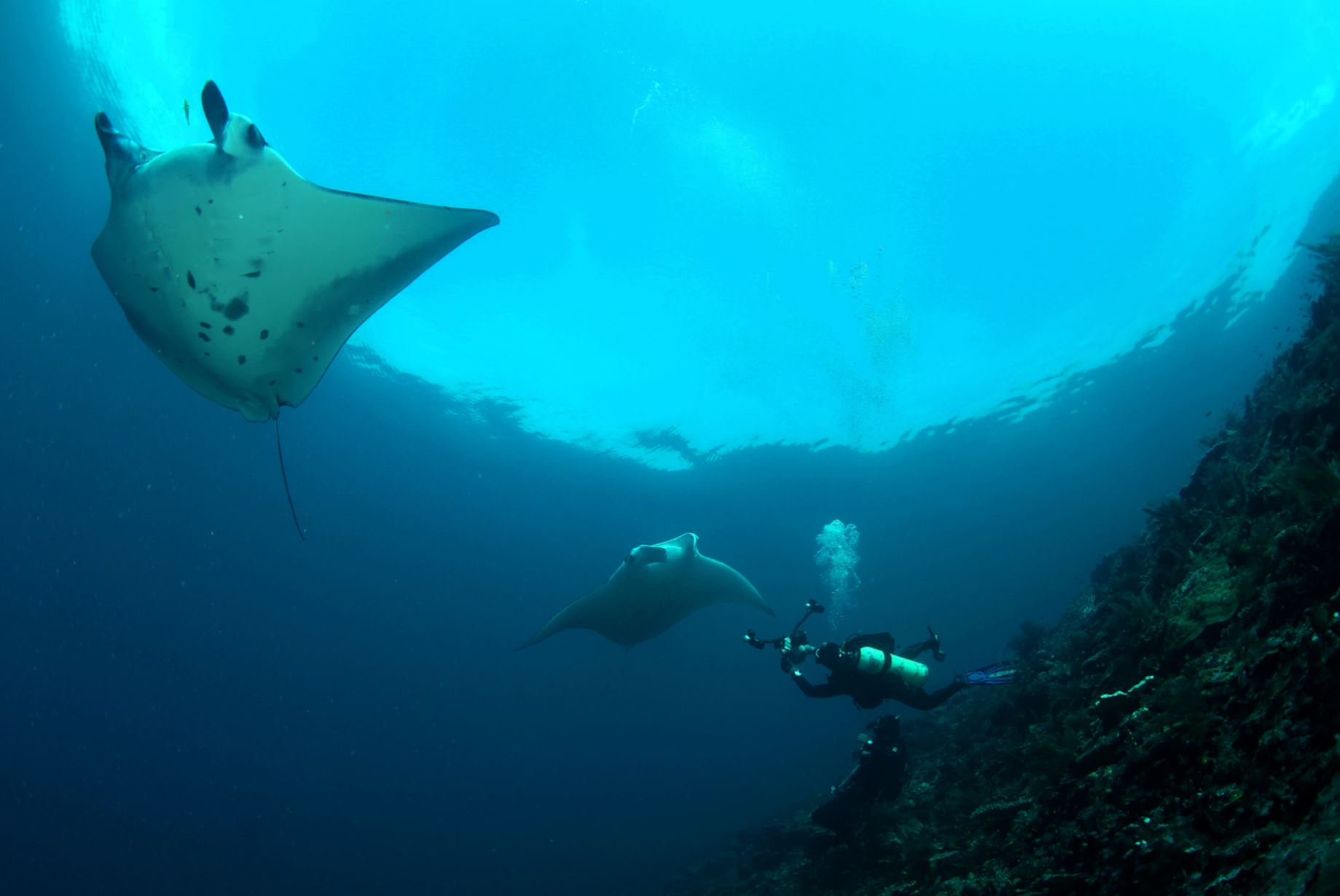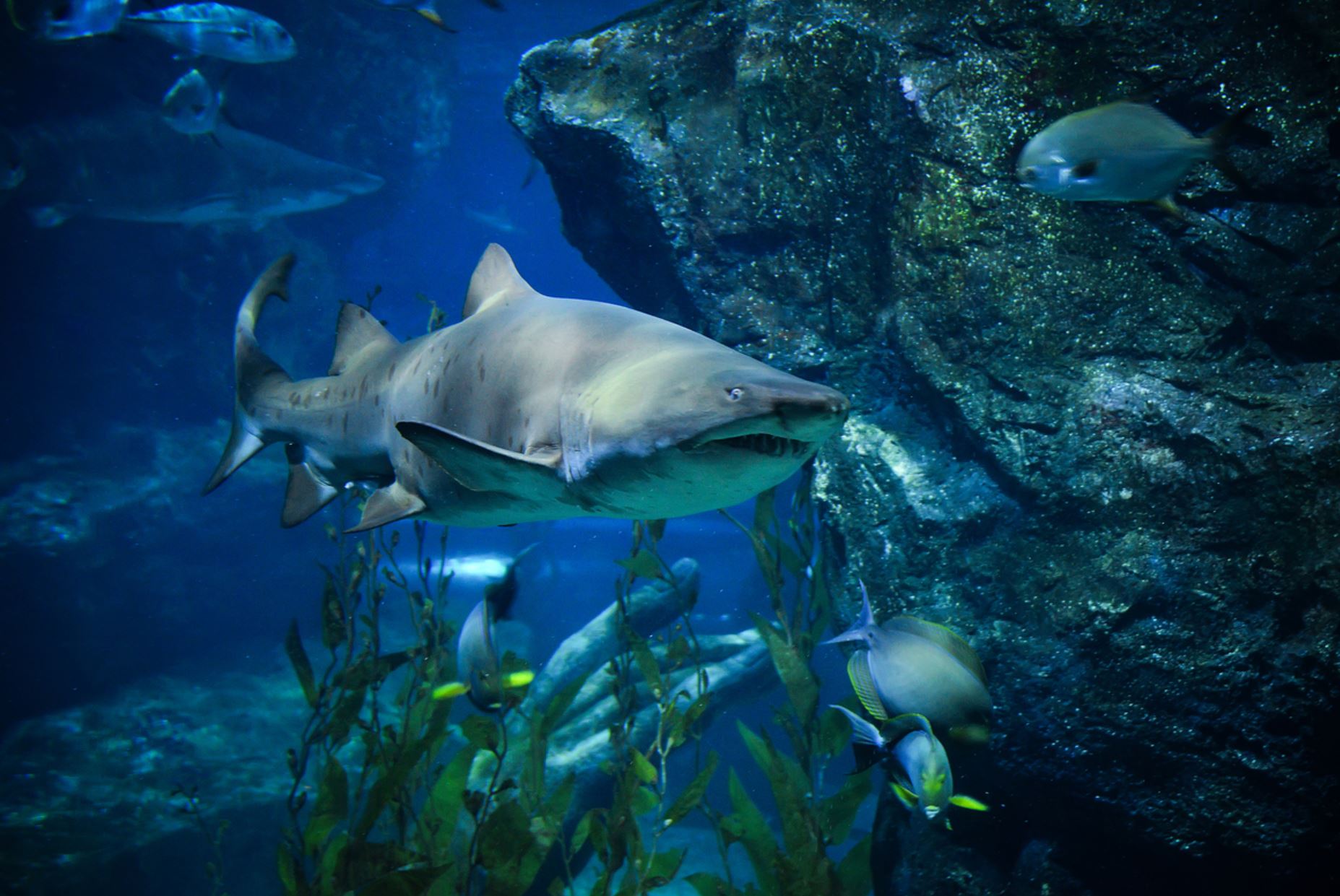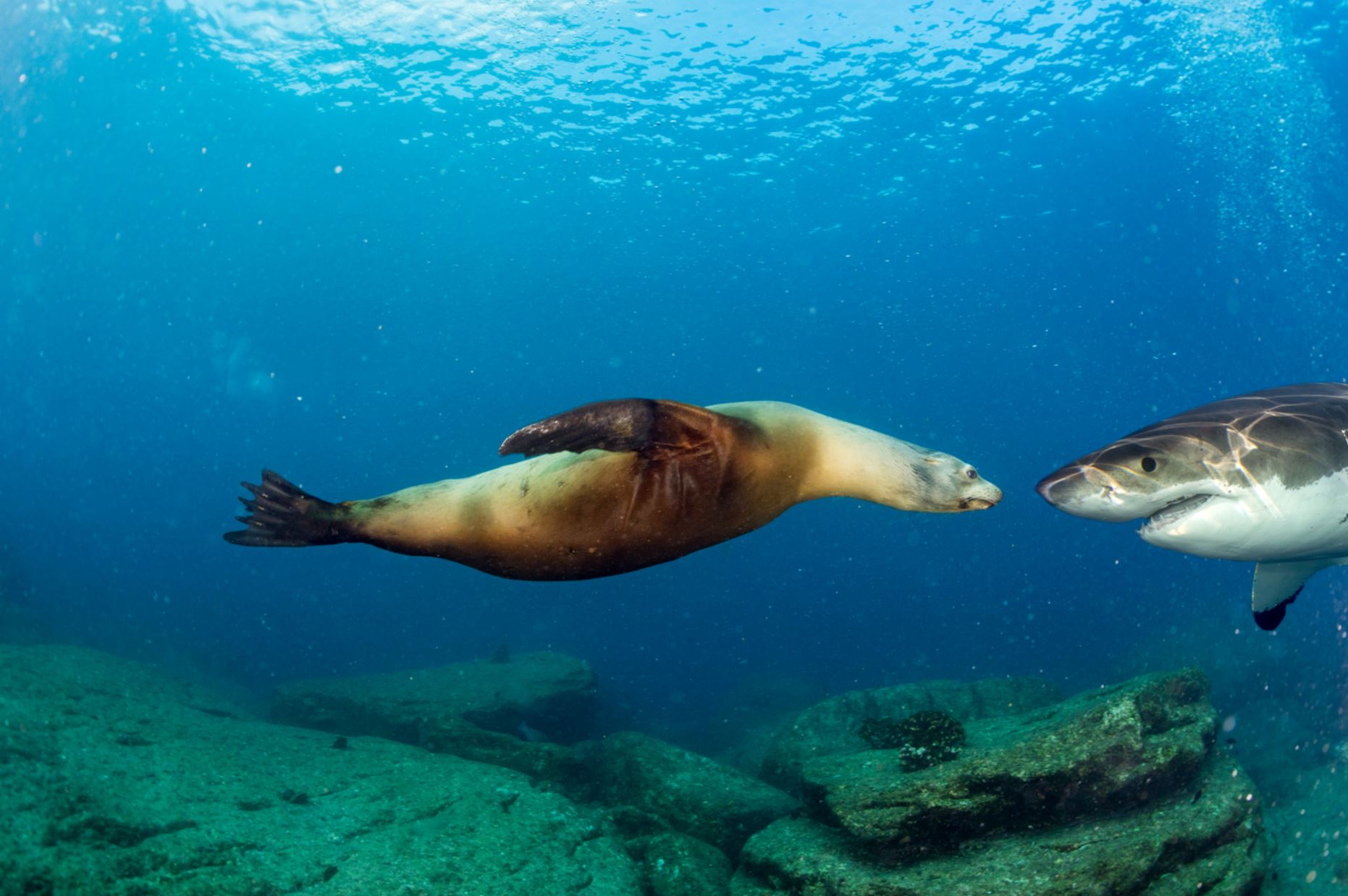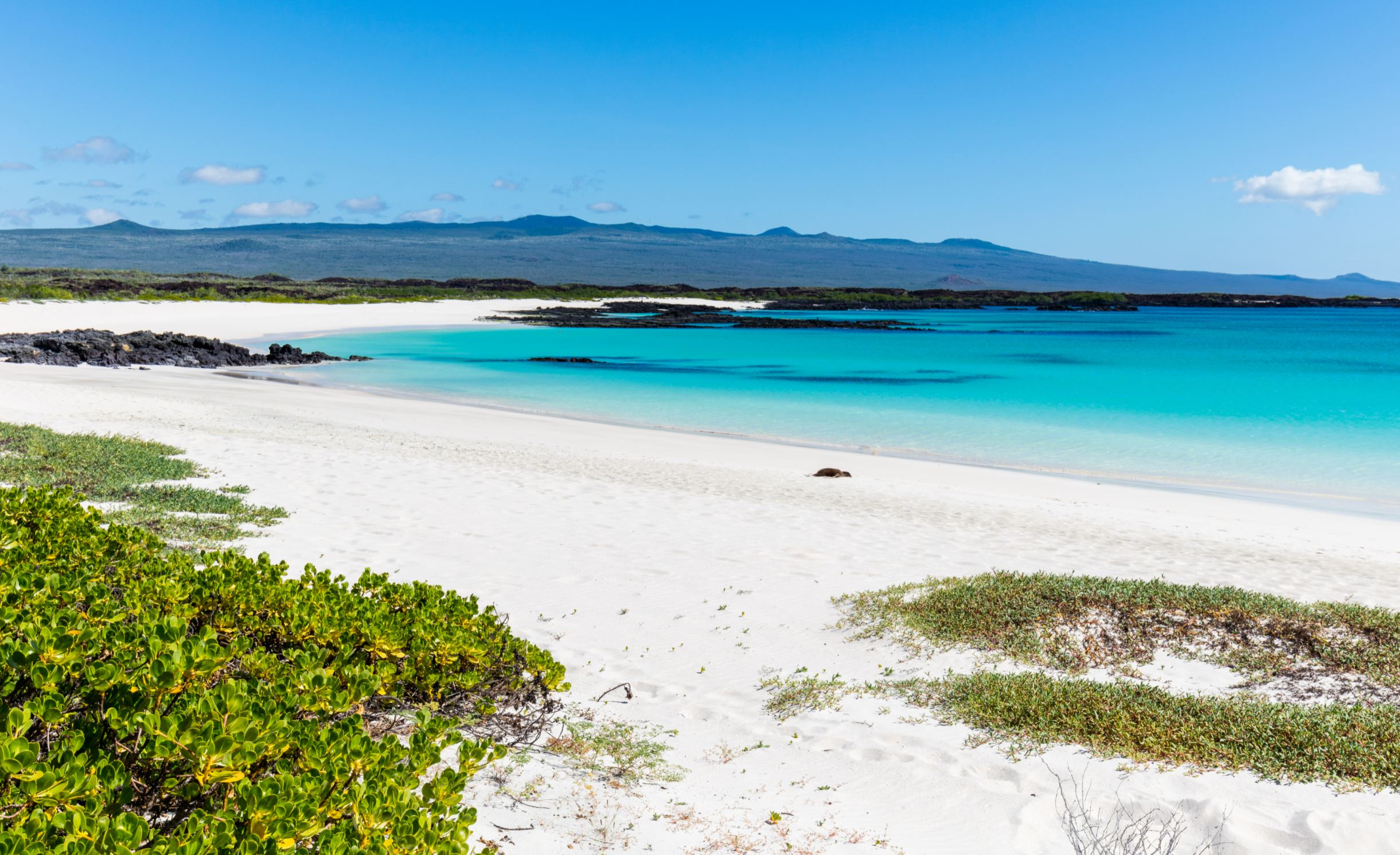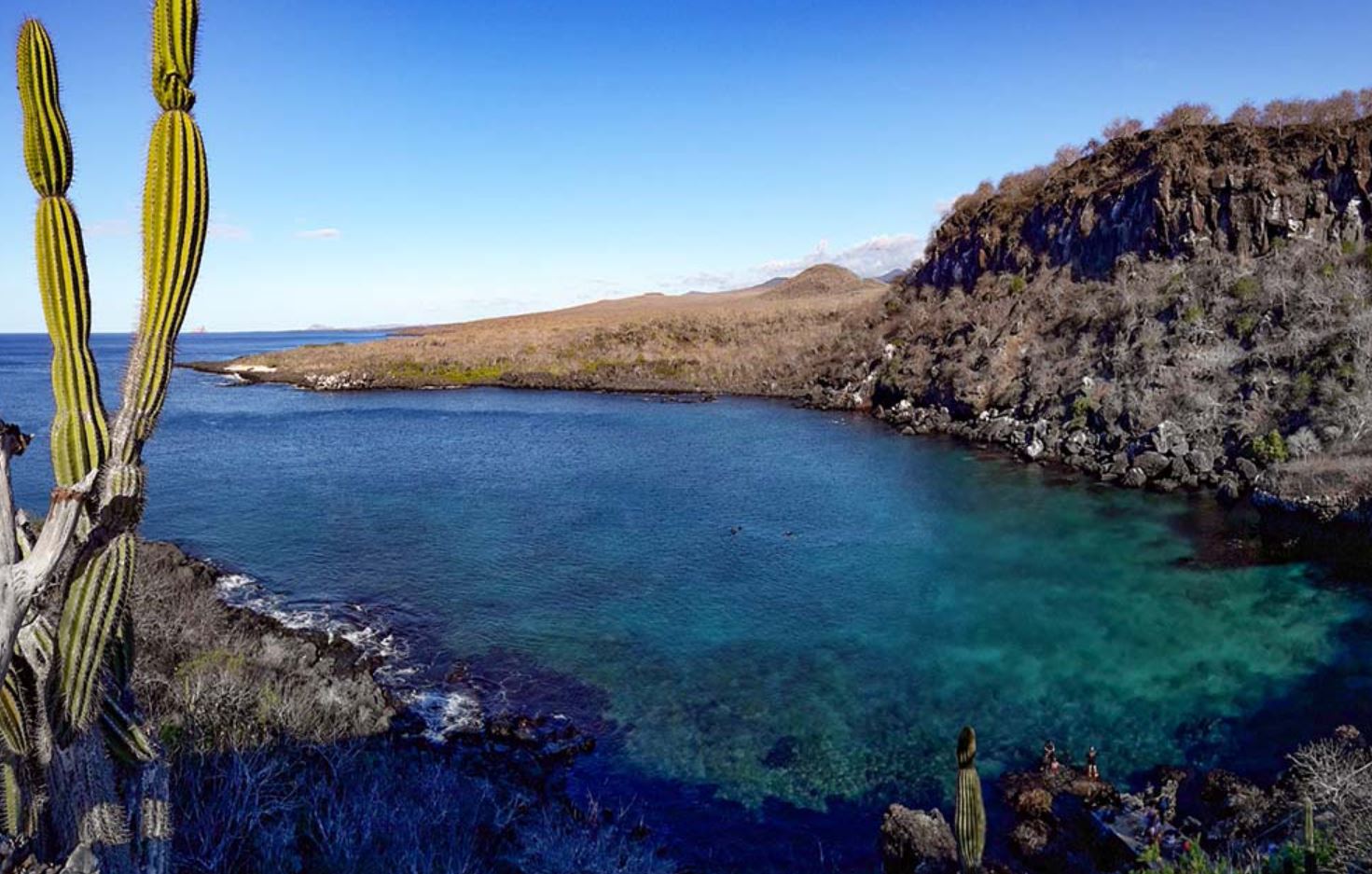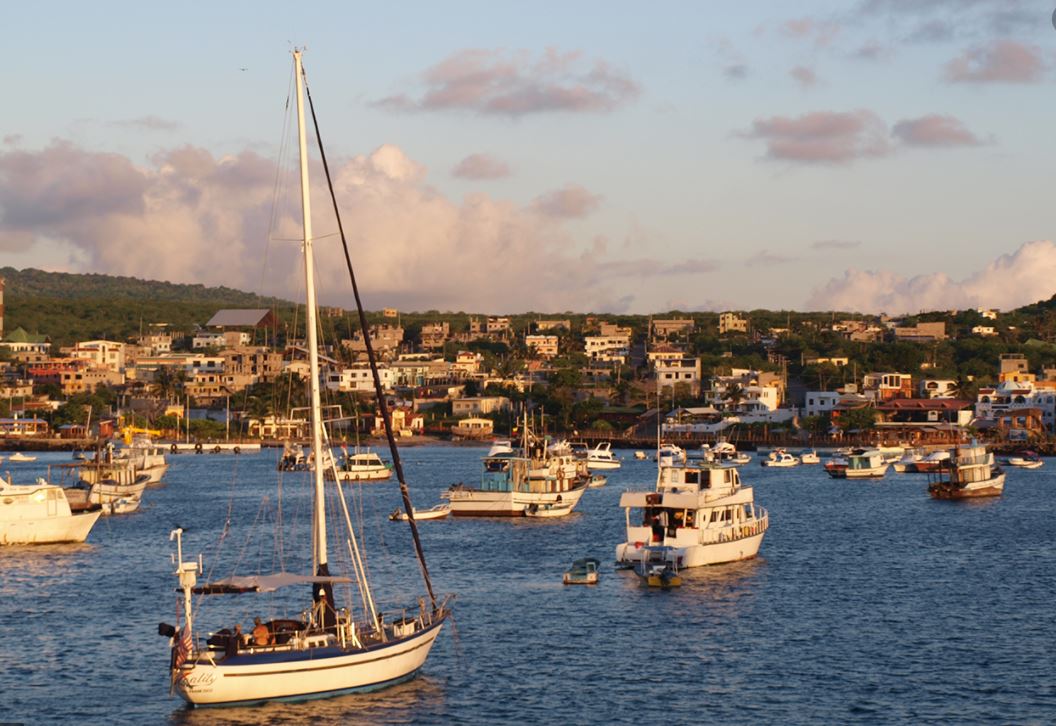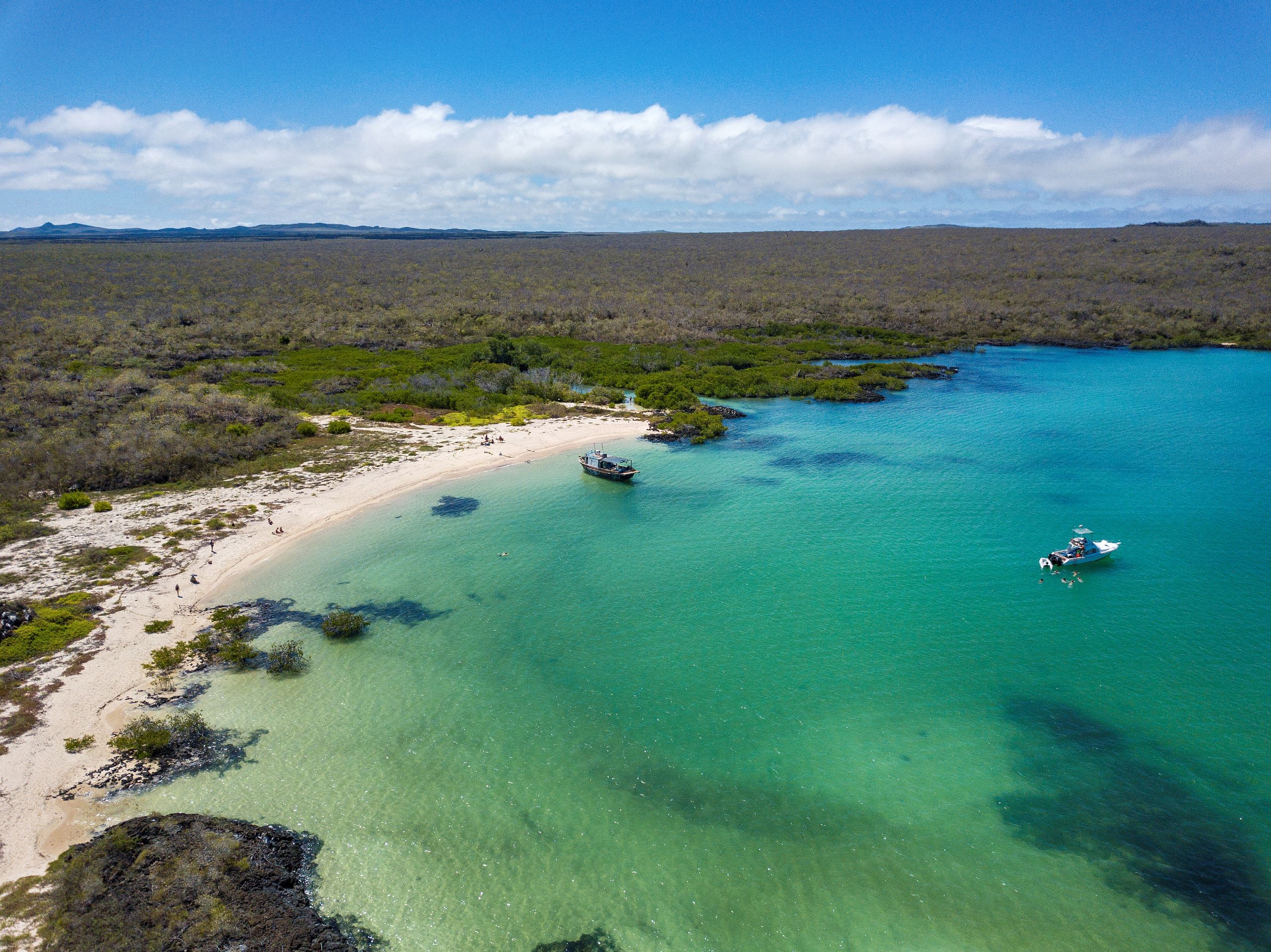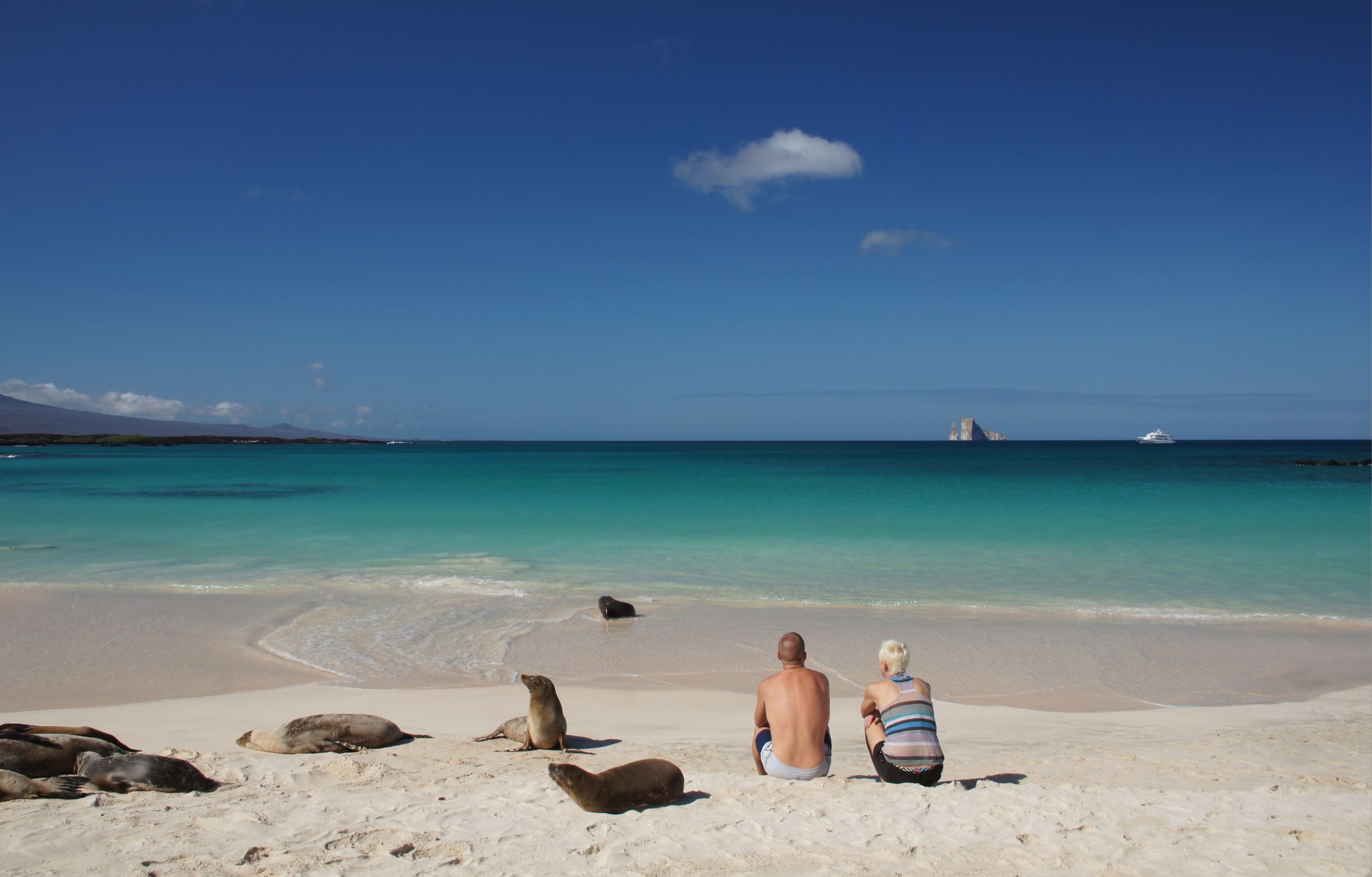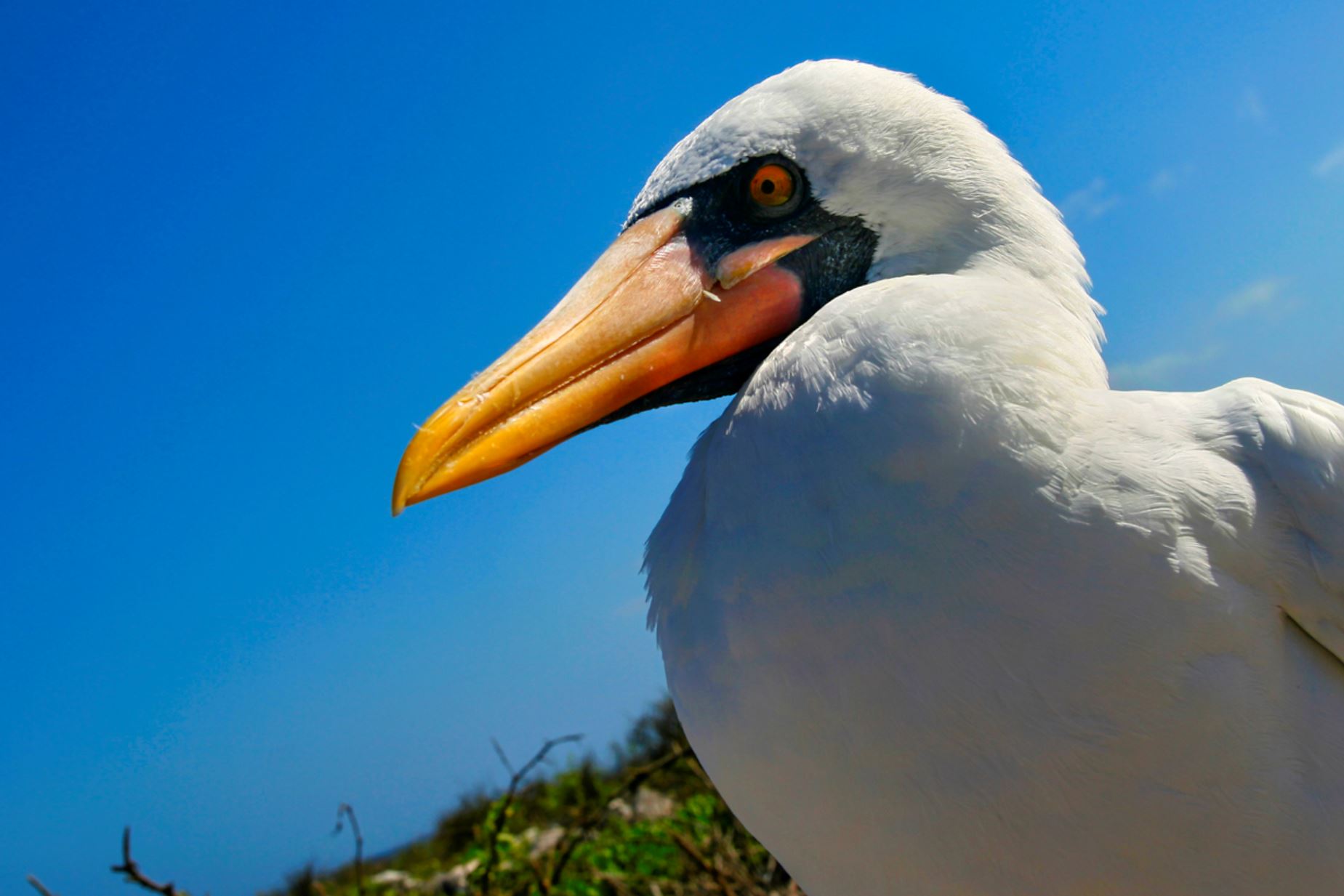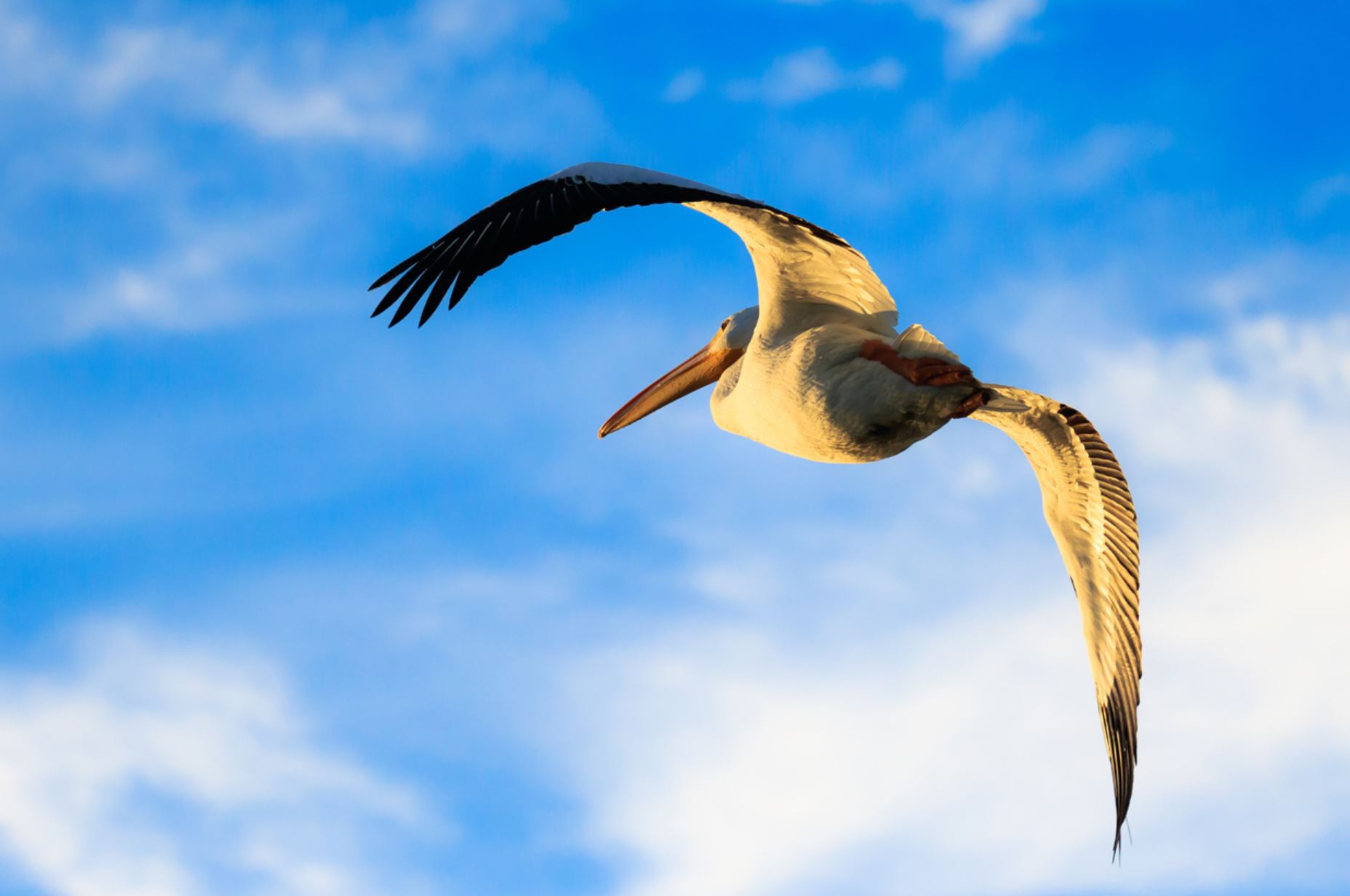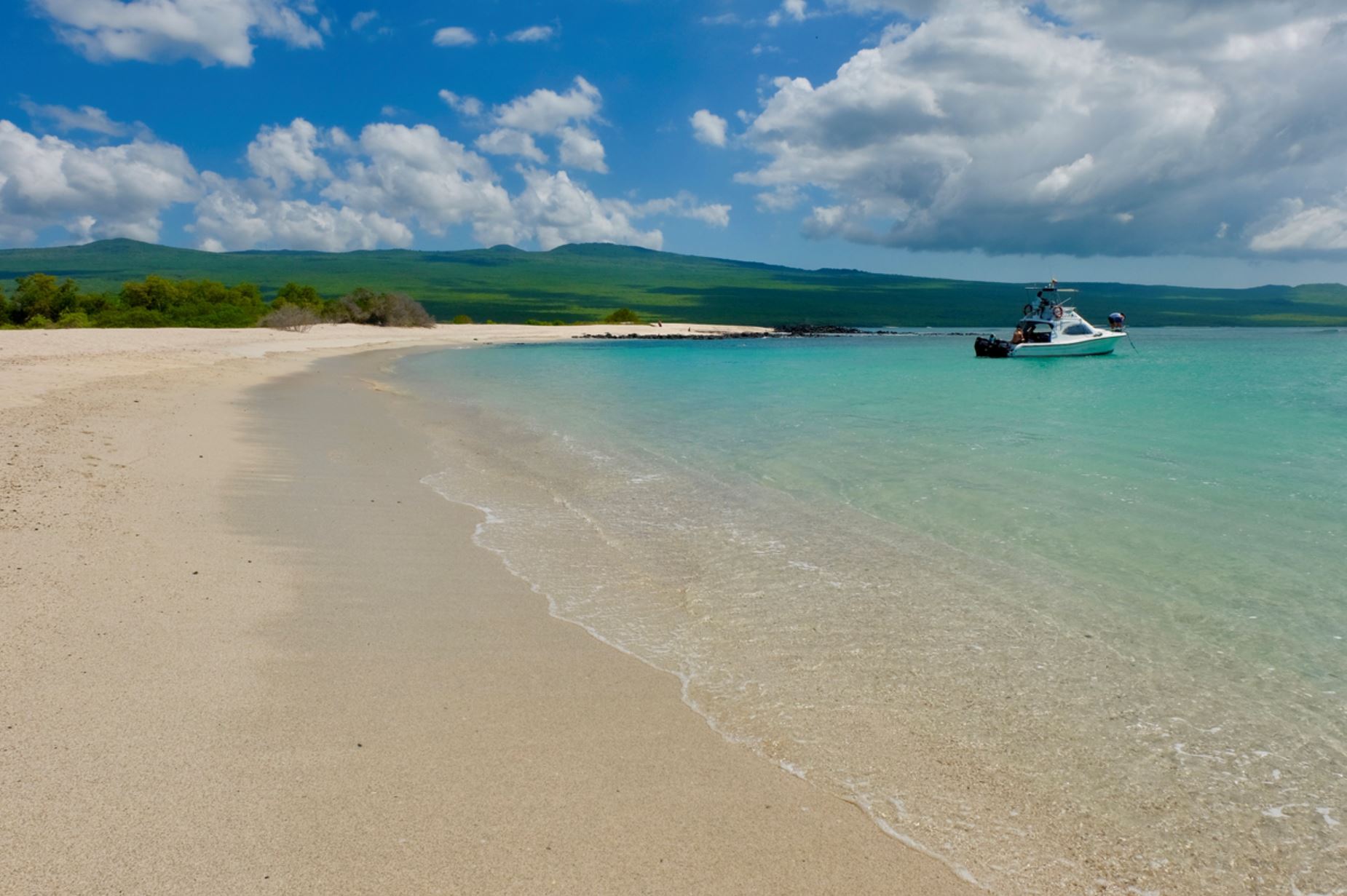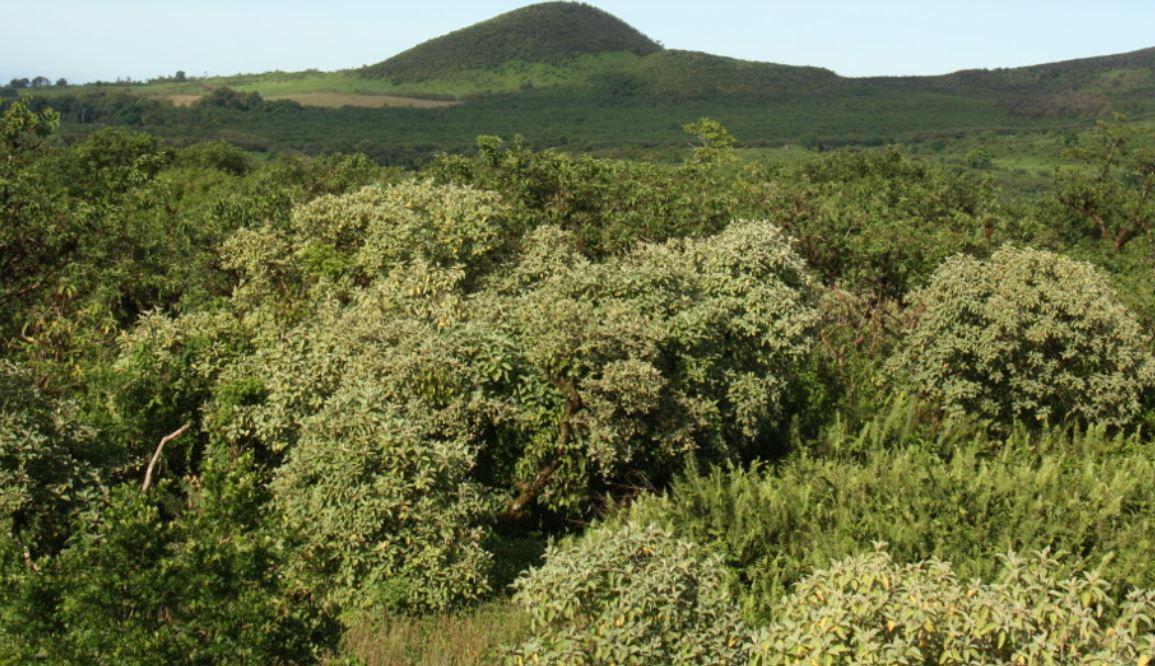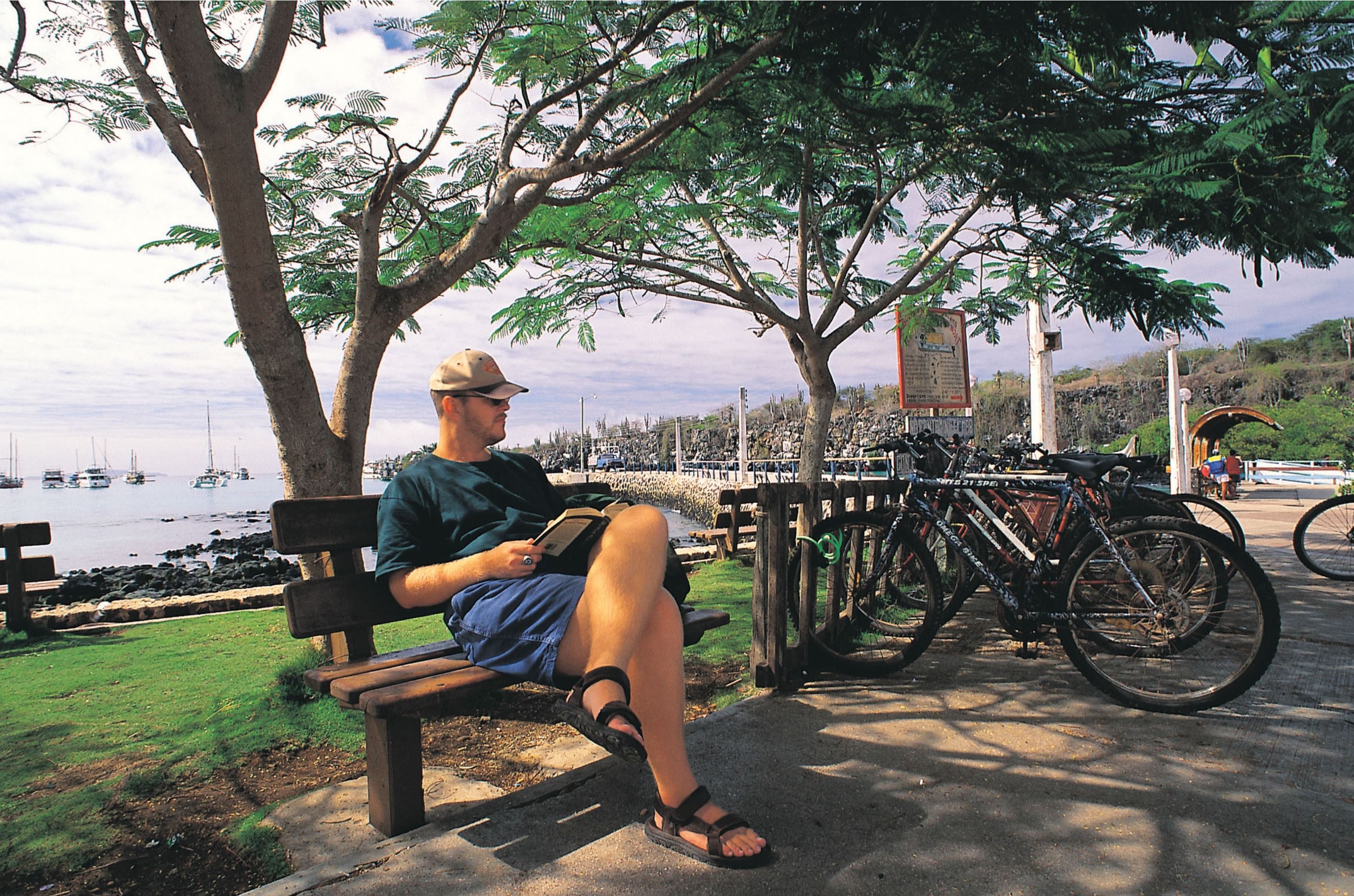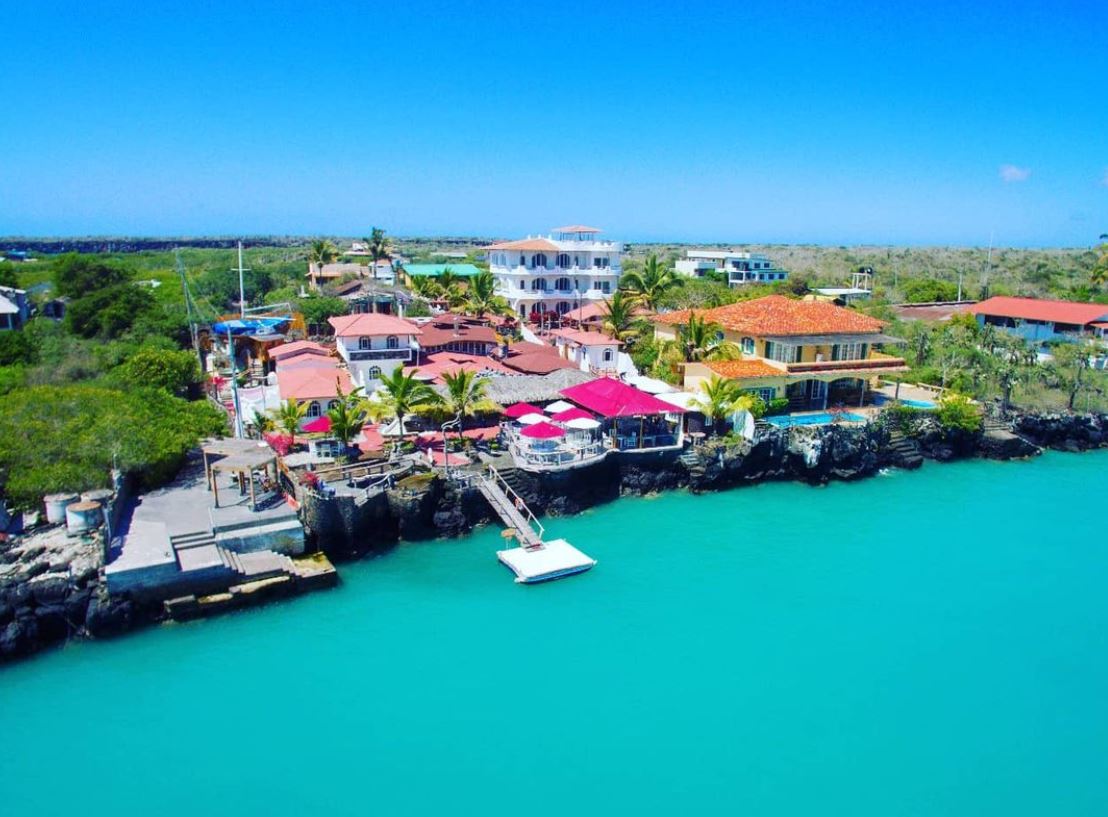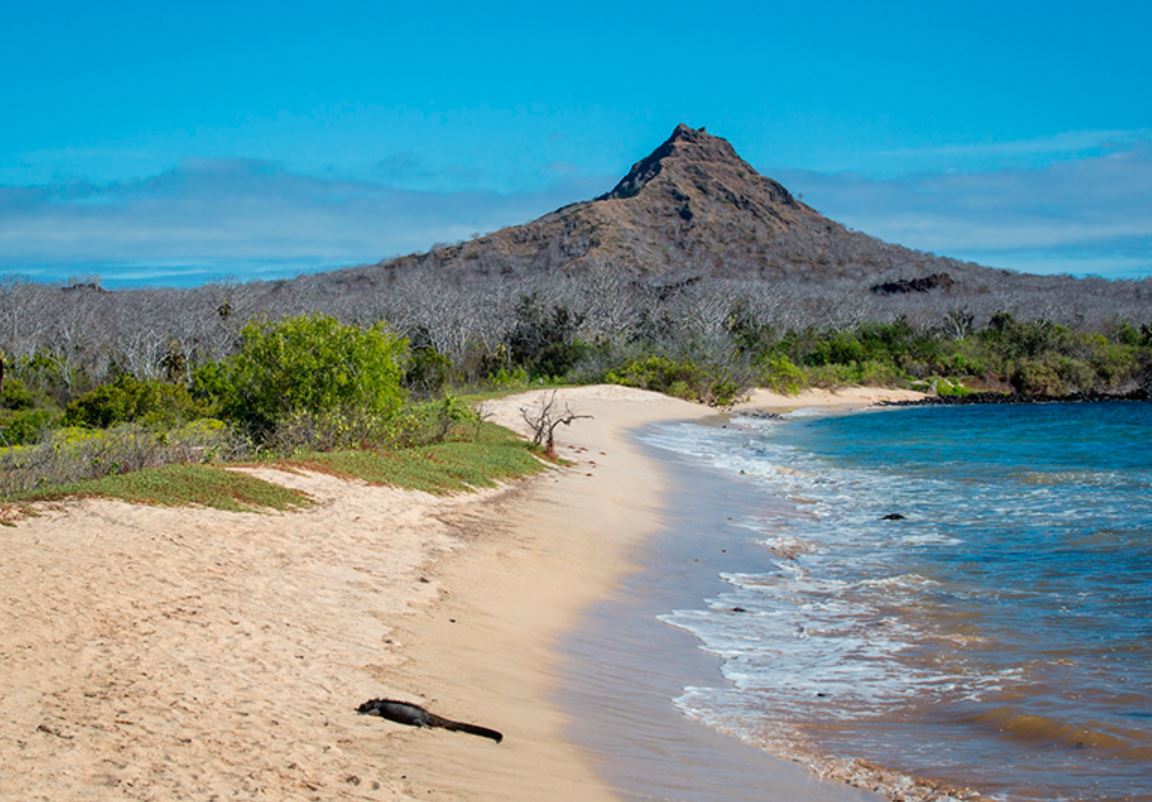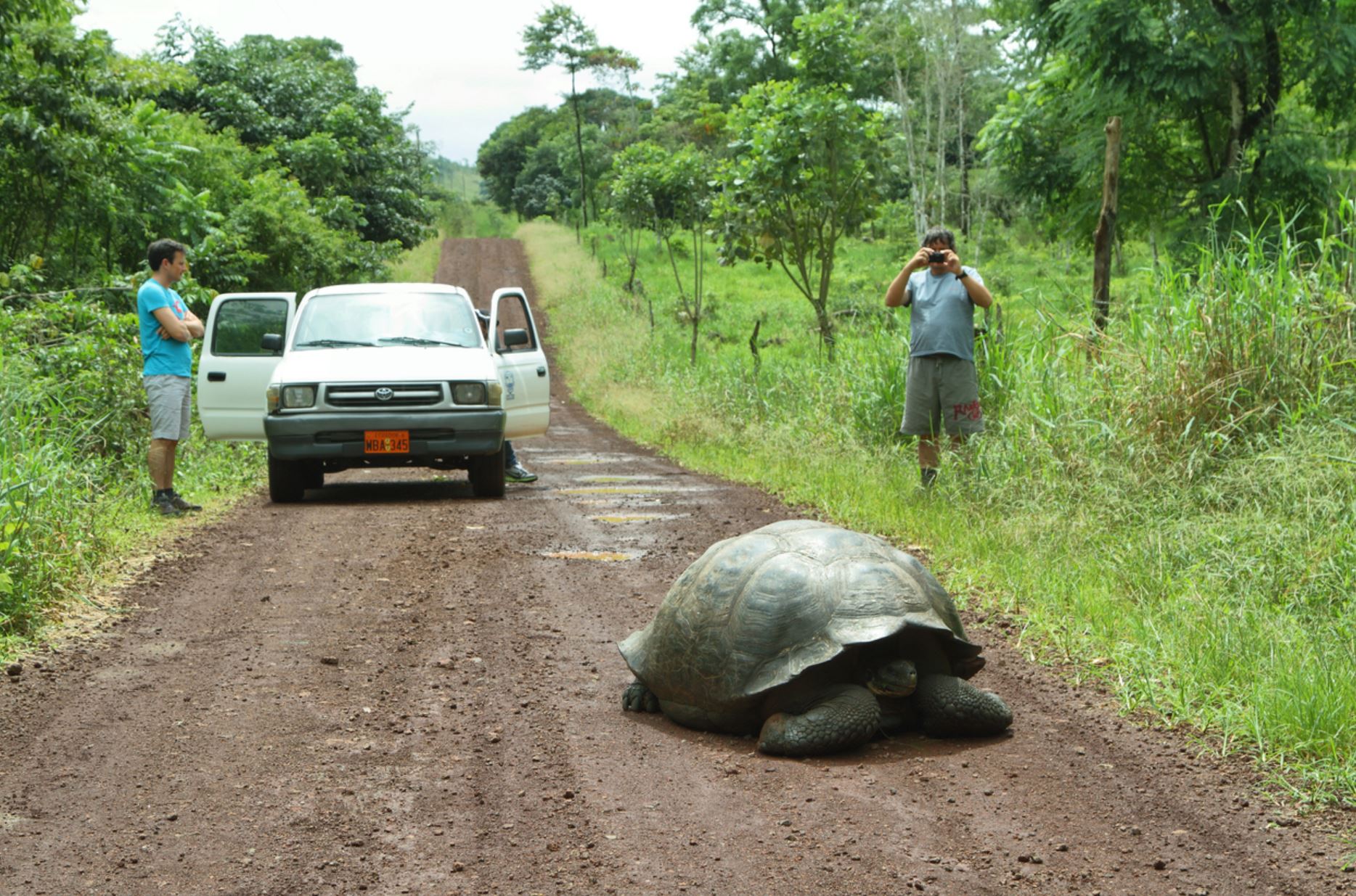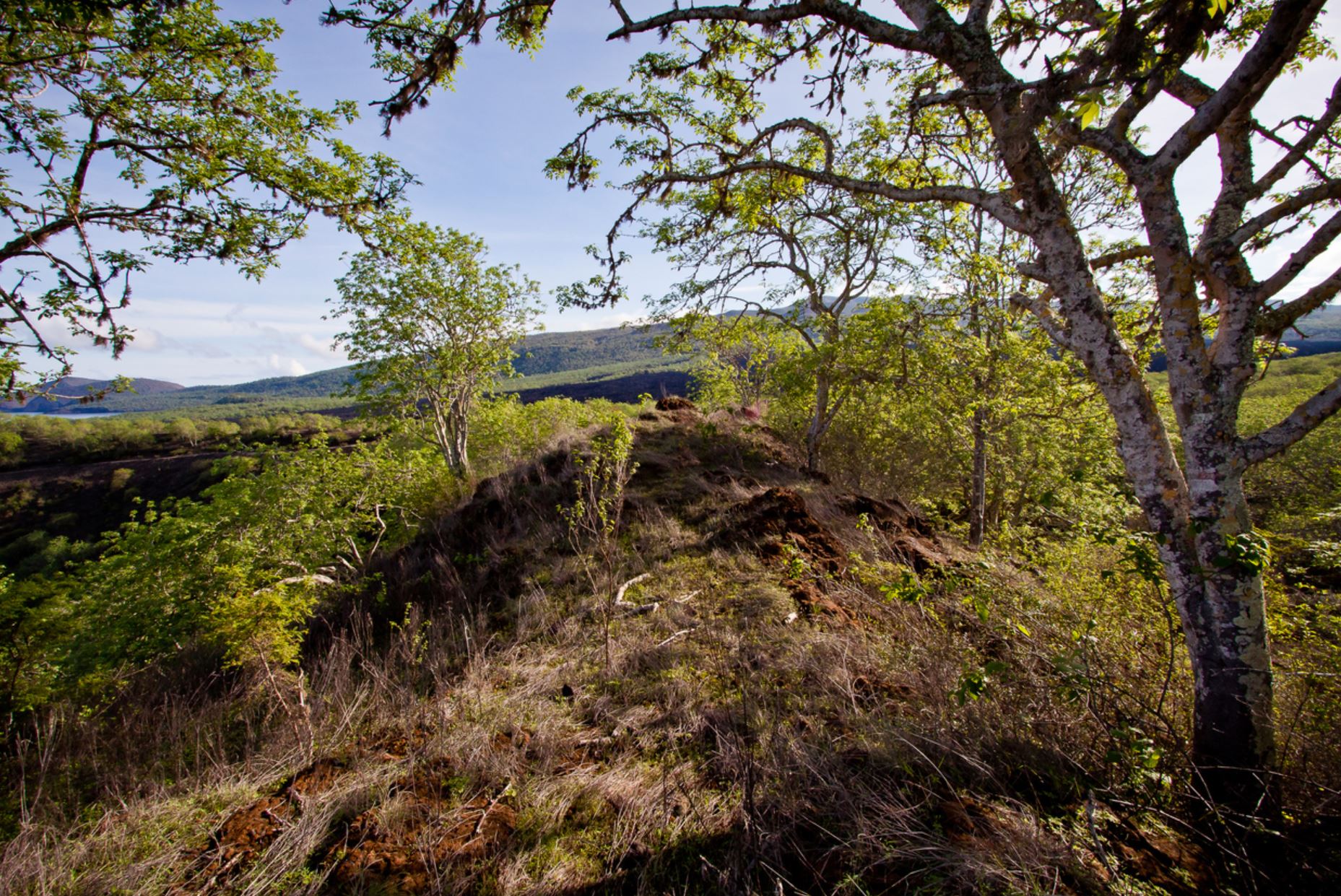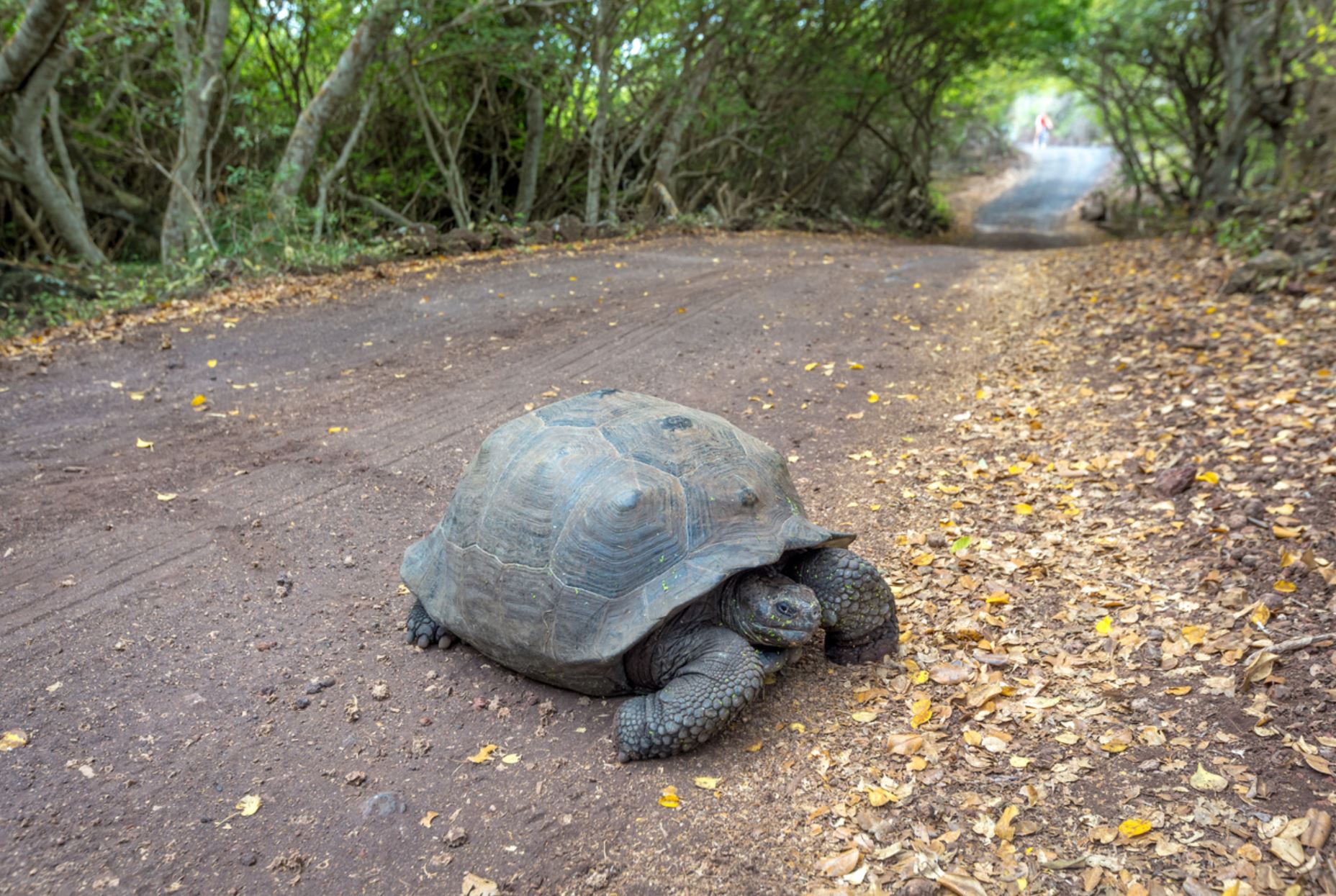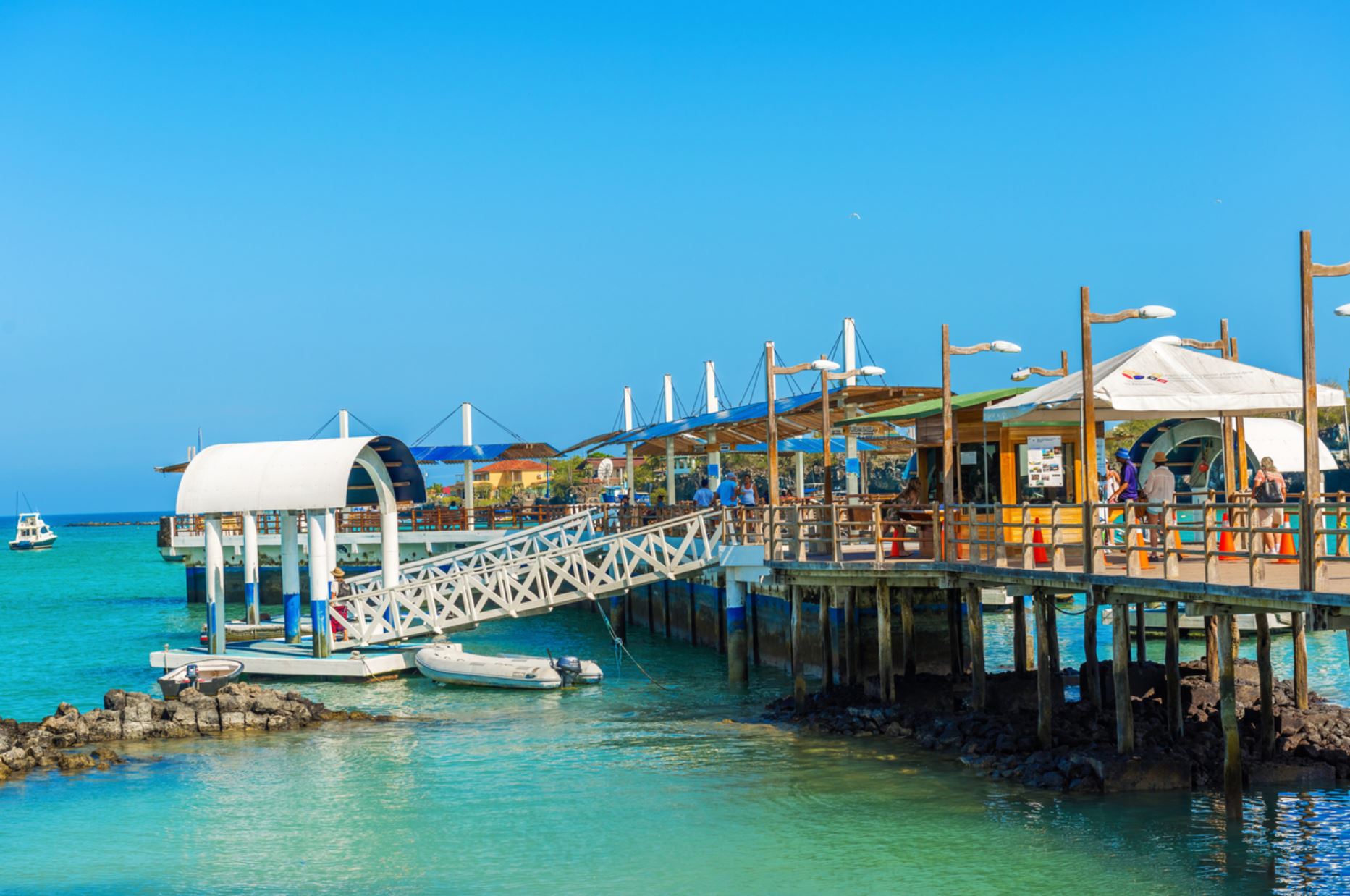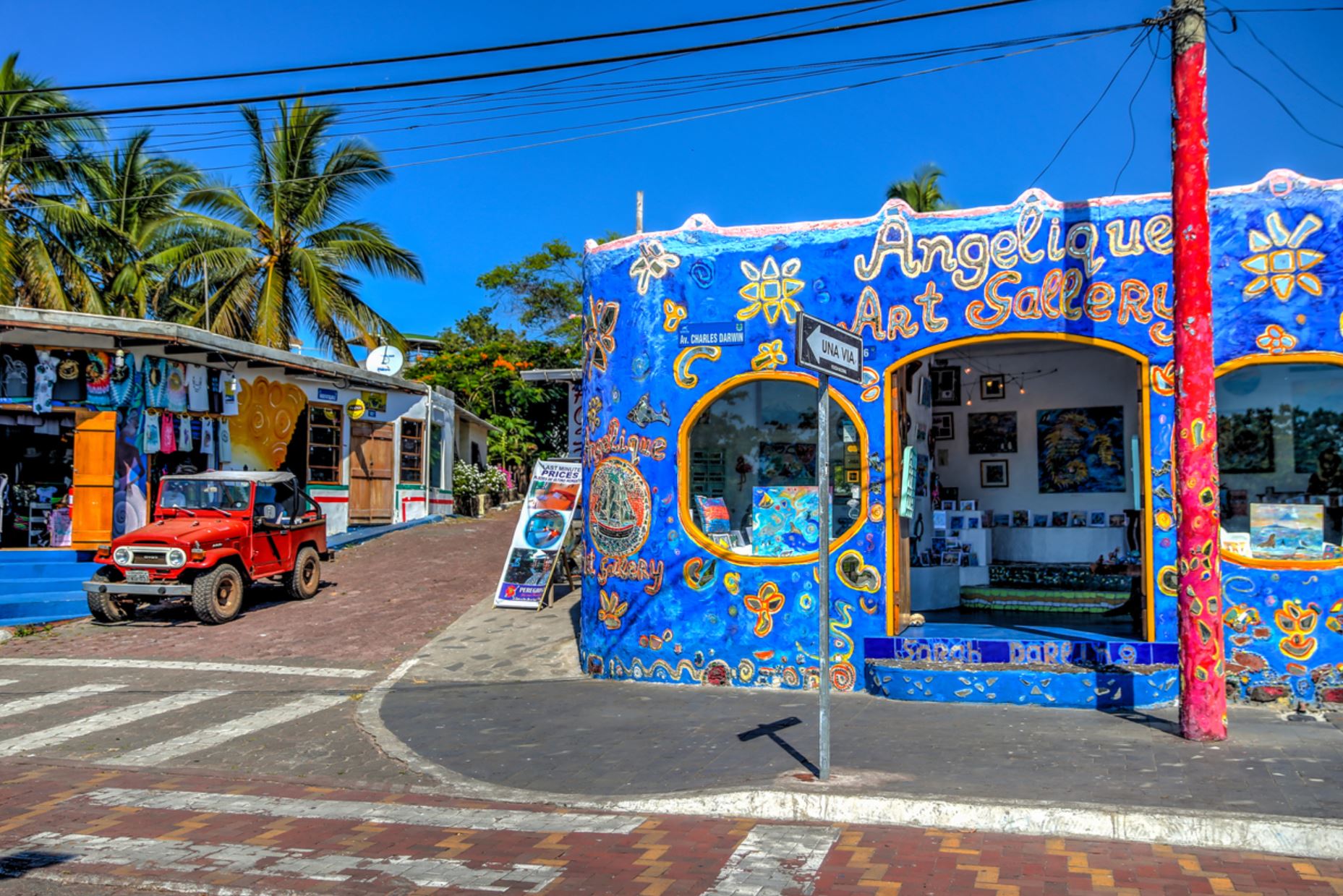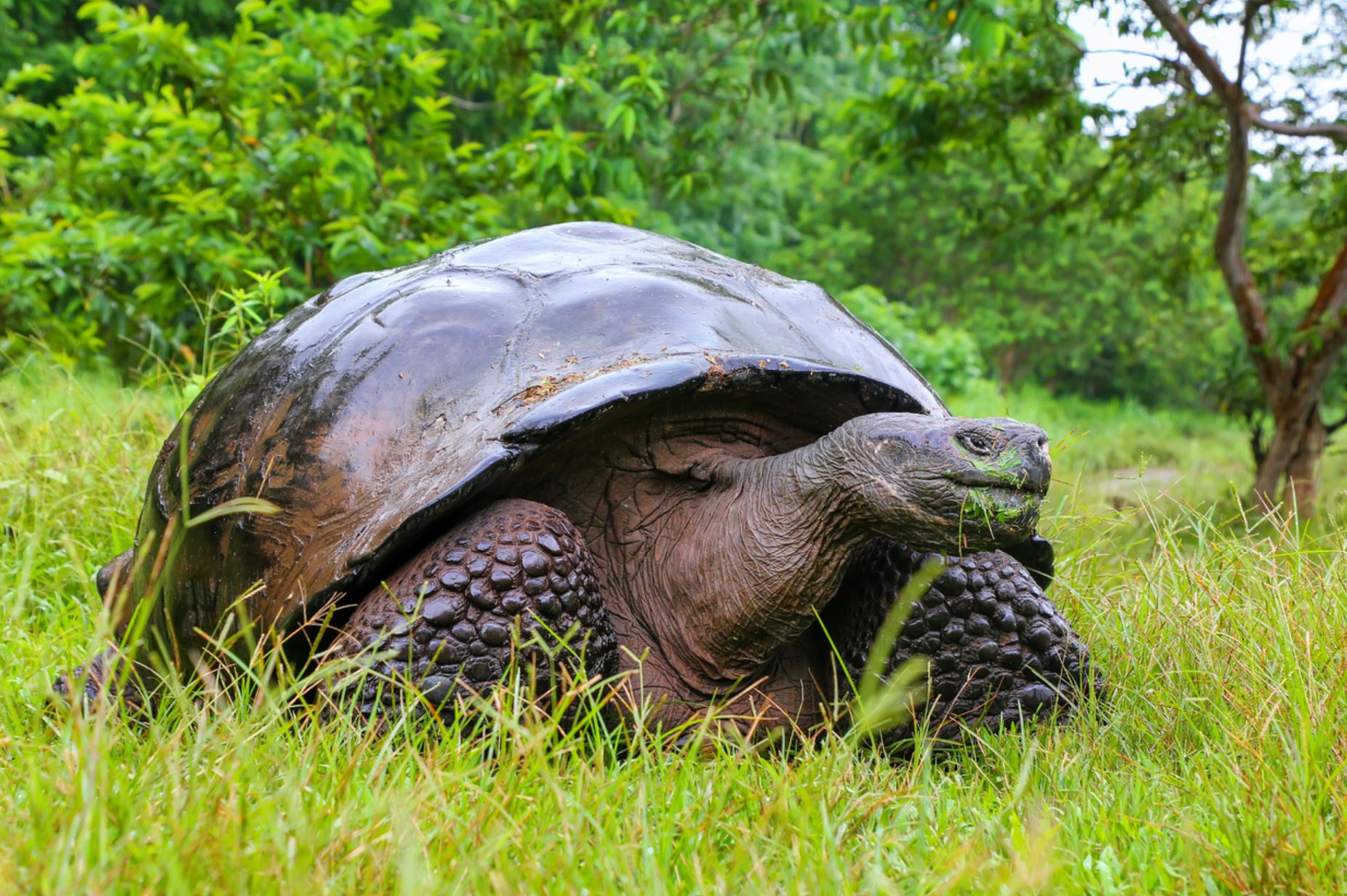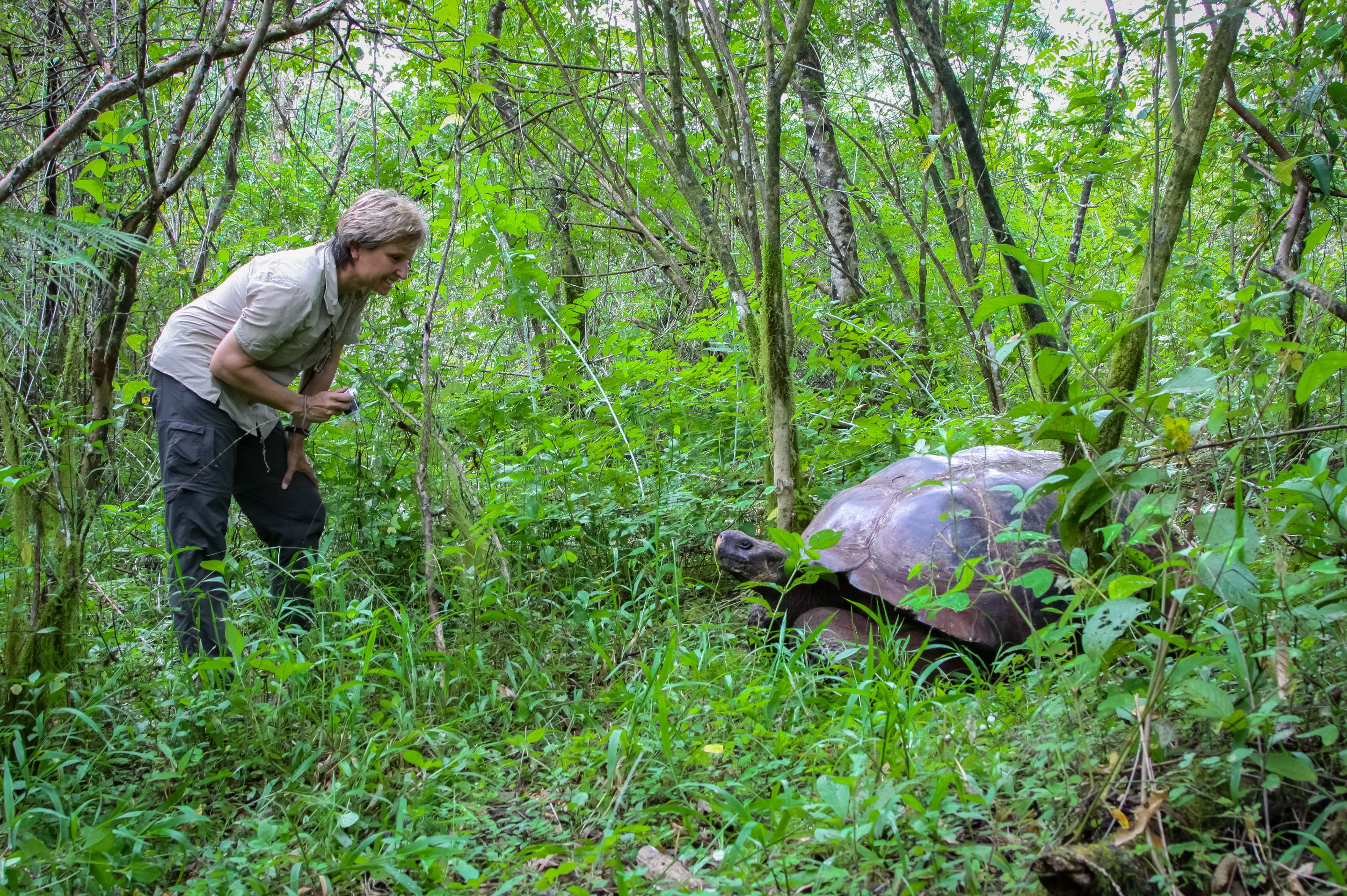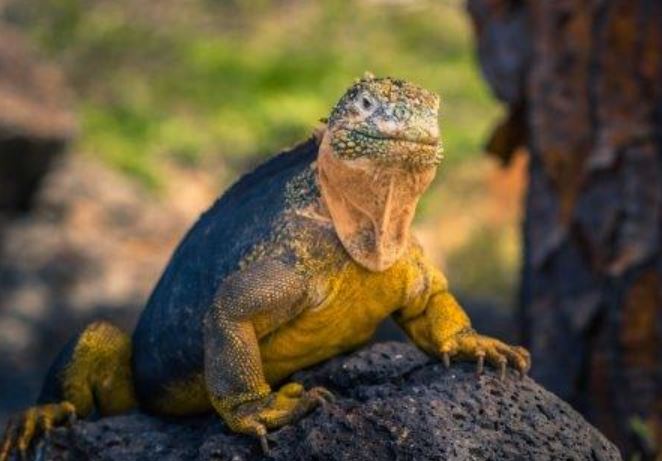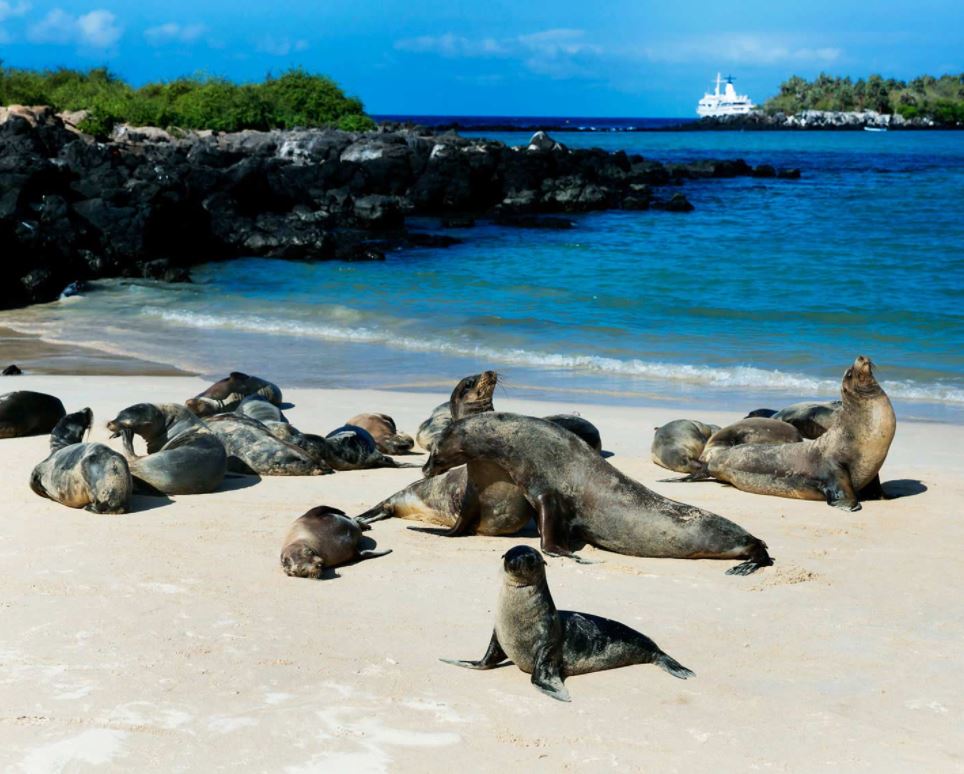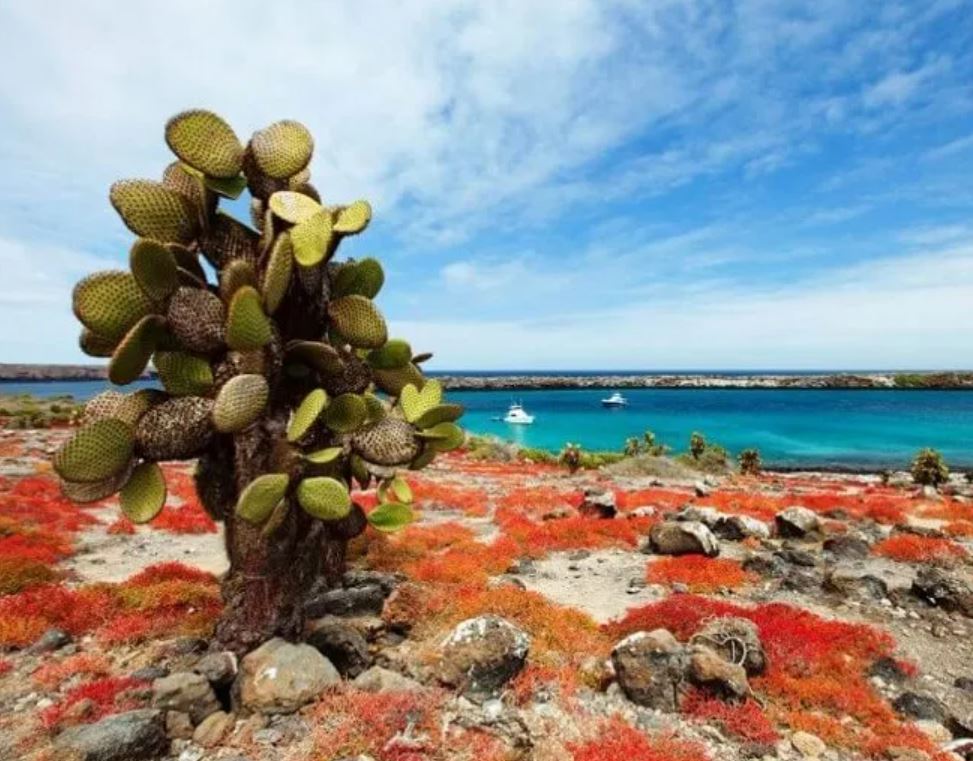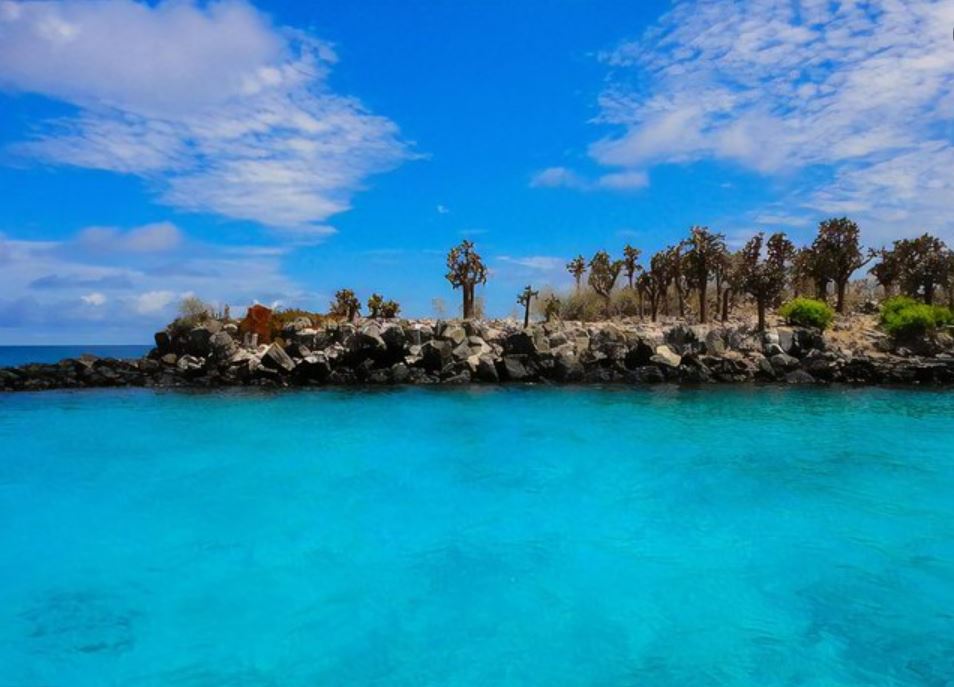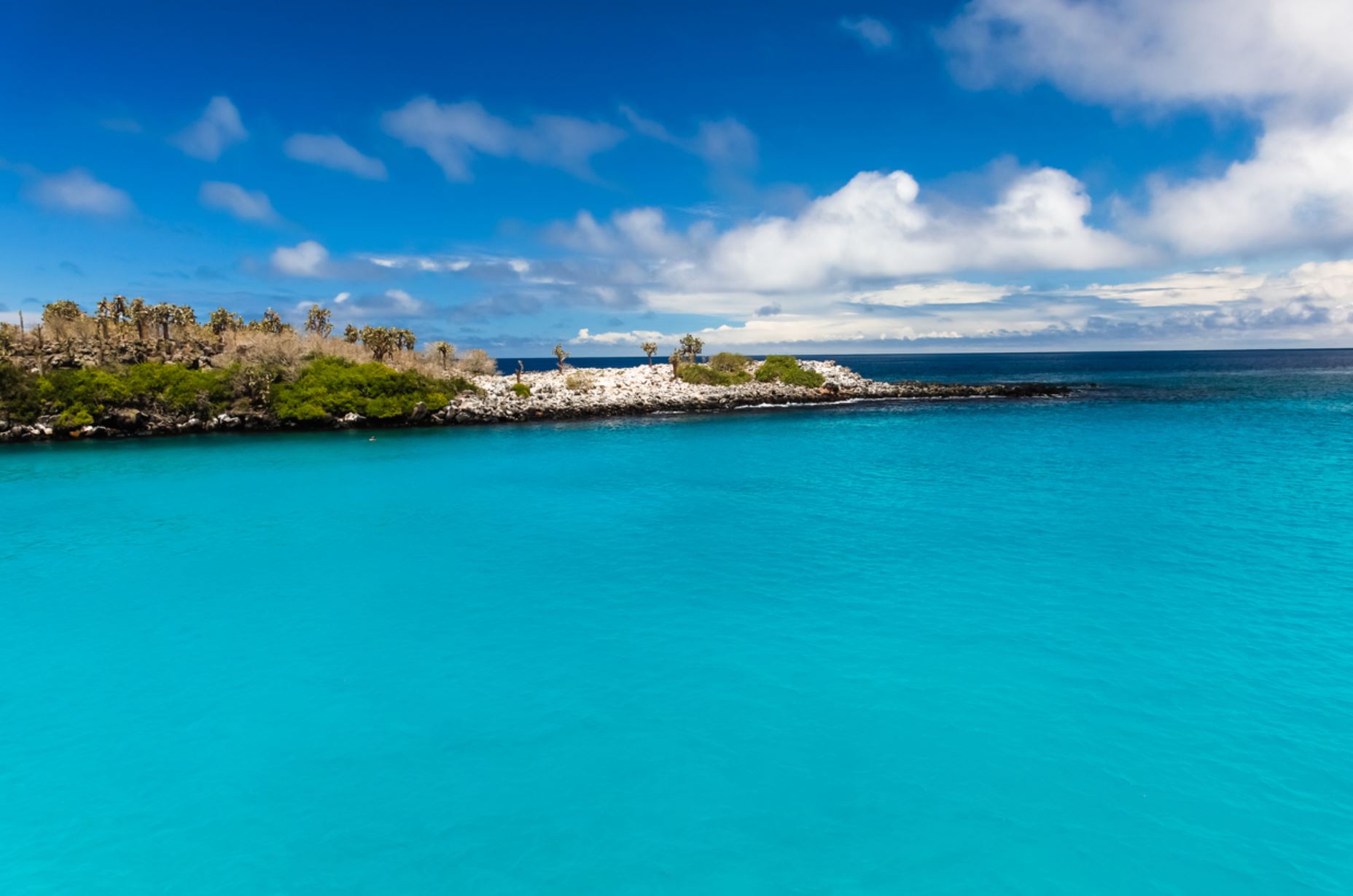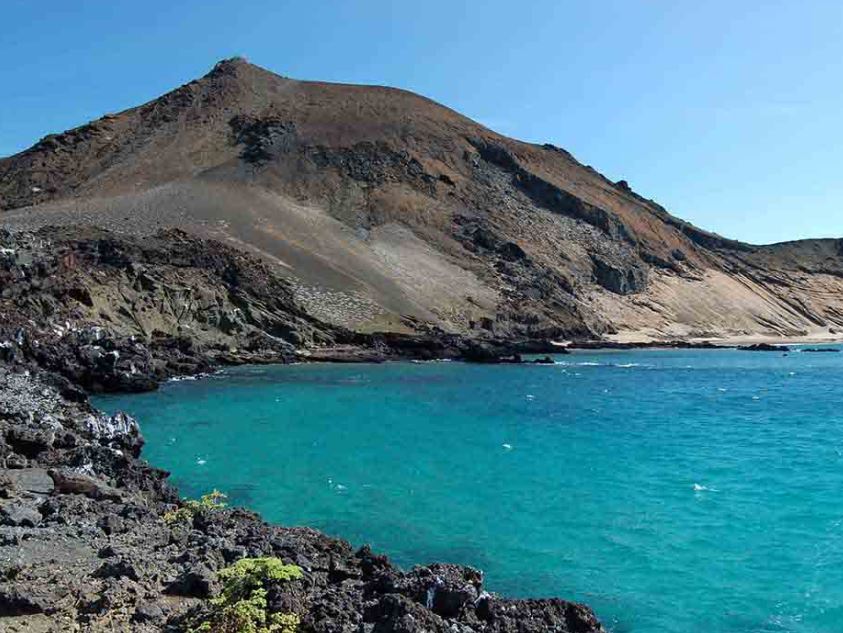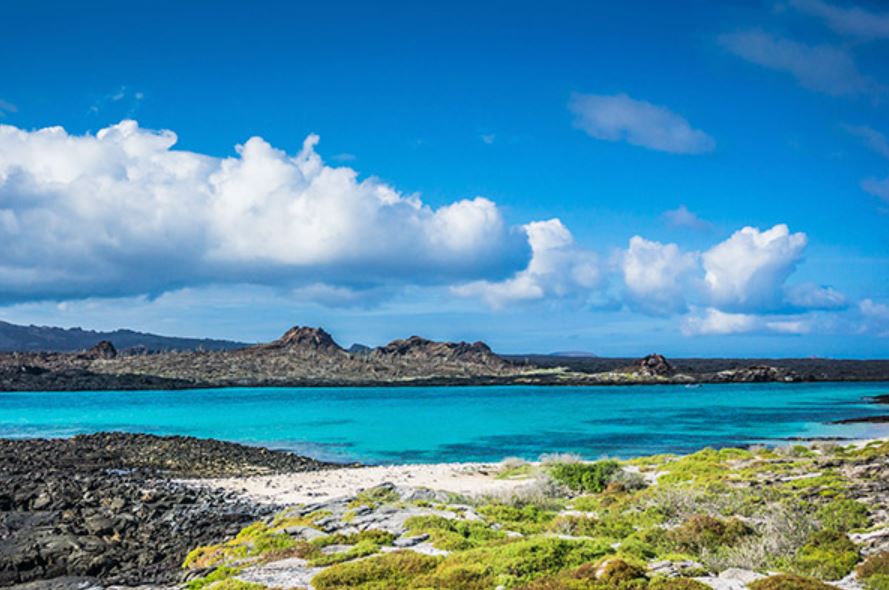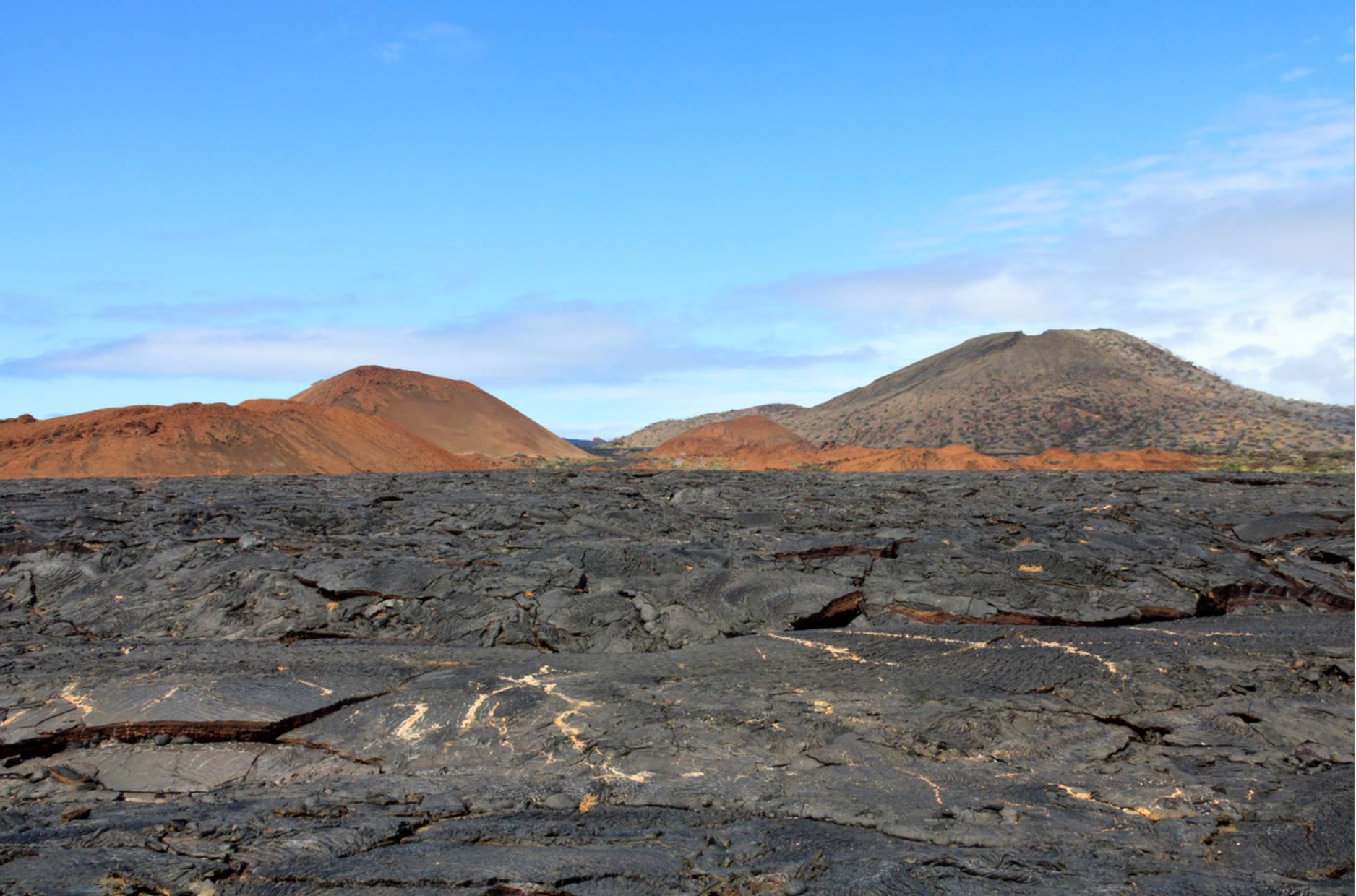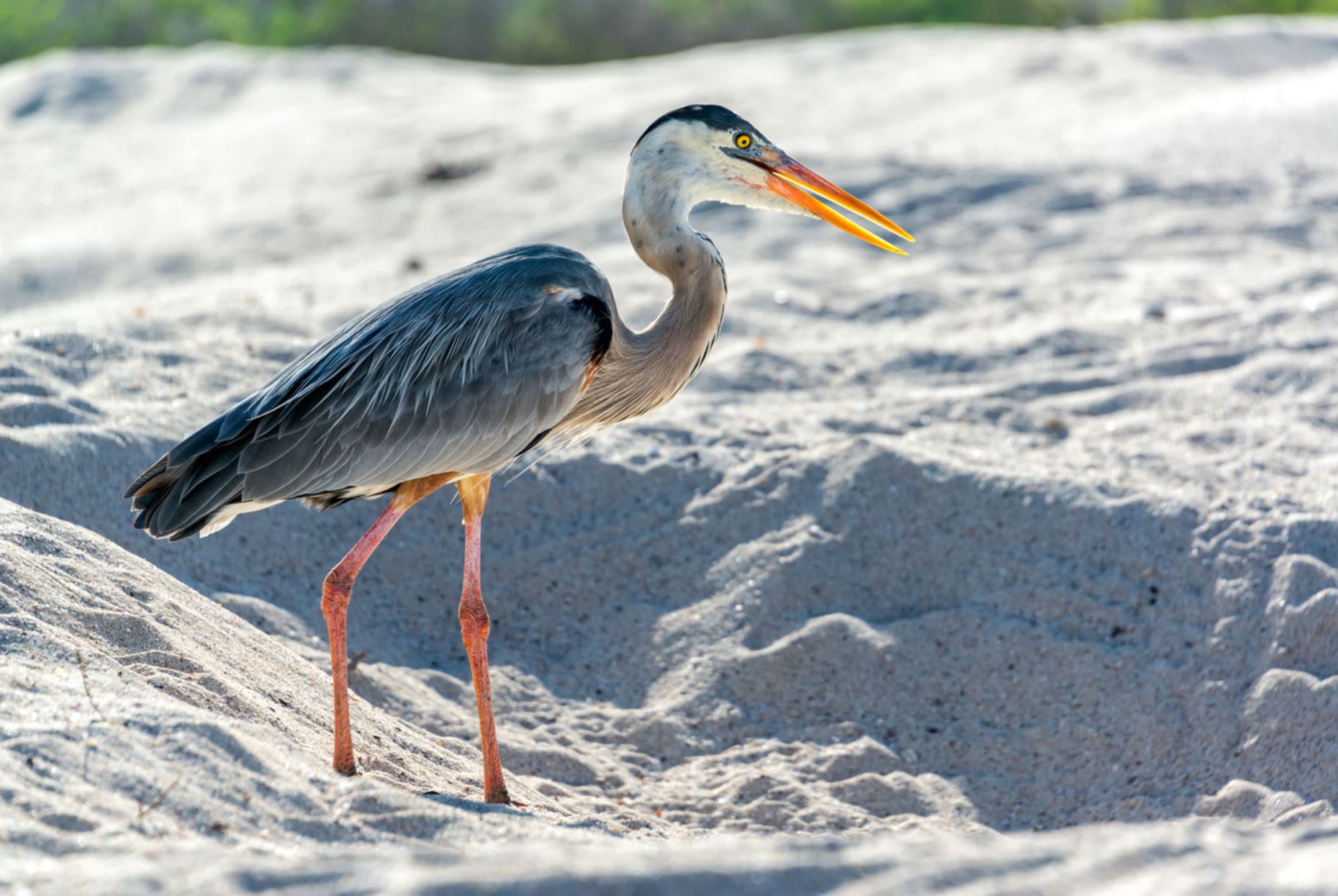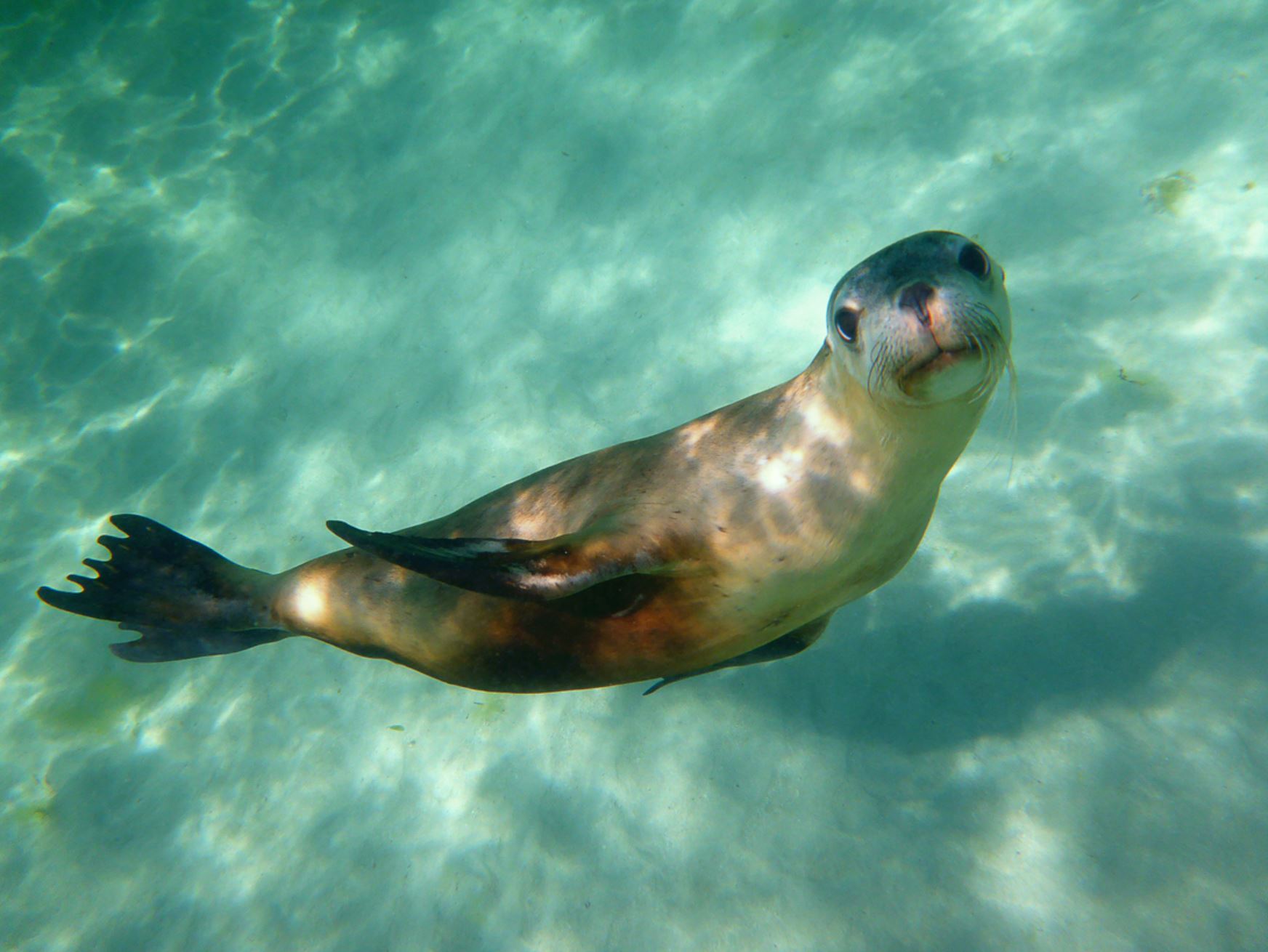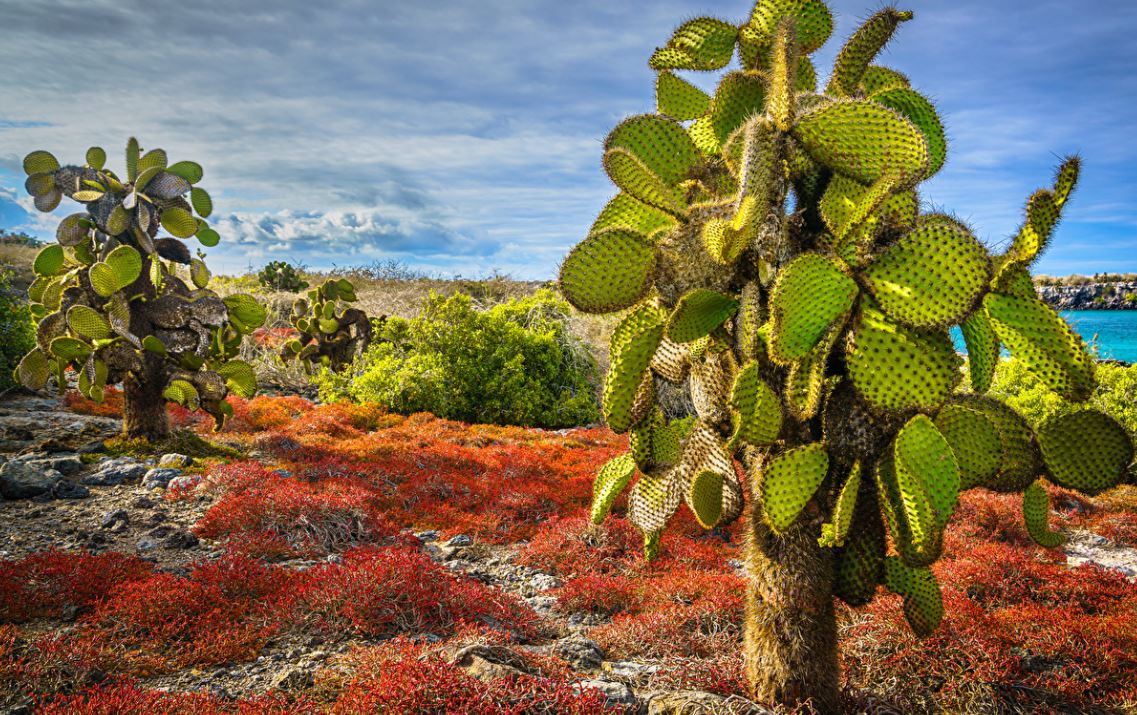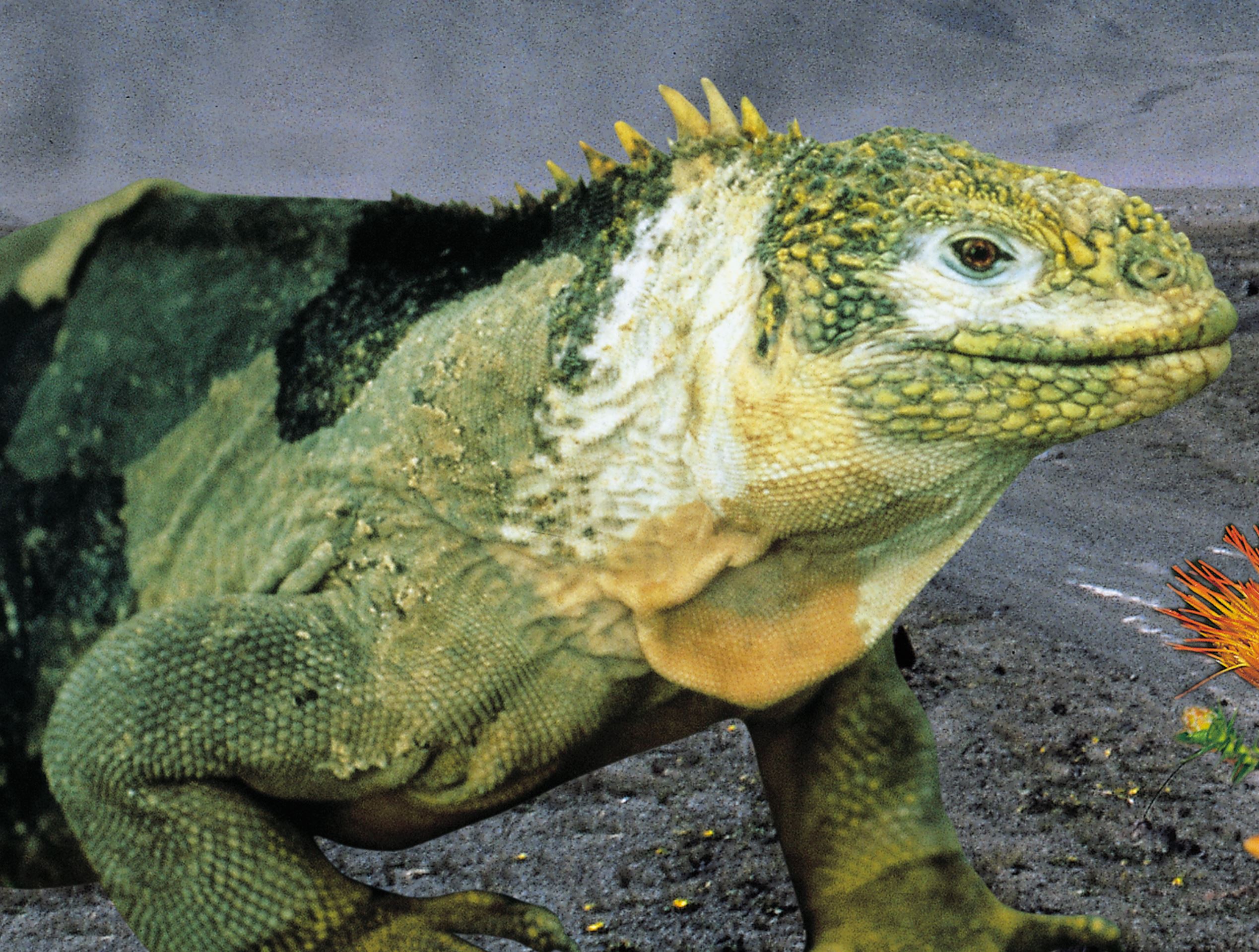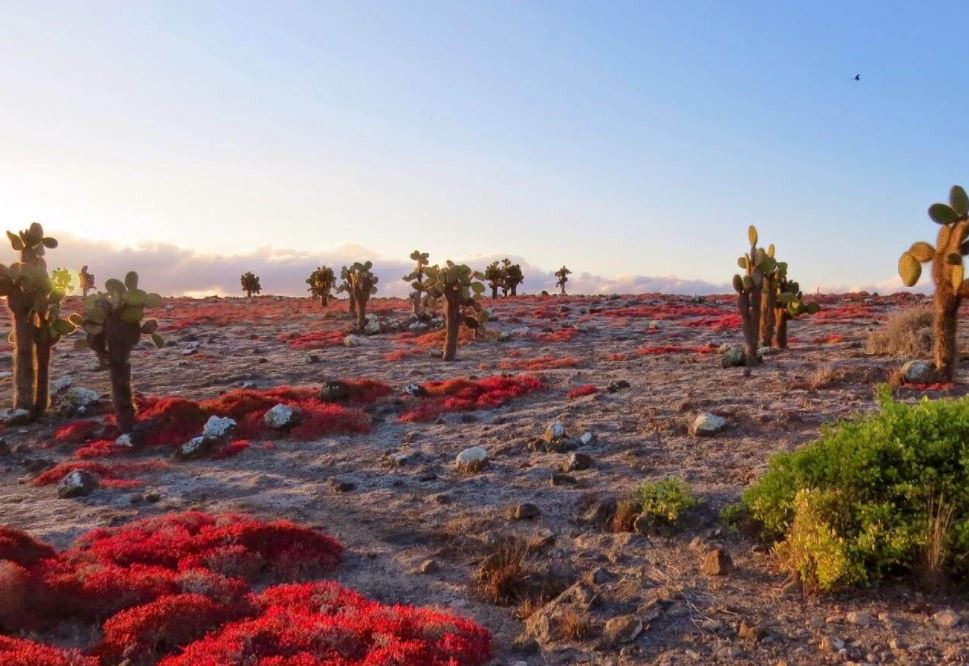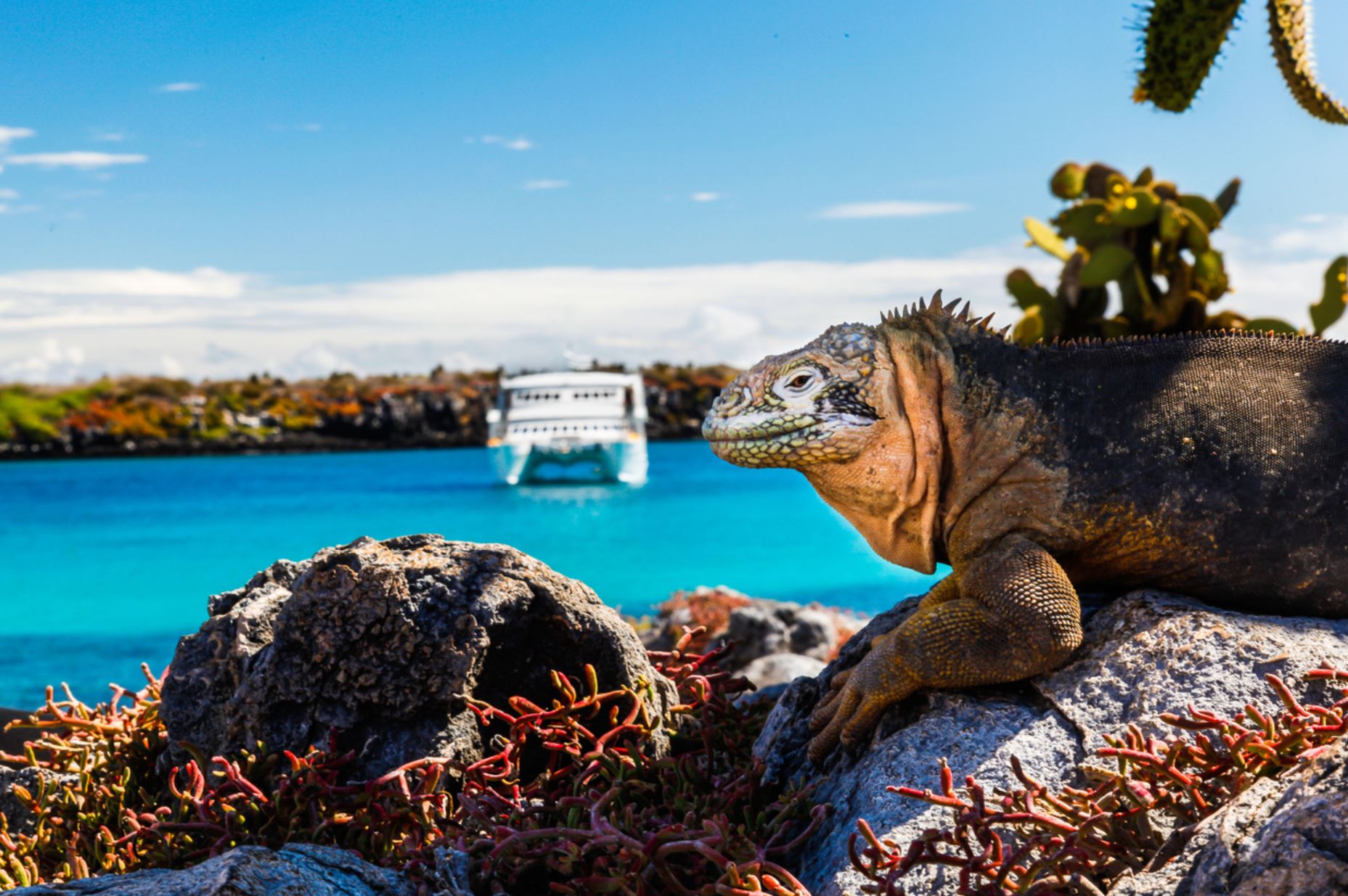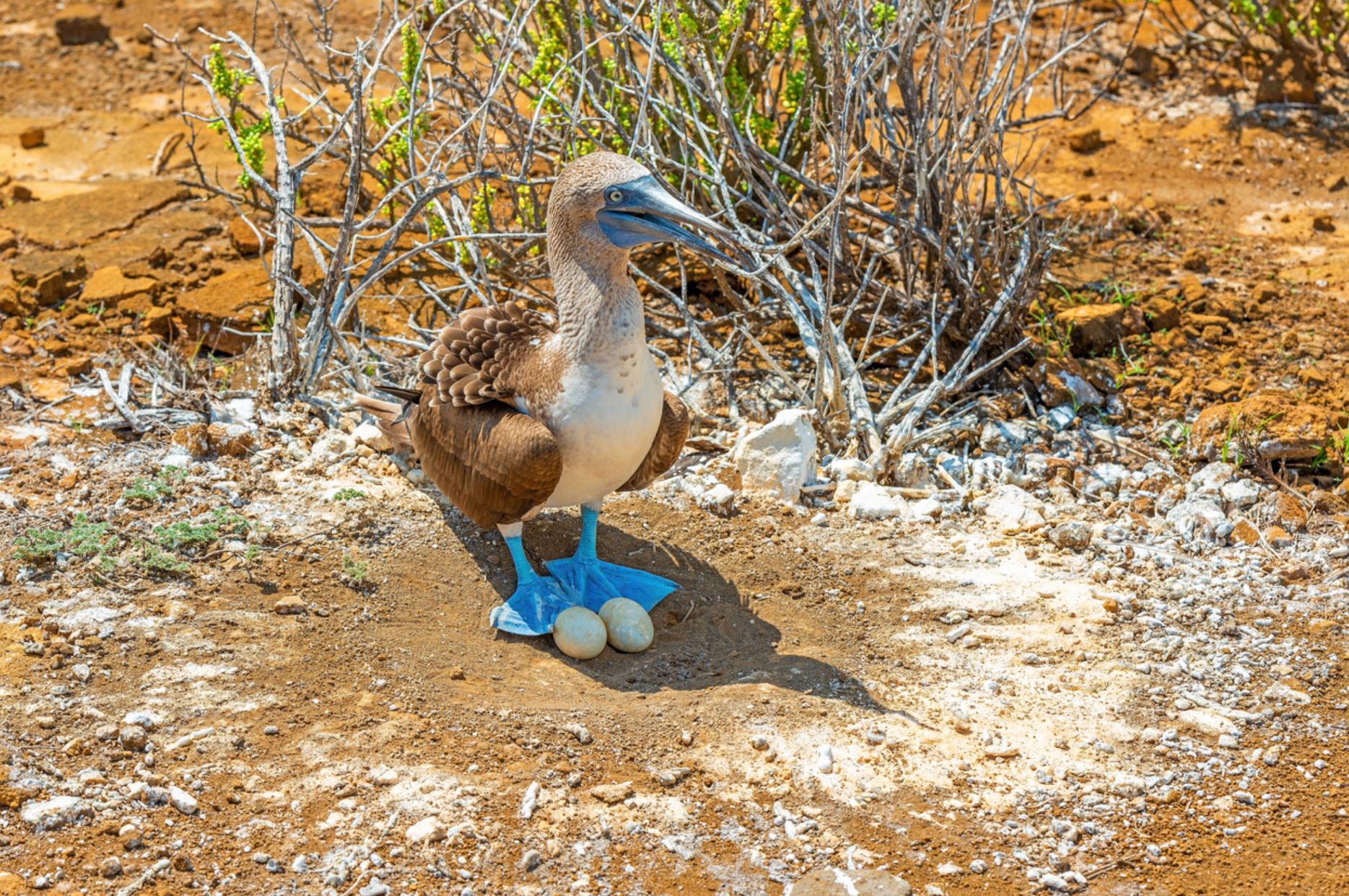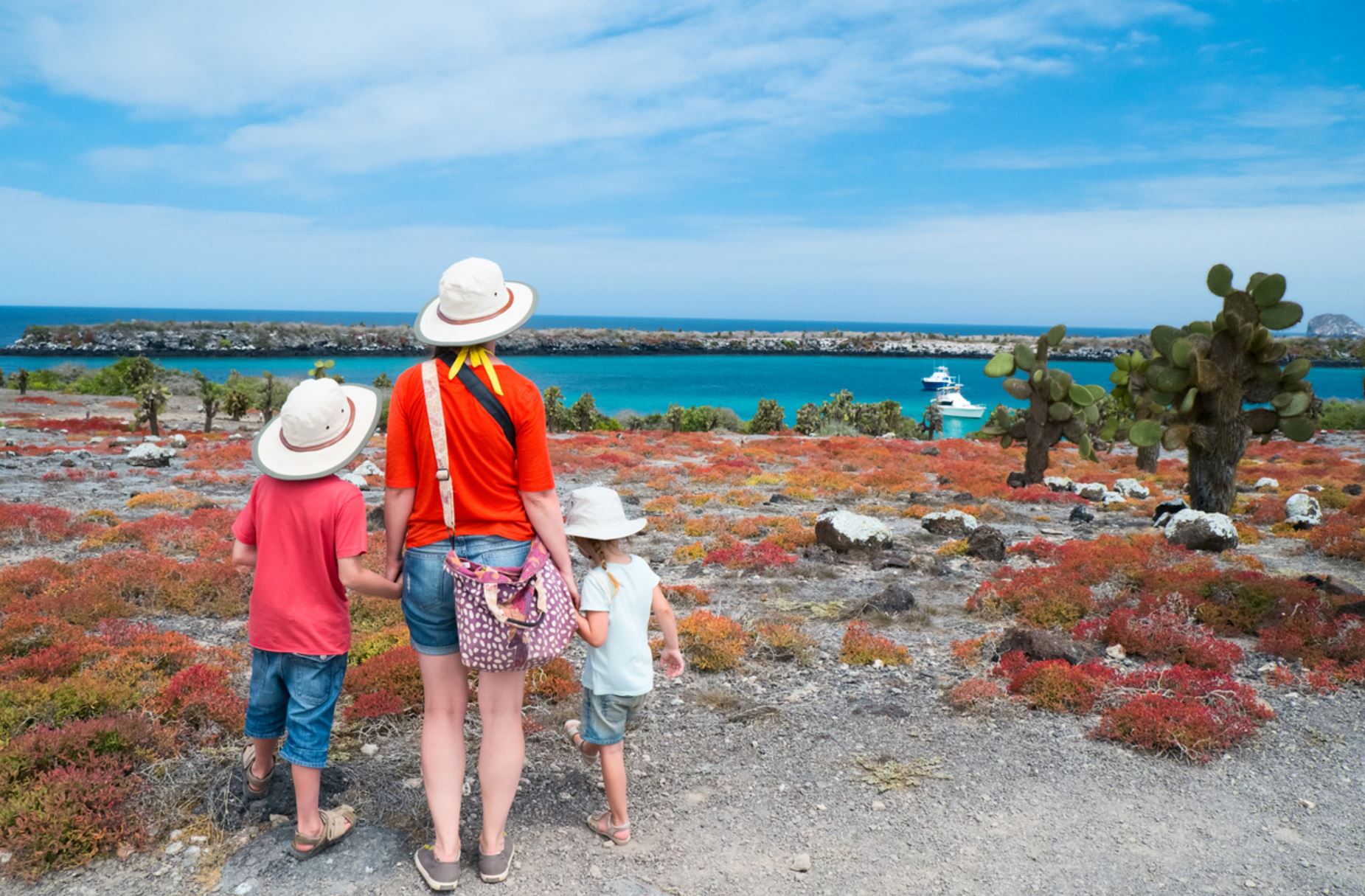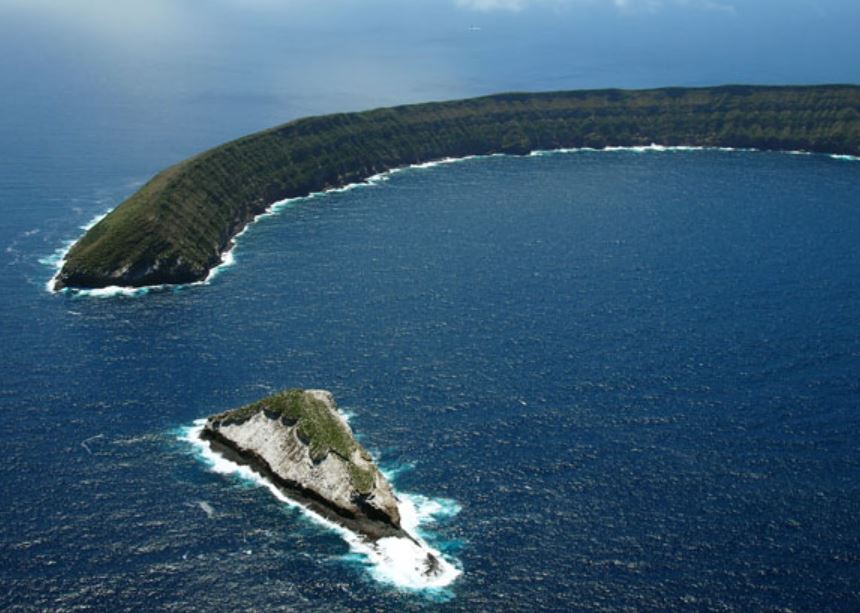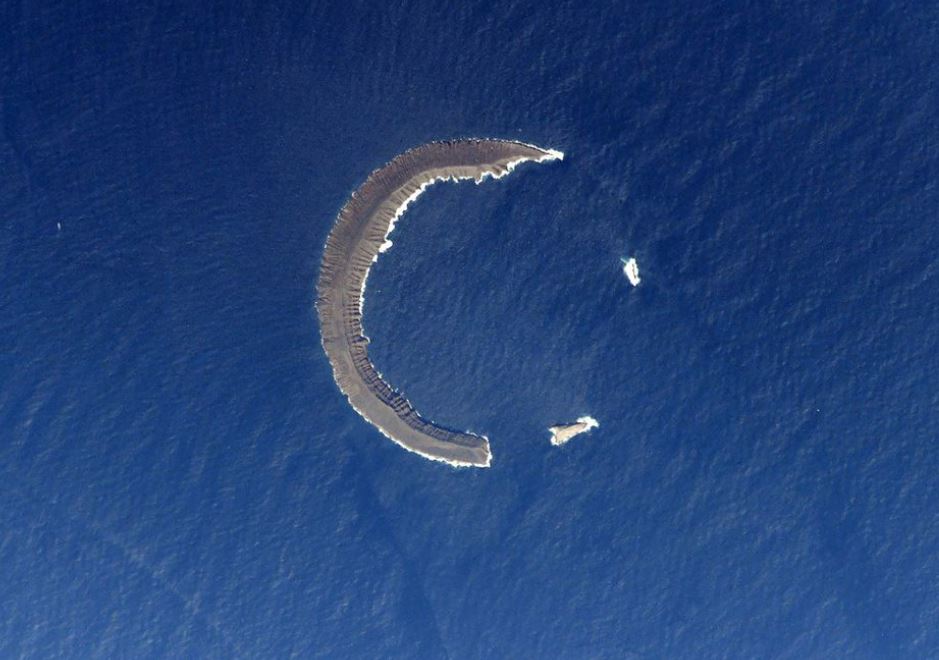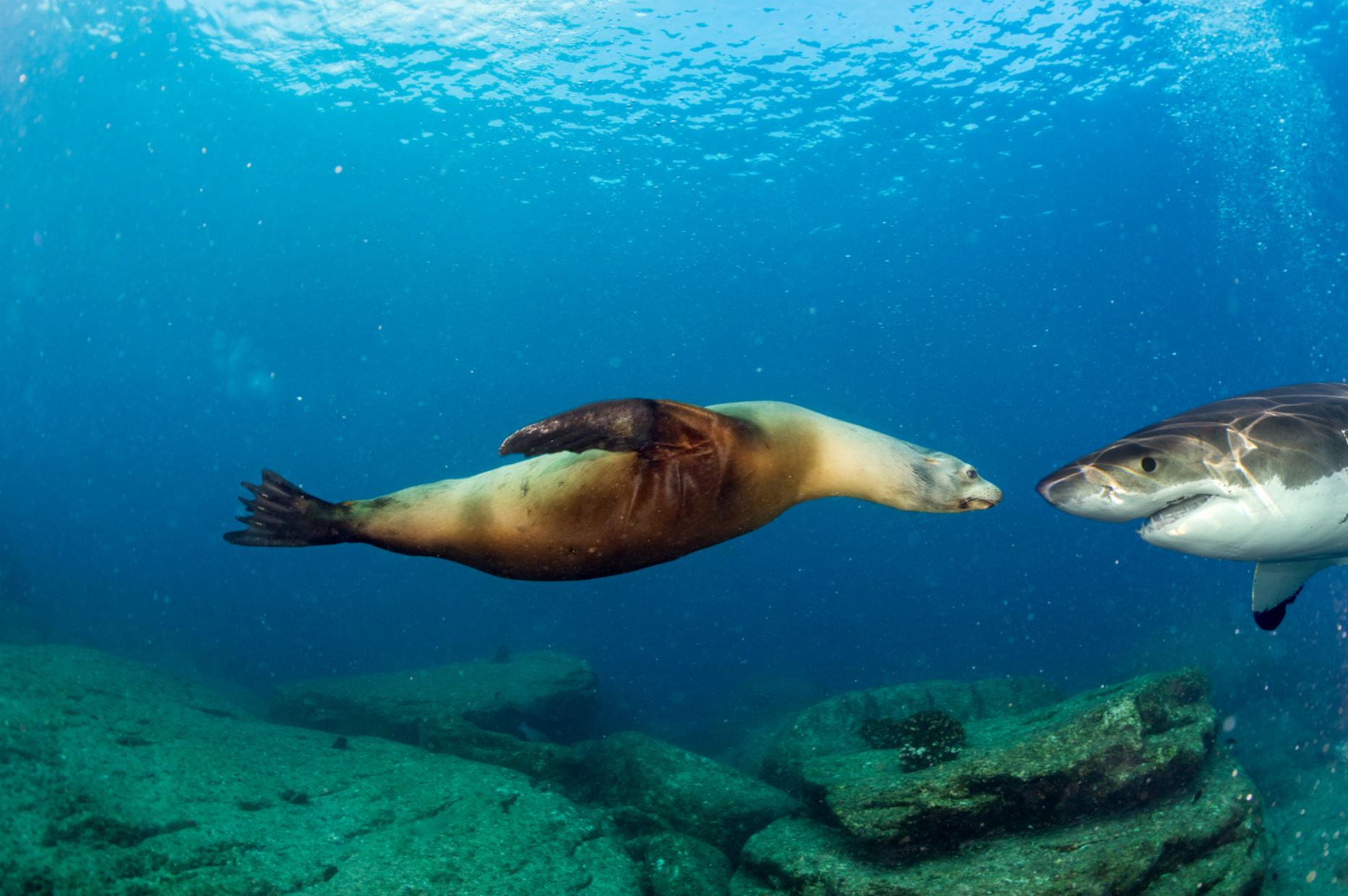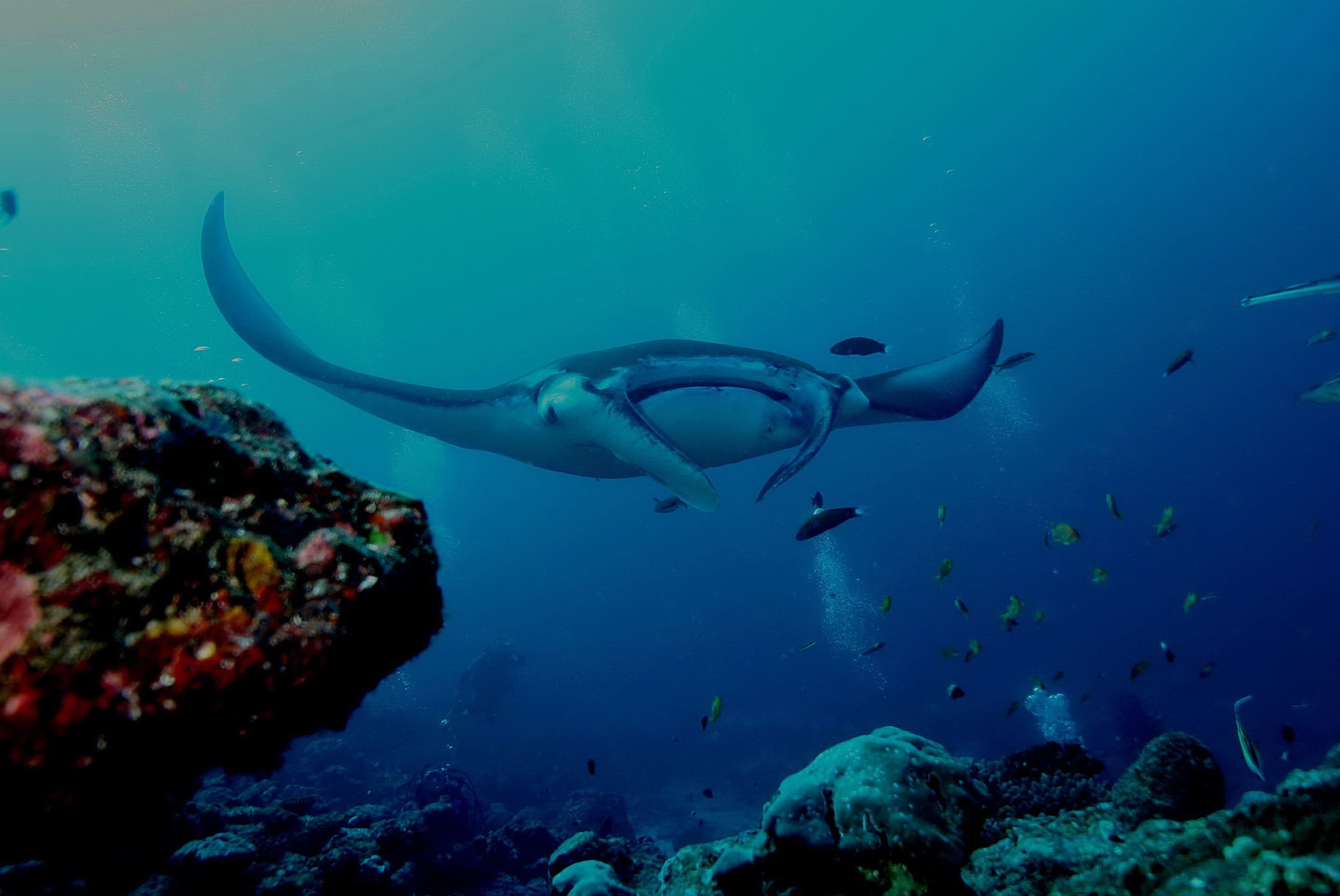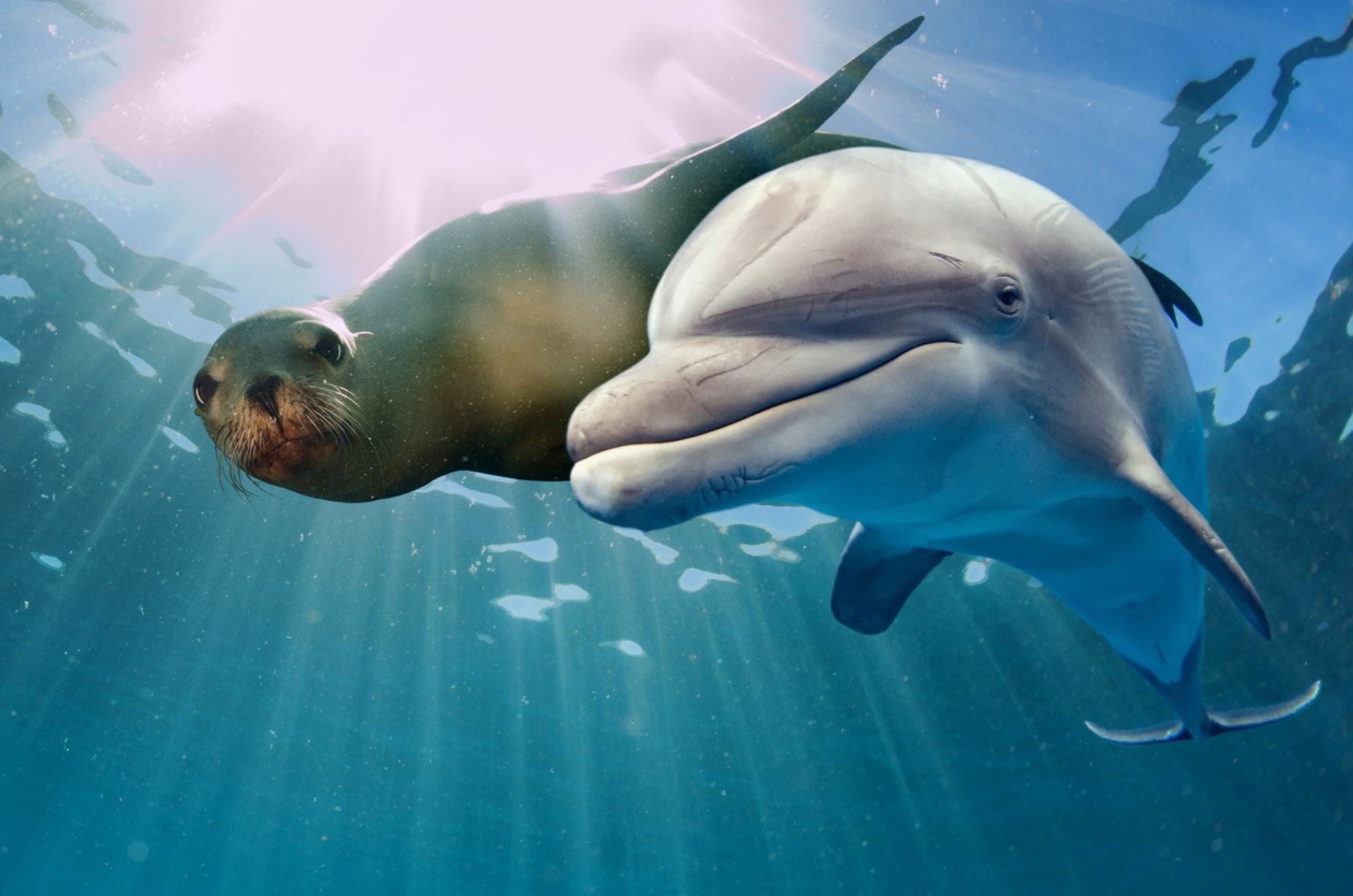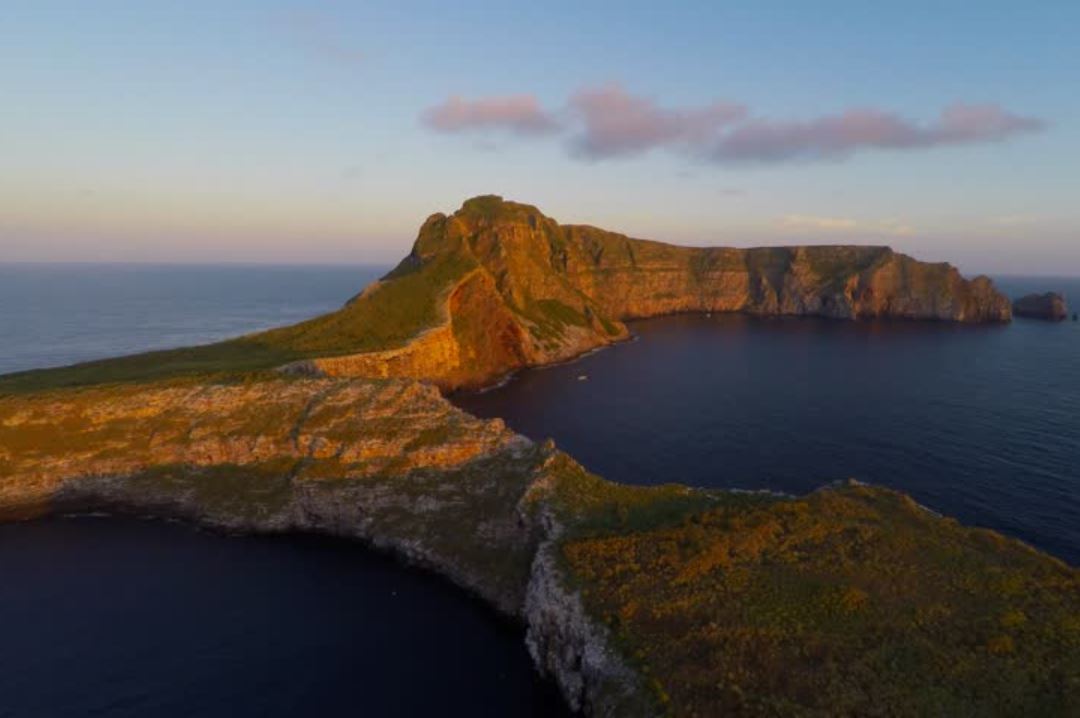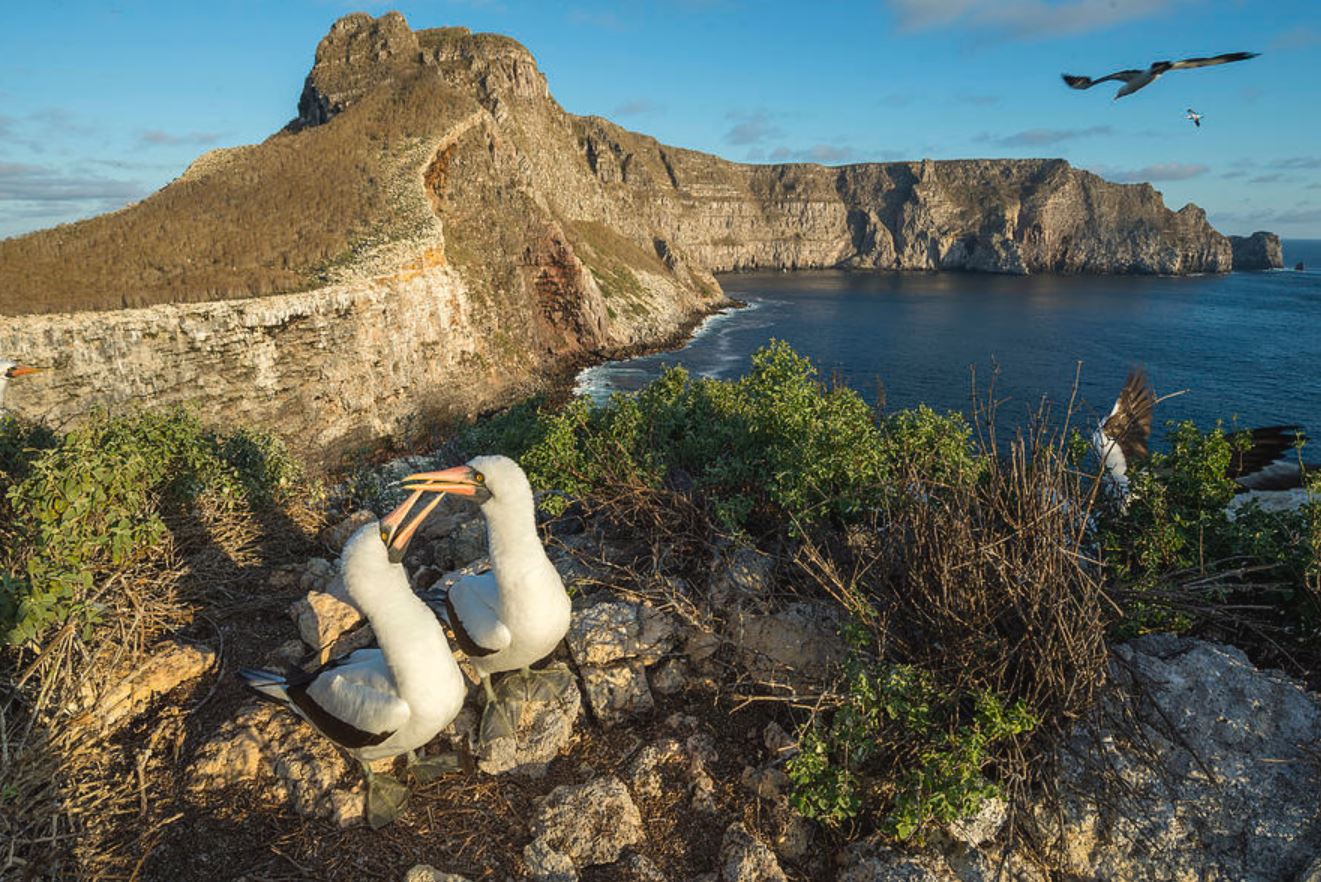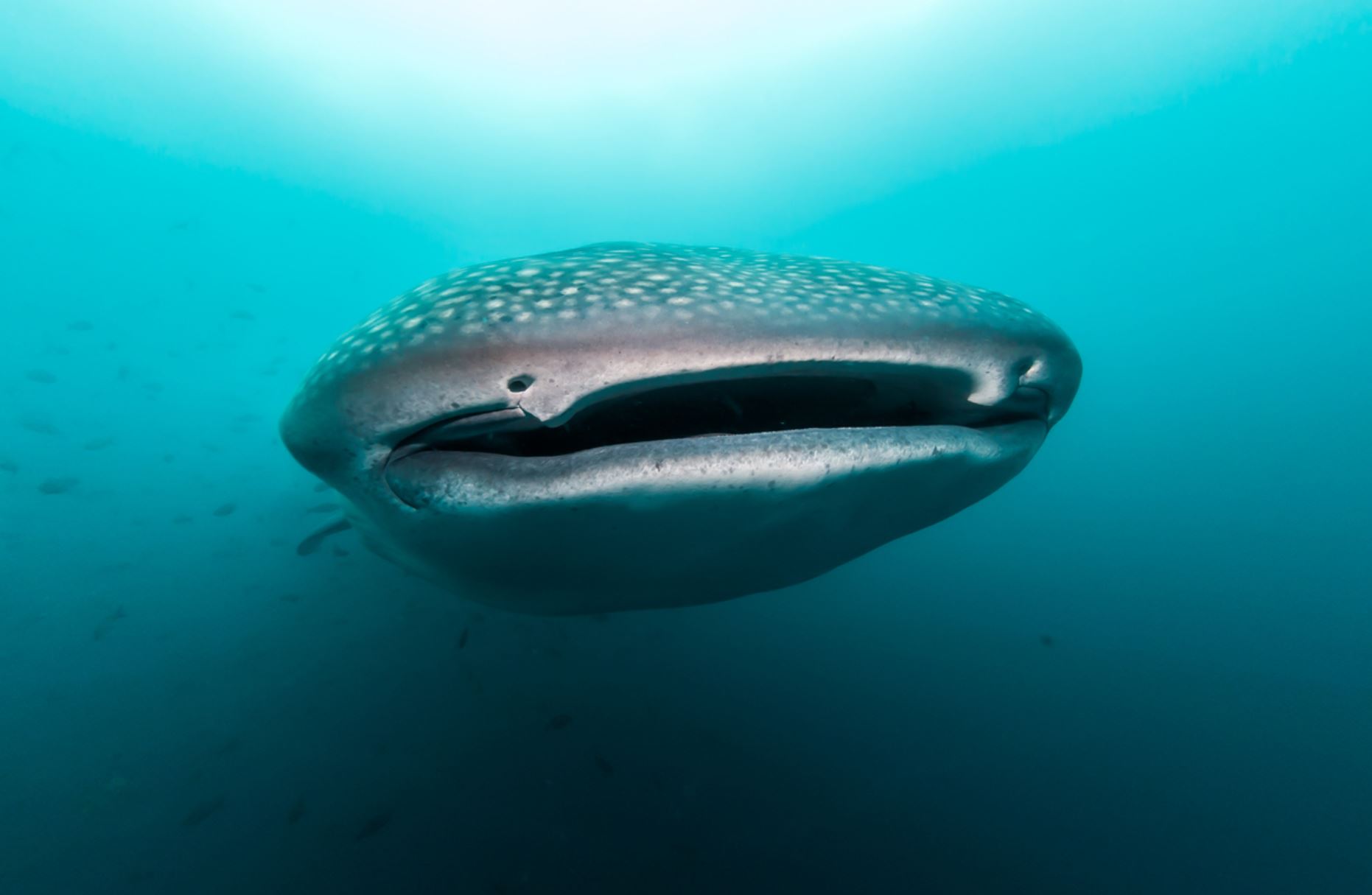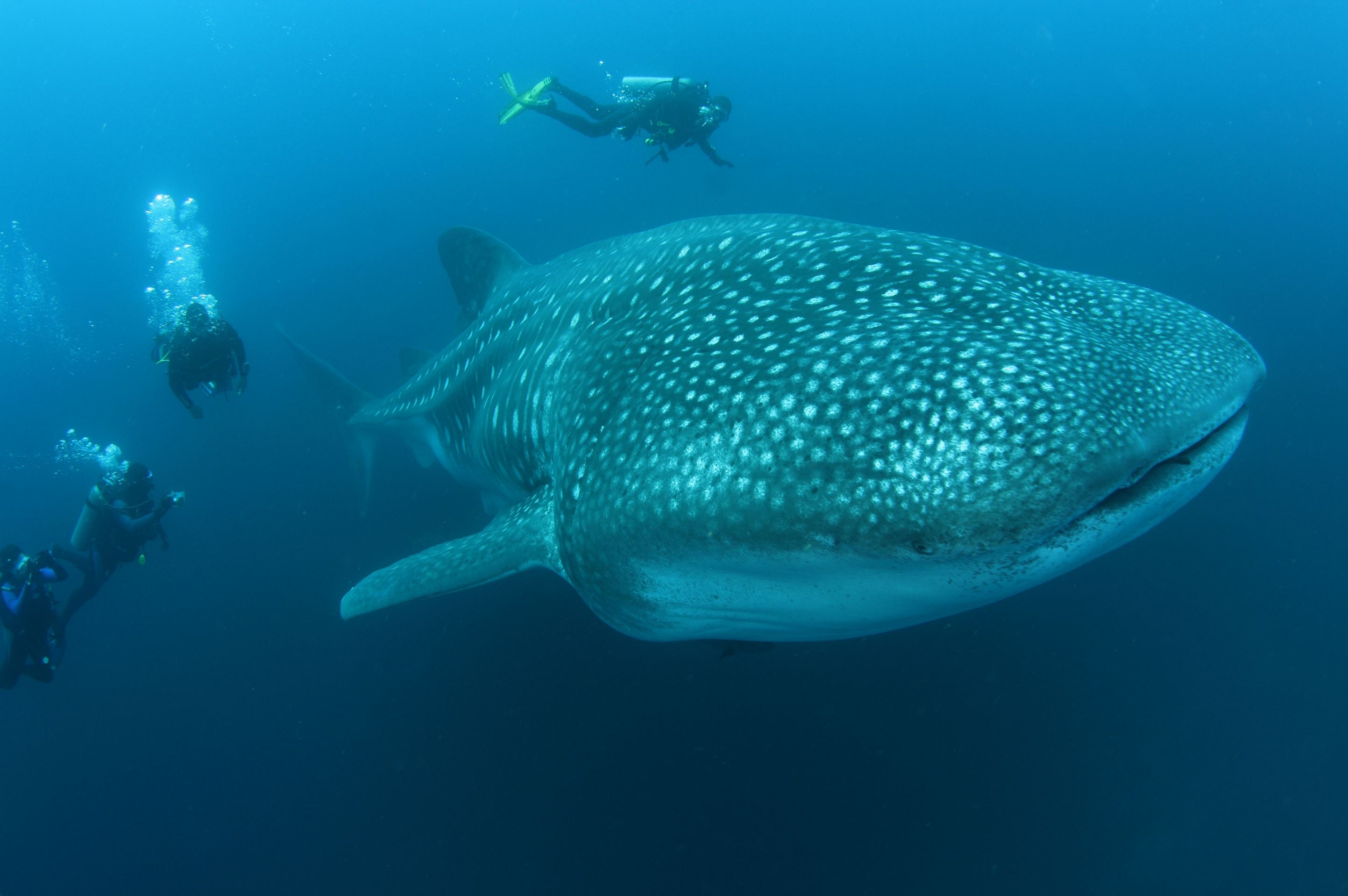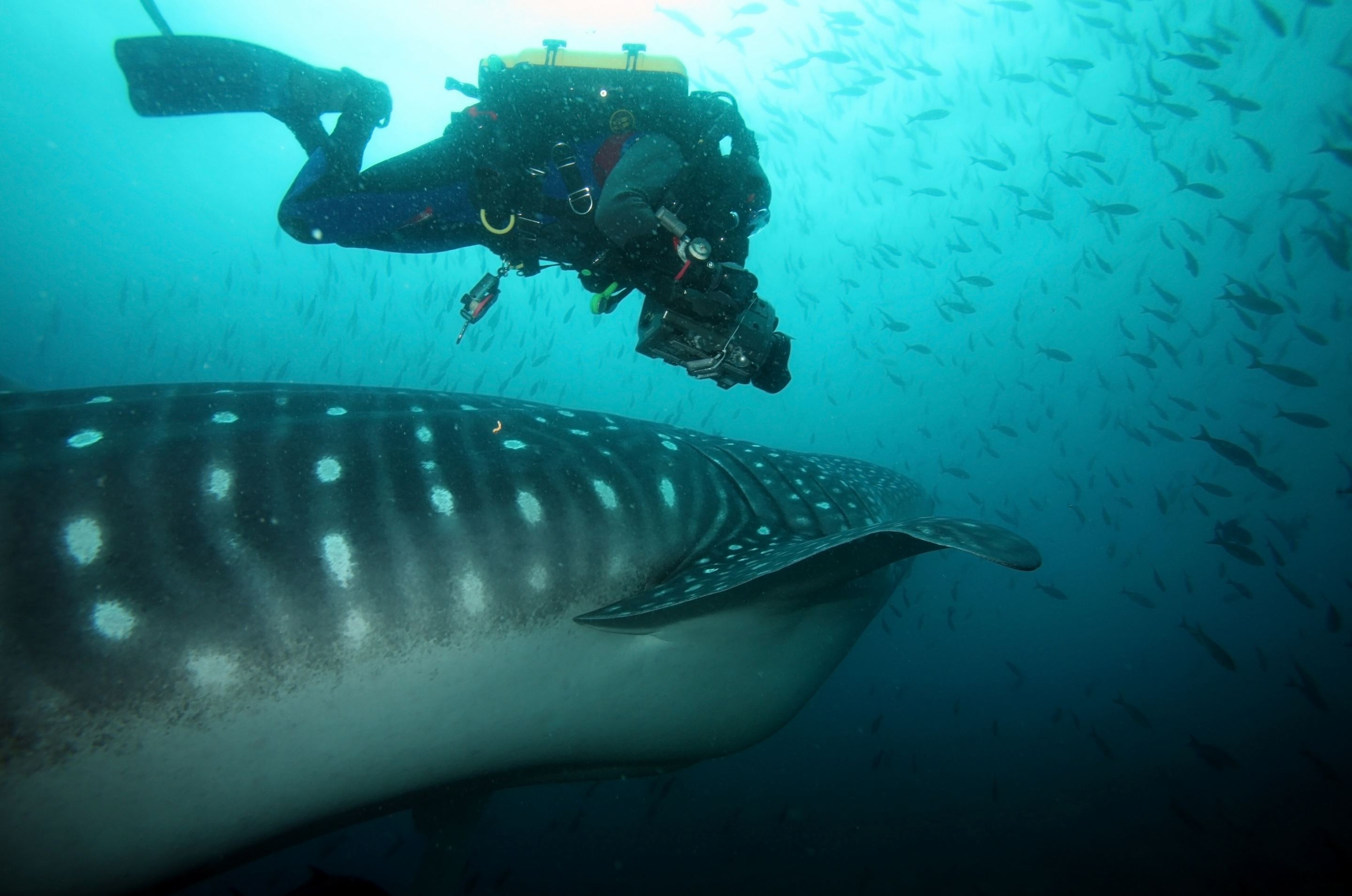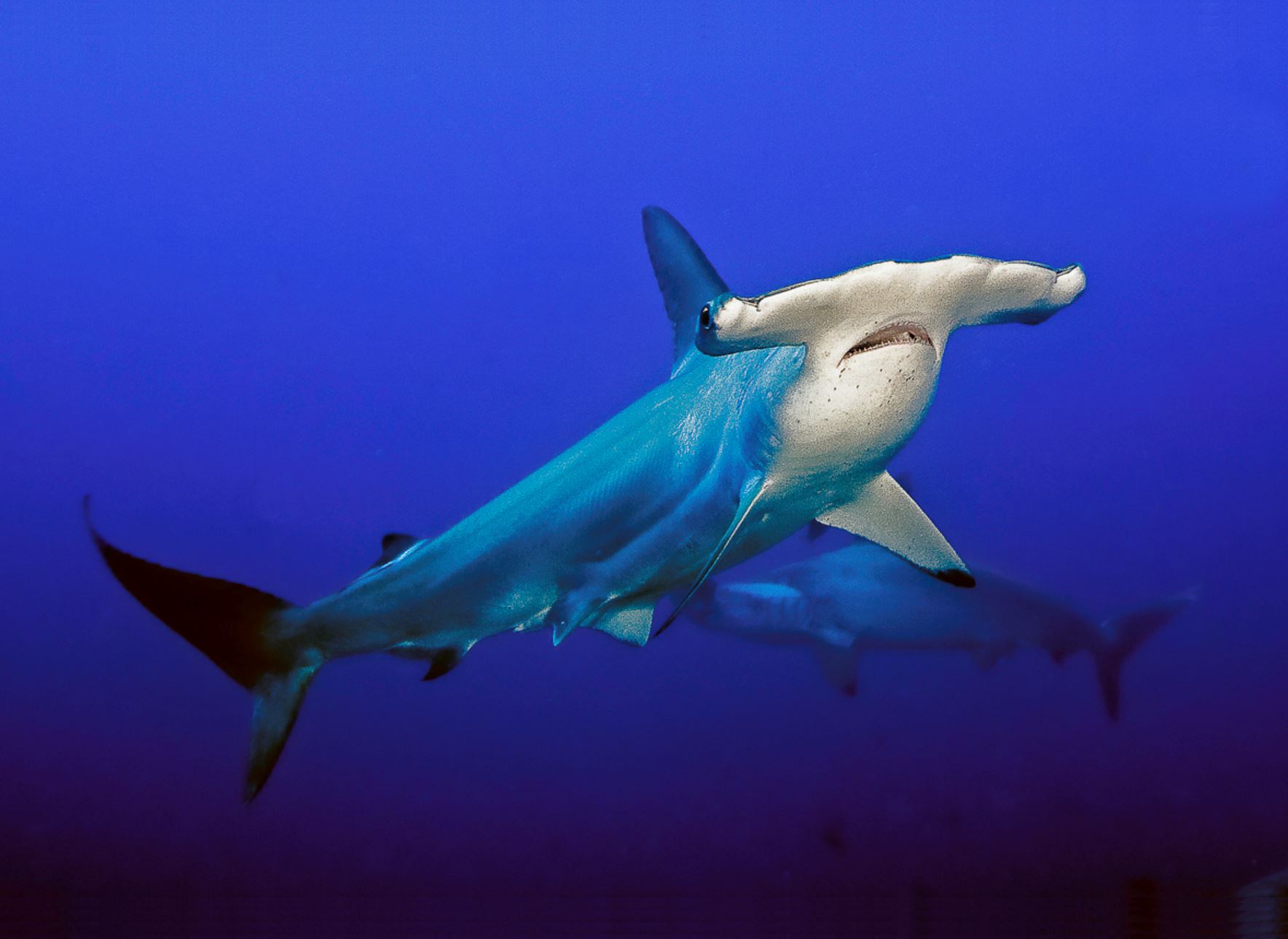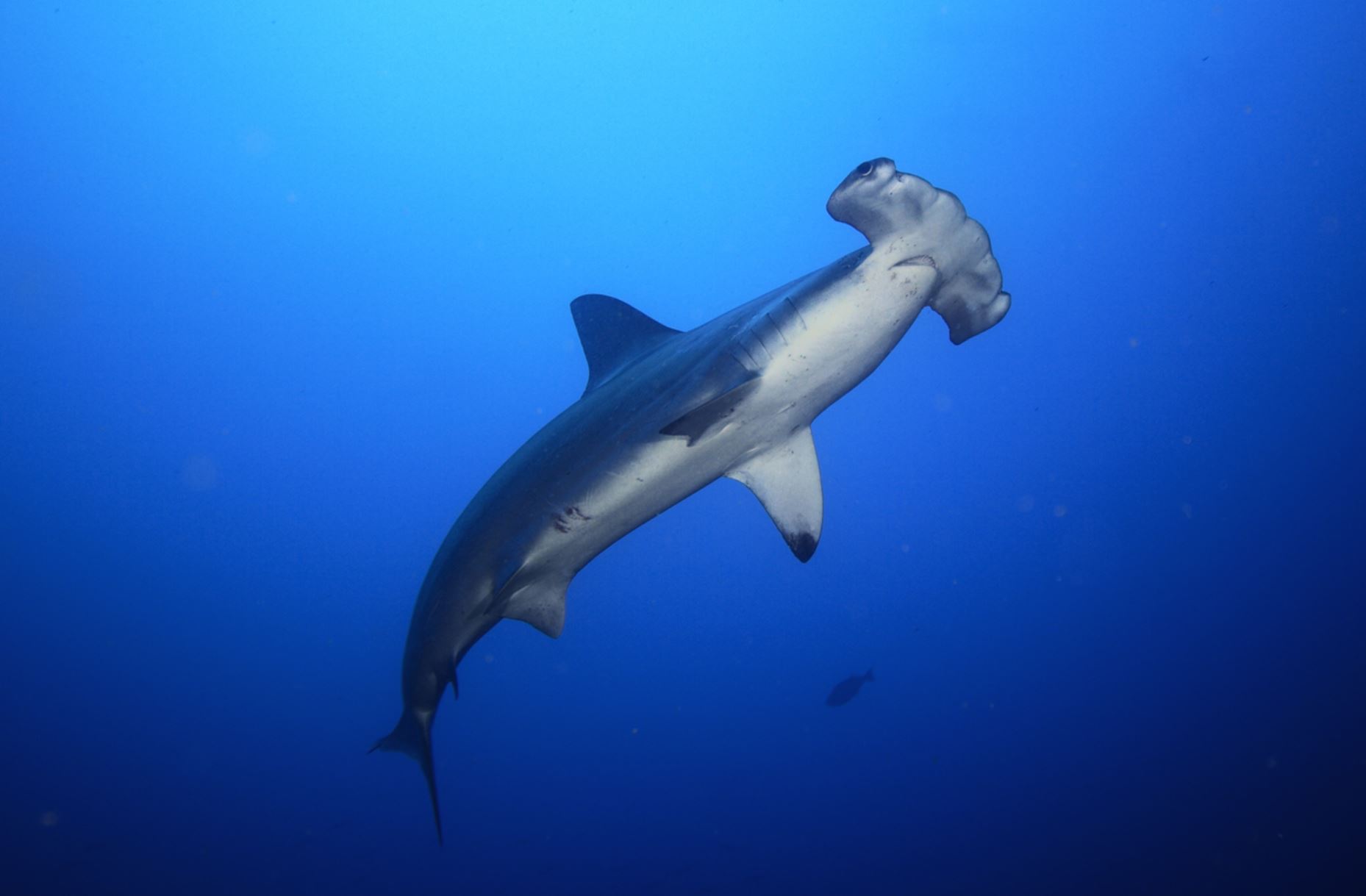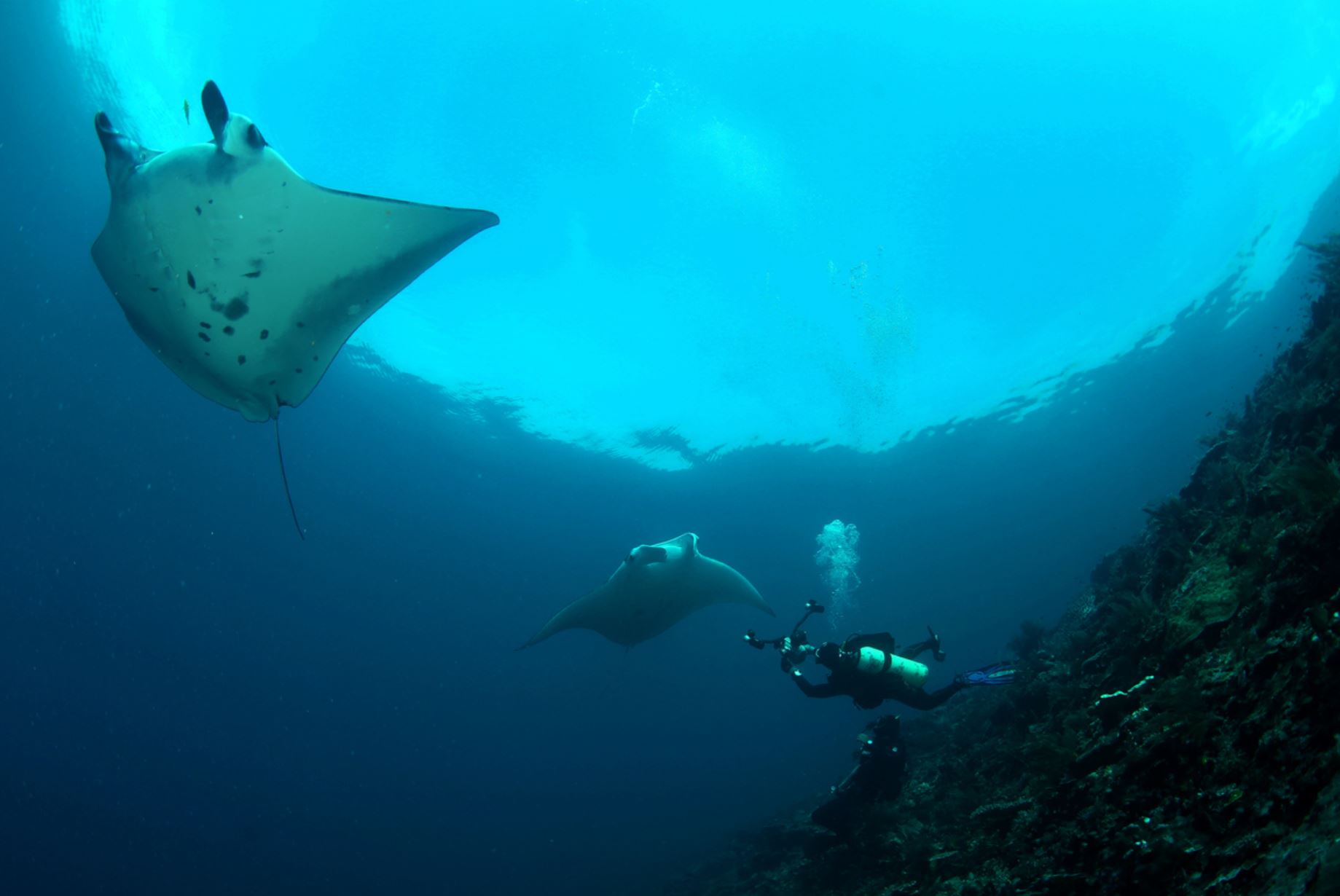Galapagos Islands
The Galapagos Islands (province of Ecuador) are located about 1,000 km west of Ecuador in the Pacific Ocean. The archipelago consists of 14 larger and over 100 smaller islands, with Fernandina, Isabela, Santiago, Santa Cruz and San Cristóbal being the five largest. In total, 96% of the land area belongs to the Galapagos National Park. The Galapagos Islands are a highlight of any dream trip because of their fantastic wildlife and because of the unique landscape along with unique white beaches and the very pleasant, warm and extremely healthy climate.
Islands of the Galapagos Archipelago
Baltra
Baltra Island is a small island of the Galapagos Islands. Also known as South Seymour , Baltra is a small flat island located near the center of the Galapagos. It was created by geological uplift. The island is very arid and vegetation consists of salt bushes, prickly pear cactus and palo santo trees.
The ultimate origin of the name "Baltra" for the island is unknown. "Baltra" is a Spanish surname (particularly Chilean), so it is presumably named after a person. The name is first found in print in the 1927 edition of the South America Pilot by the British Admiralty; it was added after the 1915 edition, but the document explaining the source has been lost. The name is sometimes incorrectly believed to be an acronym used by the US military, though the term predates the US base.
During World War II, Baltra was established as a United States Army Air Force base. Crews stationed at Baltra patrolled the eastern Pacific for enemy submarines and protected the Panama Canal.
After the war, the facilities were given to the government of Ecuador. Today the island continues as an official Ecuadorian military base. The foundations of buildings and other remains of the US base including the old airfield can still be seen on the island.
Until 1986, Seymour Airport was the only airport serving the Galapagos. Now, two airports receive flights from the continent, the other being San Cristobal Airport on San Cristobal Island. Private planes flying to the islands must fly to Baltra as it is the only airport with overnight facilities for planes.
On arriving at Baltra, all visitors are transported by bus to one of two docks. The first dock is located in a small bay where the boats cruising the Galápagos await passengers. The second is a ferry dock, which connects Baltra to the island of Santa Cruz vai the Itabaca Channel.
Constructions for a larger, modernized airport began in 2011, and as of early 2013 it has started operation and the old buildings are being dismantled.
Baltra is currently not within the boundaries of the Galapagos National Park. The Galapagos land iguana is the subject of an active re-introduction campaign on the island; they became extinct on Baltra in 1954. However, in the early 1930s, Captain G. Allan Hancock had translocated a population of Galápagos land iguanas from Baltra to North Seymour Island (spanisch: Seymour norte), a smaller island just a few hundred meters north of Baltra. The iguanas survived and became the breeding stock for the successful Charles Research Station captive breeding program. During the 1980s, iguanas from North Seymour were brought to the Darwin Research Station as part of this project, and, in the 1990s, land iguanas were reintroduced to Baltra. As of 1997, scientists counted 97 iguanas living on strict Baltra, 13 of which were born on the islands. It is not uncommon to see iguanas either crossing the main road or on the runway at the airport.
Visitor sites (close to Baltra):
Daphne Major, Daphne Minor, Mosquera Islet, Mosquera Diving area
Bartolomé
Bartolomé Island is one of the smaller and geologically younger in the Galápagos Islands. It is located slightly east of Santiago (also called San Salvador or James Island) and has a size of 1.2 km². It is named after Sir Bartholomew James Sulivan of the Royal Navy. The highest point on the island is 114 meters. Special attractions are the beaches, the Pinnacle Rock, , which can often be seen in photos of Galápagos, as well as Galápagos penguins and fish stocks.
Most important point of visit: 114 meter high hill with a fantastic view and a very beautiful beach with a view of Pinnacle Rock
Chinese Hat
Chinese Hat, locally known as Sombrero Chino, draws its name from the recognizable shape, that of a quaint Chinaman's hat. It is one of the smallest islands in Galapagos and it is basically a spatter cone, formed by the rocks and lava of a volcanic eruption. You can follow a trail leading from a beautiful beach, where you can spot marine iguanas and Sally-Lightfoot crabs, past a colony of sea lions and the occasional lava lizard, to a lava field, where you can see lava cacti growing. The calm and deep waters make this island a great spot for snorkeling.
Difficulty: Moderate
Disembarkation: Wet Landing
Interactions: Hiking , Snorkeling , Dinghy Ride
Highlights at Chinese Hat
- Birdwatching
- White Sandy Beach
Animals that you may see there:
American Oystercatcher, Blue-Footed Booby, Brown Pelican, Darwin’s Finches, Galapagos Dove, Galapagos Frigatebirds, Galapagos Green Turtle, Galapagos Hawk, Galapagos Lava Gull, Galapagos Lava Heron, Galapagos Lava Lizard, Galapagos Marine Iguana, Galapagos Mockingbird, Galapagos Penguin, Galapagos Petrel, Galapagos Sea Lion, Galapagos Shearwater, Galapagos Sting Rays, Great Blue Heron, Nazca Booby, Swallow-Tailed Gull, Yellow-crowned Night Heron
Chinese Hat, locally known as Sombrero Chino, draws its name from the recognizable shape, that of a quaint Chinaman's hat. It is one of the smallest islands in Galapagos and it is basically a spatter cone, formed by the rocks and lava of a volcanic eruption. You can follow a trail leading from a beautiful beach, where you can spot marine iguanas and Sally-Lightfoot crabs, past a colony of sea lions and the occasional lava lizard, to a lava field, where you can see lava cacti growing. The calm and deep waters make this island a great spot for snorkeling.
Difficulty: Moderate
Disembarkation: Wet Landing
Interactions: Hiking ,Snorkeling ,Dinghy Ride
Highlights at Chinese Hat
- Birdwatching
- White Sandy Beach
Animals that you may see there:
American Oystercatcher, Blue-Footed Booby, Brown Pelican, Darwin’s Finches, Galapagos Dove, Galapagos Frigatebirds, Galapagos Green Turtle, Galapagos Hawk, Galapagos Lava Gull, Galapagos Lava Heron, Galapagos Lava Lizard, Galapagos Marine Iguana, Galapagos Mockingbird, Galapagos Penguin, Galapagos Petrel, Galapagos Sea Lion, Galapagos Shearwater, Galapagos Sting Rays, Great Blue Heron, Nazca Booby, Swallow-Tailed Gull, Yellow-crowned Night Heron.
Daphne Major islet
Daphne Major is a volcanic island just north of Santa Cruz Island and just west of the Baltra Airport in the Archipelago of Colón, commonly known as the Galapagos Islands. It consists of a tuff crater, devoid of trees, whose rim rises 120 m (394 ft) above the sea.
Though easily accessible to most visitors to the Galápagos, the national park service has highly restricted visits to this island, and it is primarily used for scientific research. An intensive study of Darwin´s finches was conducted here by biologists Peter and Rosemary Grant over a period of 20 years. They examined the behaviour and life cycles of finches, demonstrating the role of natural selection in producing biological evolution. Their efforts were documented in the Pulitzer Prize–winning book The Beak of the Finch.
Daphne is home to a variety of other birds including Galapagos martins blue-footed booby, Nazca booby, short-eared owls, red-billed tropicbirds and magnificent frigatebirds.
Daphne Minor islet
The Daphnes include two islands, Daphne Major and Daphne Minor, just north of Santa Cruz. Both are tuff cones and are completely devoid of trees. Access to Daphne Major is restricted by the Galapagos National Park, and it may only be visited with a special permit. There is no visitor site on Daphne Minor.
Although visits to Daphne Major are strictly limited, its location between Santa Cruz, Baltra and Santiago Islands — all with large numbers of introduced species — is some cause for concern, especially given its importance as a natural laboratory for evolutionary research. Any species carried by the wind could potentially arrive on either of the Daphnes, although establishment of these species might be limited by the arid conditions.
Daphne Major is a rather large tuff cone somewhat eroded by the sea. It is a very fragile visitor site and requires a special permit. Nazca boobies, red-billed tropicbirds, and blue-footed boobies can be found nesting here. Daphne Major is the primary site of Peter and Rosemary Grant’s iconic 40-year study of evolution in Darwin’s finches that demonstrates evolution occurring over short periods of time. Nearly all of the finches on the island are banded.
Diving spots: Daphne Major and Daphne Minor
Two dive sites encircle the smaller islands of Daphne Major and Daphne Minor. At Daphne Major, divers can observe sea lions, sea turtles, Eagle Rays, various species of sharks, and other pelagic species. Daphne Minor offers something a bit more unique. There divers can observe the large quantity of benthic organisms that live on the underwater walls of the island, all of which create a multi-colored aspect to the undersea world. Sea horses can be seen around the black corals and Galapagos Sharks and sometimes rays and sea turtles are present.
Darwin
Isla Darwin (English Culpepper Island) is an uninhabited island that is located in the far northwest of the Galapagos Islands, part of Ecuador, and with an area of just over 1 km² is the northernmost and westernmost island of the archipelago. It was named after Charles Darwin and was created around 700,000 years ago. The closest island is Wolf and is 34 km further south. Many seals, marine iguanas, sea turtles and numerous bird species live on the island, including the vampire finches. The island of Darwin is under extensive protection by the national park administration, entry is strictly forbidden, special permits for scientists or film teams have rarely been granted in recent years. Local fishermen can acquire fishing licenses that are limited in time and quantity, but are only allowed to use fishing rods, not nets and certainly not with long lines.
Places to visit:
Darwin's Arch About 2 km southeast of the island around the cliffs on the rock in front of Darwin's Arch is one of the most interesting diving areas in the world. It is particularly known for the large schools of hammerhead sharks, which often include over 200 animals here, but also other large fish such as manta rays, eagle rays, cow nosed rays, reef sharks, whale sharks can be observed here in large numbers. The very fish-rich waters around the island are inhabited by large dolphin populations, orcas and other whales often pass by.
Española
English named for the Española Island it Hood Island after Viscount Samuel Hood. It is located in the extreme southeast of the archipelago and is considered, along with Santa Fé, one of the oldest Galapagos islands, at approximately four million years. A popular tourist stop, Isla Española is the most southerly island in the Galápagos Archipelago. The climate is very dry, like most of the Archipelago. But due to the flatness of the island, it is the driest of these islands, with only a few inches of rain per year. It is about a 10- to 12-hour trip by boat from Isla Santa Cruz.
Tourists come to see the waved albatrosses (from March to January, almost the entire world population breeds on the island) and the mating dances of blue-footed boobies. Two spots are especially popular with visitors: Bahía Gardner, which has a lovely beach; and Punta Suárez, of interest because of its varied bird-life. This island has its own species of animals, such as the Hood mockingbird, which has a longer and more curved beak than the one on the central islands; the Española lava lizard and the marine iguana of the subspecies venustissimus, which has red markings on its back. There are also swallow-tailed gulls, Galapagos hawks and other birds. The island has been recognised as an Important Bird Area (IBA) by BirdLife International.
While Española Island is one of the oldest of the Galápagos Islands, this island is dying, slowly becoming a rocky, barren land with little or no vegetation. But this does give large bays, with sand and soft shingle which attracts a healthy number of Galapagos sea lions. In January 2020, it was widely reported that a male Galapagos tortoise named Diego fathered and resurrected the island tortoise population, saving the diminishing species from near extinction.
Visitor sites:
Gardner Bay, Suarez Point, Osborn islet
Fernandina
Probably the only island in the world without introduced species. Admire astounding volcanic landscapes at a site often perceived as a ‘land without time’.
The youngest island of all, only 300 thousand years and is still active. Is located on the west side of the archipelago; siting on top of the hot spot. During the Galapagos National Park existence there have been 13 eruptions, the last eruptions ocrurred on the 2005 and 2009 and the 4th of September 2017 (eruption of the Cumbre volcano).
It is an unpopulated island.
Because of the lava flow only mangrove zones and pioneer cacti have survived its geological environment. This specie has created one of the most amazing and attractive miniature forests in the world, a place to evidence adaptation skills to the absence of soil.
The land of Dragons: This island has a big population of Marine Iguanas that survive thanks to its adaptation to feeding on algae. This is one of the best places to evidence the features that back in the day, pushed the Iguanas to evolve into marine animals, here you can visit the blackest and biggest iguanas of all visiting sites. Also a population of Land Iguanas inhabit the active crater of the island.
Flightless Cormorant biggest population to be visited. This island is home for this famous bird that lost his ability to fly because in his environment it wasn’t needed. This bird adapted to food availability being underwater so it developed amazing swimming and diving skills. To visit this colony is to evidence the evolutionary process alive.
Magical light: Its geological nature gives this island a very special light due to its reflection on the minerals and ground, it portrays a polarized picture of reality. It has a very distinct atmosphere from any other location in the archipelago.
Visitor sites:
Cape Douglas, Espinosa Point, Mangle Point
Floreana
The first successfully populated island is located on the south east of the archipelago, and is formed by several eroded mountains. Today, less than 200 people populate the island.
Island of mystery. This island witnessed the visit of many sailors, whale hunters and many other adventurers that reached it in search of water, tortoises and even isolation. The dramatic story of the Baroness had place on its beaches and lagoon, and many travelers still today hear from strange events that took place here.
Post Office Bay: the messaging system of the pirates. This island still has a mailing system that was used back in the day by sailors and others that still today receive letters and post cards to be sent to all destinations by visitors that come to the location and leave one of their own.
This Island has very unique ecosystems all very different from each other that can be visited. The singular kinds of beach of different colors, the green and the white one, and the fresh water lagoon where flamingos can be observed during the hot season, gives this island a special place in the archipelago. Marine Turtles nesting, Sea Lions, and Blue-Footed Boobies are some of the highlights of the visit. On this location most flora and fauna are endemic even though there has been a populated town since 1832.
Charles Dawin Journey on Floreana. In this island, Darwin collects the Floreana Mockingbird, later to realize the difference in between the four species to be found in the archipelago and understand a pattern of evolution due to the adaptation differences from each other
Animals: Flamingos, red billed tropicbids, herons, hawks,turtles, sharks, stingrays
Plants: Scalesia Villosa, Lecocarpus Pinnatifidus, Nolana, Sea Grape.
Visitor sites:
Asilo de la Paz, Baroness View Point, Champion islet, Cormorant Point, Devils Crown, La Loberia, Post office Bay, Puerto Velasco Ibarra
Genovesa
Genovesa Island (Spanish: Isla Genovesa), named after the Italian city of Genoa, in honor of Christopher Columbus, (referred to in English as Tower Island) is a shield volcano in the Galapagos Islands in the eastern Pacific Ocean. The island occupies about 14 square kilometres (5 sq mi), and its maximum elevation is 64 m (210 ft). The horse-shoe shaped island has a volcanic caldera whose wall has collapsed, forming the Great Darwin Bay, surrounded by cliffs. Lake Arcturus, filled with salt water, lies in the centre, and sediment within this crater lake is less than 6,000 years old. Although no historical eruptions are known from Genovesa, there are very young lava flows on the flanks of the volcano. Genovesa is one of the most precious islands to visit in a Galapagos cruise! Genovesa is also known as the “Bird Island“, and it most certainly lives up to certain standard in a spectacular way. Passenger will have the opportunity to enjoy the most representative birds of Galapagos as: Puffball–chicks, white both yellow–crowned and lava herons, Red footed boobies contrasting with the Nazca booby and also the Sawllow–tailed gulls, the only nocturnal gulls in the world that will be nesting at the cliff’s edge.
Visitors sites: Darwin Bay, Prince Philp´s Steps
Isabela
The largest island of the archipelago and is easily recognized due to its shape that resembles a seahorse. Well known for having the second biggest active crater of the world in Sierra Negra Volcano (1.490 m), is located on the west of the archipelago and has one of the richest marine ecosystems. Isabela together with Fernandina are still located over the hot spot, causing volcanic activity until today, making them the youngest islands of the archipelago. Wolf Volcano had activity just last year giving visitors the chance to see how the islands grow and turn into what we know today.
It was formed into a big island mass by six volcanoes that in the beginning were six different islands, five of which are still active. Each one of them is populated by a different specie of Tortoise that used to live in a separated island.
Home of Penguins, Flightless Cormorants, Marine and Land Iguanas and many Marine Birds, Isabela also portrays the picture of the evolving process that these species went through in all different locations of the same island. Named Albermale by the English colonizers, it offers not only diverse ecosystems but also some of the most amazing landscapes and natural sights of the archipelago.
Small human population in the south of the islands. This is one of the four populated islands; about 2200 people live in Puerto Villamil. This town is the result of almost 300 years of interesting human interactions related to military plans and prison breakouts, and today is a welcoming site to explore and encounter the settlements that can tell the story.
Punta Vicente Roca visitor site is the best place to find the famous flightless cormorant. The evolution process that this specie went through can be observed on his behavior and environment on this location, providing evidence to understand Darwin’s theory of evolution. Located on the north side, the head of the sea horse is a very important marine productive area, hit by the Cromwell Current, offers the most extraordinary marine life so it is considered one of the best diving spots of the archipelago. Whales and sharks are often seen in our visits.
Bahia Urbina visitor site is located on the central west side of the island and is the only place of the archipelago where tortoises have been born and are still there, in other words, they are a natural, untouched population. All other have suffered migrations or problems with introduced species.
Visitors sites: Albemarle Point, Arnaldo Tupiza Tortoise Breeding Center, Cape Marshall, Concha de Perla, Cowley Islet, Elizabeth Bay, Las Tintoreras, Moreno Point, Puerto Viallmil, Roca Blanca, Sierra Negra Volcano, Tagus Cove, The Wetlands, Urbina Bay, Vicente Rock Point, Wall of Tears
Marchena
The island Marchena was named after a Spanish monk, Fray Antonio Marchena. It has an area of 130 square kilometres (50 square miles) and a maximum altitude of 343 metres (1.125 feet). Galapagos hawks and sea lions inhabit this island and it is home to the Marchena Lava LIzard, an endemic species.
There are no visitor sites on this island, although it is possible to dive in the waters around Marchena. Most visitors only see it if they sail around the northern part of Isabela on the way to Genovesa Island, its nearest neighbour about 45 miles due west.
Like many of the Galapagos volcanos, Marchena has a caldera (a caldera is a volcanic feature formed by the collapse of land following a volcanic eruption. They are often confused with volcanic craters. The word ‘caldera’ comes from the Spanish language, meaning ‘cauldron’). Marchena’s caldera is roughly elliptical and measures 7 kilometres by 6 kilometres, within the range of caldera sizes of the large western volcanoes.
Marchena’s caldera is unusual, however, in that it has been almost completely filled with young lavas, some of which has spilled over and down the sides. The oldest lavas are 500,000 years old.
Another reason why Isla Marchena is so famous is that, although it is uninhabited, it was embroiled in the ‘Floreana Mystery’. Here the dead bodies of Rudolf Lorenz and the captain of the ship he was on, washed up mysteriously on the shore of the island.
Marchena is rather desolate and has no fresh water and hence has never been settled, and its flora and fauna have not been disturbed by feral animals or introduced plants. Except for diving in the waters around it, it is off-limits to tourists and is therefore seldom visited. Tortoises have apparently never inhabited Marchena.
Visitor sites
Espejo Point, Punta Mejia
Mosquera
Belongs to Baltra island. Fantastic white beach with a lot of sea lions and a very good diving spot.
North Seymour
This small island is one of the most important fishing sites for Marine Birds. This place is the reason for many travellers and ornithologists to observe the spectacular and diverse amount of birds of the Galapagos. The visit site is located next to the nesting area of Frigate Birds, both Magnificent and Common, that rest on the trees along the whole year. Witnessing the mating dance of the Blue Footed Boobies is also one of the highlights of the experience. There is additionally a Palo Santo forest that spreads on the south shore of Seymour where birds nest, and offer a spectacular view of the channel formed in between Bartolomé and Seymour. It is an unpopulated island.
Its formation is related to an uplifting of the underwater layer that resulted in a very eroded flat rock surrounded by risks. Here, the marine base is still evident, giant rocks and shells are found everywhere.
Hundreds of sharks such as the Tiger Shark, Galapagos Shark, Reef Shark and others, swim by the shore of this island. The Upwelling Phenomenon caused by the cold currents, enhance the marine diversity on this snorkelling and dive area.
Animals: frigate birds, blue footed boobies, sea lions, marine iguanas, swallow-tailed gulls, snakes, herons, hawks, sharks, rays
Plants: Palo Santo, Opuntia
Discover seabird colonies and witness up close and personal, the most intimate courtship, breeding and nesting behaviors.
Visitor sites:
A walk thru this wonderful small island North Seymour
Pinta
Pinta Island is the northernmost of the larger islands and is relatively isolated from the rest of the archipelago. Originally named for the Earl of Abingdon, the island’s official Ecuadorian name is Isla Pinta, named after one of the three ships sailed to the New World by Columbus. Pinta is a shield volcano with numerous young cones and lava flows along NNW-trending fissures. Pinta is the original home of Lonesome George, perhaps the most famous tortoise in the world. During the 1800s, whalers removed large numbers of Pinta tortoises as a food resource on their long journeys. By the early 20th century, the Pinta tortoise was likely ecologically extinct. Fishermen also opportunistically slaughtered tortoises through the mid 1900s. Goats were introduced to Pinta in 1959 and a subsequent population explosion caused massive ecosystem degradation. The sole known surviving Pinta tortoise, Lonesome George, was spotted in 1971 and taken into captivity the following year; no other live tortoise has been found since. Numerous attempts at mating George over the decades were all unsuccessful and he eventually dies in 2012. His body was preserved at the American Museum of Natural History in New York City and was eventually put on display at the Charles Darwin Research Station on Santa Cruz Island.
Pinta has long been home to Swallow-tailed Gulls, marine iguanas, Galapagos Hawks, fur seals, and a number of other unique bird, reptile, and plant species. Until the mid-19th century, it was also home to thousands of Pinta tortoises—giant saddleback tortoises endemic to this island. Today it stands as a sober reminder of the destructive impact of humans on fragile ecosystems. However, a group of conservationists, scientists, and resource managers are working to restore Pinta. Used as a training ground for Project Isabela, the complete removal of goats in 1999 resulted in Pinta being one of the islands with almost no exotic species, although it continues to lack its largest species, the giant tortoise. Project Pinta is aimed at restoring the giant tortoise to this island and thus restoring the ecosystem.
Official Name: Pinta Island
English Name: Abingdon Island
Visitor Sites: None
Area: 23.1 sq. miles (60 sq km)
Max altitude: 2550 feet (777 meters)
Approximate Age: 2 million years old
Animals Regularly Seen: Swallow Tailed Gulls, Marine Iguanas, Galapagos Hawks, Fur Seals.
Outstanding characteristics: This island was the home to Lonesome George, the last remaining specimen of the Pinta Island Tortoise, that died a view years ago.
Vegetation: Typical of arid zone, sparse.
Geology: Pinta Island is a shield volcano with numerous young cones and lava flows originating from NNW-trending fissures.
Pinzón
Pinzon Island, sometimes called Duncan Island is the twelfth largest island in the Galapagos Islands, Ecuador. It was named after the Pinzón brothers, captains of the Pinta and Niña caravels. Pinzon Island has an area of 18 square kilometres (7 square miles) and a maximum altitude of 458 metres (1,503 feet).
Pinzon is home to Sea lions, Galapagos hawks, giant tortoises, marine iguanas, dolphins and other endemic animals. Pinzon island has no visitor sites and a permit is required in order to go to the island. Pinzon marks the geographical centre of the Galapagos Islands so it is surprising that none of the Galapagos Islands two main tree species do not occur on the island. Hpwever, in the humid zone a unique species of the daisy tree is found.
Area: 18 km2
Maximum altitude: 458 m
Human Population: 0
Main Activities: snorkel and diving
Wildlife to see: Home of endemic Giant tortoises, Sea lions, Galapagos hawks, dolphins and Marine iguanas, Pinzon offers some wonderful scuba diving opportunities and lets you get up close with a plethora of marine life like sea turtles, eels, eagle rays, marine iguanas, dolphins and even lobster.
Diving spot closed to Pinzón
Overview
Pinzon Island was named after the two brothers, Martín Alonso and Vicente Yáñez Pinzon, who sailed with Christopher Columbus in search of the new world, as captains of the well-known ships Pinta and Nina. Being surrounded by deep waters, it makes this spot perfect for diving, suitable for all levels. For beginners, the calm bay will allow them to encounter and swim with a diversity of tropical fish, sea lions and green turtles. A steep drop-off wall will present a challenge for the more experienced divers, where they can see various shark species, rays, lobsters and even seahorses.
Difficulty: Easy
Disembarkation: No Landing
Diving: Highlights at Diving spot in front of Pinzon
Colorful Fish
Animals:
Blue-Footed Booby, Galapagos Frigatebirds, Galapagos Green Turtle, Galapagos Petrel, Galapagos Sea Lion, Galapagos Shearwater, Galapagos Sting Rays, Nazca Booby
Rábida
The red island: Result of the oxidation on the moment of its formation this island offers red landscapes with small craters, cliffs and a red beach. Here, hundreds of sea lions formed a settlement together with a nesting colony of pelicans. Flamingos in the back inhabit a small salty lagoon. Rabida is an unpopulated island.
A red sand beach with a large sea lion colony, Palo Santo forests, endemic cacti, and the only Galapagos site where the nine Dawin’s finches are found.
Also known as Jervis Island in English, Rabida is one of the most diverse in terms of volcanic activity as it lies at the very heart of the archipelago’s volcanic origin.
It is an island comprised of lava poured out of scoria cones, which are very rich in iron oxide and magnesium (typical of Galapagos basaltic lava); that when exposed and as it rusts, gives the island its astounding, unearthly reddish color.
Visitor sites
A walk a long the fantastic red beach and snorkeling.
Rabida in itself has an abundance of landscapes and marine life. The trail for visiting the site is somewhat short, requiring about 45 minutes of walking. We can also go around the shoreline in a dinghy to spot fur seals, pelicans, blue-footed boobies and Nazca boobies.
Excellent place for swimming and snorkeling, you could see white tipped sharks, rays and sea lions, and other different species.
- Activities: 1 hour 30 min hike / 1 hour snorkeling / 1 hour dinghy ride
- Highlights: In this deep red beach, surrounded by cliffs and steep slopes of volcanic cinder cones, we will find a noisy colony of sea lions. The island is a birdwatcher’s delight.
Roca Redonda (25 km nördlich von der Insel Isabela)
On a dive at Roca Redonda, you will encounter Hammerheads, Wahoos, big eye Jacks, and at times you can see the underwater volcanic vents which release warm water bubble streams. It is located 25 kilometers northwest of Isabela Island and its surface is about three acres. Roca Redonda is the summit of a submarine volcano that rises vertically at 70m from the ocean. The islet has a striking mountain formation, similar to a plateau.
Highlights: Diving
Animals: Hammerheads, Wahoos, big eye Jack
Difficulty: Moderate
Landing: None
San Cristóbal
One of the oldest and closest to the continent, located on the east of the archipelago, which means it is the farthest of the hot spot of all, about 200 kilometers away from it with no volcanic activity. It is formed by four volcanoes bonded together and is the most humid island due to underground aquifers and fresh water flows. The English named it Chatam because of the British Prime Minister William Pitt of Chatam. It holds the biggest fresh water lake of the archipelago called El Junco, located on the south center part of the island about 660m above sea level. San Cristobal is one of the two only places where the Red Footed Booby can be found in a nesting colony in Punta Pitt visiting site.
This island is the capital of the archipelago, Puerto Baquerizo Moreno, with a population of about 7 thousand people. Human development started on the early 1832, firstly on the highlands on a sugar production settlement. An Interpretation Center was developed in town, where visitors can learn about the biological and historic facts that conform the islands.
Charles Darwin Journey on San Cristobal. This is the first Island visited by Charles Darwin, and his first impression of the dry coast he saw was of a deserted and isolated place. He did not find the tropical richness he expected, but he had the chance to collect the first specie that later on would be the start of his Theory of Evolution, the San Cristobal Mockingbird.
Punta Pitt visitor site is one of the two only places where the Red Footed Booby can be found in a nesting colony and offers an amazing red landscape full of Sesuvium, a very special endemic plant specie that turns color depending on the season. It has a magnificent beach formed with Peridot, a sparkly mineral creation that shines green with sunlight.
Cerro Brujo visitor site is the only place in the archipelago where Red Footed Boobies, Nasca Boobies and Blue Footed Boobies are found nesting together.
Tijeretas visitor site is the very first point that Charles Darwin visited on his journey. Not far from the interpretation center, there is a calm water rocky bay, a magnificent snorkel area and view site for nesting Frigate Birds, animal from which the place takes its name, Tijeretas.
Cerro Colorado visitor site on the southwest side of the island holds the facility of the Tortoise breeding Center, an semi natural area built for the purpose of rebuilding the tortoise population of the island and their conservation.
Visitor sites
El Junco Lagoon, Kicker Rock, La Galapaguera Jacinto Gordillo Breeding Center, Interpretation Center Gianny Arismendi , Tijeretas Hill, Lobo island, Pitt Point, Puerto Baquerizo Moreno, Puerto Chino, Witch Hill
Santa Cruz
It is located on the center of the archipelago, the reason why it is the biggest human settlement, with a population of about 19 thousand people. This island is the most developed in terms of human population that started when one man was abandoned and survived in an old scientific settlement as the Course of the Tortoise tells. The highlands of Santa Cruz are one of the biggest green areas of the archipelago; therefore agricultural activities started on the early 40s and grew rapidly from there. The Charles Darwin Research Station was developed in town on 1959 and has allowed scientific research and conservation projects progress. In between the facilities there is the tortoise breeding center which objective is to rebuild an almost extinct population in Española island where only six individuals where remaining. Today, these efforts have restored the population to over one thousand individuals. Also named Indefatigable after the military British vessel,
The largest accessible lava tunnels. Underneath the ground hundreds of lava tunnels have been formed by different temperature kinds of lava flow. Some of these tubes are several kilometers long and even though most have collapsed with time and erosion, a couple of them are still there to be visited. They offer the visitor the chance to understand why the stories of pirates and treasures are related to these geological formations.
The biggest tortoises in accessible visitor site. The highlands of Santa Cruz have a big wild population of Tortoises, they walk freely around the private and National Park lands. In our visit to this area, one can notice the difference in size from these animals to others in other visiting sites. There are 15 subspecies of land tortoises in the Galapagos, 4 from which are extinct. They present two different tortoise shell shapes, the Saddleback and the Dome shape. Santa Cruz has tree tortoise subspecies that show both kinds of shells and allow visitors to notice the difference and once understand the evolutionary process that shaped them into this giant prehistoric like animals.
This island has six vegetation zones, each one very different to the others. The contrast of the arid or littoral zone located on the base of the island just a few meters from the ocean, and the scalesia and miconia zones, only to be found in San Cristobal and in this island at about 700 meters above sea level, is portrayed by the landscape and the ecosystems. One of the rarest bush forests stands in the center of the island, spread on top of the Twin Craters.
This island also has some of the largest mangrove areas, a very important ecosystem for all marine life and many terrestrial species. These zones are the nursery of most marine fish and shark.
Tortoises, lava tunnels, white-sand beaches and a picturesque modern town Puerto Ayora bring lift to one of Galapagos greenest, most tropical islands.
Visitor sites: Bachas Beach, Ballena Bay, Black turtle Cove, Carrion Point, Carrion Point Dive site, Charles Darwom Station, Dragon Hill, Eden Islet, El Chato Giant Tortoise Reserve, Hacienda Primicias Reserve, Village Puerto Ayora, Santa Cruz highlands, Tortuga Bay, Twin craters
Santa Fé
The oldest island of all (4.5 million years), is the result of the uplifting of a layer that previously suffered geological folding even tough recent data suggests it has also had volcanic origins. This island is a very rare formation located in the middle of Santa Cruz and San Cristobal islands, on the south east of the archipelago and it holds a beautiful turquoise lagoon on its bay, an often visited historic anchoring point. It was called Barrington because of the Brithish Admiral.
It is an unpopulated island.
The island with the highest endemism. Due to is geological nature and age; most of the animals on this island are endemic to this only location. Here the Marine Iguana of Santa Fe can be found as well as the Santa Fe Mockingbird, the Santa Fe rice Rat and the Santa Fe lizard.
Animals: frigate birds, blue footed boobies, sea lions, marine iguanas, swallow-tailed gulls, snakes, herons, hawks, sharks, rays.
Plants: giant cactus.
Offering one of the most beautiful and sheltered coves in the islands, home to a number of endemic species including Galapagos Hawk, Darwin’s finches and endemic land iguana.
Visitor sites:
The visitor site Santa Fe is located on the northeast end of the island bearing the same name. We continue walking through an endemic cactus forest as we search for the endemic Santa Fe land iguana, which is the largest in the islands and distinctively paler, and sea lions.
This island is home to a number of endemic species including Galapagos hawk, Galapagos snake, a variety of finches and one of the four species of Galapagos mockingbirds.
Activities: 1 hour 30 min walk / 1 hour deep-water snorkeling
Highlights: Santa Fe land iguana unique in Galapagos, largest cactus of the archipelago.
Santiago
It has the biggest and longest lava flow, which is located in Sullivan Bay. Geologically speaking, this island is one of the most beautiful and unbelievable formations. The vast basaltic landscape performs smooth and unbroken surfaces with undulations and nods formed by the fluid lava that created the sculpture. It is located on the central west of the archipelago and is formed by two overlapping volcanoes. It is the 4th biggest of the archipelago.
It is an unpopulated island.
In Puerto Egas explore deep pools and caves carved from the lava shoreline, home to playful Galapagos fur seals as well as a variety of resident and migrant bird species.
Sombrero Chino offers a spectacular snorkel, swimming by a channel of shallow water, nursery of thousands of marine species and a small colony of penguins. Something to notice today in this island is the absence of the thousands of land iguanas that Charles Darwin mentioned on his diary. They completely disappeared due to the presence of introduced species; especially goats and rodents that today, are gone. This is the biggest island on earth where introduced animals were eradicated. Tortoises have the chance now to repopulate the island, and they can be seen more and more often in our visits.
Charles Darwin Journey on Santiago: This is the island where Darwin stayed the longest, he knew already that the islands were something bigger and more important than they seemed when he first arrived, so on his visit, he expend 2 weeks and walked the whole island. Here he first noticed the difference in between the tortoises from different islands, which had different shapes and sizes.
This is an amazing location featuring the remains of an eroded shoreline that is home to seabirds, fur seals, and playful sea lions. Its different shapes have been made throughout and erosion process of the salty waves and wind. Espumilla beach is a white-sandy front located in James Bay very popular among visitors.
Espumilla is a typical Ecuadorian dessert made of fruit and eggs which consistency is very similar to a foamy dessert which can also describe the foamy waves of this site. There are mangroves and a small palo santo forest that lead to salty lagoons that are home to wading birds such as flamingoes.
In the upper dunes, marine turtles nest can be also observed. The clear waters are a great place to snorkel to see assorted fish and rays.
Activities: 1 hour hike / 45 min beach snorkeling
Highlights: Volcanic black beach and wonderful landscapes, fur seal grottos, sea lion colonies, herons, hawks, oystercatchers, finches, doves, white-tipped sharks, sea turtles. We will be able to see the vegetation from arid to humid climate zones, but they have been seriously affected by intensive foraging by introduced goats, now eradicated. The surrounding area is a prime place for spotting and observing hunting herons-namely Great Blue Herons, Yellow-crowned Night Herons, and Lava Herons- as well as oystercatchers. Visitors will enjoy the sight of marine iguanas grazing upon algae beds at low tide, sharing space with the crimps on red Sally light-foot crabs and other wading birds.Visitor sites: Albany islet, Buccaneer Cove, Chinese Hat, Cousin Rock, Egas Port, Espumilla Beach, James Bay, Salt mine Volcano, Sullivan Bay
South Plaza
One of the smallest and, depending on the season, most colorful islands. Find sea lion colonies, land and hybrid iguanas and countless birds soaring by the cliffs. It is an unpopulated island.
These islands are interesting formations without a volcano resulting from an uplifting from underwater. Conformed by two islands, one flat and the other inclined, they create very special ecosystem dynamics. North Plaza is visited only with scientific and conservation purposes.
The biggest Land Iguana population that can be visited. There is a big ecosystem formed of Cactus Opuntia that holds a population of Land Iguanas, the smallest ones of the archipelago. The trip around South Plaza place allows the visitor see the whole population and to notice how this animals survived in this and other similar environments when they arrived and established. Rarely a hybrid of Marine and Land Iguana can be found on the trails
The walk begins with an impressive cactus forest surrounded by sea lions, land and marine iguanas; as we reach its highest point 82 ft (25 m) be on the lookout for tropicbirds, Nazca and blue -footed bobbies and swallow-tailed gulls.
In South Plaza there is a large colony of the smaller sized land iguanas. The population is approximately 300 individuals. They feed on all kinds of vegetation, but during the dry season, they survive on the fruits and flowers of Opuntia cacti. Due to their proximity with marine iguanas, this is the only place on Earth where we will find the Galapagos hybrid iguana.
Activities: 2-hour 15 min hike
Highlights: Red island due to its vegetation made up of sesuvium, a largest colony of sea lions, the unique landscape of a cactus forest, hybrid iguanas, Nazca, blue-footed boobies, swallow-tailed gulls and red- billed tropicbirds.
Visitor sites:
Walking about this very interesting island
Tortuga islet (der Südküste von Isabela vorgelagert)
Diving-Tour to the small isla Tortuga/closed to the coast of Isabela Island from/to Puerto Villamil, Isabela bookable: Dive sites of Tortuga Island (0h20), La Viuda (0h20), Roca Union (0h30) and 4 Hermanos Islands (0h45), with a local speedboat, known as fibra.
A minimum of two divers are required and a maximum of 7 divers is recommended.
The dive day consists of two boat dives, including a picnic lunch.
Prices vary according to the destination.
You may bring your own diving equipment for comfort. Alternatively, you can hire dive equipment. Tanks and weights are provided with the package.
PADI dive course are available upon request. Please ask the Galapagos-Specialist Christian Frobeen, E-mail: info@frobeen.de, www.galapagos.de
Wolf
Wolf (and Darwin Islands) are non-inhabited outlying islands in the Galapagos archipelago. The islands are small, and are extinct volcano tops. Darwin Island is the smaller of the two, and is just 0.46 square miles, or 1,2 square kilometers in size. Wolf Island is a bit bigger, measuring 0.5 square miles or 1,3 square kilometers in size. However, the tiny islands themselves are not the primary reason for a visit to this area – rather, the main purpose of a trip here is to dive. There are a variety of diving options, and a massive array of marine life to feast your eyes on, once you get into the depths of the ocean. It is for this reason that Wolf and Darwin are considered the best islands for diving in Galapagos. These Galapagos diving islands attract numerous divers every year, due to the remarkable underwater scenes that can be experienced here. Here we will explain the highlights of Wolf Island and Darwin Island, the best time to go, how to get there, the activities there and the wildlife you will have a chance of seeing, as well as our Insider recommendations for your trip to these fantastic Galapagos diving islands.
Wolf and Darwin Islands Highlights:
Wolf and Darwin Islands are very highly rated among divers, and this site is considered among the best worldwide. One of the best dive sites here is known as El Derrumbe, and it is famous for its tremendous array of diverse marine life. There is considered to be a massive abundance of sharks and other marine predators here, and in fact, studies have shown that this area has the largest shark biomass worldwide.
Best time to Go to Wolf and Darwin Islands:
The best time to visit Wolf and Darwin Islands will depend on what type of weather you like, and how strong you prefer your currents to be.
The marine life is more plentiful between the months of June to November, as during this time, the Humboldt current sweeps up, bringing with it an array of nutrients which attracts diversity of life in the water. However, the currents can be a fair bit stronger during these months too, and particularly in August and September. The water is also cooler during these months. The remaining months (December to May) are warmer, though you may expect some rain. There is still plenty to see, but the diversity of marine life will be slightly less during these months. That is unlikely to detract from the experience overly, however.
The months of June through September and December/January may be considered high season. Since not all Galapagos Islands cruises offer diving, and that means there are limited spaces, in these months you will want to book well in advance.
Getting to Wolf and Darwin Islands
Wolf and Darwin Islands are only accessible to visitors travelling on a liveaboard scuba diving boat. As mentioned above, not all Galapagos Islands cruises offer diving – in fact, very few do, and they are liveaboard boats with diving itineraries. This means that if you want to visit Wolf and Darwin Islands you will need to do so on a liveaboard boat as it will not be possible for regular visitors on a standard Galapagos cruise, or for visitors that have opted for a Galapagos land based option. A great cruise offering visits to these two islands is the popular and comfortable eg. Caliypso Galapagos Yacht covering its comprehensive itineraries. Please contact our Galapagos-Expert Christian Frobeen via E-mail info@frobeen.de or telephone +49 (0)7633-93993-60.
Wolf and Darwin Islands Wildlife
The marine life at Wolf and Darwin Islands is quite simply, spectacular. The cold currents that wash in bring a variety of different sharks, as well as whales and other interesting creatures. Shark types that can be seen here include Galapagos sharks, white tipped sharks, the great spotted whale shark, and even hammerhead sharks. In the water you may also see various types of rays, and in particular, manta rays. Sea turtles can also be spotted here. These highlights aside, you can also expect to see a wide variety of colorful fish.
The islands also have some interesting bird life to be seen. There are finches, and in particular, the vampire finch – so named, because it drinks the blood of both Nazca and red footed boobies, as well as other birds here. You will also likely see a variety of other sea birds too.
It is worth noting that there are conservation issues in this area, since it is so far from the central islands region of the Galapagos, and therefore difficult to enforce regulations there. This means that the site is at risk from unregulated activities such as fishing, or diving in unregulated boats. To control this, the Galapagos National Park has put in place a floating base at Wolf, so these waters can be better controlled.
Wolf and Darwin Islands Activities:
As can be seen from examining this guide to Wolf and Darwin Islands, the only activity that can be carried out here is diving and the site itself is not easy. There can be quite strong currents, so individuals coming to dive here need to be confident in their diving skills. Another activity that you might very well enjoy here is taking photographs of the interesting rock formation, Darwin’s Arch.
There is not much else to do in this remote, but fascinating area. Once you’re done with your dives and photography, you might simply kick back and enjoy a cold drink on the deck, reflecting on your extraordinary underwater experiences of the day.
Insider Recommendations for your visit to Darwin and Wolf Islands
Our Insider recommendation for a visit to Darwin and Wolf Islands is that you are well qualified, since the currents can be strong here. We suggest that you are at a minimum, advanced qualified in diving. Remember, you can only visit this Galapagos visitor site on a diving liveaboard trip.
Why not contas us and we can help you sort out your Galapagos diving trip. We are experts in Galapagos bookings and can help you find your ideal Galapagos Island trip on a liveaboard that includes a stop at Wolf and Darwin Islands – contact us today to find out how we can help. Especially our Galapagos-Expert Christian Frobeen can over you a fantastic diving-trip to Galapagos (www.galapagos.de, info@frobeen.de)
Visitor sites: El Derrumbe, North islet/La Banana, Shark Bay, The Cave Dive Site, The Landslide Dive Site, La Ventana islet
Location
Mr. Frobeen can give you precise information about the ships.
Mr. Frobeen will be happy to advise you by phone at +49 (0)7633 9399360 or via email info@frobeen.de
If you want to book, what are the payment methods?
The reservation is gratis as an option.
If you want to make an fixed booking, there is to pay a deposit of 20%.
The remaining payment is due 4 weeks before departure. In individual cases, such as diving cruises, other rules apply. Information on request.
- Your payments are insured against bankruptcy!

